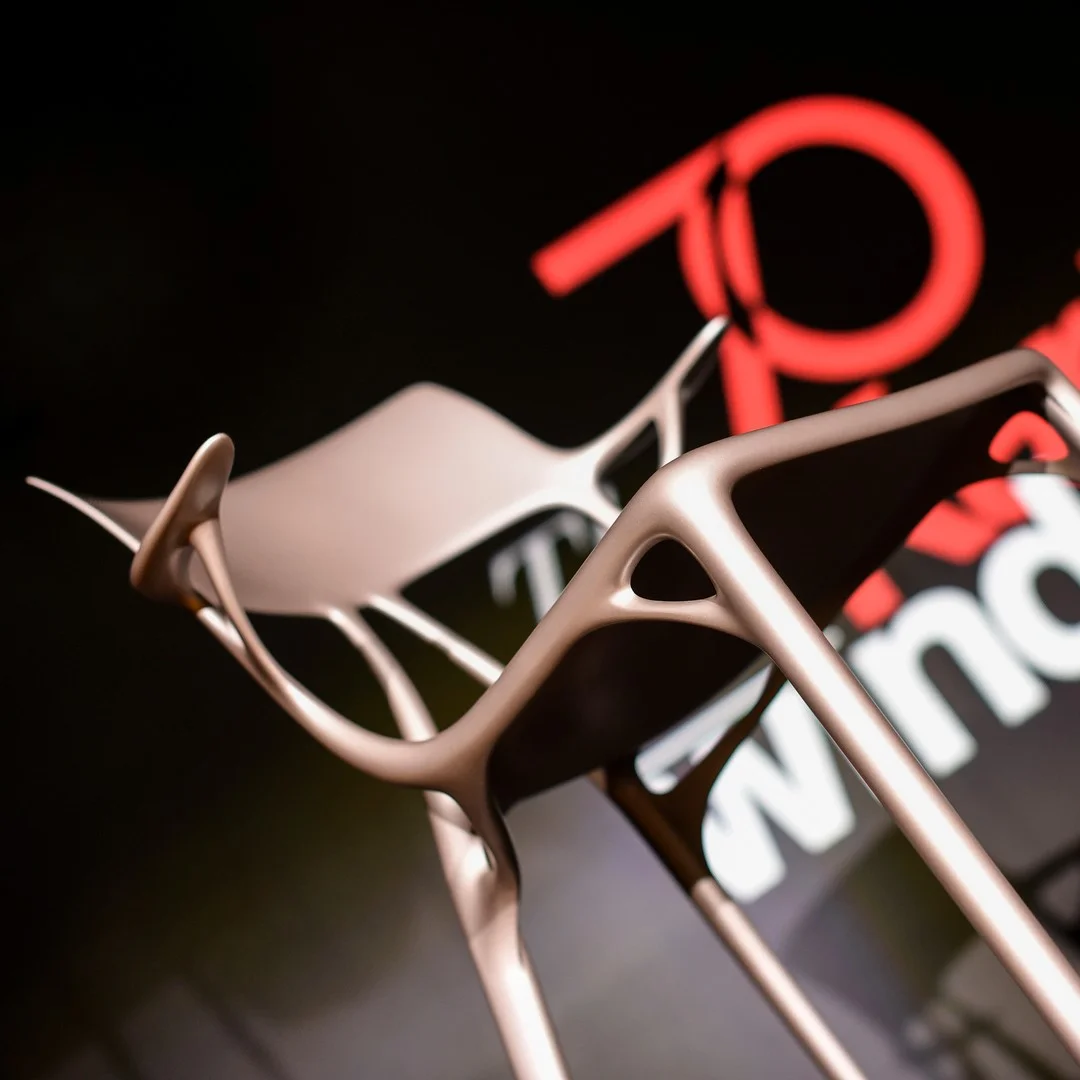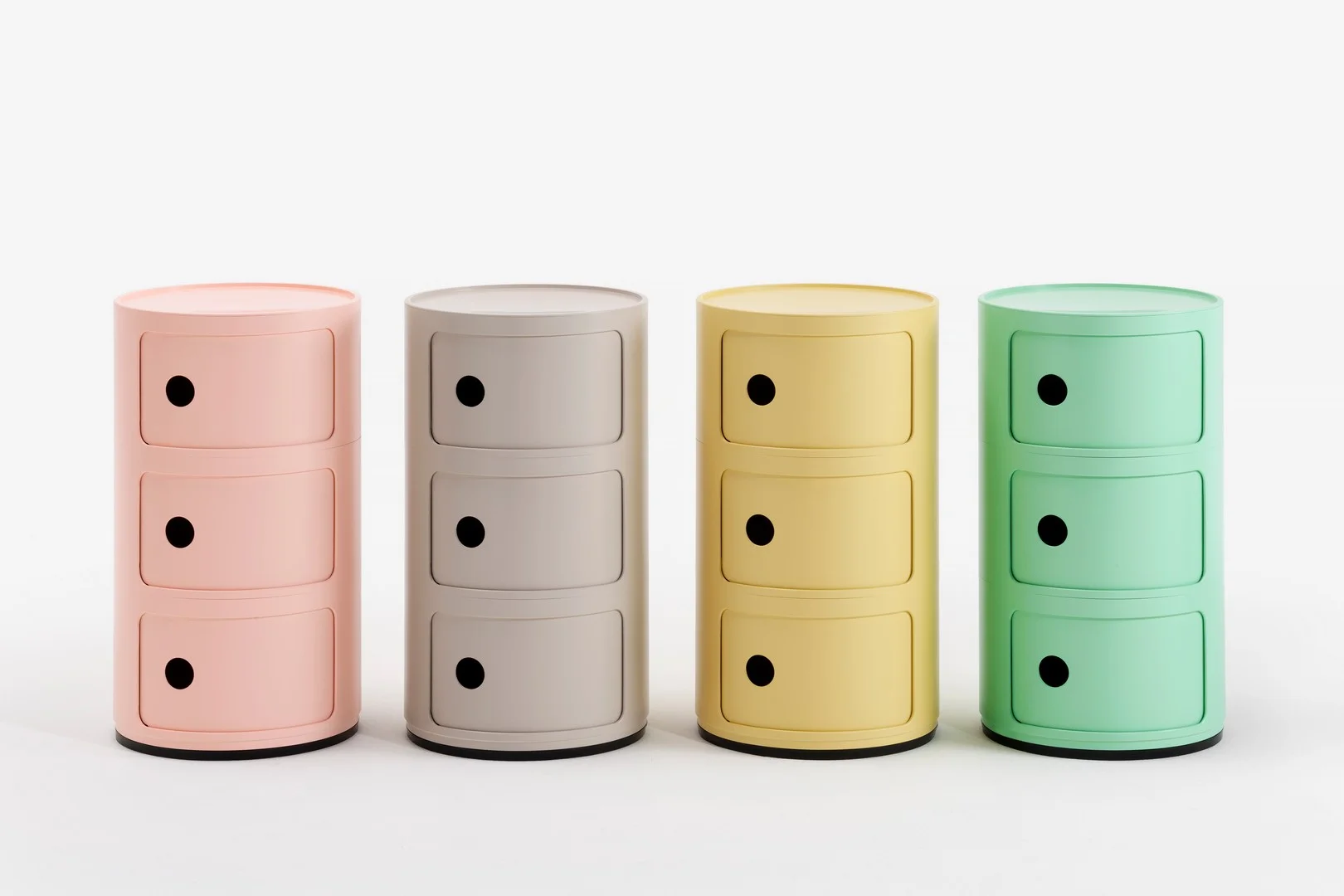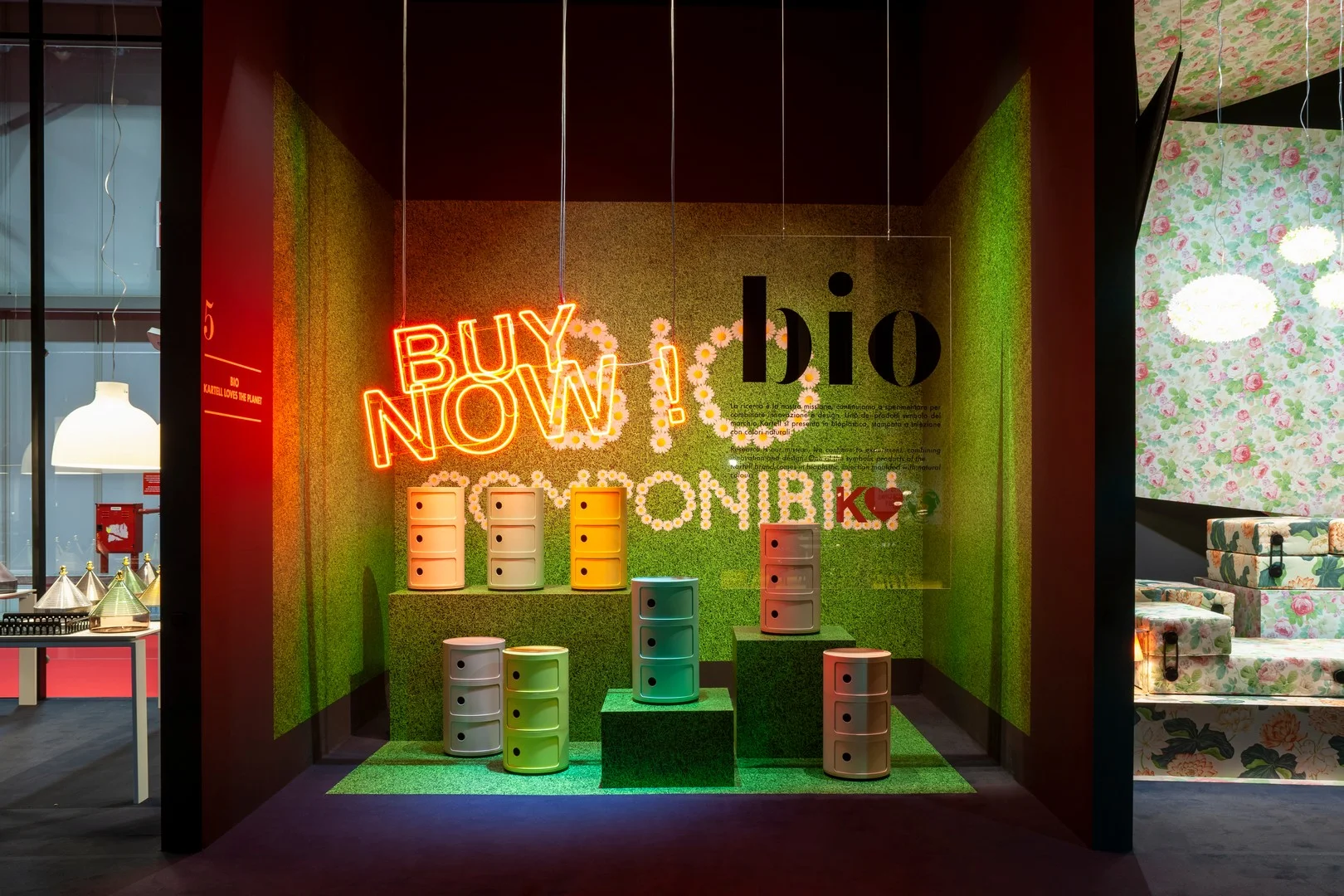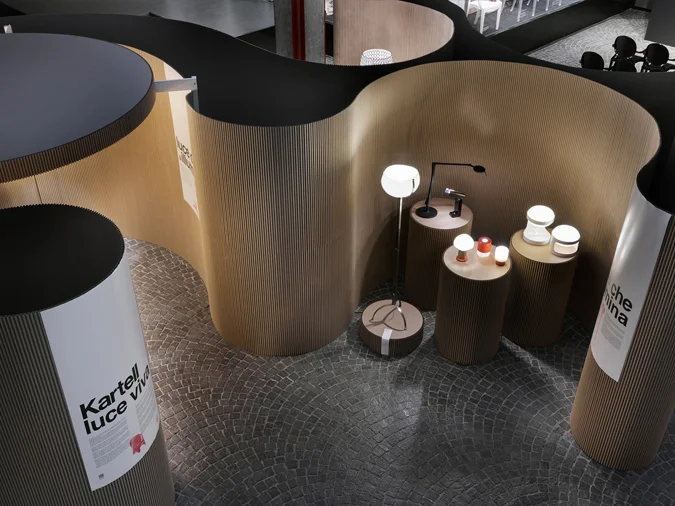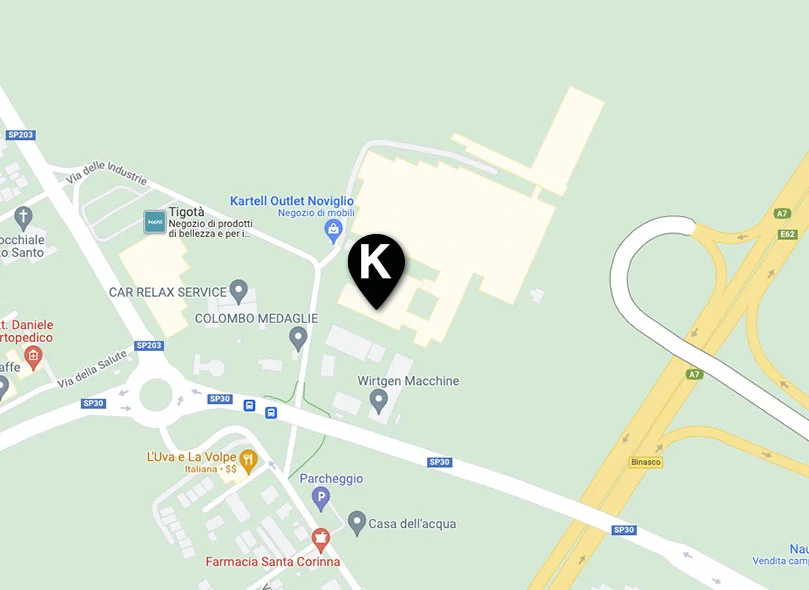museo

Kartell Museo was established in 1999 on the occasion of the company’s fiftieth anniversary by President Claudio Luti with the aim of conserving, promoting and enhancing the company’s material and intangible cultural heritage.
In 2000, the museum has obtained the Guggenheim Business and Culture Award for the best company museum.
Its collections, always in progress, consist of more than 8,000 objects, 5,000 designs and 15,000 photographs that together recreate a precise picture of Kartell’s history and production, the plastic materials adopted, the production technologies and the communication and distribution strategies used over the course of the company’s 65 years of activity.
Kartell Museo is housed in the Kartell factory in Noviglio, at the gates of Milan, the company’s general headquarters since 1967. The building was designed by architects Anna Castelli Ferrieri and Ignazio Gardella, and is considered to be one of the most interesting examples of industrial architecture in Lombardy.
The permanent display of the museum covers more than 2,000 square metres, and was designed by architect Ferruccio Laviani and curated by Elisa Storace. The display includes the most interesting materials linked to the design history of the objects produced from 1949, the year the company was formed, to date.
Standouts include car accessories, household items, lamps, laboratory items, furniture and accessories which have contributed to changing the domestic landscape and which have entered into our daily lives as iconic objects of Italian design.
The Museum may be visited under reservation and operates to spread the knowledge of design culture to the public through publications and research, guided visits and exhibits.

THE MISSION
Fondazione Museo Kartell is proposing to spread the knowledge of industrial design and its aesthetic and production processes to the public. To that end, the Foundation presents itself as Company Museum, a permanent cultural institution open to the public, which is dedicated to the conservation, cataloguing and exhibition of the furniture that constitutes the heritage and cultural/corporate face of Kartell Spa, in cooperation with other representative bodies in the sector, as well as with national and international cultural institutions. The Foundation also intends to deepen the existing links between the materials and forms of everyday objects, which are a significant sign of human civilization and the environment in which it has developed, in an atmosphere of rediscovery, and promoting the cultural value of an industrial product. "The environment in which Kartell operates is that of industrial design, which involves the design, production and use of a product in a cultural system. This is reflected in all of its research and communication activities, but above all is expressed through the products that fully reveal their cultural development and purpose. This concrete and tangible memory is made available to the public, who can thus recognize themselves in theobjects that are part of our everyday environment."
the history
1949
A young chemical engineer named Giulio Castelli founds Kartell. Right from the start, the company is in Milan, focusing the production of its items on technological research and design. “It was my intention to produce objects that had innovative characteristics, understood as an application of new production technologies, geared towards economy of materials and efficiency of process,” states Giulio Castelli.
1950
The Car Accessories Division is born. The K101 ski rack, the only one of its kind that is lightweight and easy to install, is the first Kartell product. Among the objects from the Kartell Car Accessories Division catalogue are a luggage-rack, a ski-rack, a tow rope, a tarpaulin cover, as well as sun screen and accessories for interior decoration.
1953
The Household Products Division is born. Kartell starts production on plastic articles using industrial moulds. The new plastic household items combine use and beauty, moving into Italian homes.
1955
The covered round bucket KS 1146 wins the Compasso d’Oro in 1955, the first of a long series of awards obtained by Kartell over the years. Kartell’s contribution to the sector is linked both to the use of new plastic materials and to the design of the products which, designed by Gino Colombini, are offered with significant functional modifications.
1956
The first issue of the magazine “Qualità” debuts. Published from 1956 to 1960, it addresses the topic of plastic materials as applied to architecture and design. As of the third issue, Michele Provinciali is art director.
1957
The KS 1065 rectangular basin wins the Compasso d’Oro in 1957. Its structure is very durable thanks to the additional border which is in a harder material than the one used for the basin itself.
1958
The Labware Division is born. The opening of a sector dedicated to laboratory articles begins once the company has attained a deep knowledge of plastic materials which, due to their characteristics of resistance and unbreakability, represent a leap forward from traditional materials.
1959
The Lighting Division is born. Kartell develops new functional and environmental solutions for household lighting. Lamp 4006 by Achille and Piergiacomo Castiglioni, a model for its formal simplicity, is the first suspension lamp produced by Kartell.
1960
The KS 1171 drying rack wins the Compasso d’Oro. The awarding panel cites the following reasons: “(…) The designers’ well-known capacity to interpret the characteristics of materials, and the producer’s well-known care in its execution complete the picture of this modest yet exemplary lesson in design.
1963
The Habitat Division is born. Kartell launches production on plastic furnishing products. During the 60s, with the international success of Italian and Milanese design, the company strengthens its identity with outside contributions from designers like Giotto Stoppino, Marco Zanuso and Joe Colombo, and by exploring the versatility of materials.
1964
It is a year for change: the K 1340 (then K 4999) highchair is the first seat worldwide made of plastic. Designed by Marco Zanuso and Richard Sapper, it can be combined, disassembled, and is easy to clean. Designed to be both a chair and a toy, it requires a good four years of development before fully entering production. It wins the Compasso d’Oro during the same year.It is a year for change: the K 1340 (then K 4999) highchair is the first seat worldwide made of plastic.
1965
Joe Colombo designs 4801 armchair. Comprised of three pieces with curved plywood grooving, it is the only Kartell product in that period made entirely in wood. Today, it has been reissued in plastic.
1967
Kartell makes the 4867 Universale chair. Designed by Joe Colombo, it was the first ‘adult-sized’ industrial seat in the world to be internally printed by plastic injection.
1967
The Kartell location in Noviglio opens. Designed by Anna Castelli Ferrieri and Ignazio Gardella as the company’s general headquarters, today it also houses the Kartell Museo.
1969
Anna Castelli Ferrieri designs the round version of the Componibili modular furniture line. The square Componibili pieces, which were the first modular furniture pieces, were shortly followed by the round Componibili pieces, meeting demands for lightweight and informal furniture for the young people of the 60s. They are among Kartell’s bestsellers even now, more than 40 years since they began being produced.
1969
Ugo Mulas photographs Anna Castelli Ferrieri with the Kartell team of designers (Giotto Stoppino, Joe Colombo, Alberto Rosselli, Ignazio Gardella, Olaf Von Bohr and Gino Colombini) at the 9th Milan Furniture Fair [Salone Internazionale del Mobile di Milano].
1970
Giotto Stoppino designs the 4032 Tic Tac lamp. The lamp is designed with the switch integrated into the shaft, and is activated by pressing the lampshade. Its name is onomatopoeic and refers to the noise it produces when it is turned on or off.
1972
Kartell participates in the exhibit MoMA “Italy: The New Domestic Landscape.” The three living modules produced by Kartell according to designs by Ettore Sottsass, Marco Zanuso and Gae Aulenti, are exhibited. In the same year, objects from the Kartell catalog enter the permanent collection of the American museum.
1973
Centrokappa is born.
The Centrokappa team, directed by Valerio Castelli and comprised of another twenty creators (including Michele De Lucchi and Paola Navone) develops design and communications projects and produces cultural events aimed at promoting Italian design.
1975
Giulio Polvara designs the 4760/4765 stackable bookcase. This is the first example of a modular bookcase completely in plastic, which could be expanded and stacked as desired through smooth grooves and joints. Cube-containers in primary colors, designed by Centrokappa, attach to the bookcase.
1975
Kartell creates the “International plastic chair exhibit” The exhibit, curated by Centrokappa, prompts debate on the issue of the plastic chair, from its beginnings to the present, through the display of 101 emblematic chairs from multiple brands.
1976
The Kartell table collection of containers is born. Designed by Anna Castelli Ferrieri, it is a line of food containers which addresses the trend of eliminating the distinction between dining room and kitchen areas, and finally makes it possible to transport food directly from the refrigerator to the table without using serving dishes.
1979
Centrokappa designs the School System. A system of furnishings for nursery school, both didactic and playful, comprised of chairs, benches and tables equipped with a series of accessories, to be assembled and disassembled through large screws and a screwdriver-contraption.
1979
1979 Compasso d’Oro awarded to the Company. Reasons of the Compasso d’Oro awarding panel of judges: “Due to the company policy, which is based on the consistent design of its products, and on constant research and an evolving look.”
1982
Kartell’s mastery of industrial moulding technology acquired over 30 years of experience bore fruit and the collection is characterized for its marked linguistic freedom. Art director Anna Castelli Ferrieri polished her style and reconciled her rationalist credo with the new colour theme and post-modern ideas.
1986
Kartell creates “INES - la casa terminale” a project by Denis Santachiara. Produced in a single model for the exhibit at the Milan Triennial “Domestic project. The house of man,” INES is a robotic maid which, as the audience discovers during the performance staged with the model, seeks independence by rebelling against the boss’ orders.
1987
The 4870 chair wins the Compasso d’Oro ADI Award. The stackable chair is designed by Anna Castelli Ferrieri and contains, citing the reasons of the awarding panel of judges: “…completely consistent values of use, savings and technology.”
1988
Claudio Luti takes over Kartell and becomes the new President. After reviewing the catalogue, and with due respect for Kartell DNA, President Luti focuses his strategy on products and introduces an unprecedented way of understanding material and surfaces. The creative team expands with the collaboration of designers such as Philippe Starck, Antonio Citterio, Vico Magistretti, Ron Arad, Ferruccio Laviani.
1988
Philippe Starck designs the Dr. Glob chair. It is the first chair with square-shaped and opaque surfaces, in pastel colors with metal parts. With it, the plastic chair attains the status of a ‘democratic luxury.’
1991
Ron Arad, Antonio Citterio, Vico Magistretti, were the designers whom Claudio Luti called upon to collaborate in making furniture after the felicitous beginnings with Philippe Starck. The metal frames were combined with plastic parts, the mechanisms were visible and the surfaces had sophisticated matte finishes. At the same time the company was conducting intense research on office furnishings starting with the design for a series of furniture for the work environment and the home office.
1994
Bookworm is born. Ron Arad signs the first free-form (not in a straight line) bookshelf, consisting of a flexible plastic band that can be affixed to the wall as desired. The bookshelf was immediately popular with the public. Arad also designed the FPE chair with its fluid forms which combined a sheet of moulded plastic with an extruded aluminium frame and was manufactured by a machine specially designed for that purpose.
1994
Antonio Citterio, in collaboration with Glen Oliver Löw, made his debut in 1991 with two trolleys for the home, "Battista" and "Gastone", followed by the "OXO" trolleys for PCs and TVs and the drawer units from the "Mobil" series which won the Compasso d'Oro award in 1994. The panel of judges gave the following reasons for the Award: “The object suggests the idea of truly flexible office work. All of the technical-formal solutions are coherent and consistent. It’s a model of choice, between the metallic material of the frame and the clear colored plastic of the drawers.”
1996
Vico Magistretti who met Kartell when his career was already very successful and after he had already become one of the masters of Italian design was the designer of the "Mauna-Kea" and the "Maui" chair. “Maui”, in 1996, was instead the first single mould chair of polypropylene with no ribbing or metal parts to support the back and each structural and aesthetic detail was marked by innovation.
1997
Kartell opens the first flagship store in Milan. Kartell now has over 130 single-brand flagship stores, 250 shop-in-shops and 2500 retailers in over 130 countries.
1997
The new and ample product catalogue of the new Kartell had taken shape. So many designers, so many styles, so many different cultural references. Kartell's products are sold all over the world and are found in homes all over the world. They are designed to speak to the emotions and kindle affection in purchasers in places near and far.
1999
La Marie is born. Philippe Starck’s La Marie chair was the first clear polycarbonate chair in the world. Made in a single mould, it brought the concept of transparency to the world of furnishings. Plastic became precious and entered every living space.
1999
Kartell Museo was founded in 1999 by Kartell President Claudio Luti, on the occasion of the company’s 50th anniversary. The museum’s collection consists of a heterogeneous set of objects among which are production pieces, models, prototypes, and communication material. Kartell Museo is housed in the former showroom of the late-1960s Kartell’s factory building in Noviglio and displays around 1000 objects. The permanent exhibition, designed by Ferruccio Laviani, illustrates the activity of the company from its very beginning.
2000
The Kartell Museum has been awarded the Guggenheim Business & Culture Award for best Company Museum and the Pompidou Centre in Paris created the monographic exhibit “La Donation Kartell, un environnement plastique” collecting items from the museum's archive. On the occasion of the exhibition, Kartell donated to the Pompidou Centre various discontinued models and samples which significantly contributed to the development of the Paris Museum’s design collection.
2001
President Luti surrounded himself with new designers full of talent who had the sensitivity to understand the logic of mass production, the intelligence to exploit it to the utmost and the ability to create exciting things using industrial technology. It was that very alchemy between technology and emotion that is the essence of the concept of Kartell design. The same alchemy we can find in the "Bubble Club" sofa which won the Compasso d'Oro award in 2001.
2002
The book “Kartell. 150 Items, 150 Artworks”, published by Skirà and based on a concept by Franca Sozzani and Luca Stoppini, is a collection of contributions from 150 photographers and artists, including Helmut Newton, Bruce Weber, Maurizio Cattelan and Vanessa Beecroft. The artists involved were asked to provide their own interpretations of Kartell objects through a snapshot, work of art or text. The book launch exhibit is at the Milan Triennale and contains a striking display by Ferruccio Laviani which shows 150 books placed on the same number of stands, each opened to a different page.
2002
Philippe Starck’s Louis Ghost chair is born. The clear armchair connotes the company’s image more than any other product created thus far. Its baroque form, as Starck himself affirms “derives from the collective memory of the West.” Following the Louis Ghost, new products arrived, such as: the Victoria Ghost chair (2005) and the Lou Lou Ghost children's chair (2008).
2002
Kartell inaugurated the re-opening of the lighting division. Following the example of designers like Achille and Pier Giacomo Castiglioni and Marco Zanuso who wrote a new chapter in the history of lighting design when the Kartell Lighting Division was first opened in 1958, in 2002 Ferruccio Laviani took up the legacy of the masters and developed his own design project for Kartell. A coherent project in line with the values of industrial production and the quality of plastic.
2006
The designer team is expanding. With Patrick Jouin, Marcel Wanders, Patricia Urquiola, Erwan and Ronan Bouroullec, and Tokujin Yoshioka, Kartell is further experimenting with surfaces, and is making rough and textured products.
2008
For the first time, the lamps designed by Ferruccio Laviani for Kartell, the whole Lights Collection and a preview of the prototypes of the forthcoming production, are Dolce & Gabbana’s guests of honour.
2008
The same research on materials and production technology that Kartell conducted for design, some furniture has already been covered with fabrics designed by the big names of fashion, is also reflected and pursued in the accessories of the “Kartell à la mode” division where they give full expression to the corporate values and share the aesthetic approach focusing on the colour and lightness. The accessories are designed by normaluisa, Moschino, Christian Lacroix , N°21 and Paula Cademartori.
2008
The Mr. Impossible chair grew out of the seemingly impossible idea of joining two oval, transparent, polycarbonate shells without any seams, so that the oval shell that formed the seat seeming to float in mid-air. The impossible became possible with Kartell, thanks to an innovative laser welding technology that joined the two shells and provided the three-dimensional and two-tone effect Kartell was looking for. The chair won the Good Design Award in 2008.
2009
Kartell presents the Masters chair, designed by Philippe Starck with Eugeni Quitllet. This chair’s silhouette is the result of a fusion between three popular chairs: the “Series 7” by Arne Jacobsen, the “Tulip Armchair” by Eero Saarinen and the “Eiffel Chair” by Charles Eames. The project won the Good Design Award in 2010 and the Red Dot Design Award in 2013.
2009
Kartell turns 60 and at the Salone del Mobile the company displays the best of its 60 years of industrial mentality and creative design. On the occasion, energy, creativity and vitality Made in Kartell find free reign in the Milan flagship store with a social evening dedicated to the 50th birthday of the most famous plastic doll in the world, Barbie, who has just treated herself to a new pure design house created for her by Kartell.
2010
Tokujin Yoshioka signs the collection The Invisible. The project consisted of creating a series of unique handmade pieces using very wide slabs. The chairs and tables in this collection inspire the “Invisible Table” line of single-block tables and side tables which was industrially produced in 2012 and awarded by Red Dot Design Award Best of the Best 2013.
2011
On the occasion of the 50th Salone del Mobile, Kartell presented a special project to celebrate Milan. Through the involvement of personalities who are symbols of the city, and coming from the most diverse creative fields from fashion to design, from art to photography, from literature to entertainment or from music to cuisine, the project gave birth to an innovative and original collection of Kartell objects revisited. Each participant chose one of the cult pieces of the brand and transformed it according to his or her own inclination, taste, creativity and inventiveness - in tribute to the city of Milan. The works created were auctioned by Sotheby’s at the Rotonda della Besana in Milan with the proceeds going to the Fondazione Umberto Veronesi.
2011
The "7 electric chairs...as you like it!" by Bob Wilson, is a unique collection of seven chair-sculptures that took their inspiration from Jacques' monologue in William Shakespeare's comedy "As You Like It" about the seven ages of man: from infancy to oblivion. The chairs, in transparent policarbonate, are characterized by neon lights in different shades of white.
2012
Taschen is printing the first monograph dedicated to a design company: “Kartell – The Culture of Plastics”. The volume tells the company’s story in 400 pages, through historical images and critical contributions from historians and curators, including: Gillo Dorfles, Deyan Sudjic and Franca Sozzani.
2012
In keeping with the company’s history of prestigious international collaborations and contaminations with the most diverse worlds – Kartell has presented the partnership with Lenny Kravitz. The American rock star with his Kravitz Design Team has created a collection of six “Mademoiselle” armchairs (by Philippe Starck), re-imagined combining python, fur, leather and woven materials, the end result reflects the wild spirit of the rocker.
2014
For its fifteenth anniversary the Museum has been radically re-designed to tell the whole story of the company from 1949 to the present day and has not only its permanent exhibition of all its most important products but a new exhibition area at the ground floor entrance as well which will house the temporary exhibitions and installations in addition to special and cultural projects promoted in recent years.
2014
Kartell celebrates 15 years of transparency. The Uncle Jack sofa by Philippe Starck renews a technological and aesthetic challenge launched in 1999 with La Marie (the first transparent chair in polycarbonate) and continued in the 2000 with iconic objects as Louis Ghost armchair and Bourgie lamp. In 2014, Uncle Jack is a record-breaking product: 1.90 m long, 95 cm high, weighing practically 30 kg for the largest piece of transparent polycarbonate ever injected in a single mould. Awarded by the Red Dot Award Best of the Best 2016.
2014
In 2014 Kartell recommenced manufacturing tableware with a line of dishes, glasses and accessories made of plastic and designed by Jean Marie Massaud, Philippe Starck and Patricia Urquiola. The project was called “Kartell in tavola” as a tribute to the historic line of tableware manufactured by the company until 1979.
2015
Kartell pays tribute to the master of design Ettore Sottsass with a collection of original projects he designed in 2004. The collection, made of one vase and two stools is characterized by a marked affinity to the aesthetics of Memphis. The collection also features some seating of Kartell’s soft line covered by fabrics created in collaboration with Memphis.
2016
Piuma chair designed by Piero Lissoni is one of the most revolutionary products for Kartell. It took two years of intense research to settle on the unusual blend needed to create a complex thermoplastic polymer reinforced with numerous fibres including carbon in order to give the structure greater mechanical rigidity and a lower weight. The chair measures just a few millimetres thick, resulting in an ultra-light product (barely 2.2 kg). Piuma was awarded by Red Dot Award Best of the Best 2017.
2016
Kartell’s experience with the world of kids has deep and far-reaching roots. The very first Kartell chair was actually created for children: the 4999 model designed by Marco Zanuso and Richard Sapper in 1964, the world’s first all-plastic chair. Fifty years later, the Kartell Kids line continues this tradition with new products by Nendo, Ferruccio Laviani, Piero Lissoni and Philippe Starck.
2017
A timeless classic, incessantly projected towards the future: the Componibili designed by Anna Castelli Ferrieri have just turned 50 and Kartell is dedicating a special event. To celebrate this anniversary, designers from all over the world have been invited to make their own personal contribution: Ron Arad, Mario Bellini, Antonio Citterio, Ferruccio Laviani, Piero Lissoni, Alberto Meda, Alessandro Mendini, Nendo, Fabio Novembre, Philippe Starck, Patricia Urquiola, Tokujin Yoshioka and fashion brands Emilio Pucci, Missoni and many more.
2017
Seoul’s D Museum hosted the Plastic Fantastic show, a fascinating exploration of the history of Kartell’s designs over the last 60 years. The show has been taking over the entire museum, where visitors have been able to discover Kartell’s most beautiful creations, from historical accessories and homeware items part of the Kartell Museo collections, to contemporary furniture and lighting.
2019
Developed as part of Kartell's 70th birthday celebrations, “The art side of Kartell” is an exhibition which tells the story of the brand from a new perspective: art. How Kartell design objects have been inspirational for artists and vice versa, how art has influenced their design. And how this seamless process of mutual exchange between the disciplines, has always been a constant presence for Kartell, a discreet guide to innovation.The exhibition, curated by Ferruccio Laviani and Rita Selvaggio and promoted by the department of culture of Milan City Council, Palazzo Reale and Kartell, was hosted in the prestigious Appartamento dei Principi in Palazzo Reale in Milan.
2019
The Kartell Smart Wood Collection was born from a love for design, for those distinguishing features unique to every object, but above all it comes from a continuous search for the new and the innovative. The creative concept developed by Philippe Starck began with the choice of a material, and that material was wood - the noblest and the oldest, transformed by Kartell into an industrial product. Using patented technology, the wood is worked with a mold designed to bring the curvature of the panel to the very edges, creating a seat with sinuous roundness.
2019
In its 70 years of history, Kartell has interacted with mechanics in the implementation of industrial processes aimed at transforming a design into a product that can be reproduced on a large scaleusing increasingly sophisticated molds. In the year 2019, Kartell’s interactions with machinery have stepped up a notch. We bring you the first design object conceived by artificial intelligence, born in response to input received from the designer (Philippe Starck) and from the company (Kartell). From the collaboration between Kartell, Philippe Starck and American firm Autodesk, leading producer of 3D engineering and entertainment software that helps to imagine, design and create a better world, comes the A.I. series.
2019
Kartell loves the planet is the industrial manifesto with which Kartell intends to emphasise its commitment to sustainability and environmental friendliness. Passion for excellence, which has guided Kartell’s every move from the outset, has led the company to focus on environmental responsibility and good sustainability practices.
LET'S TALK ABOUT
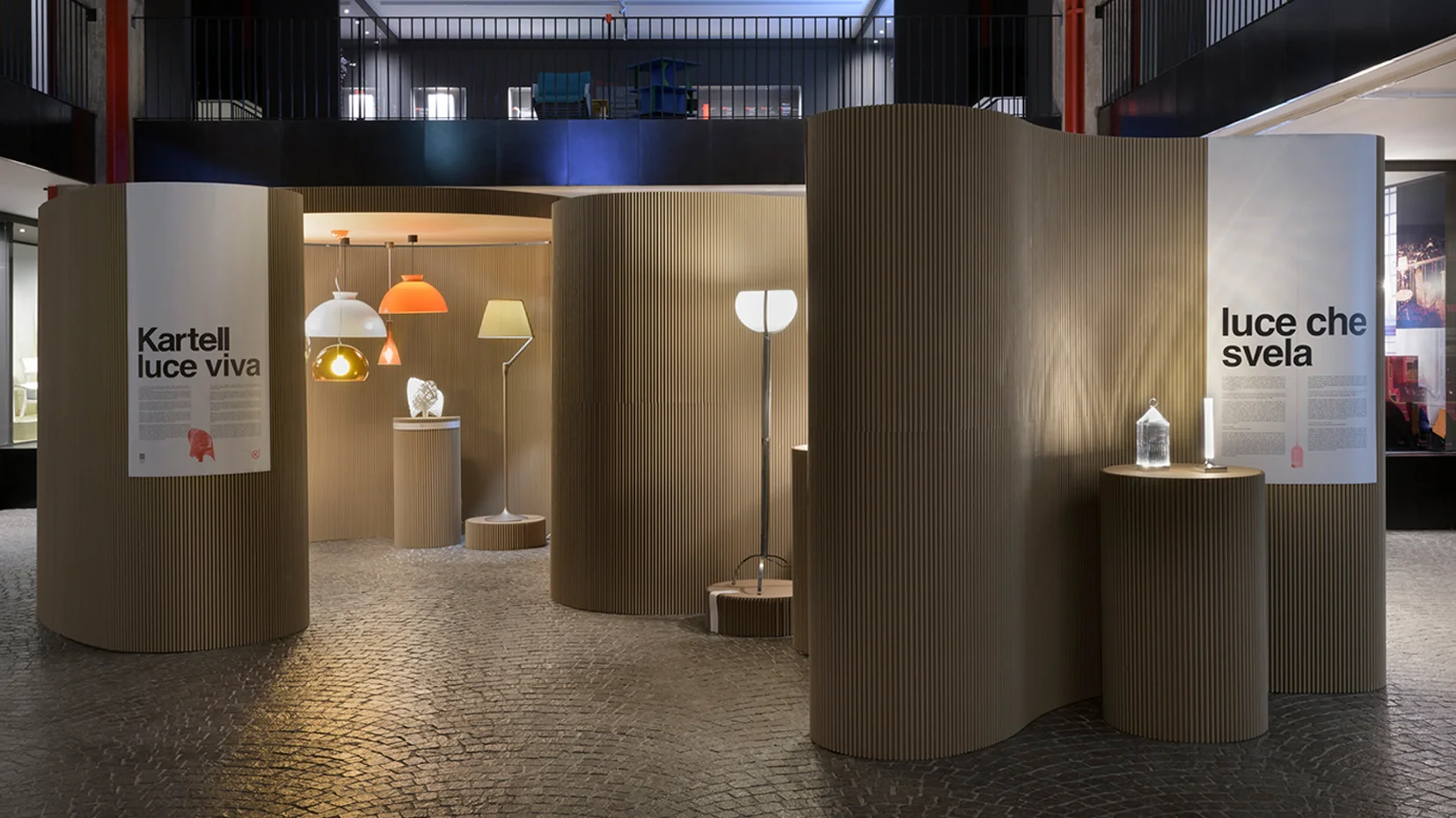
KARTELL MUSEO, APRILE 2023
LUCE VIVA
Scopri di piùThe Visit
Kartell Museo, Via delle Industrie 3, 20082 Noviglio (MI).
Visits by appointment.
info@museokartell.it
t. +39 02 90012269
Closed during holidays and non-working days.
Free guided tour.
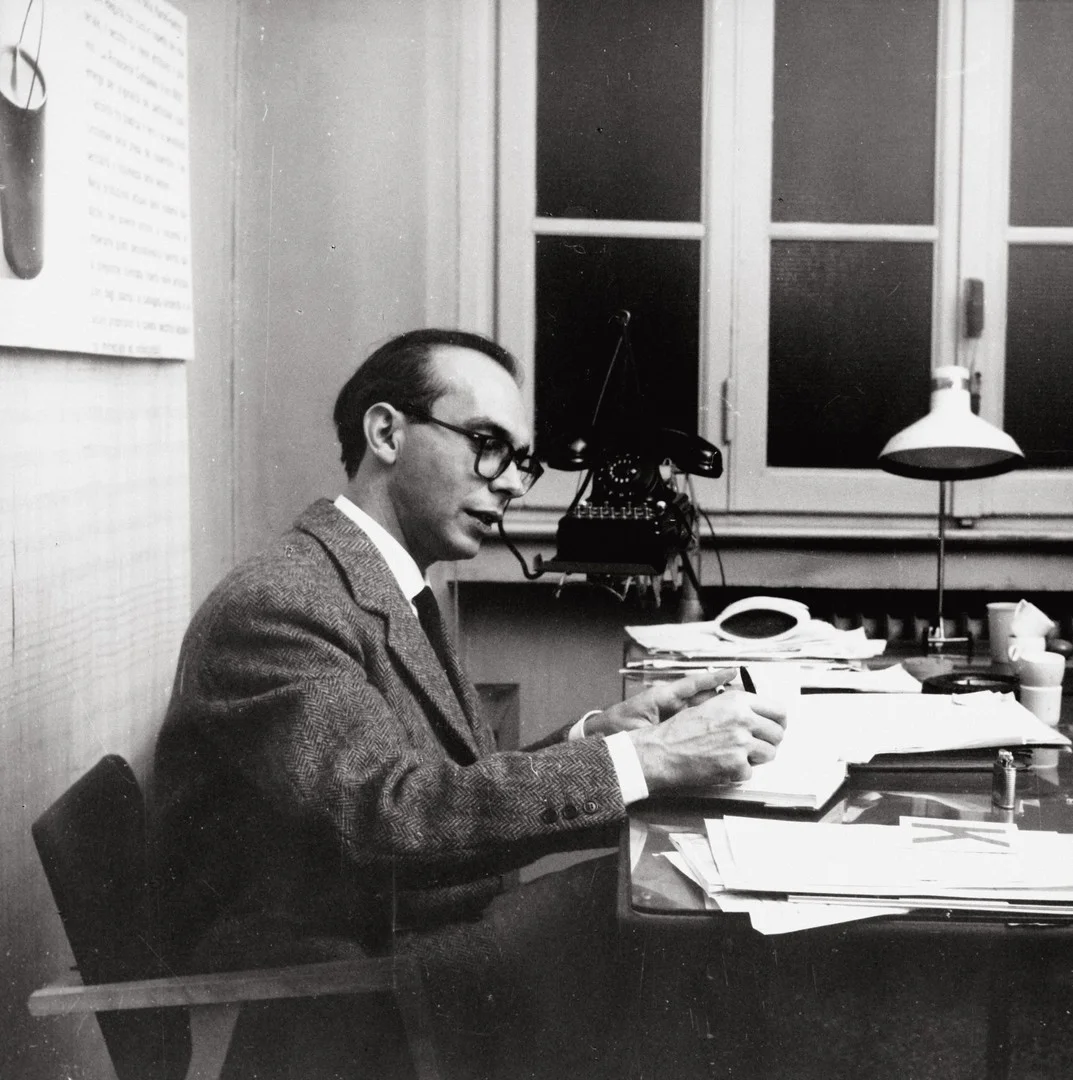
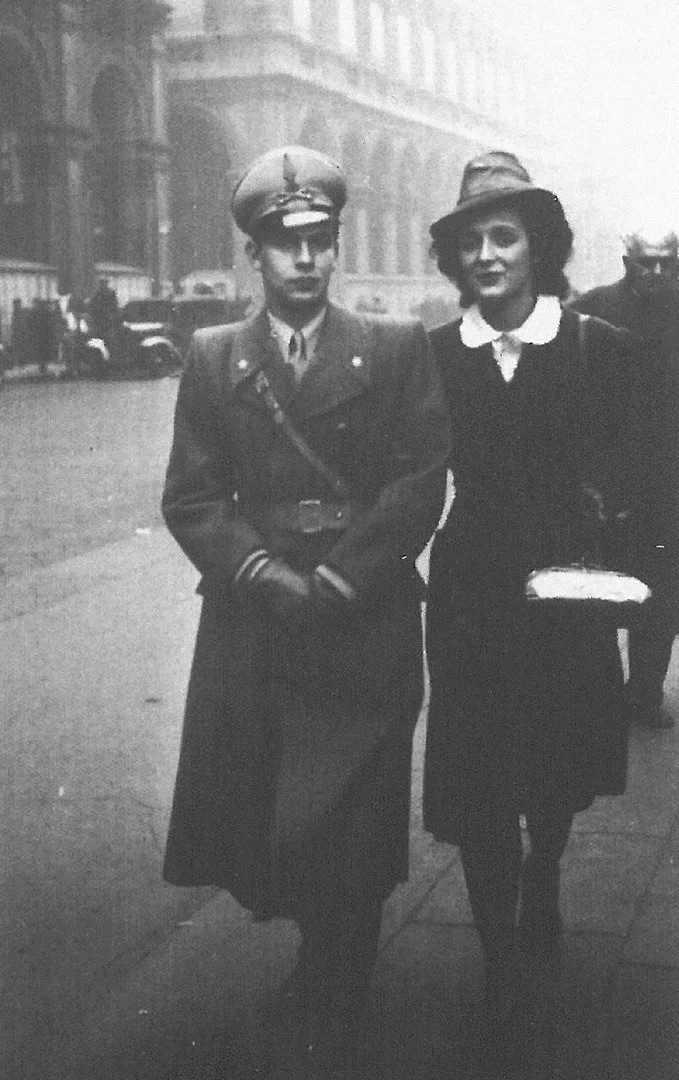
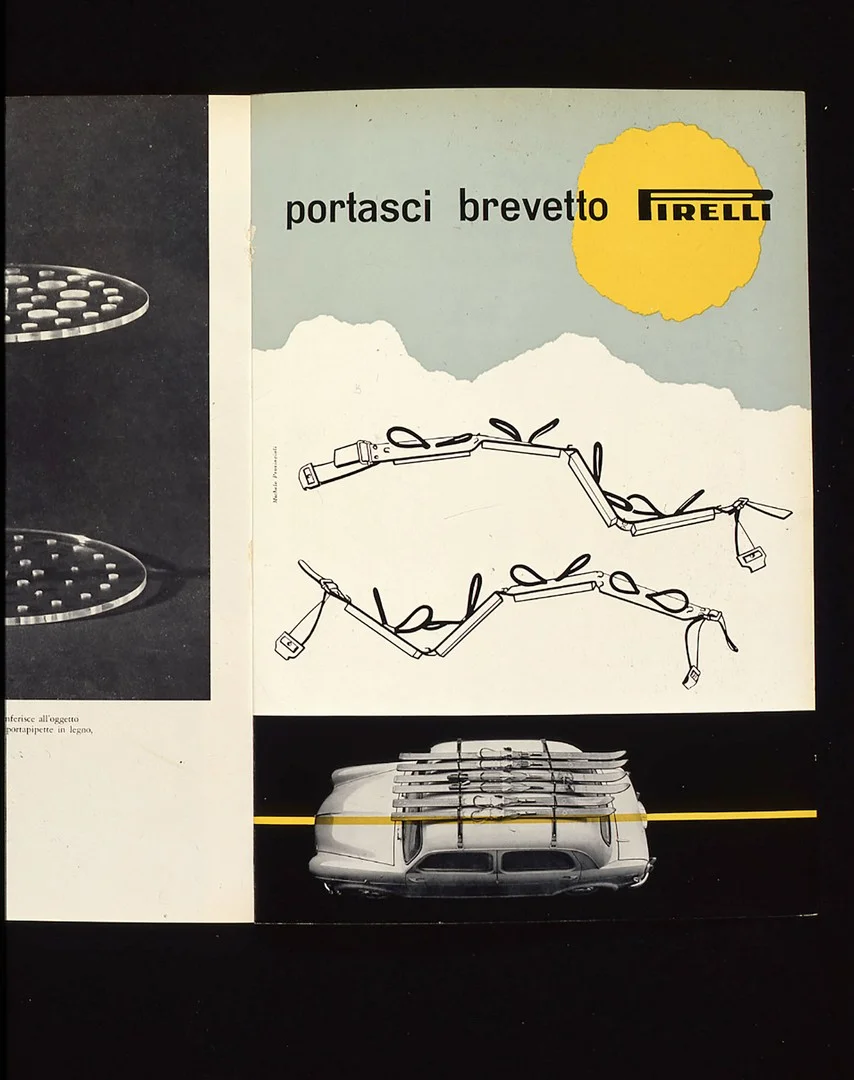
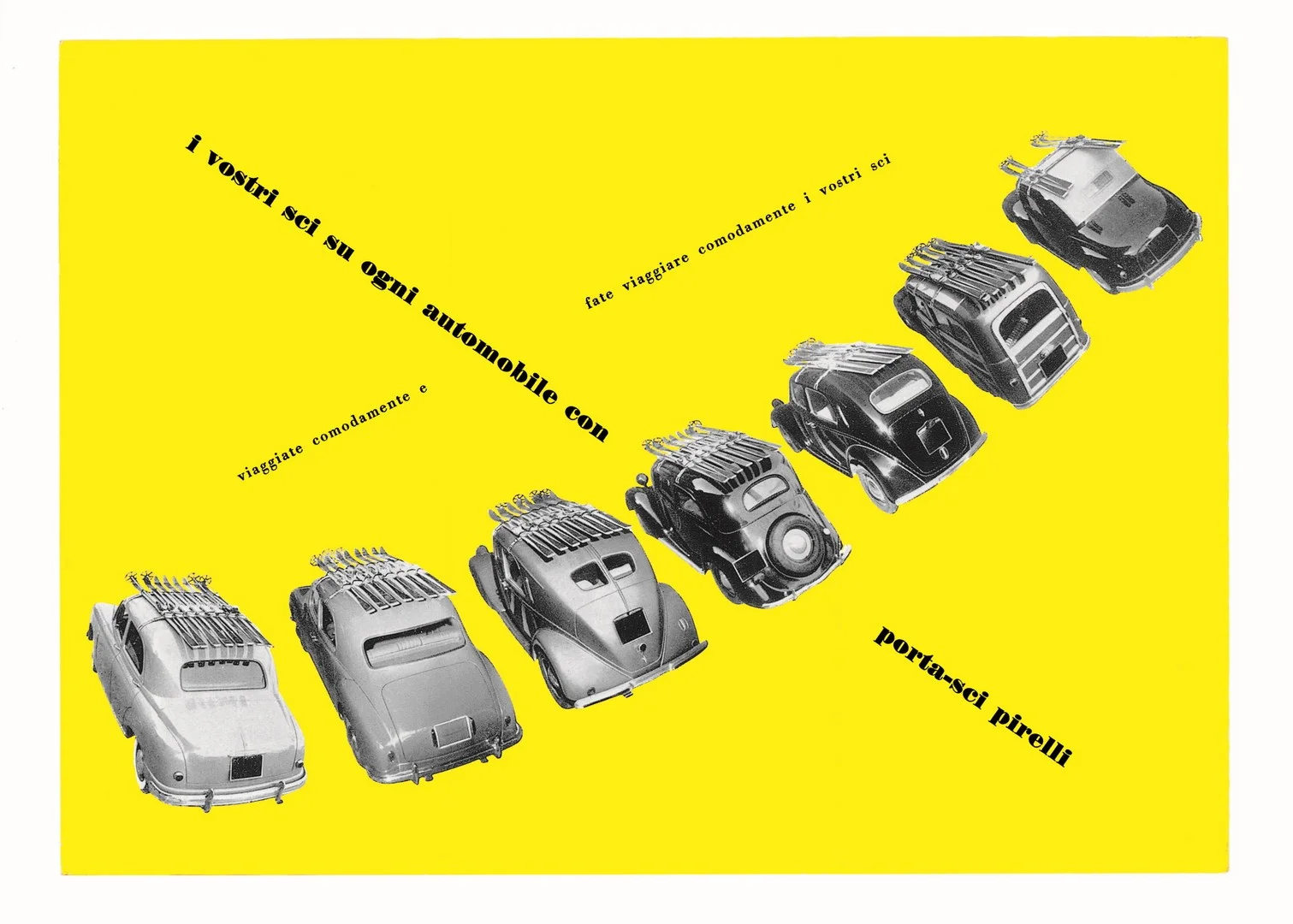
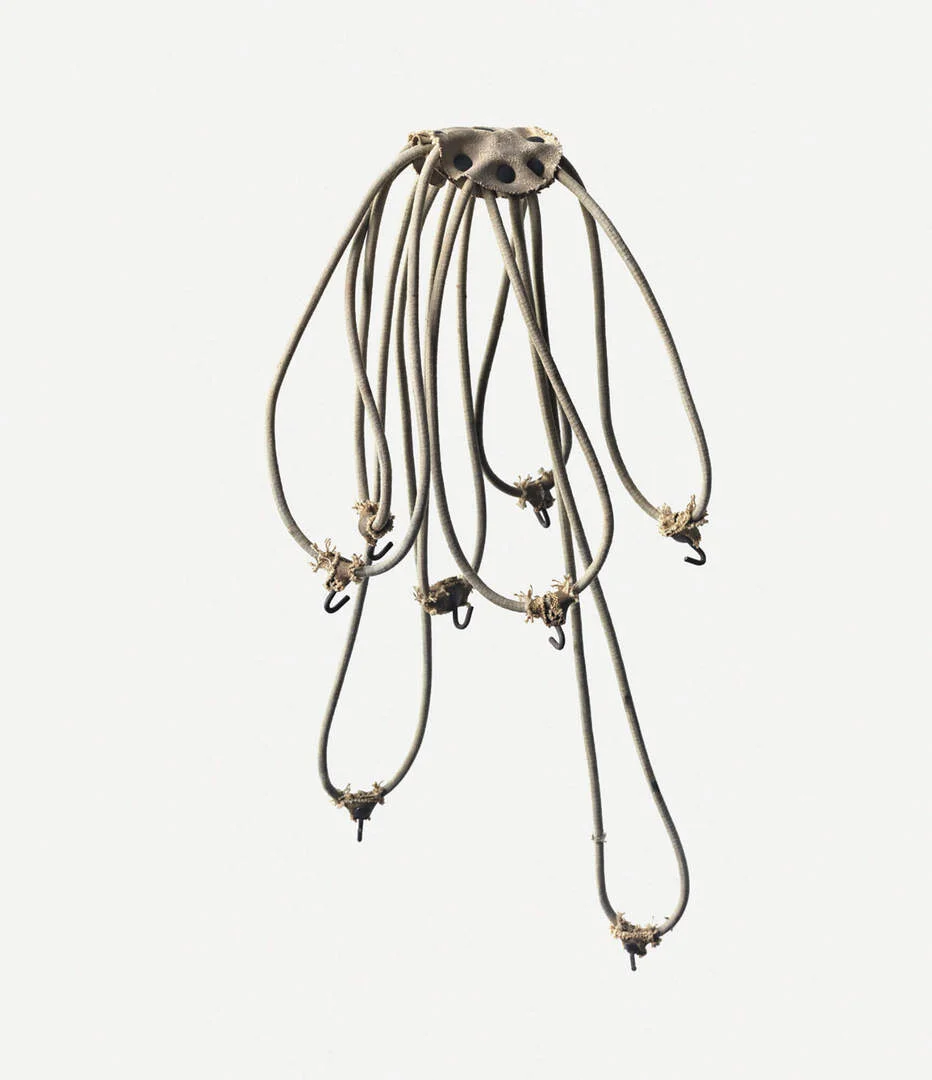
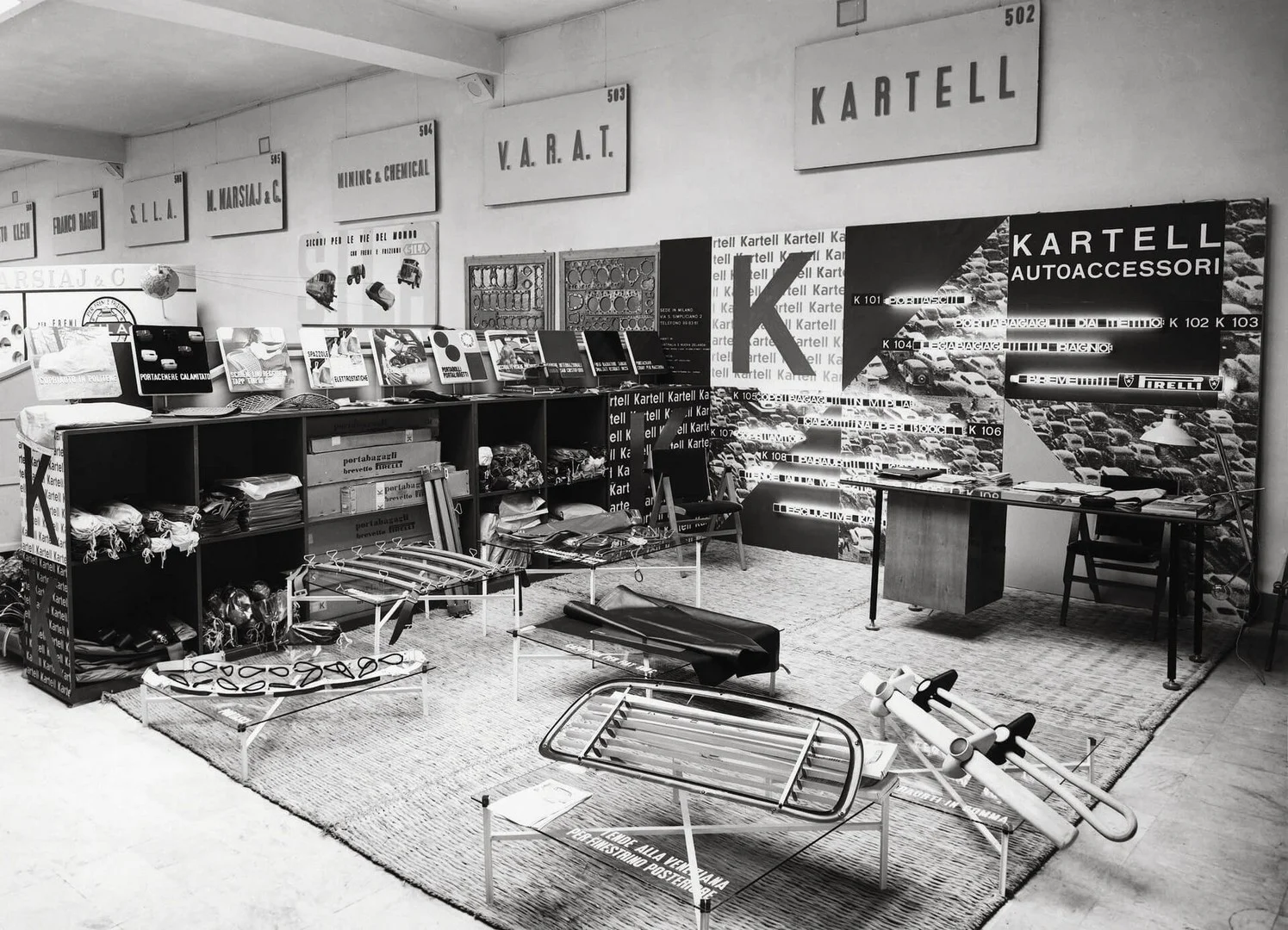
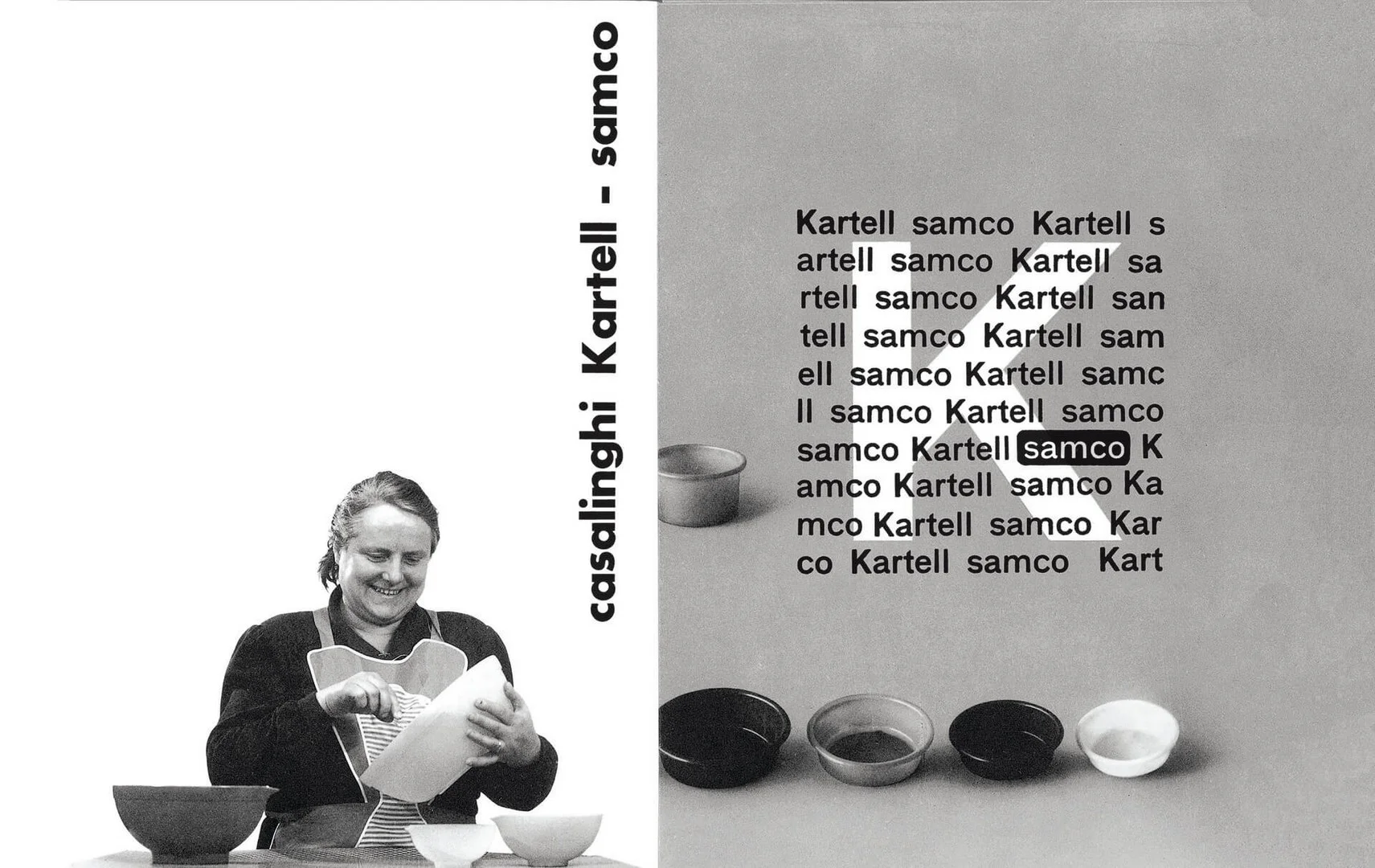
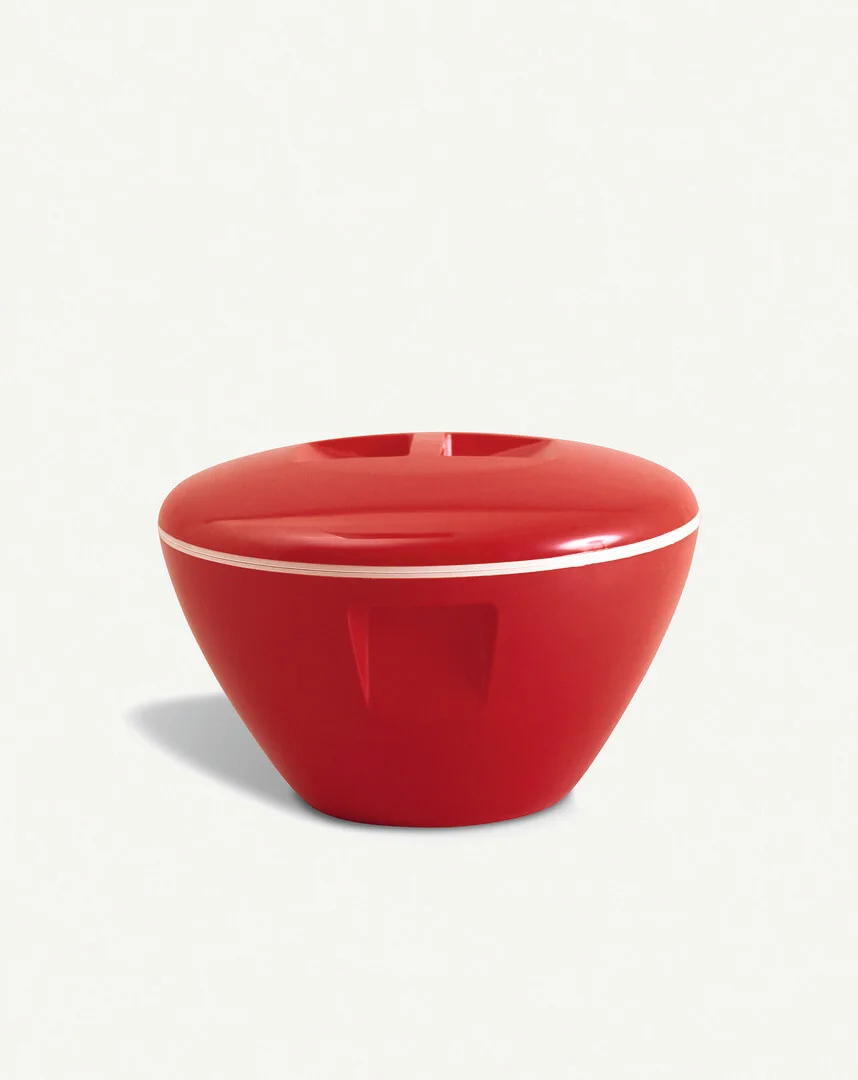
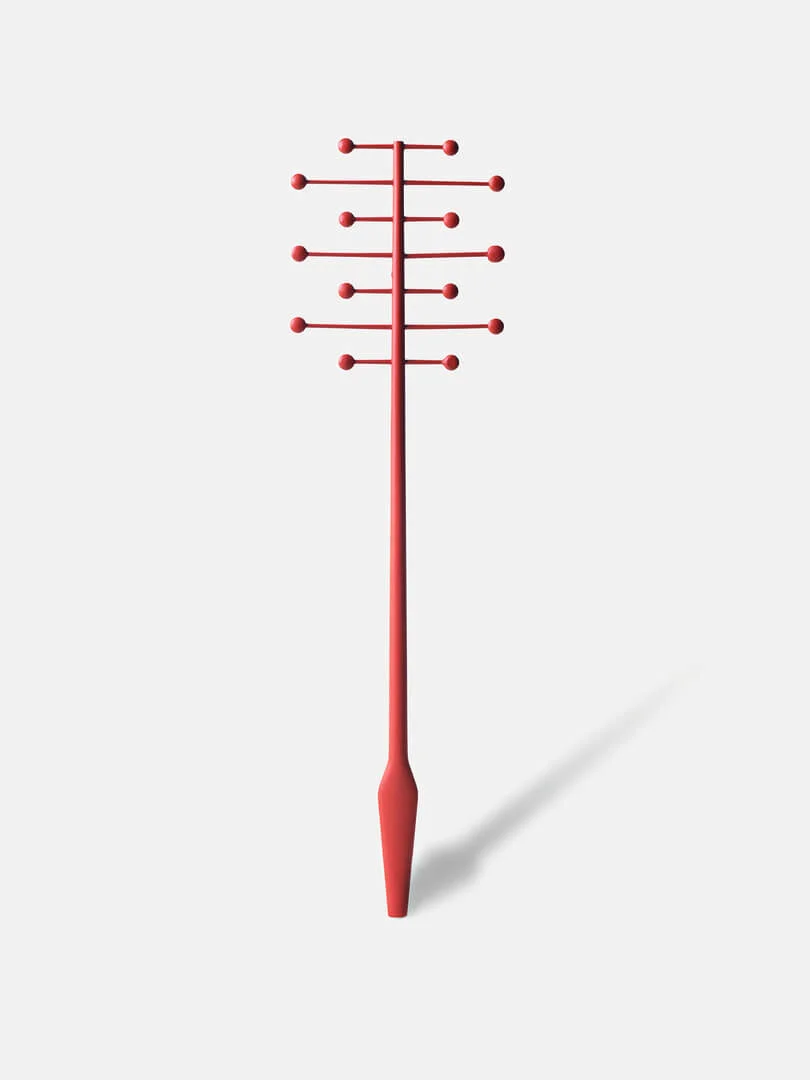
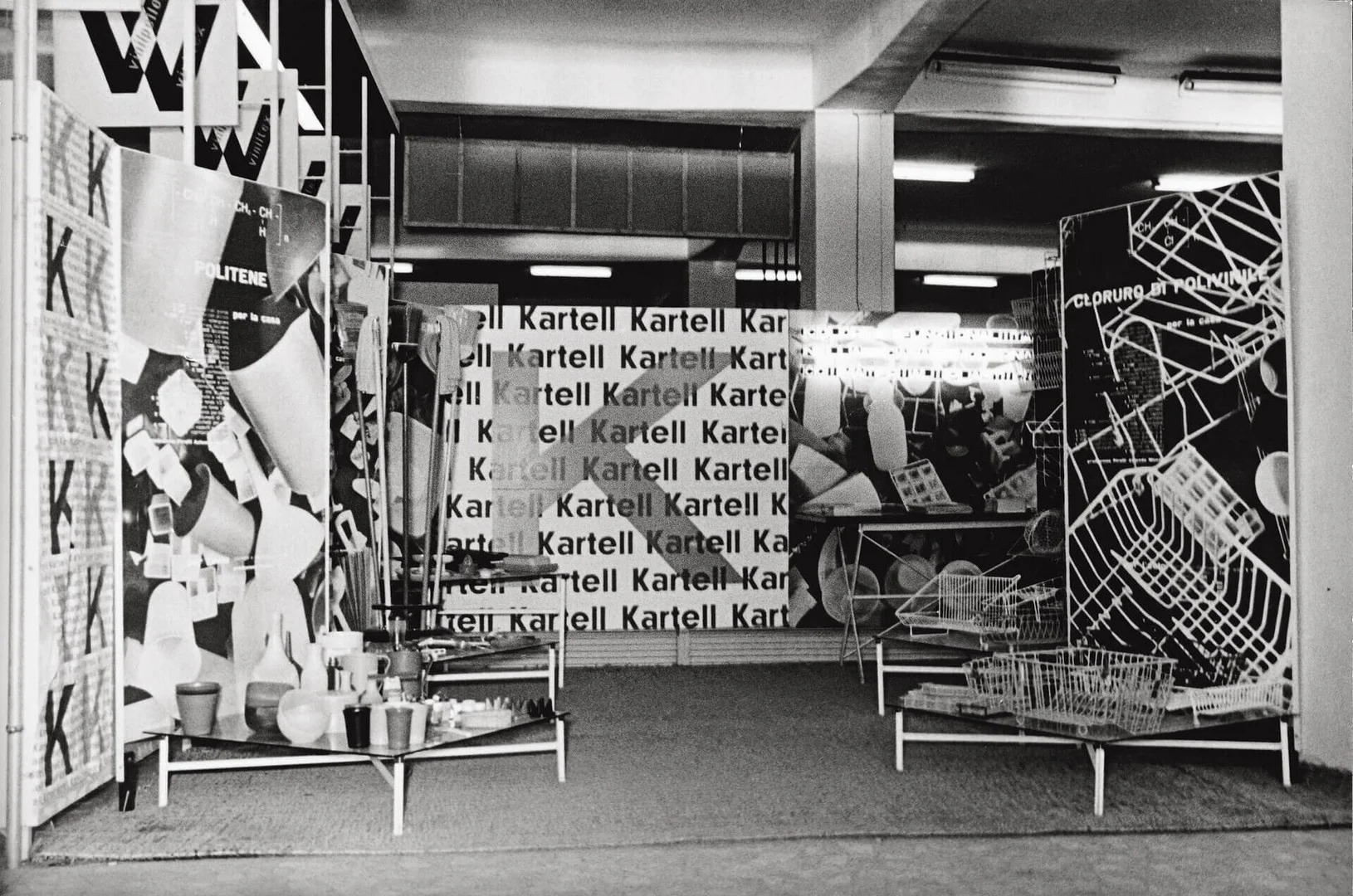
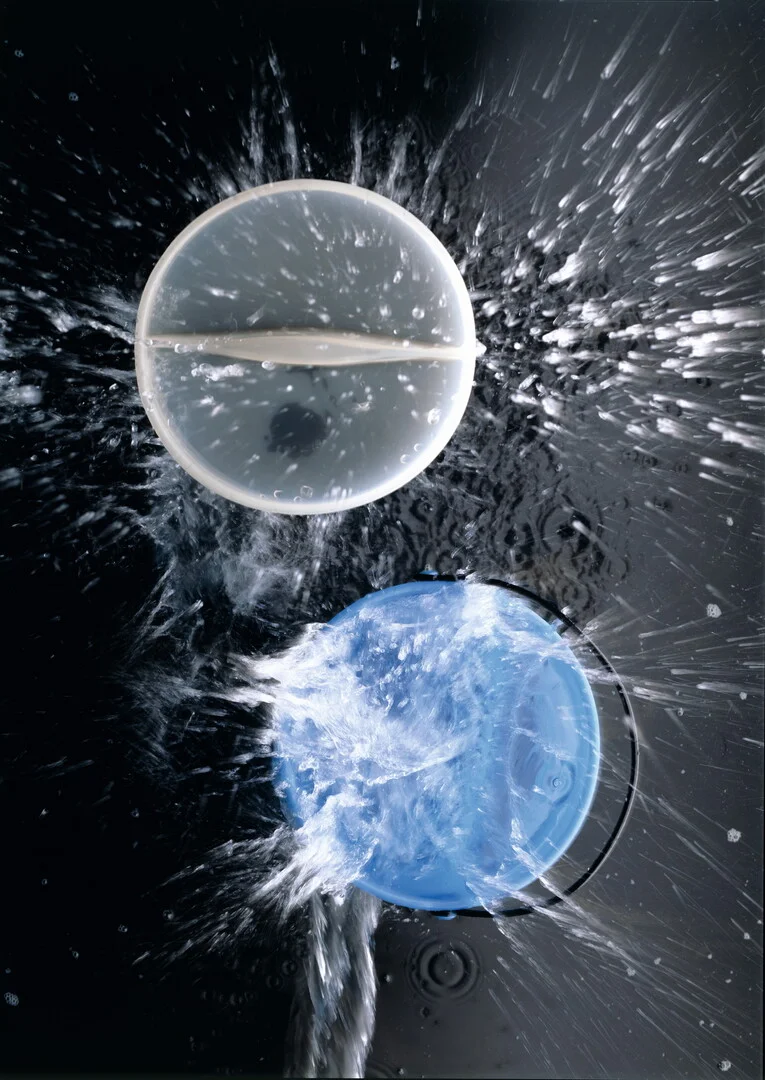
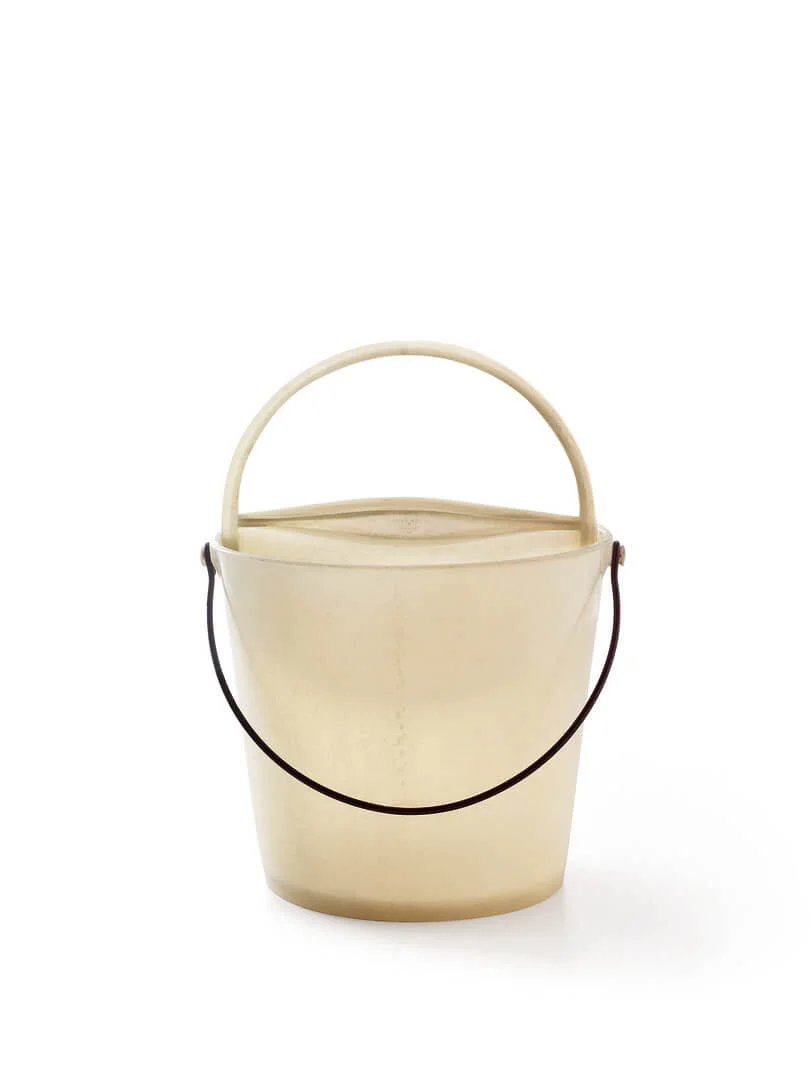
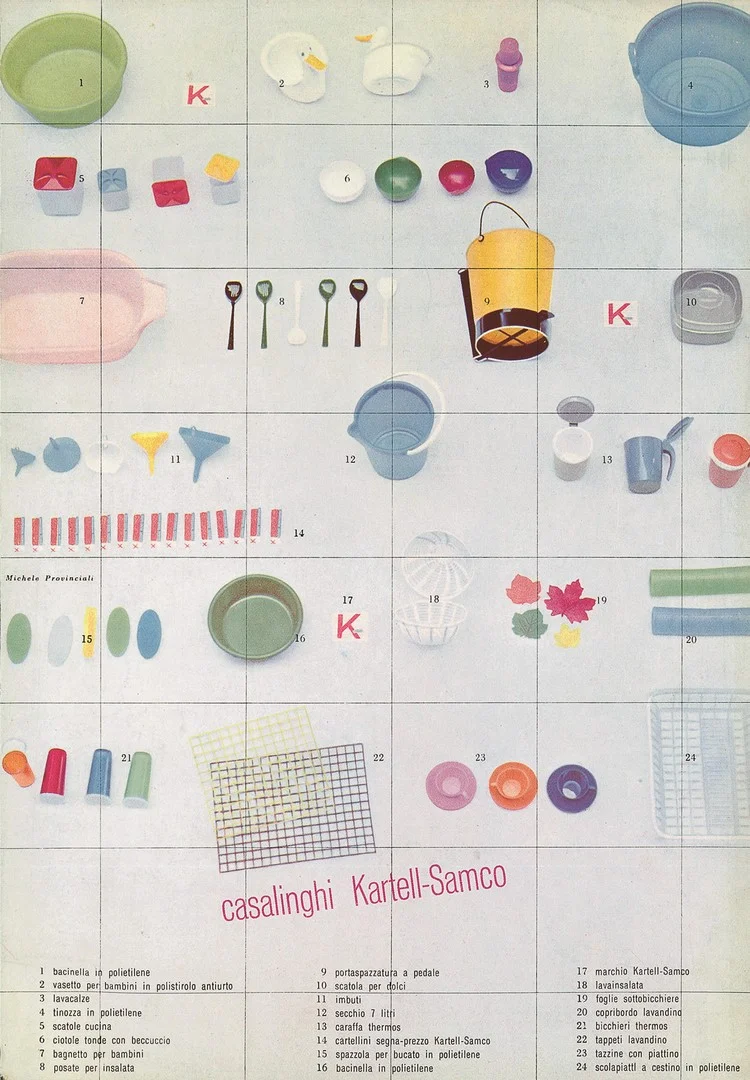

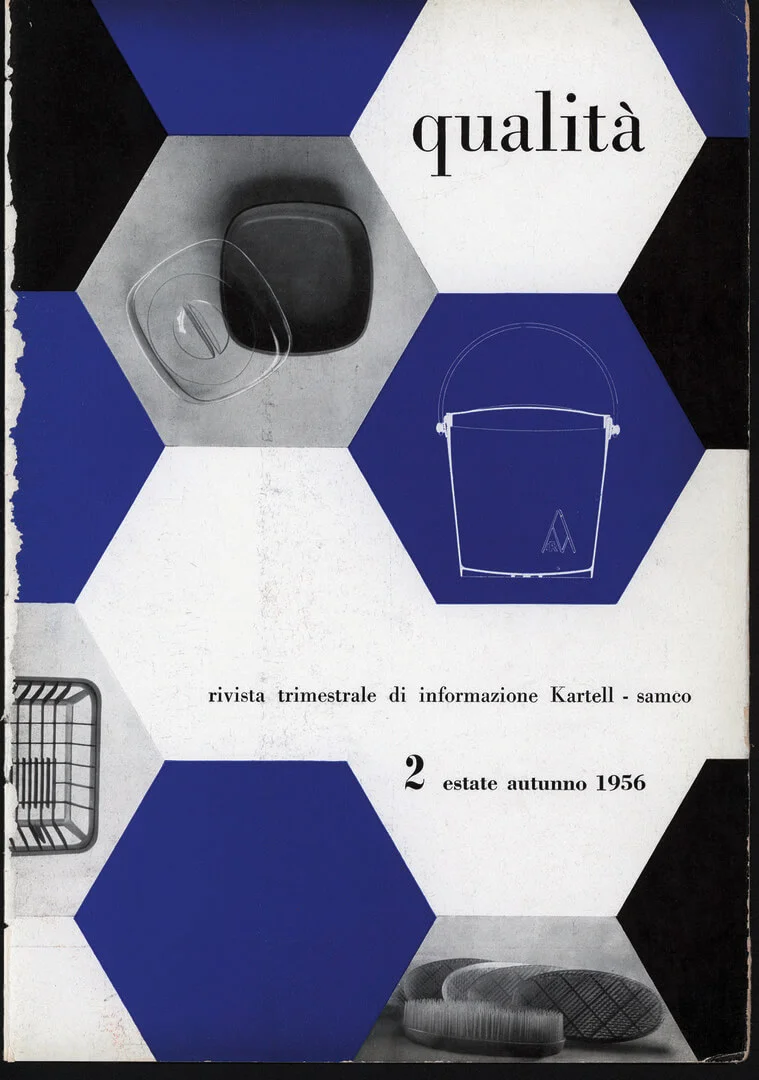
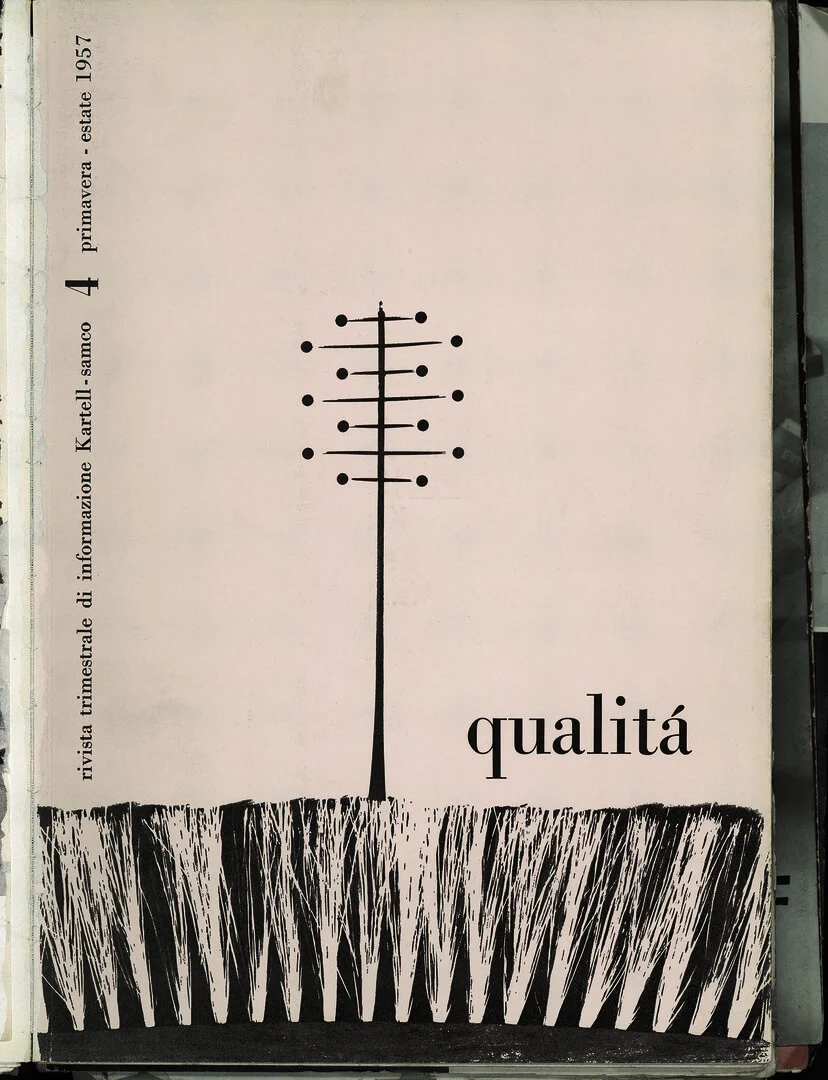
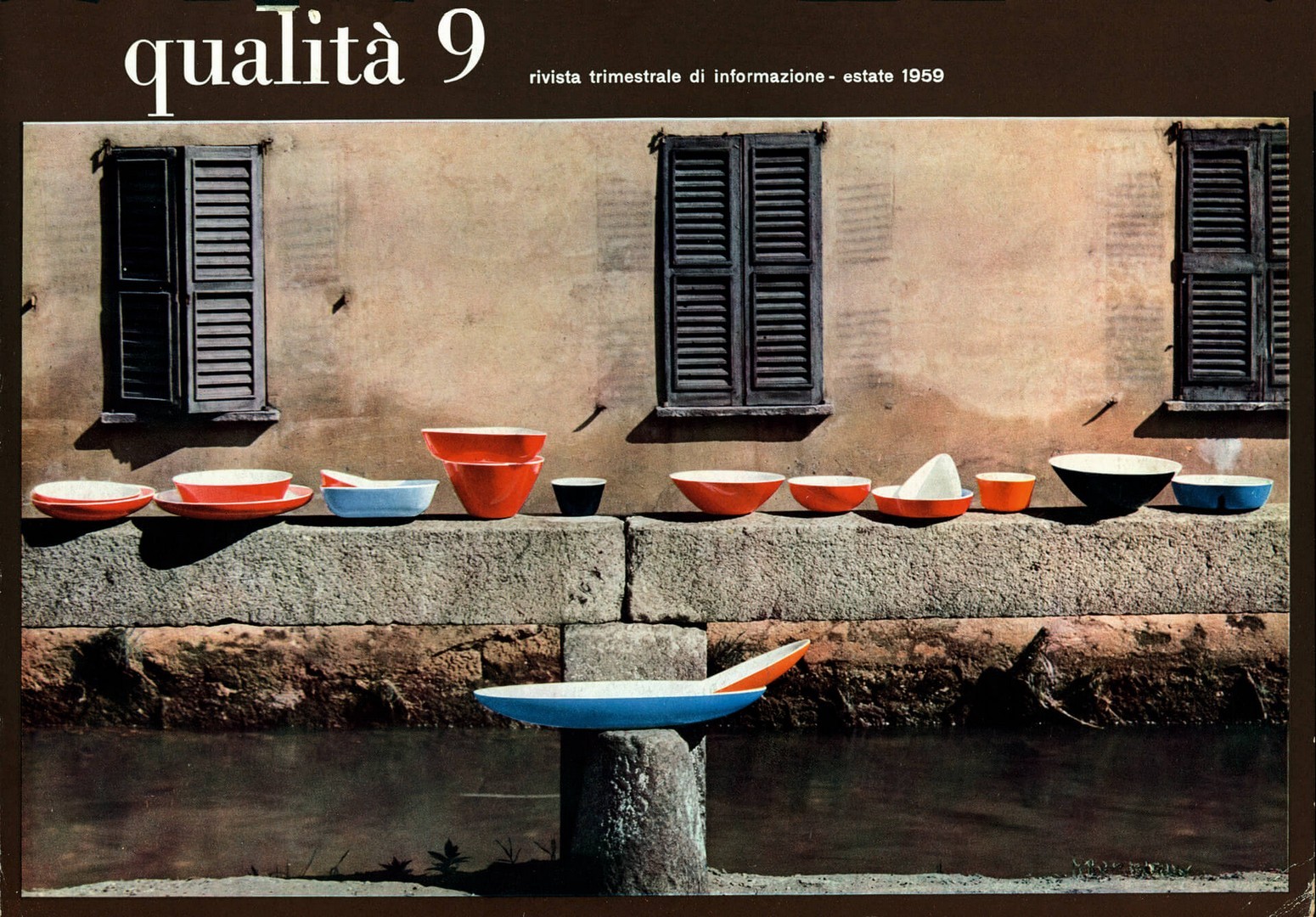
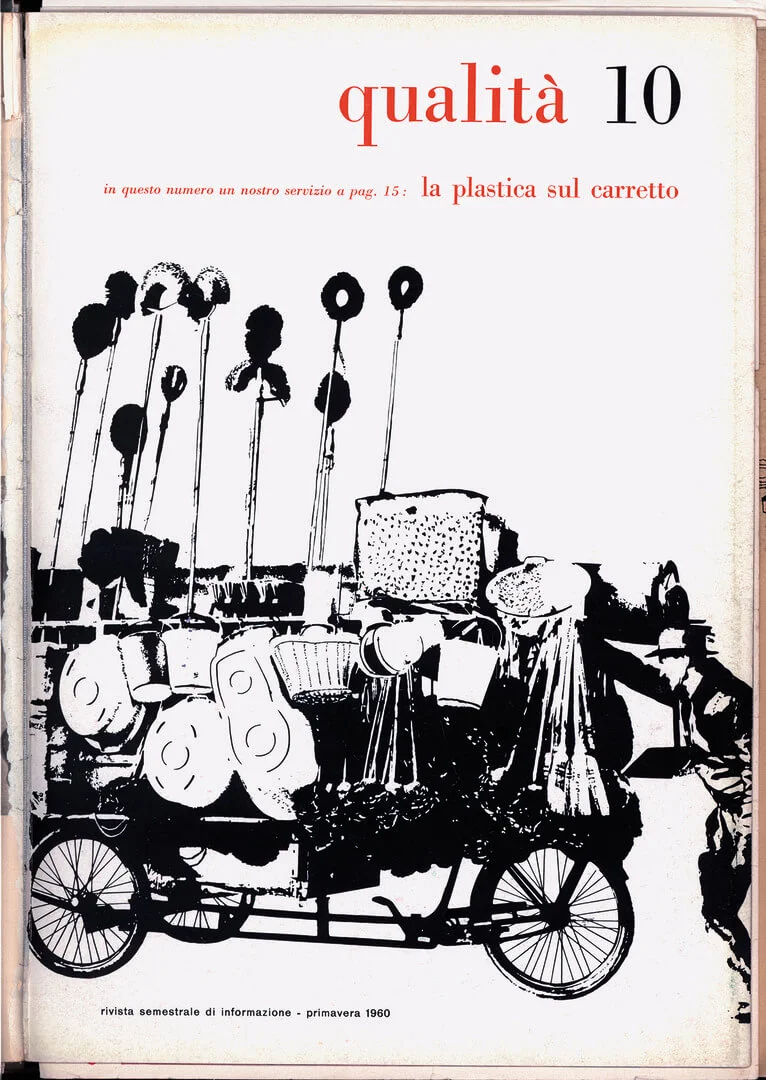
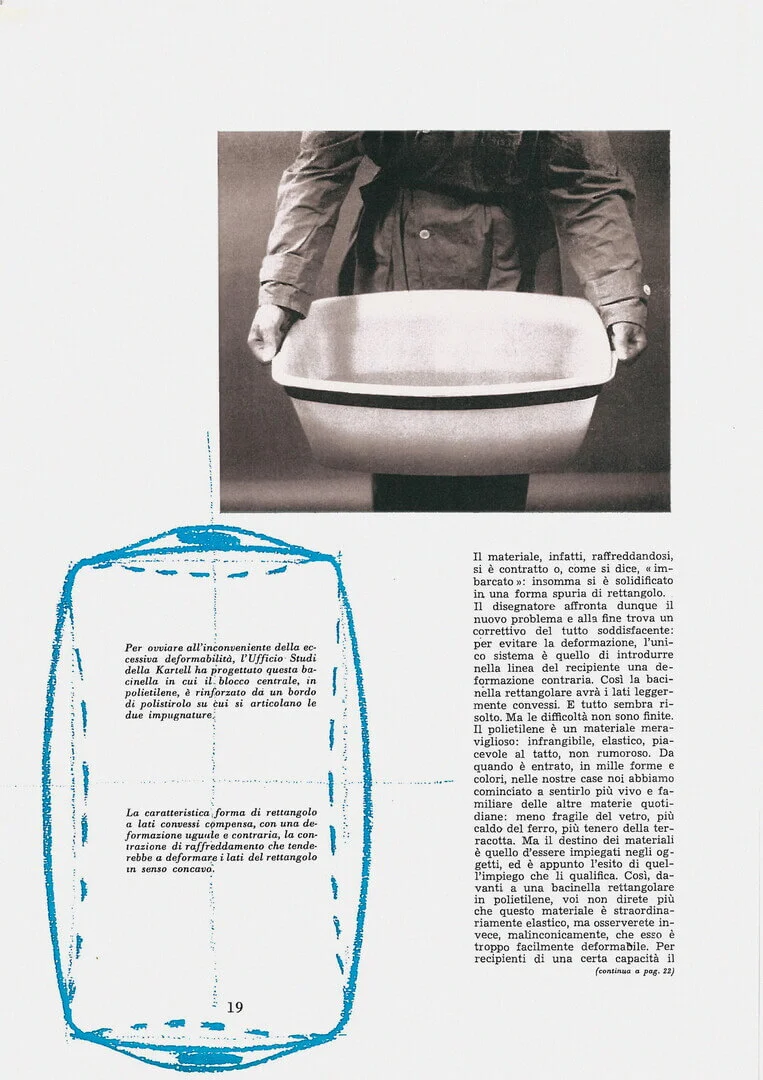
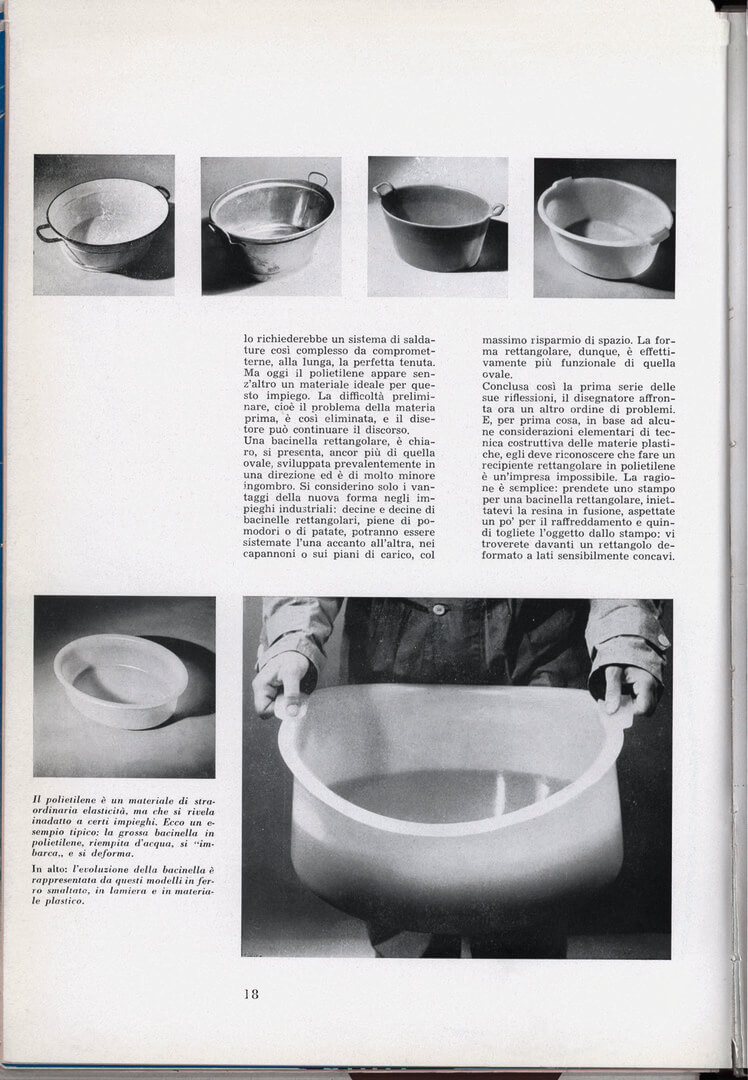
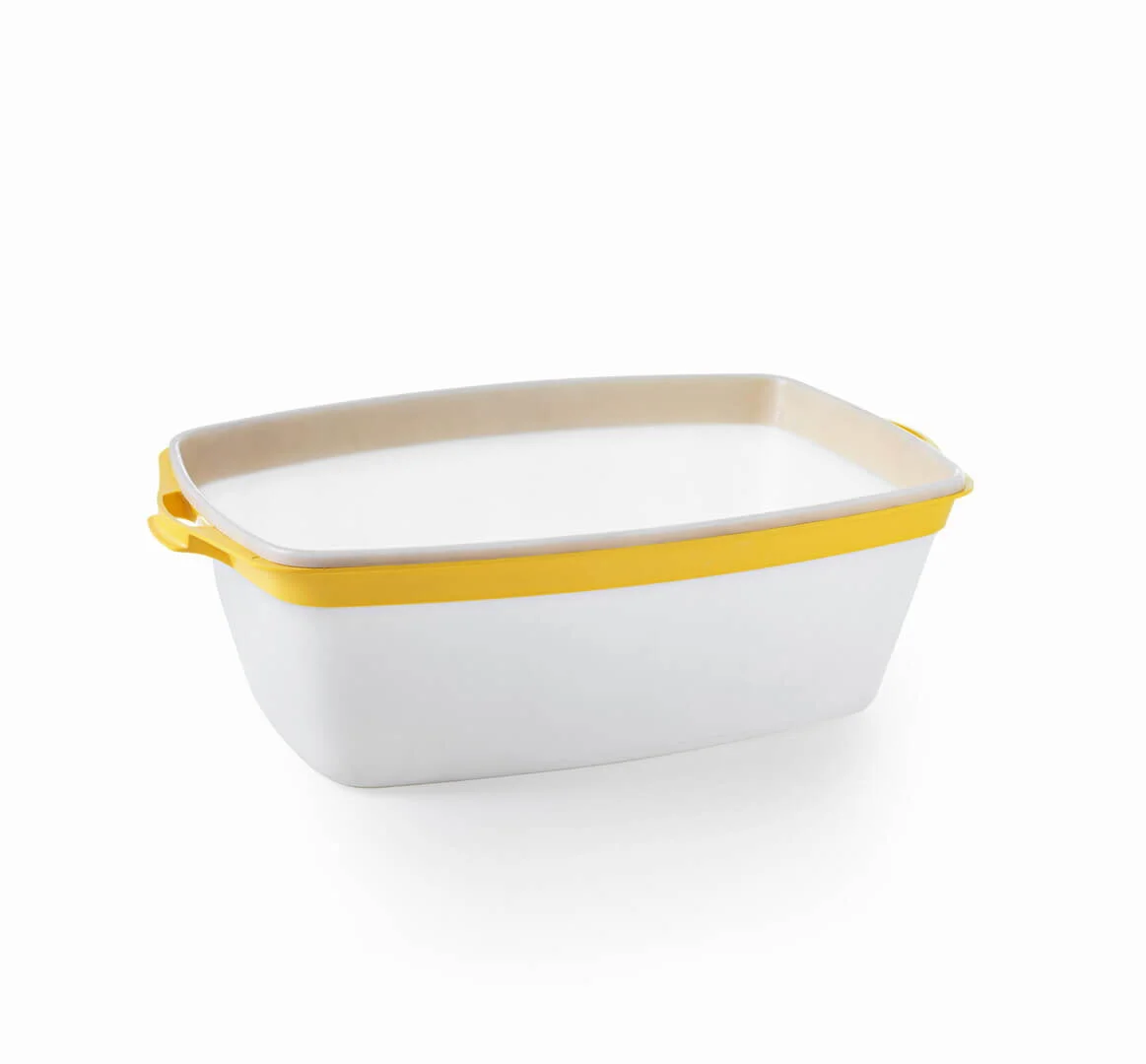
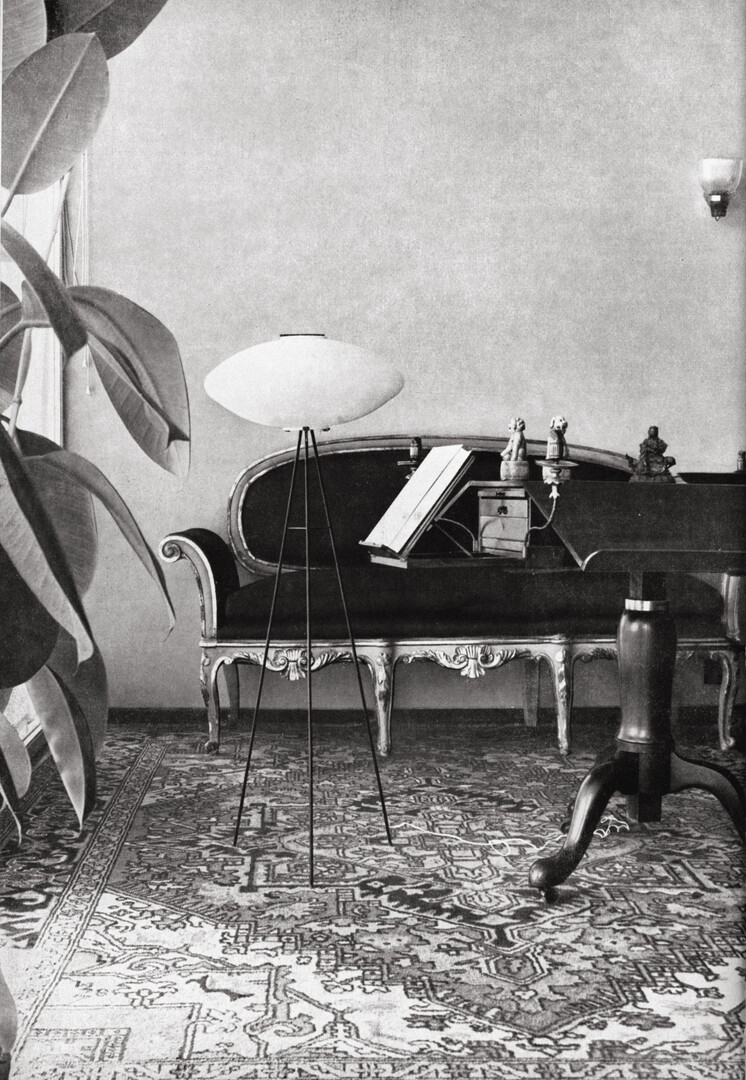
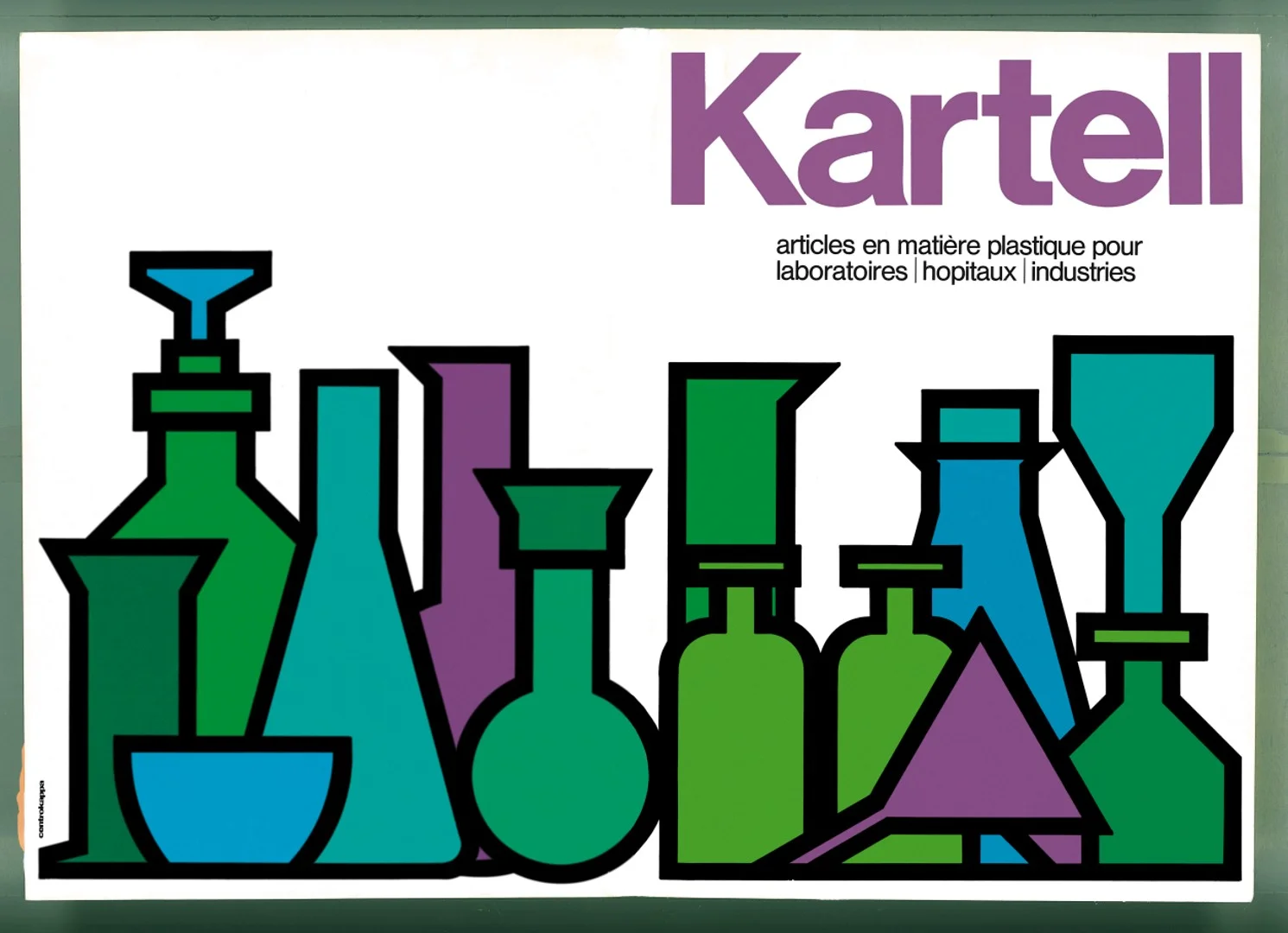
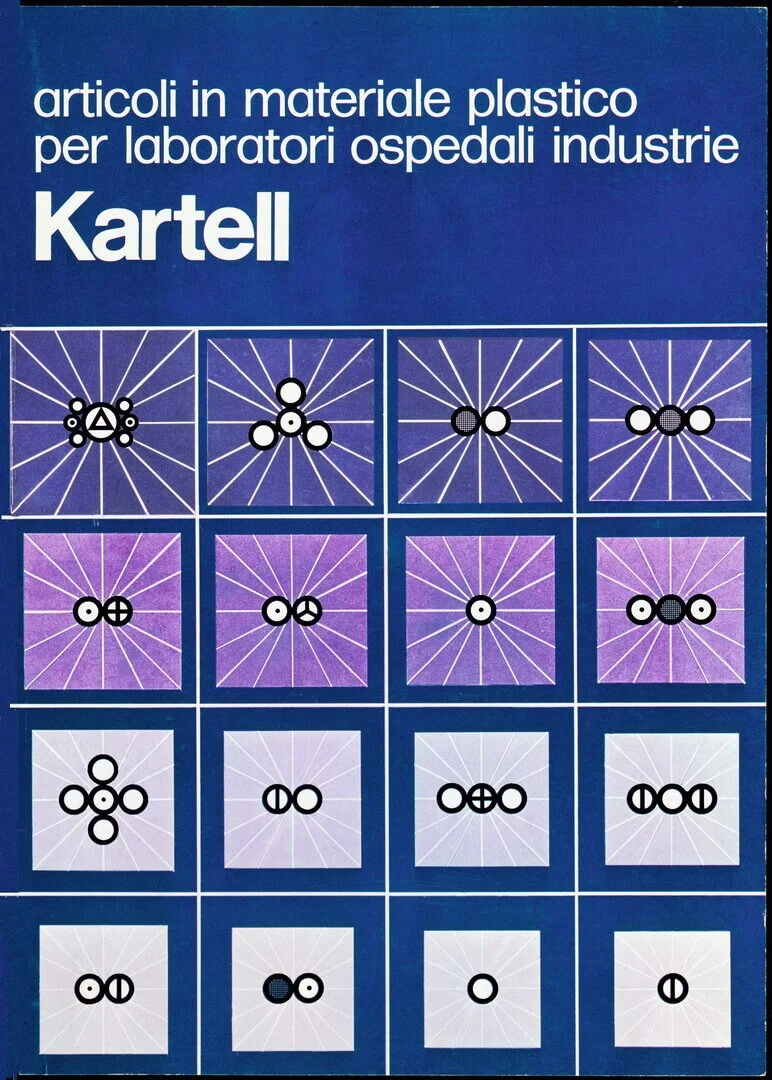

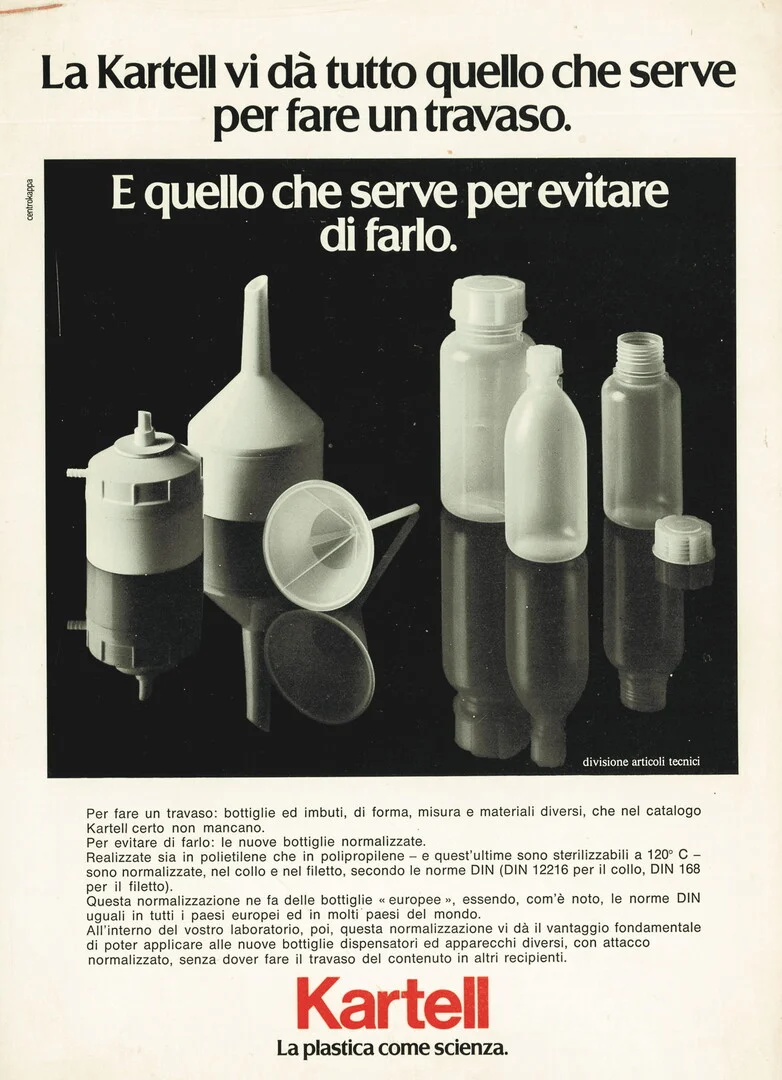


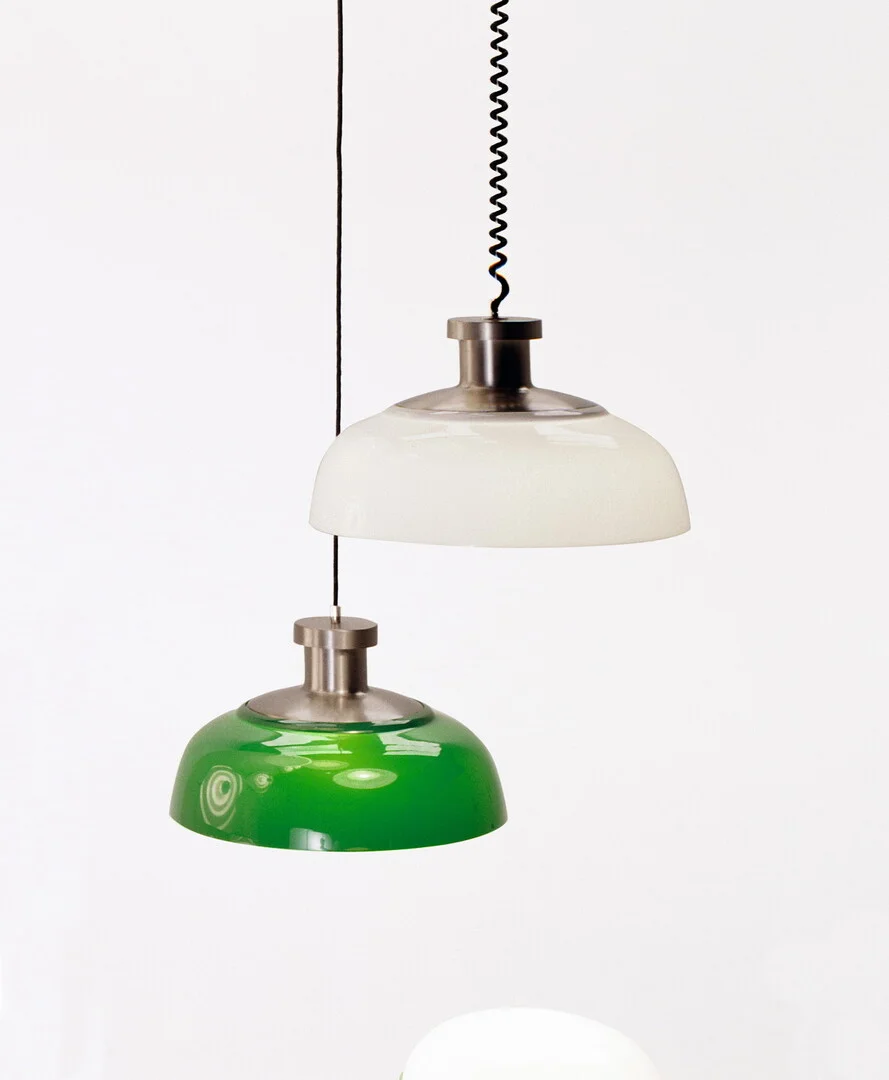
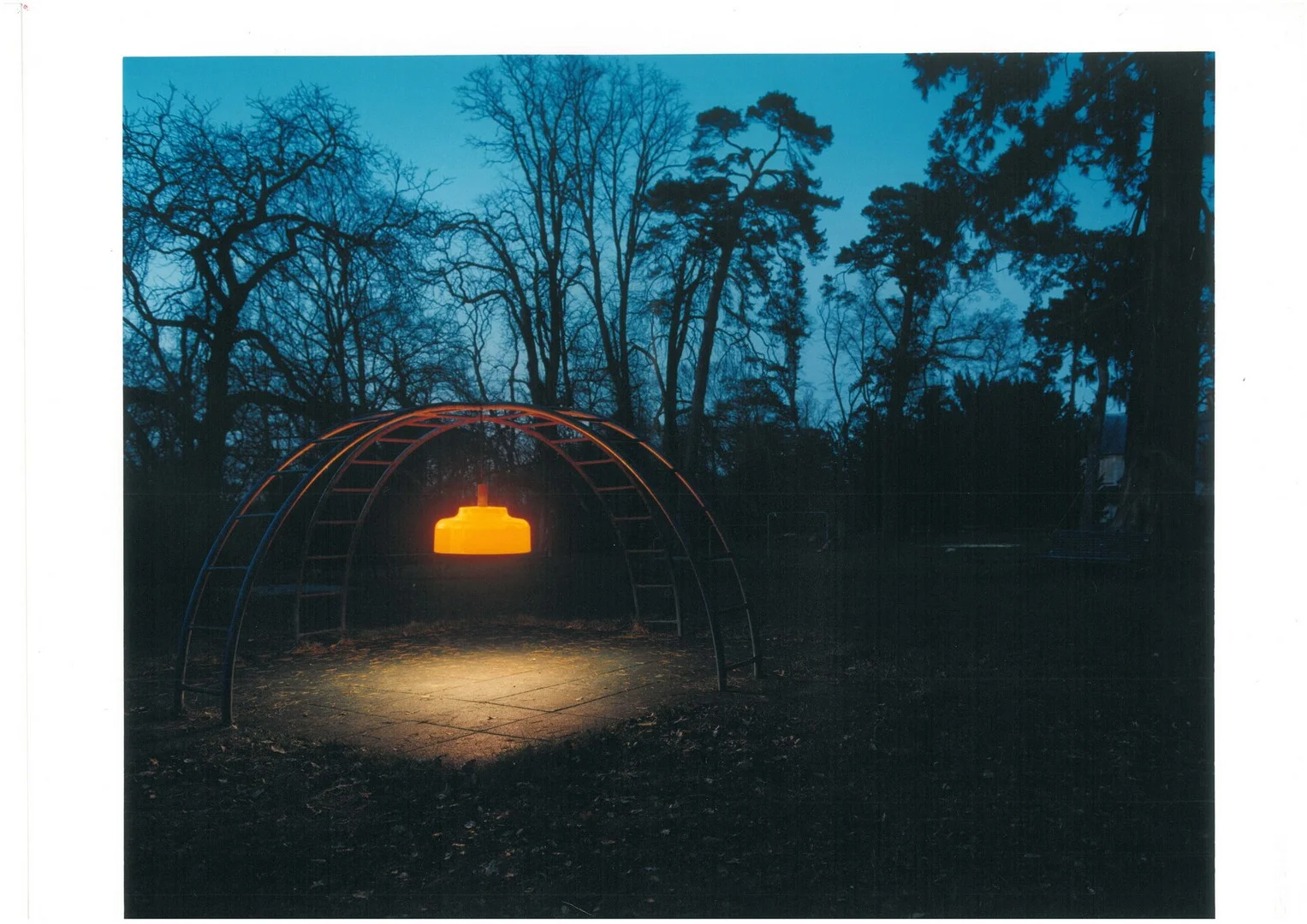
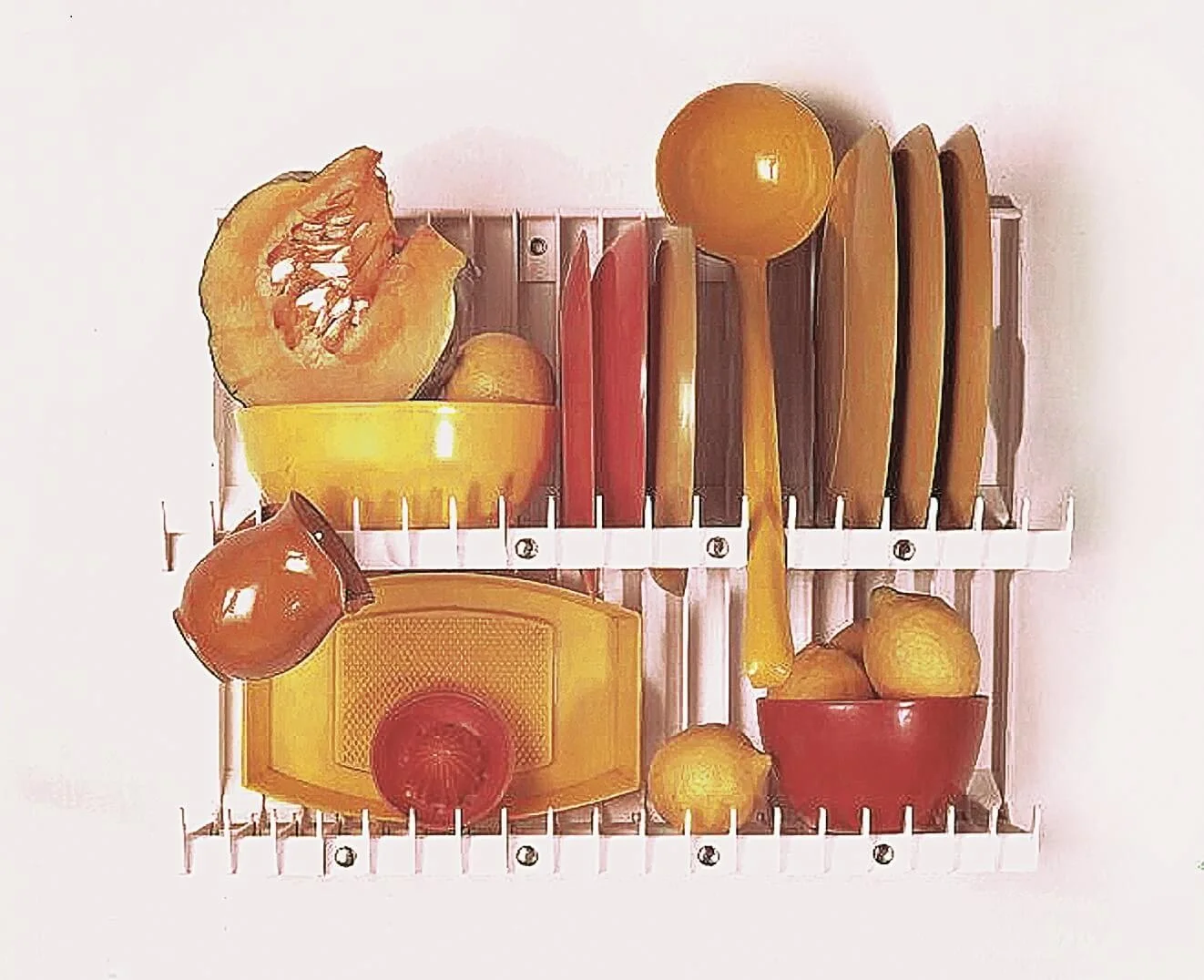
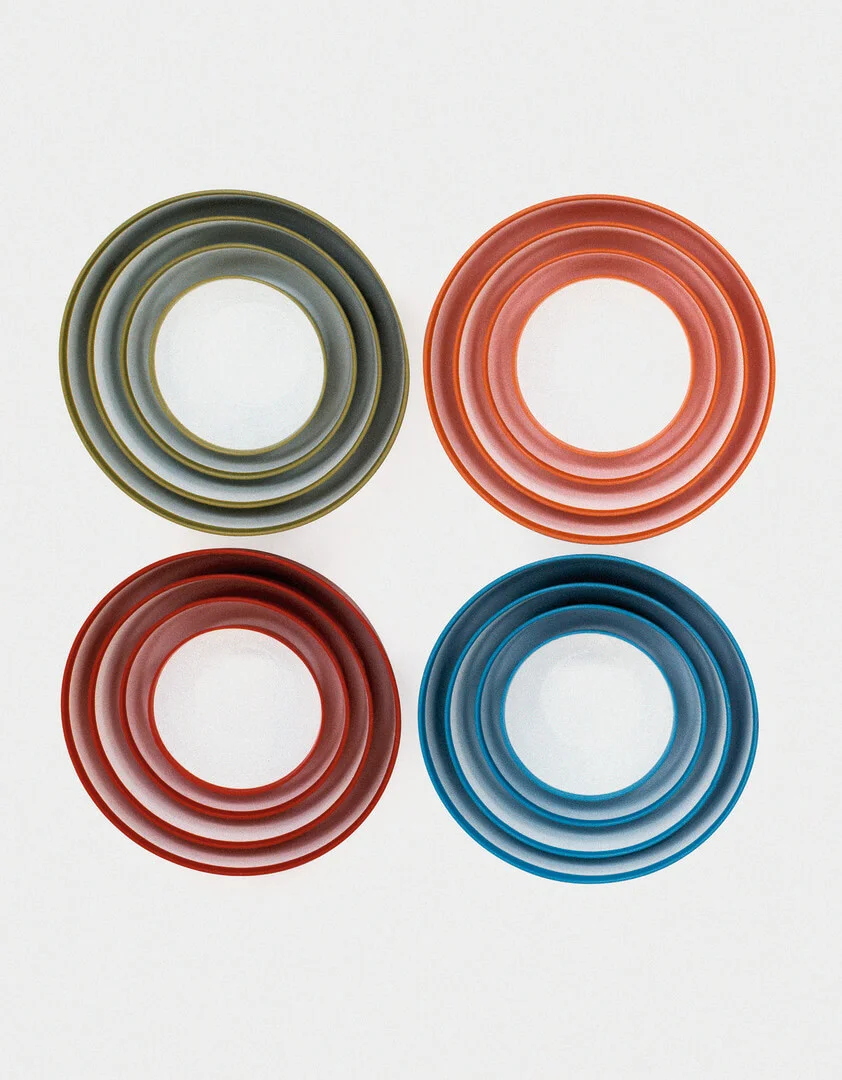
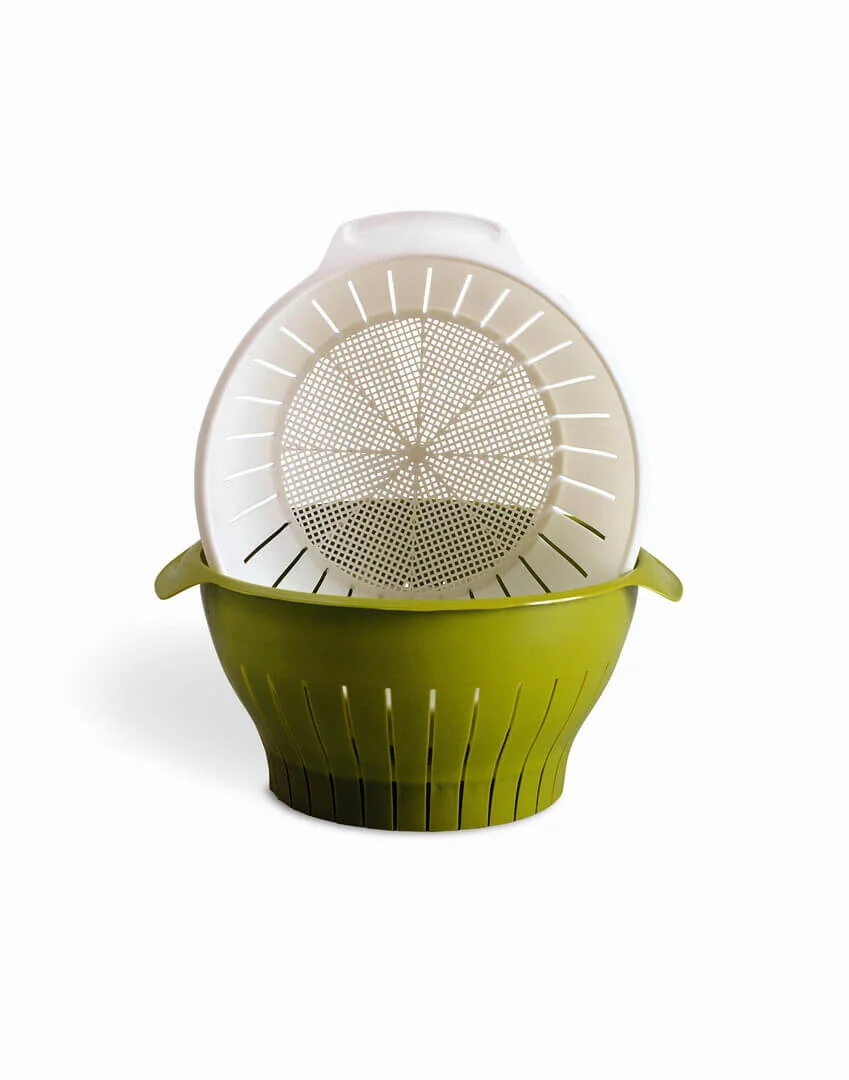
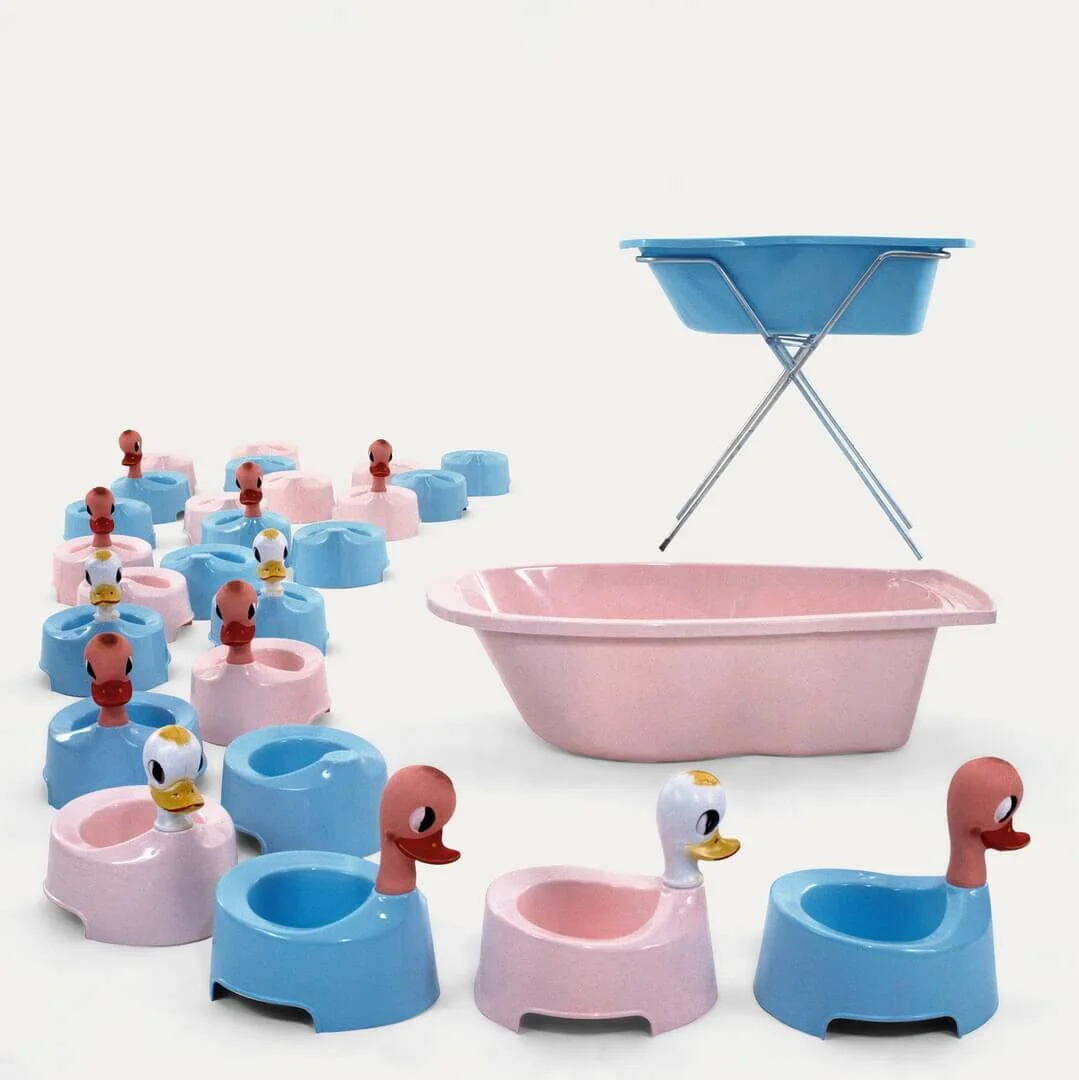
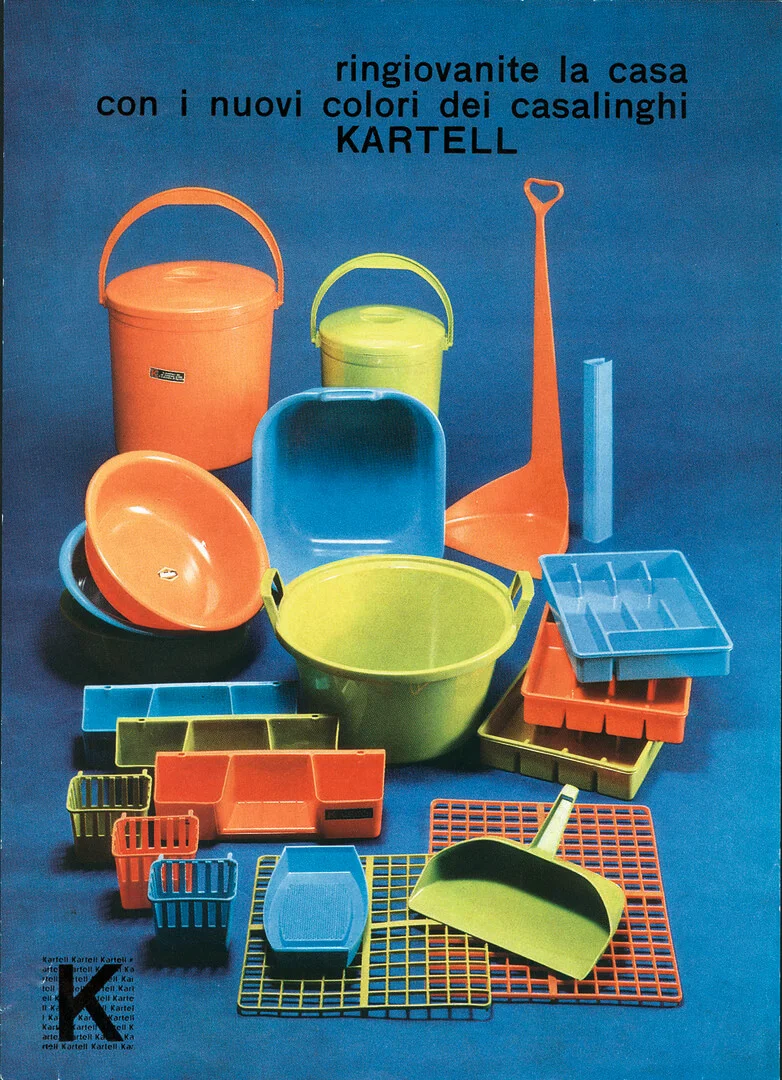
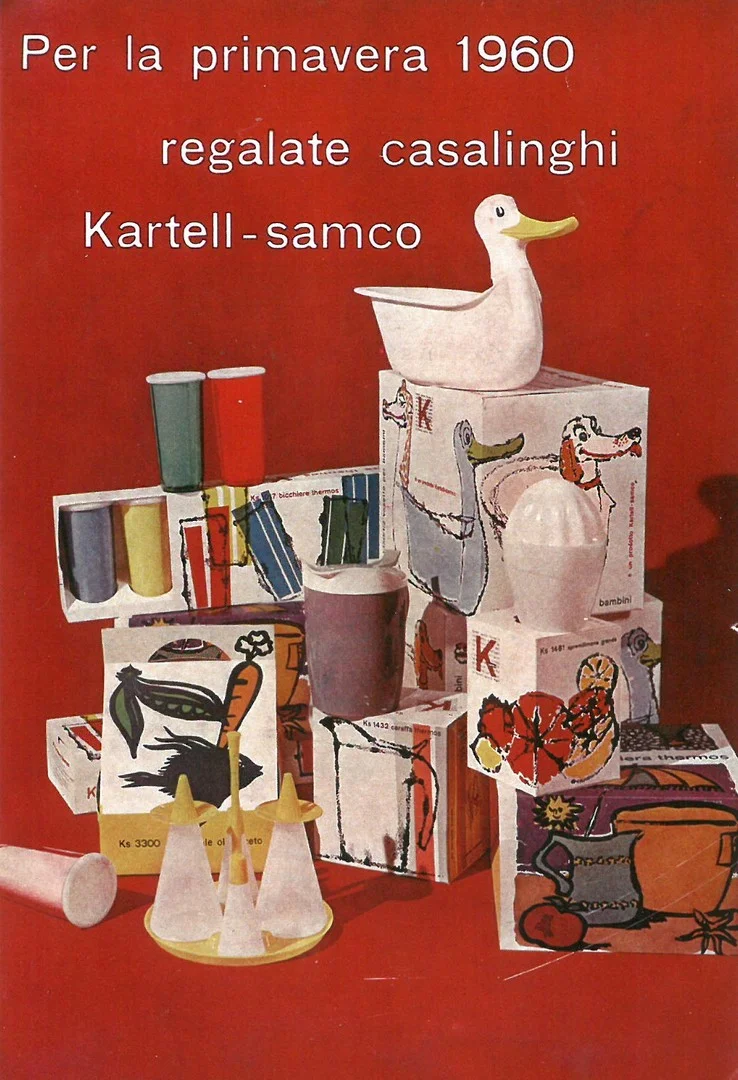
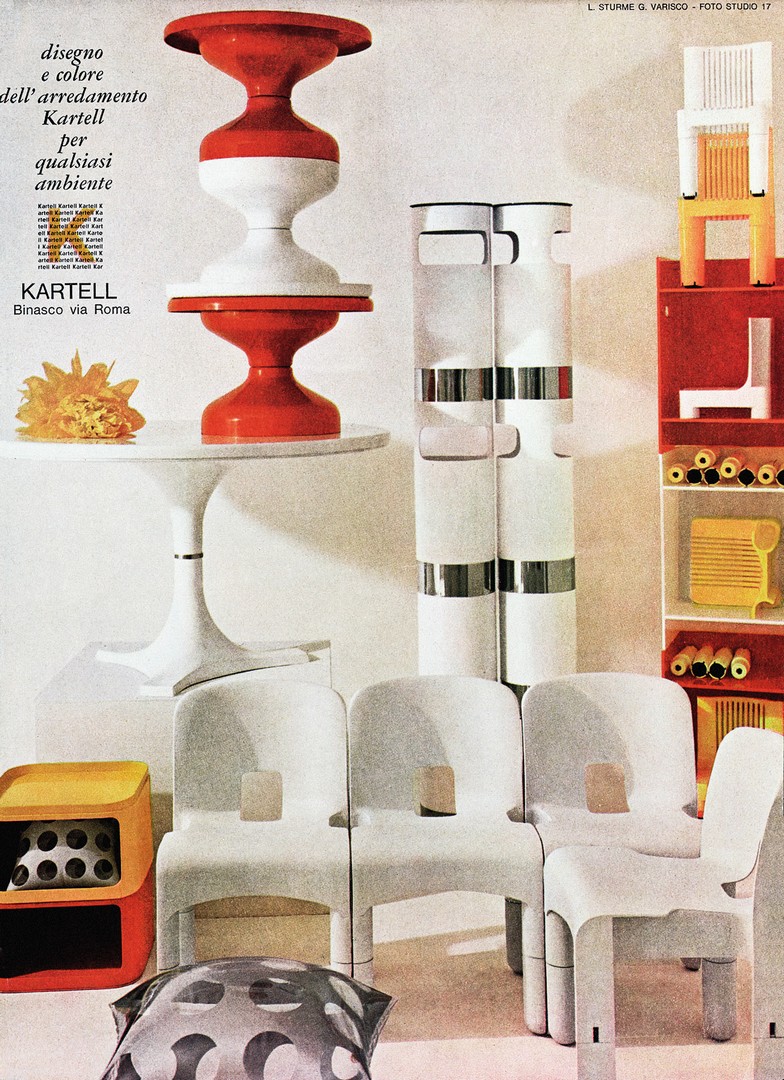
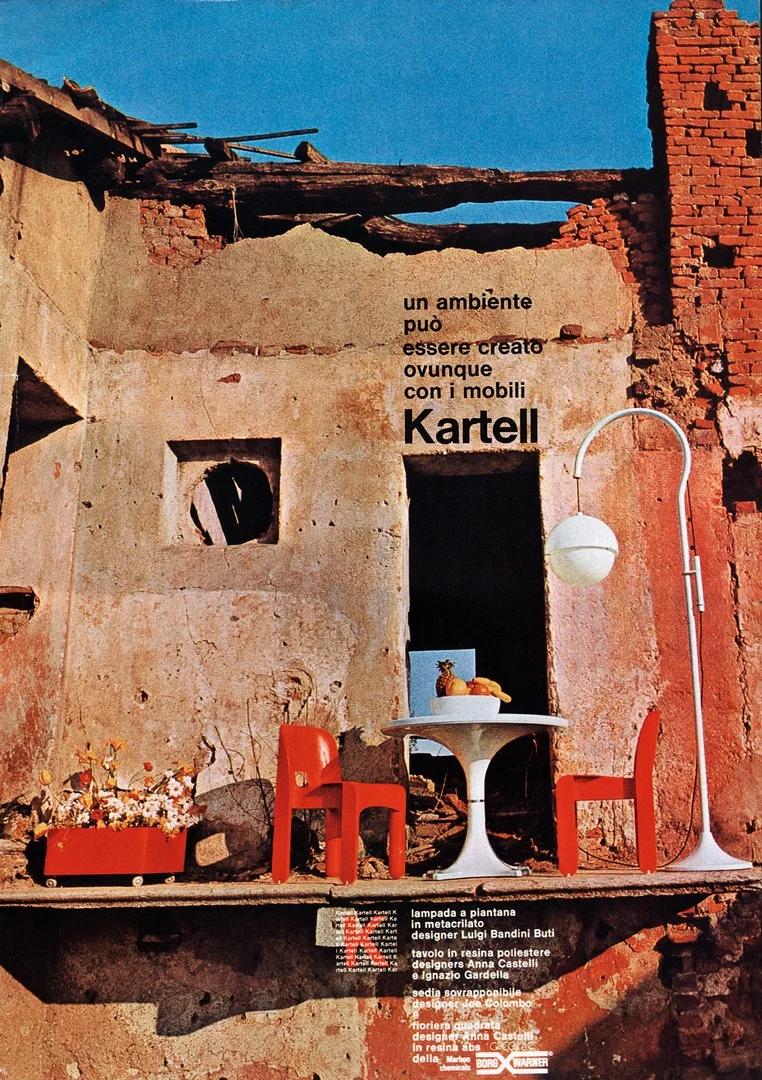
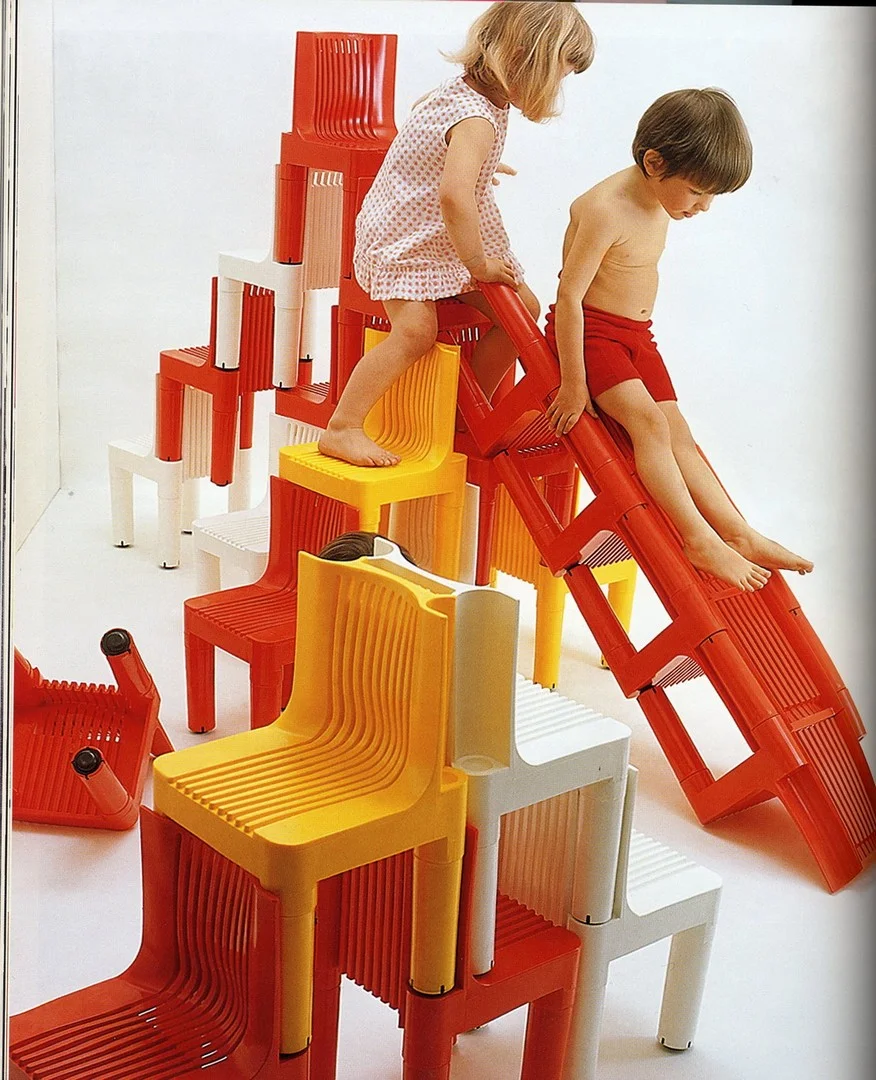
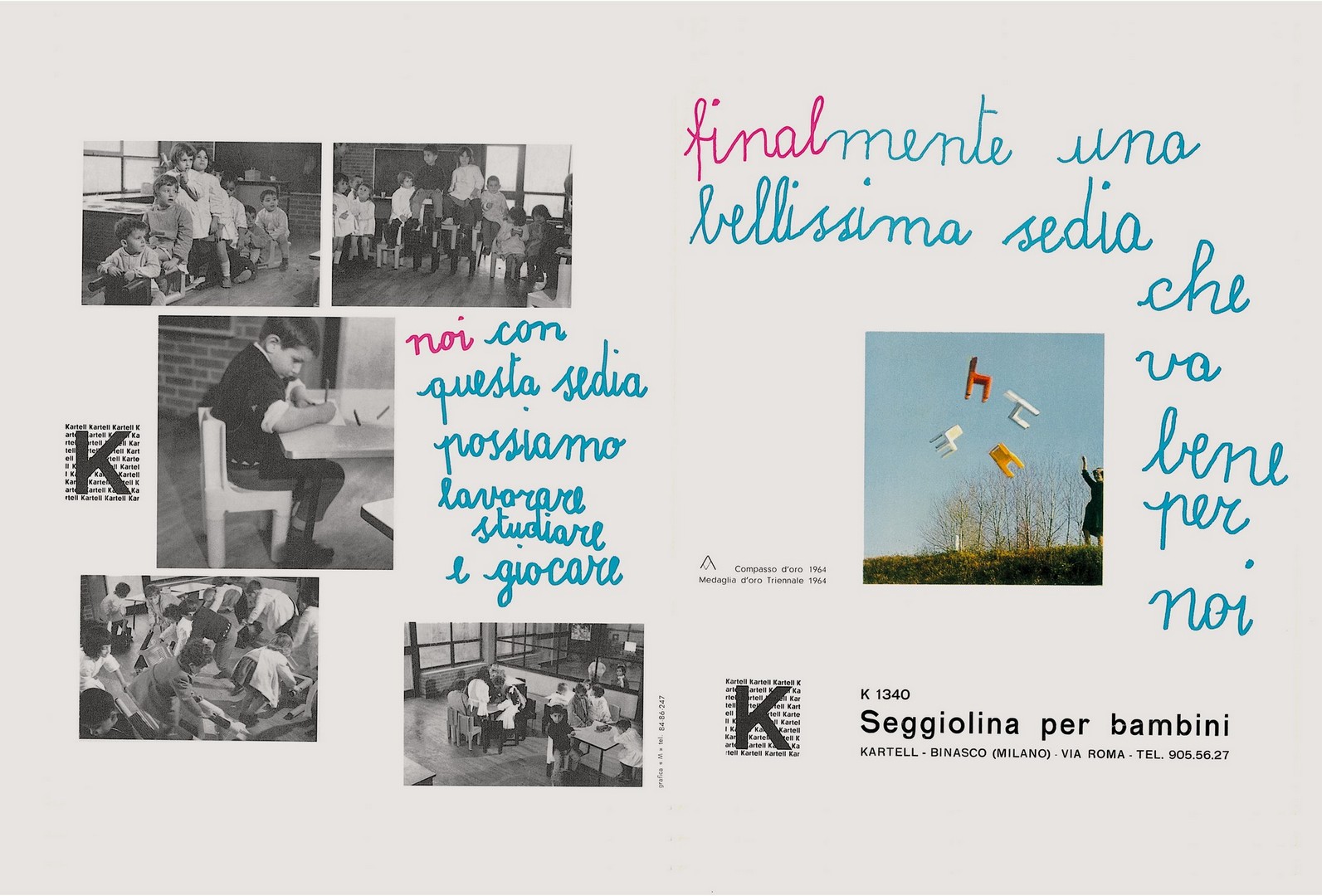

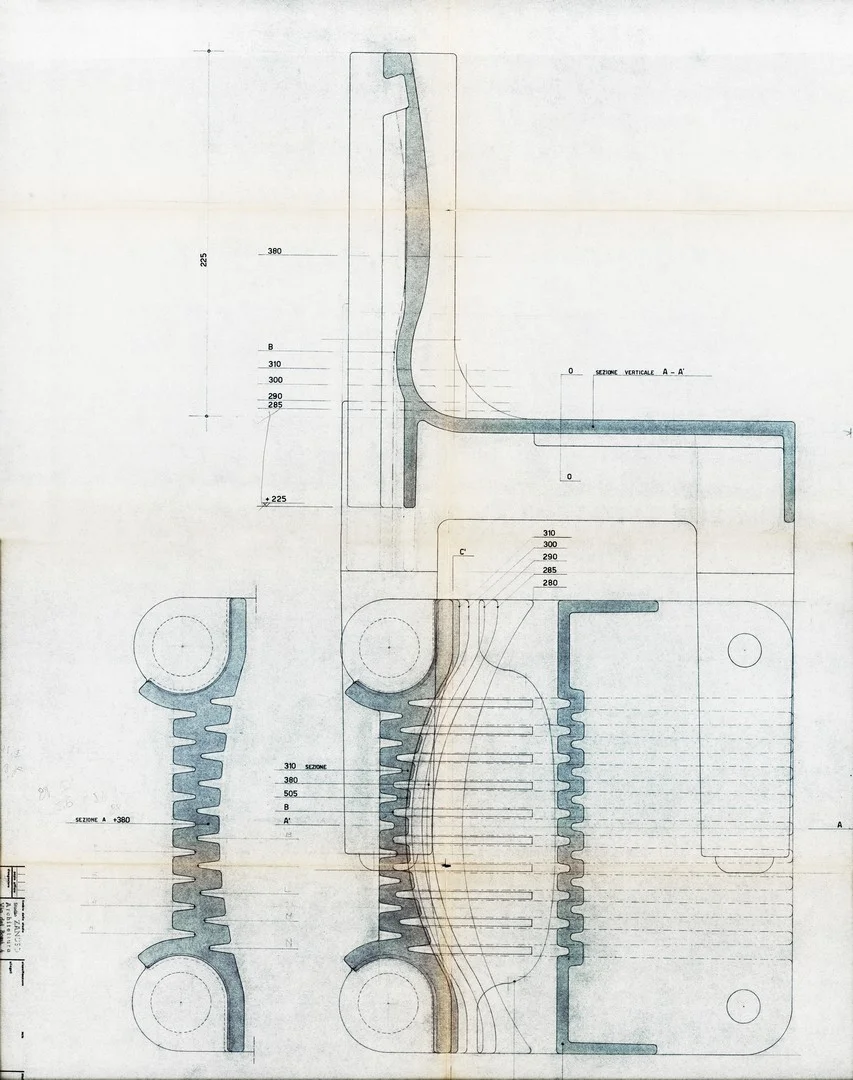
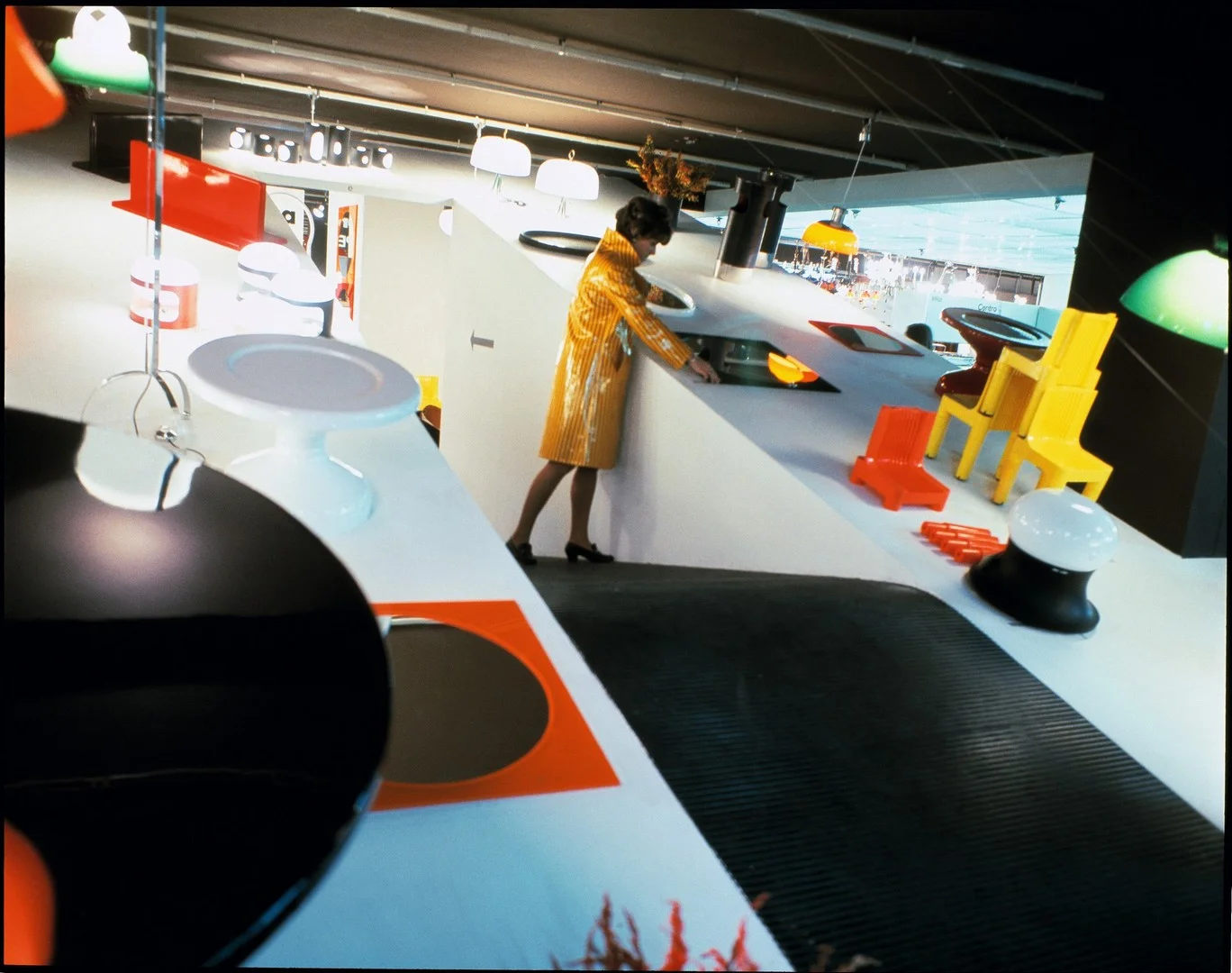
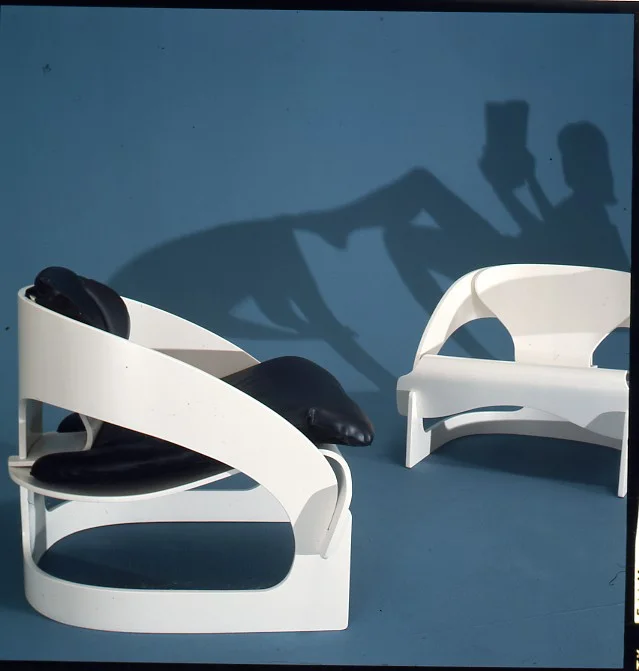
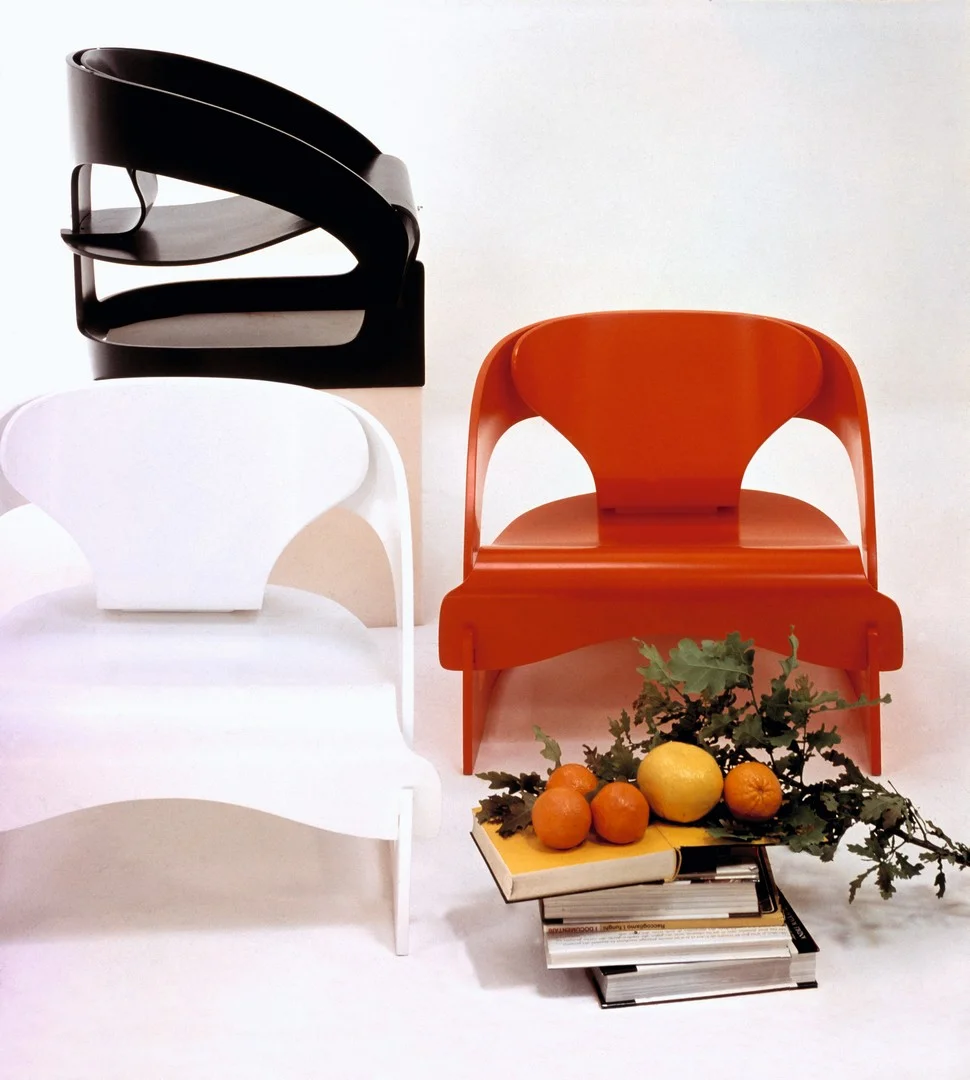
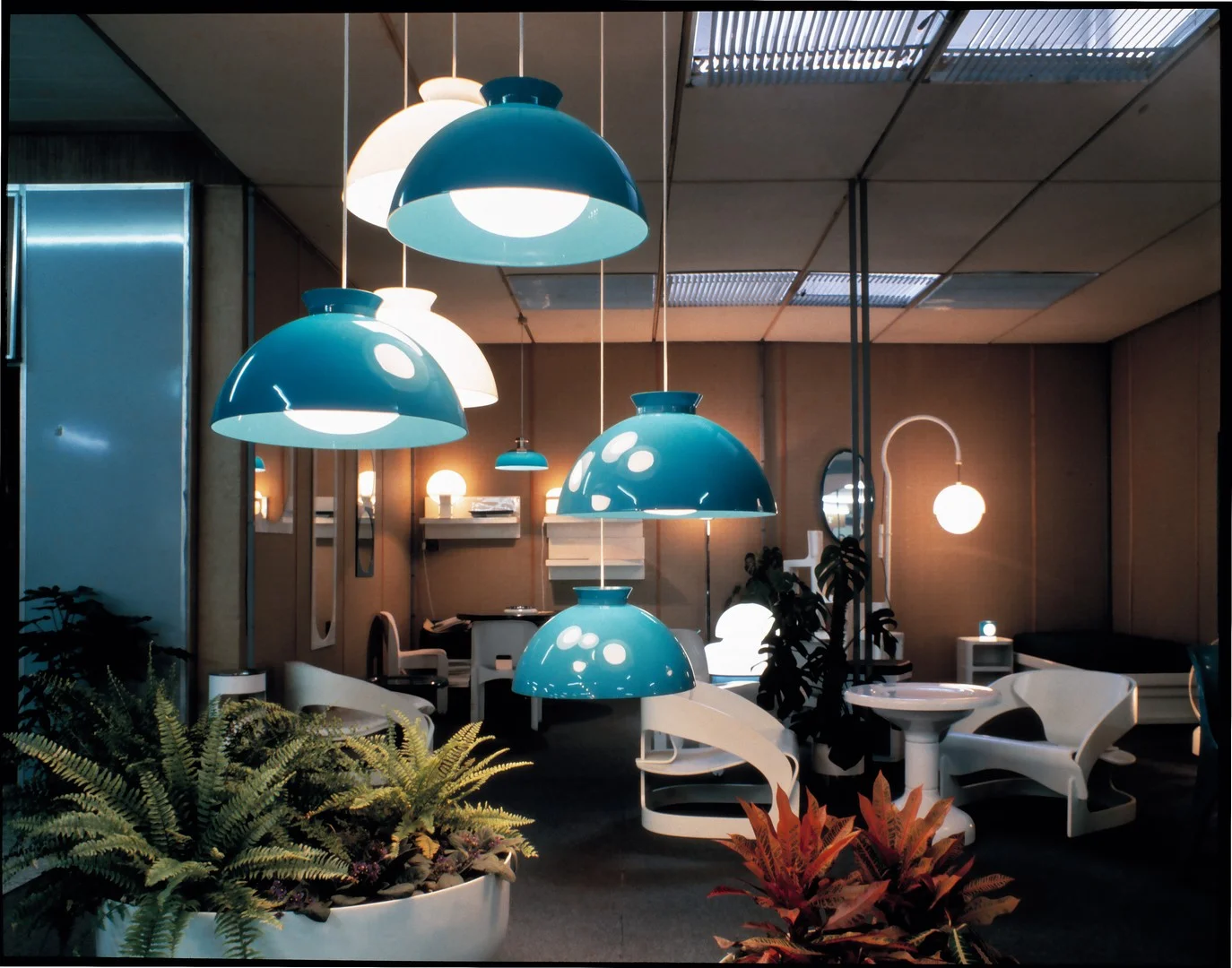
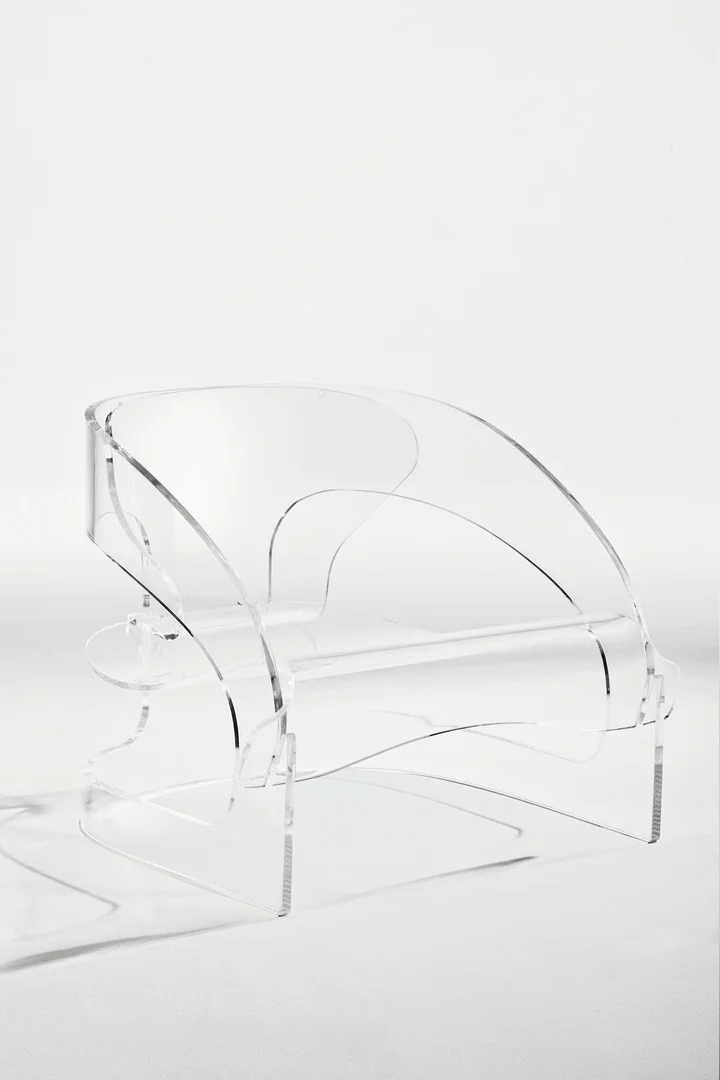
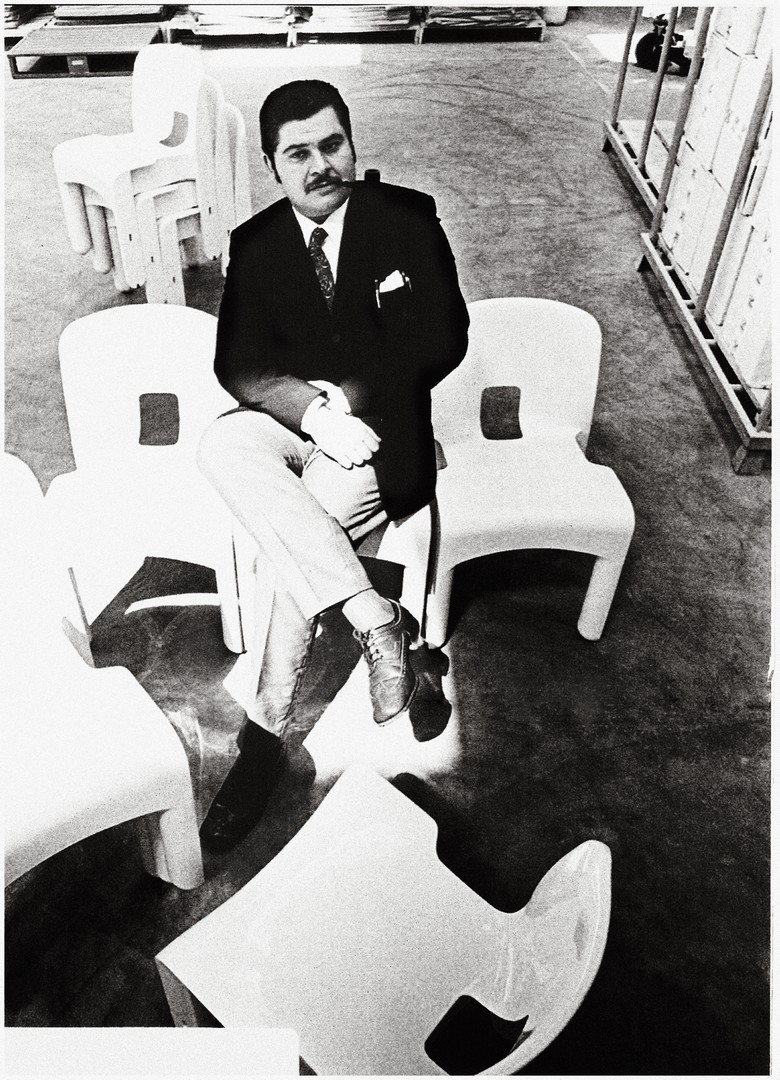
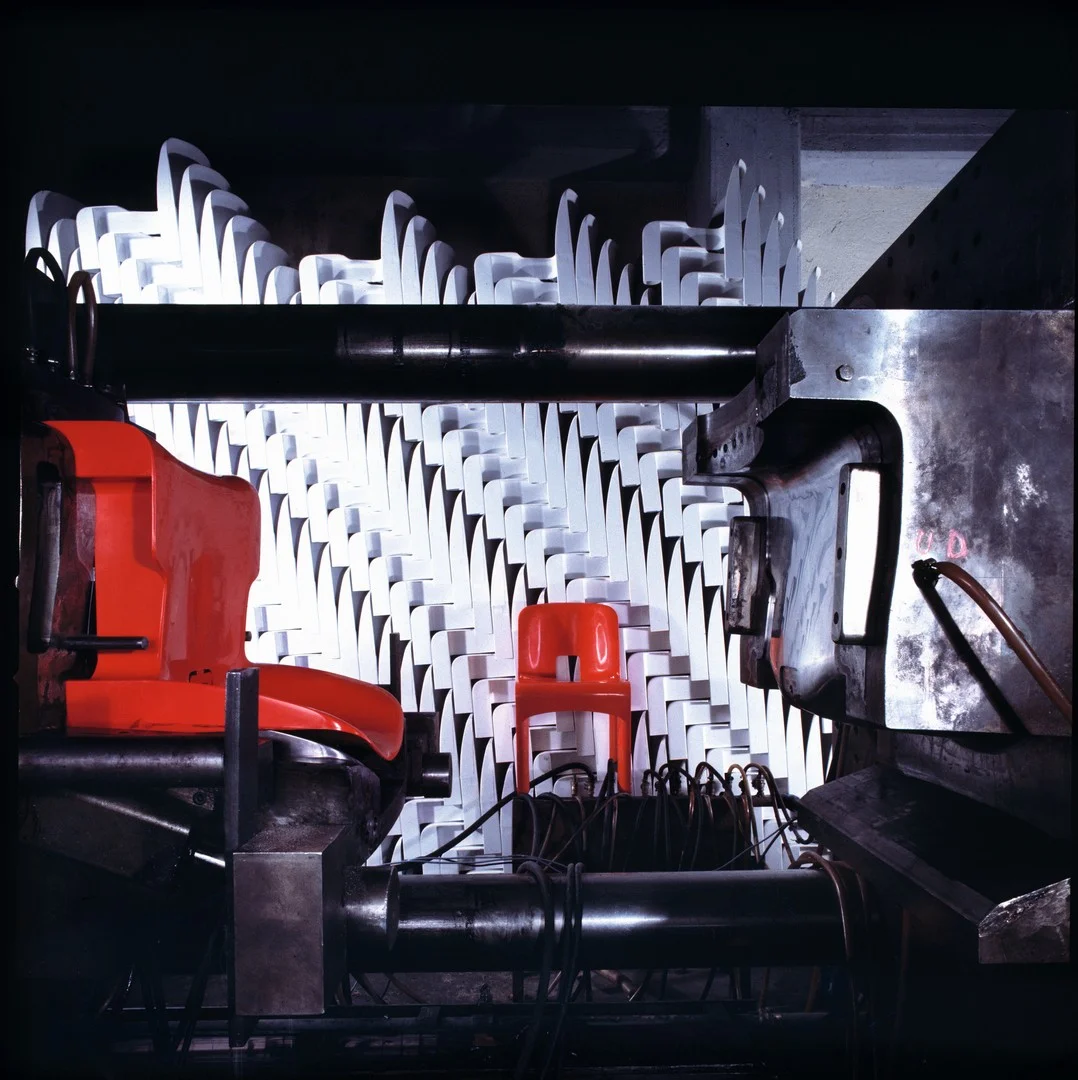
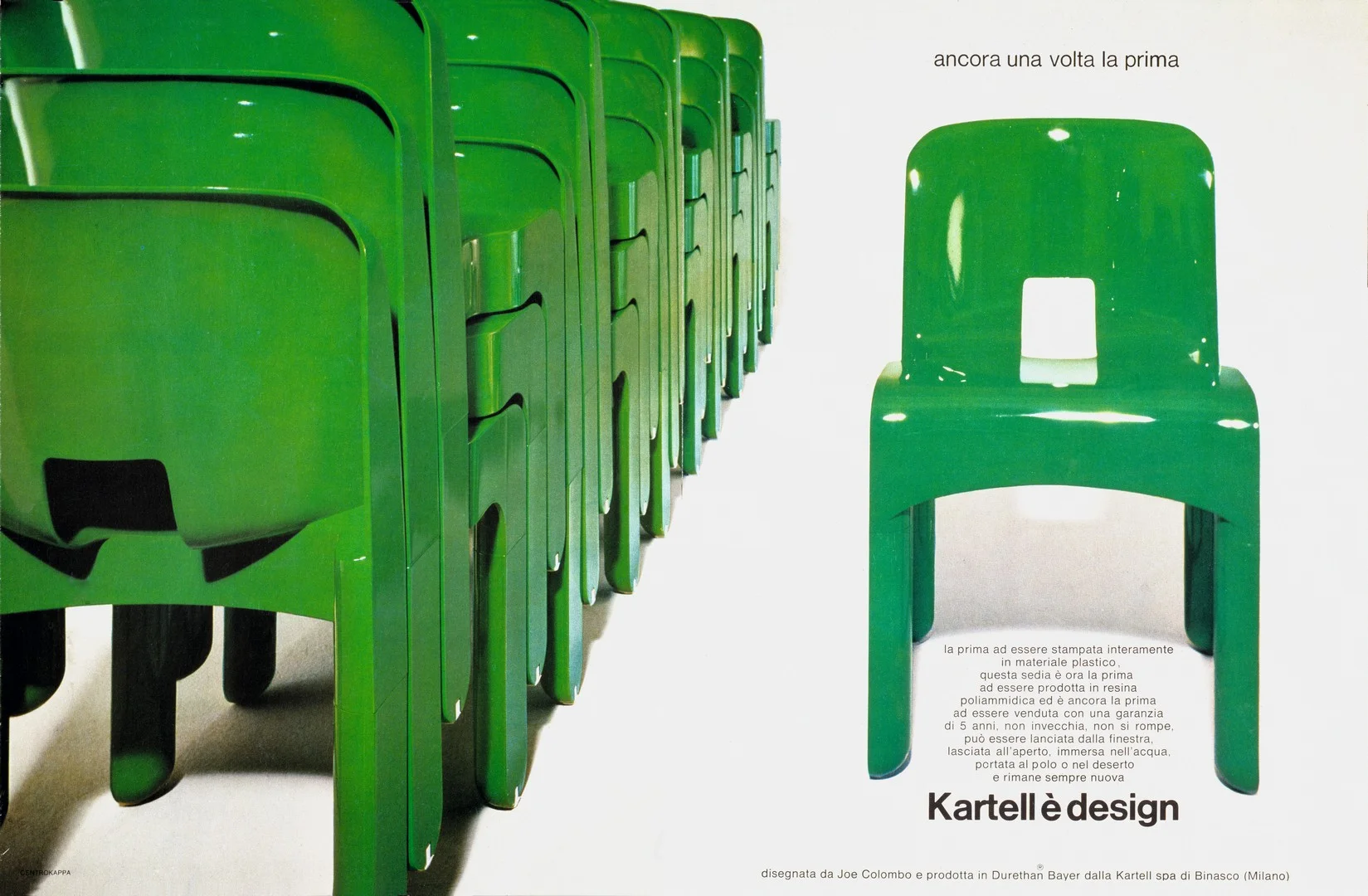

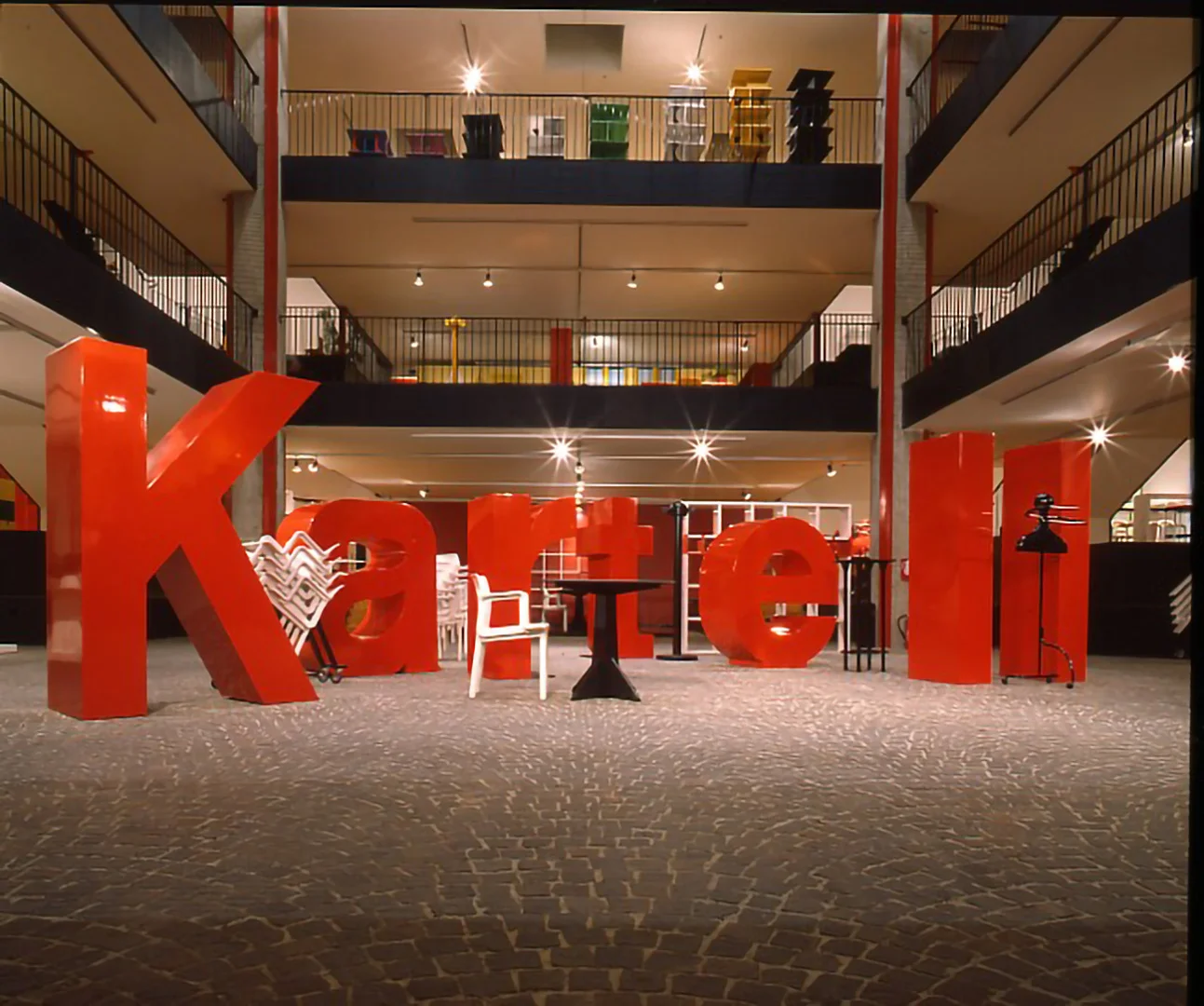


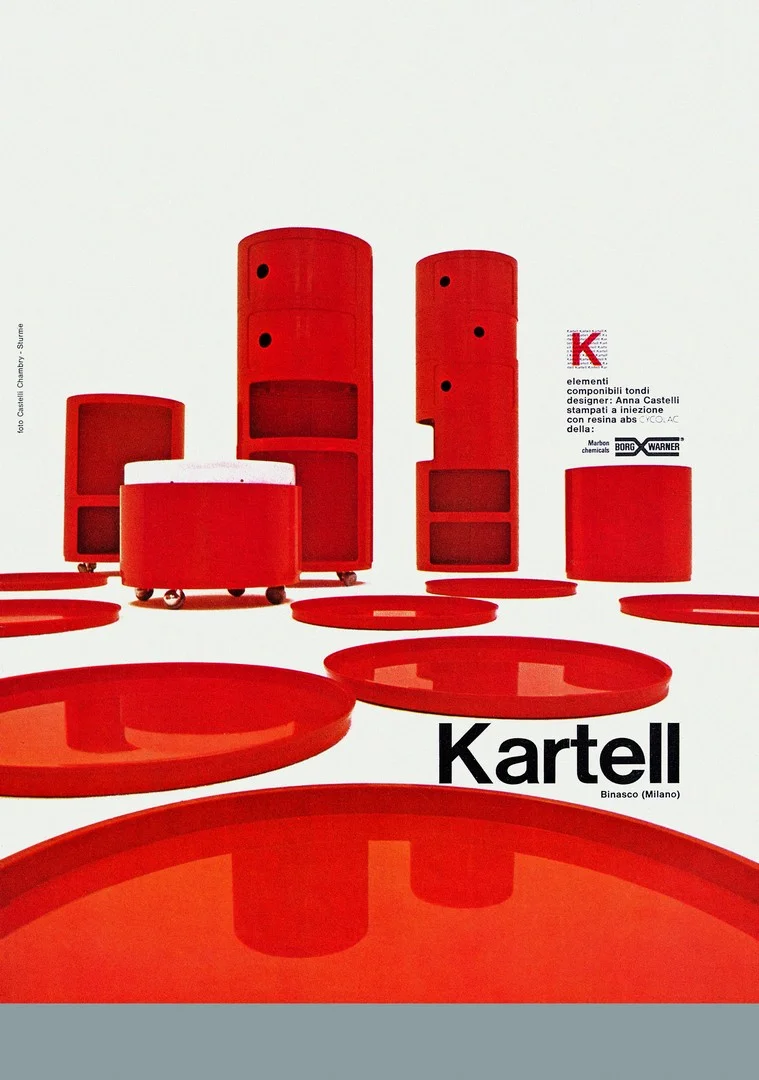



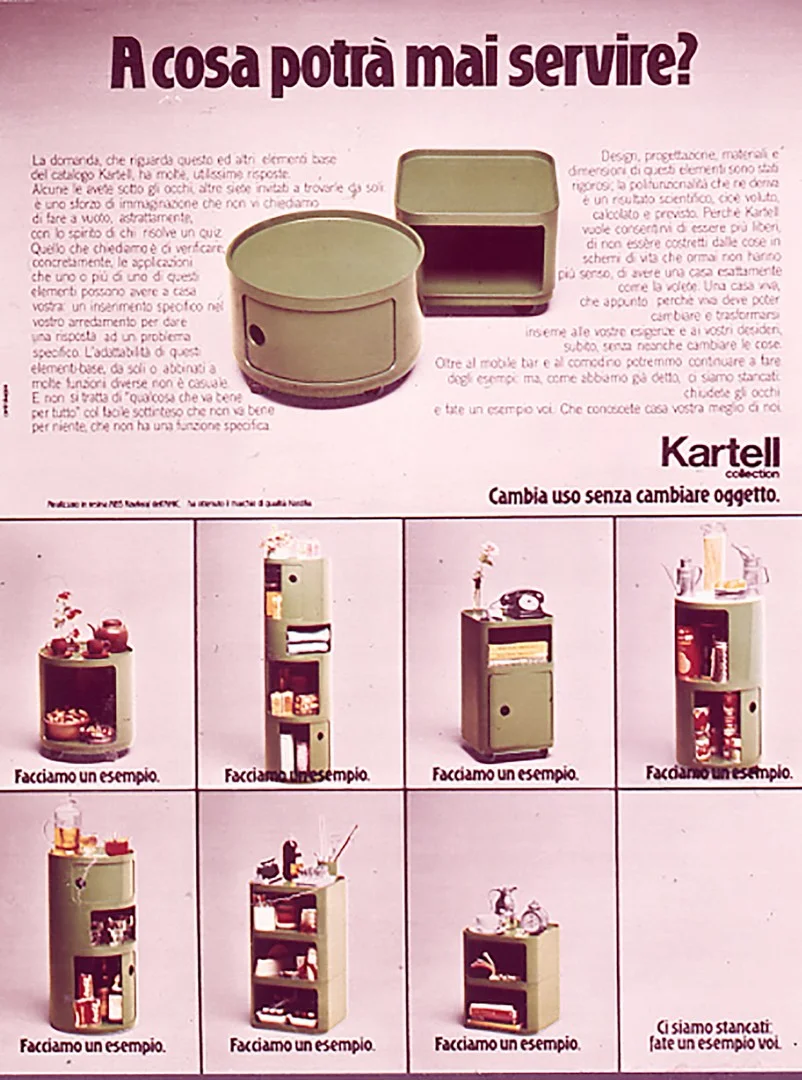

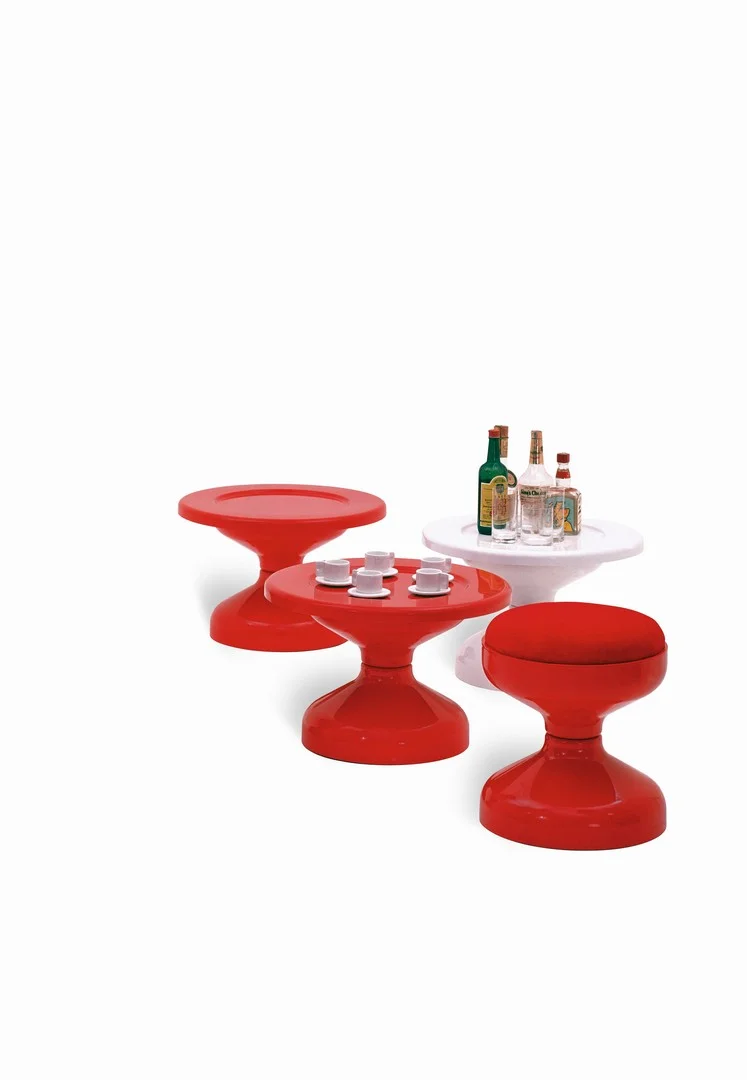
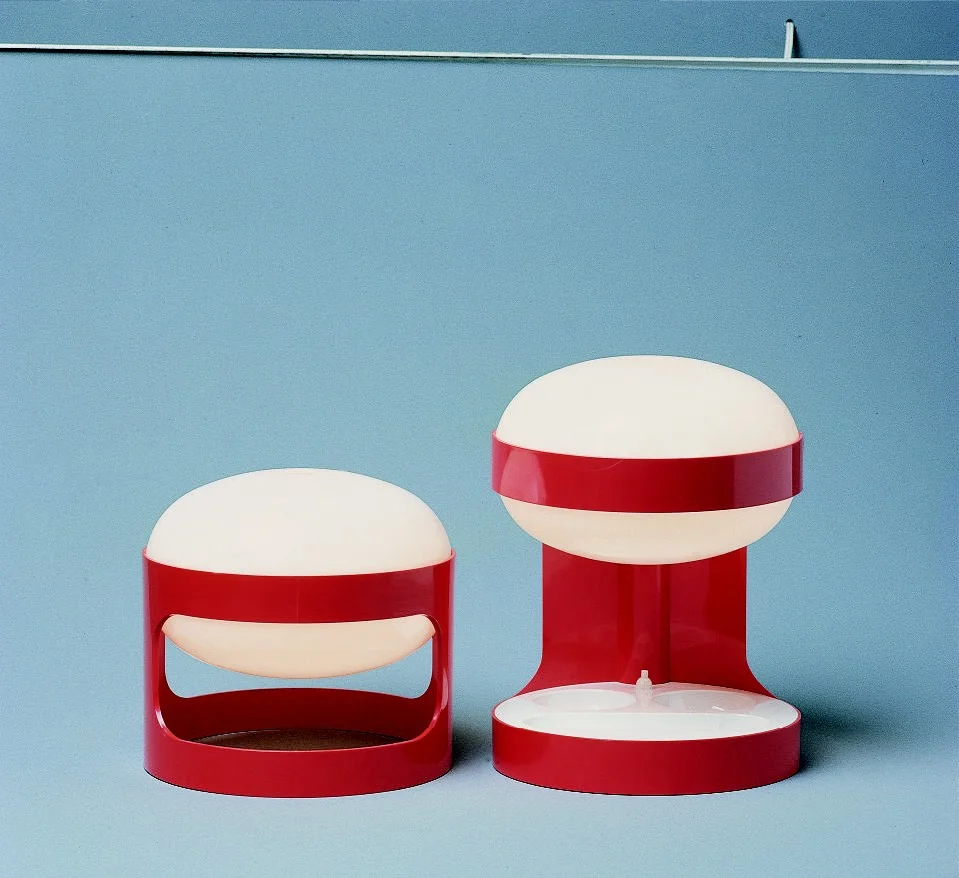
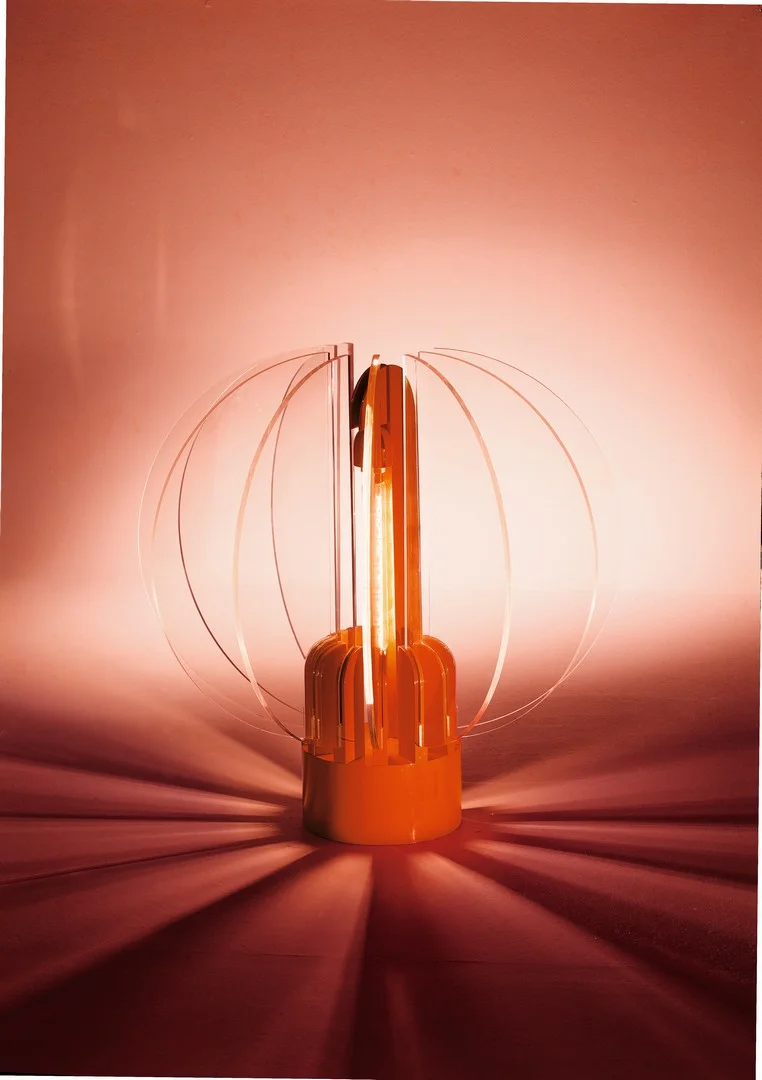
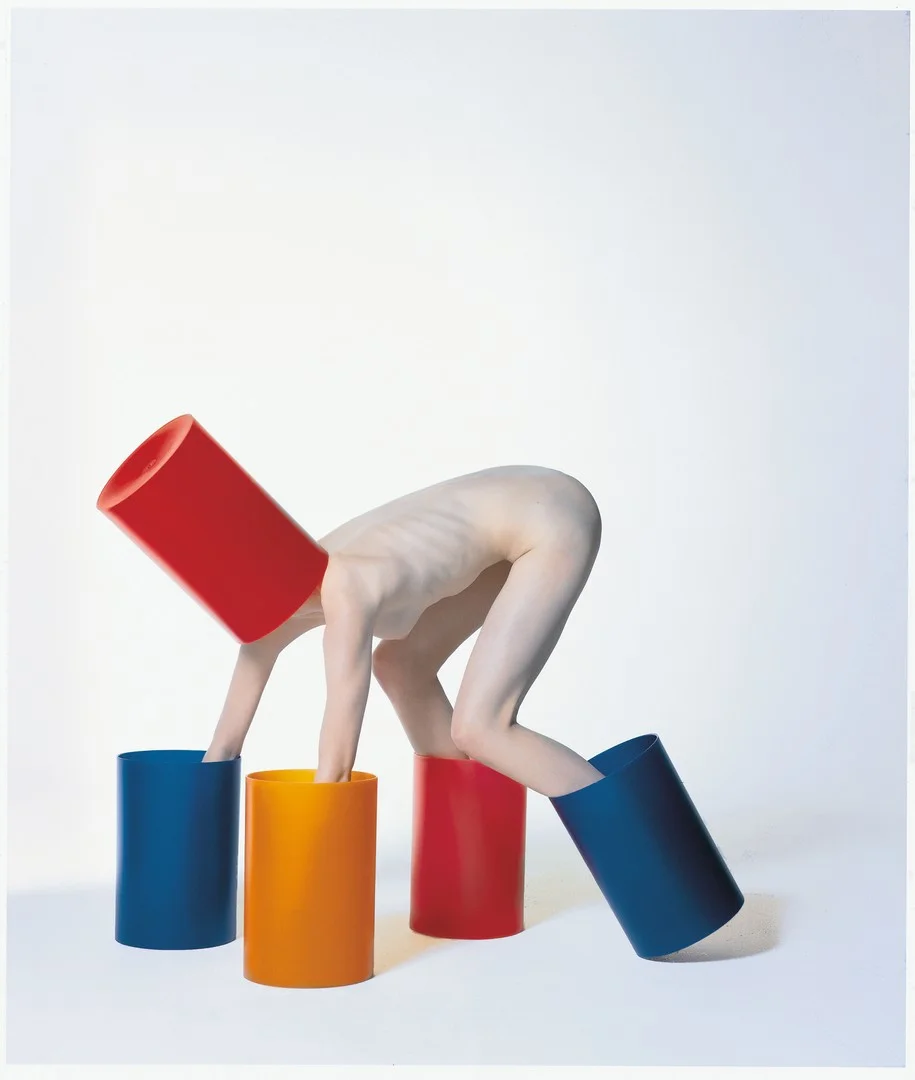
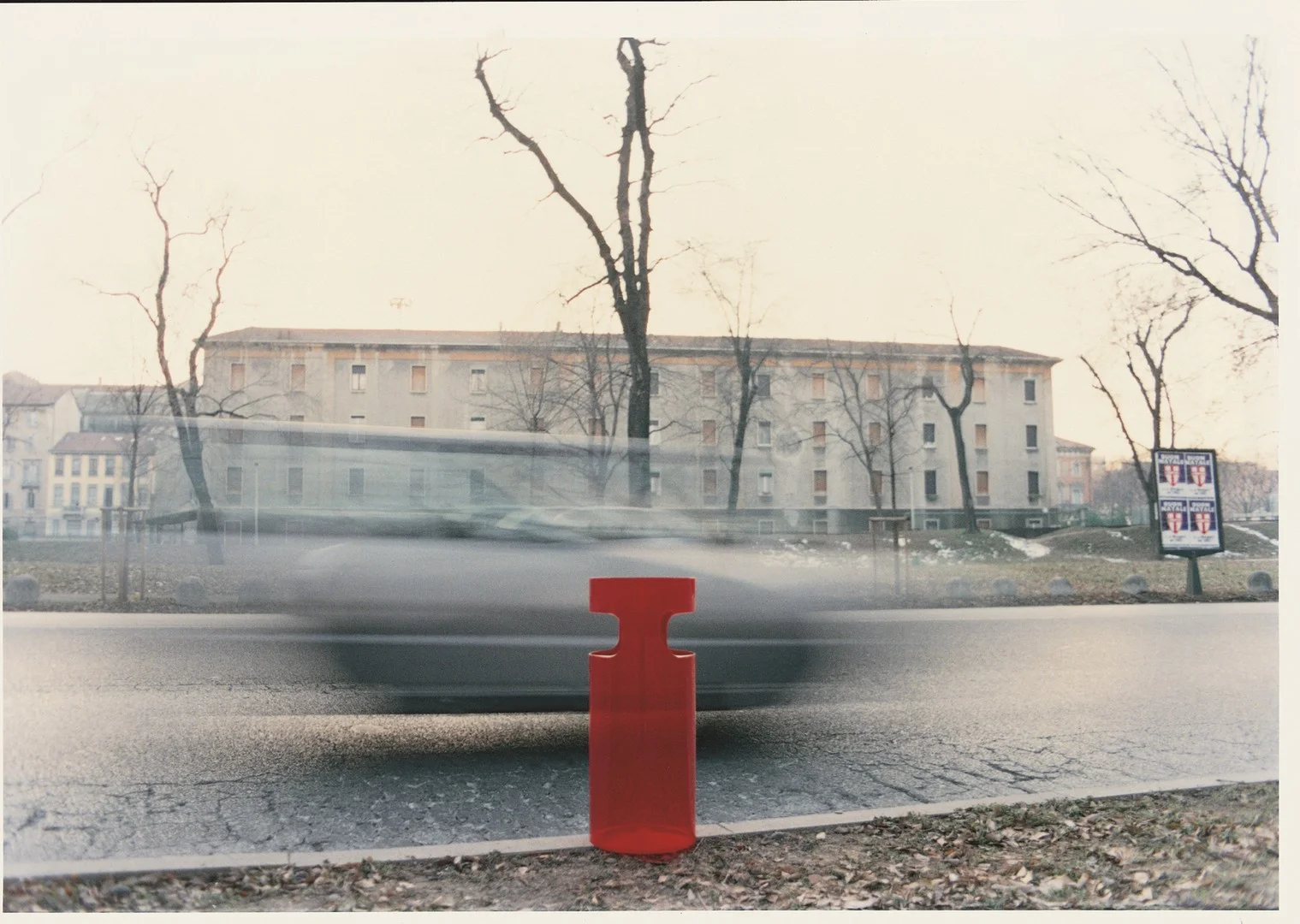

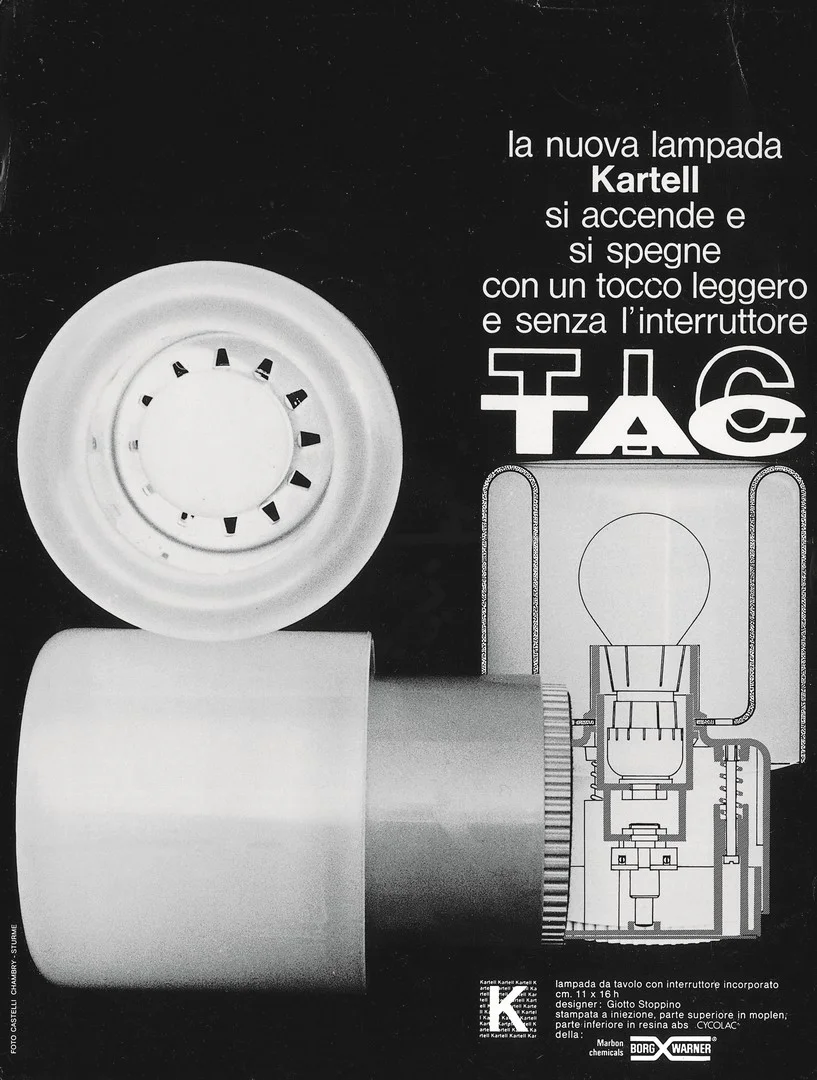
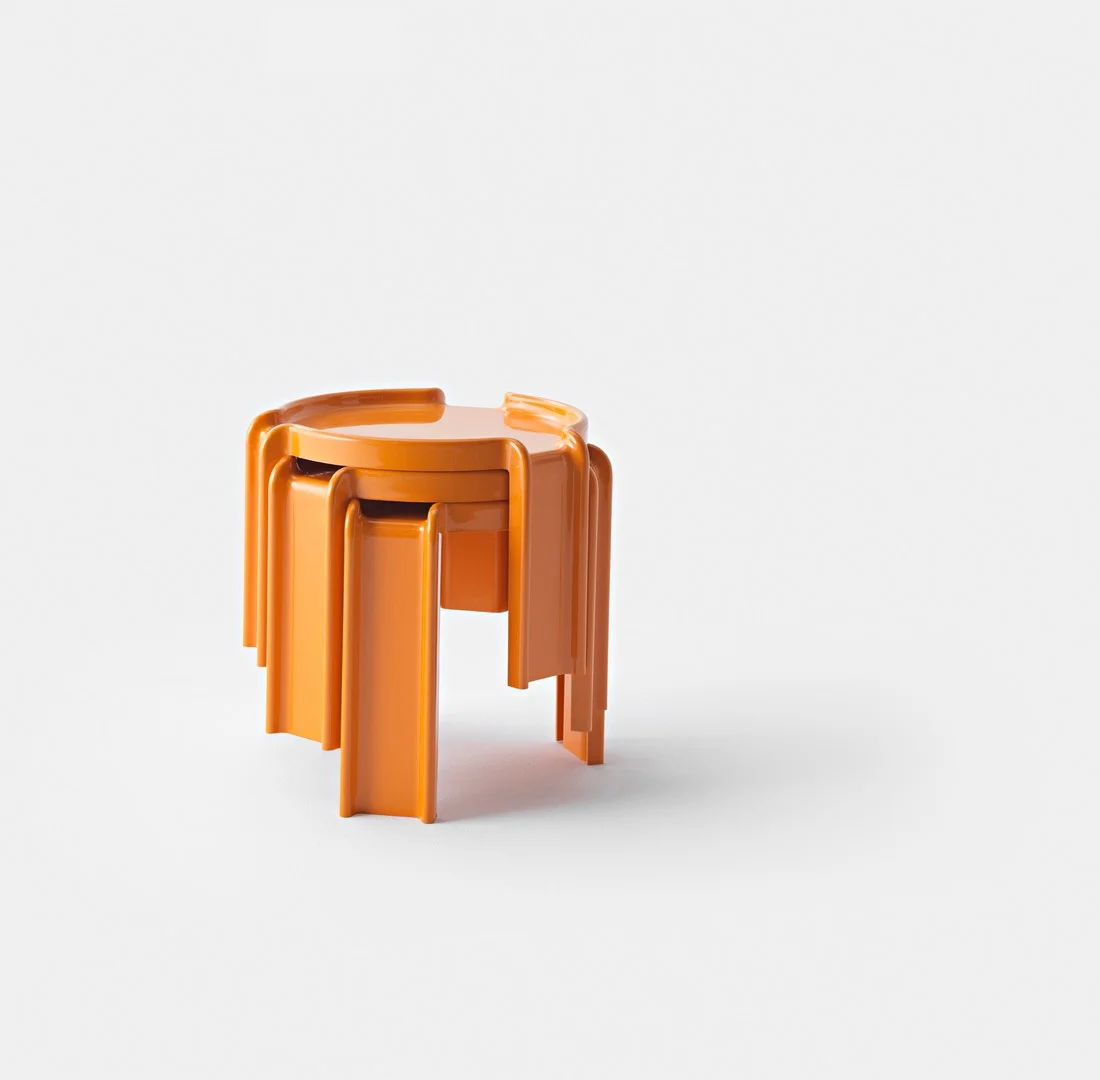
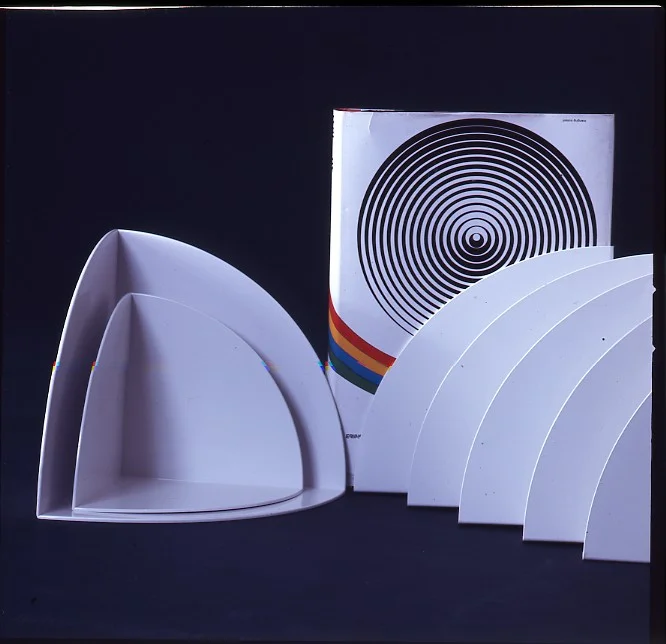
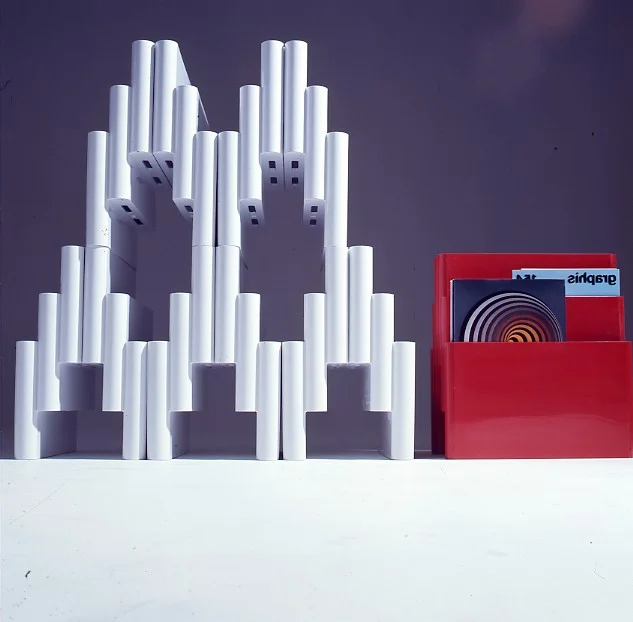
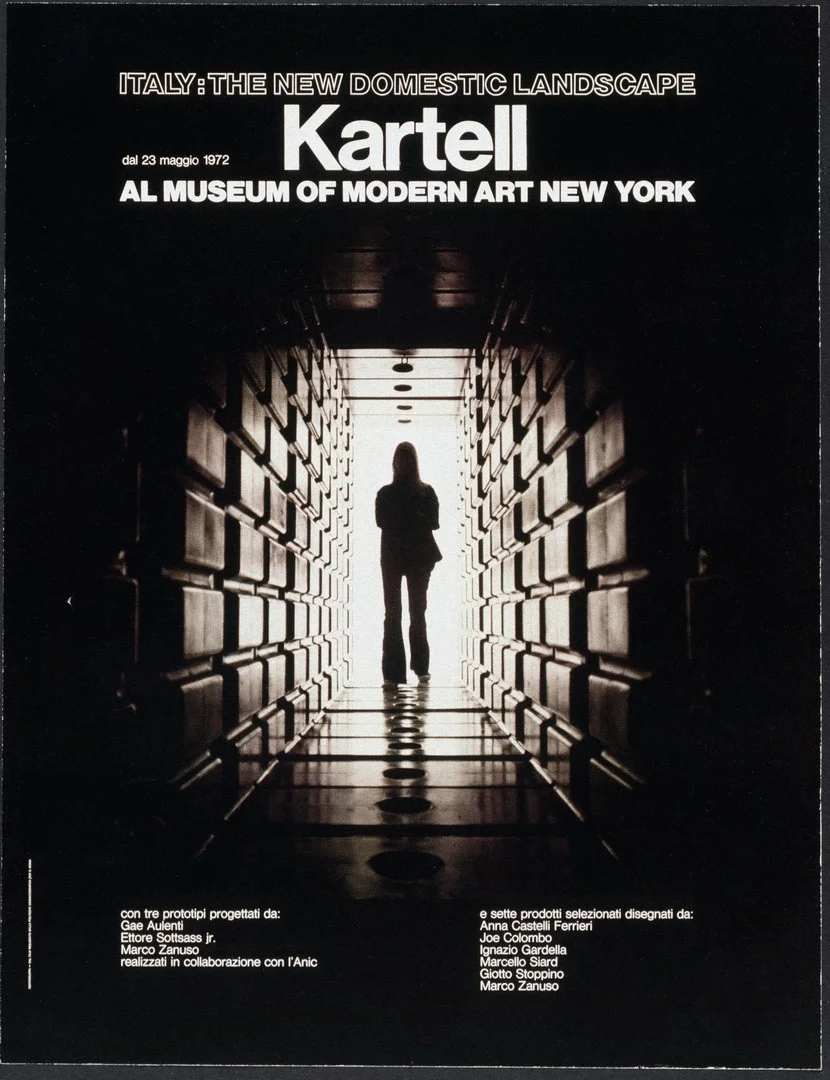

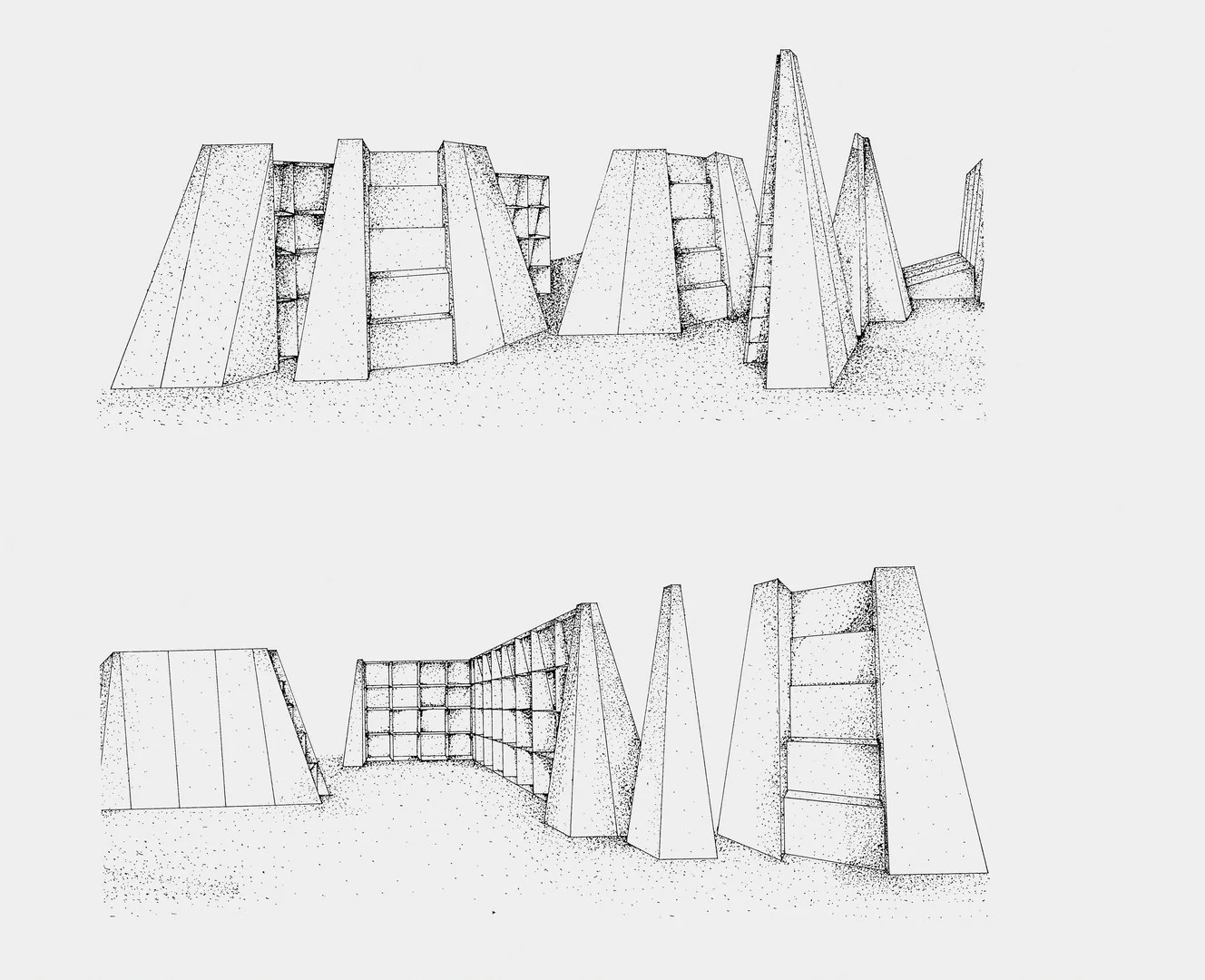
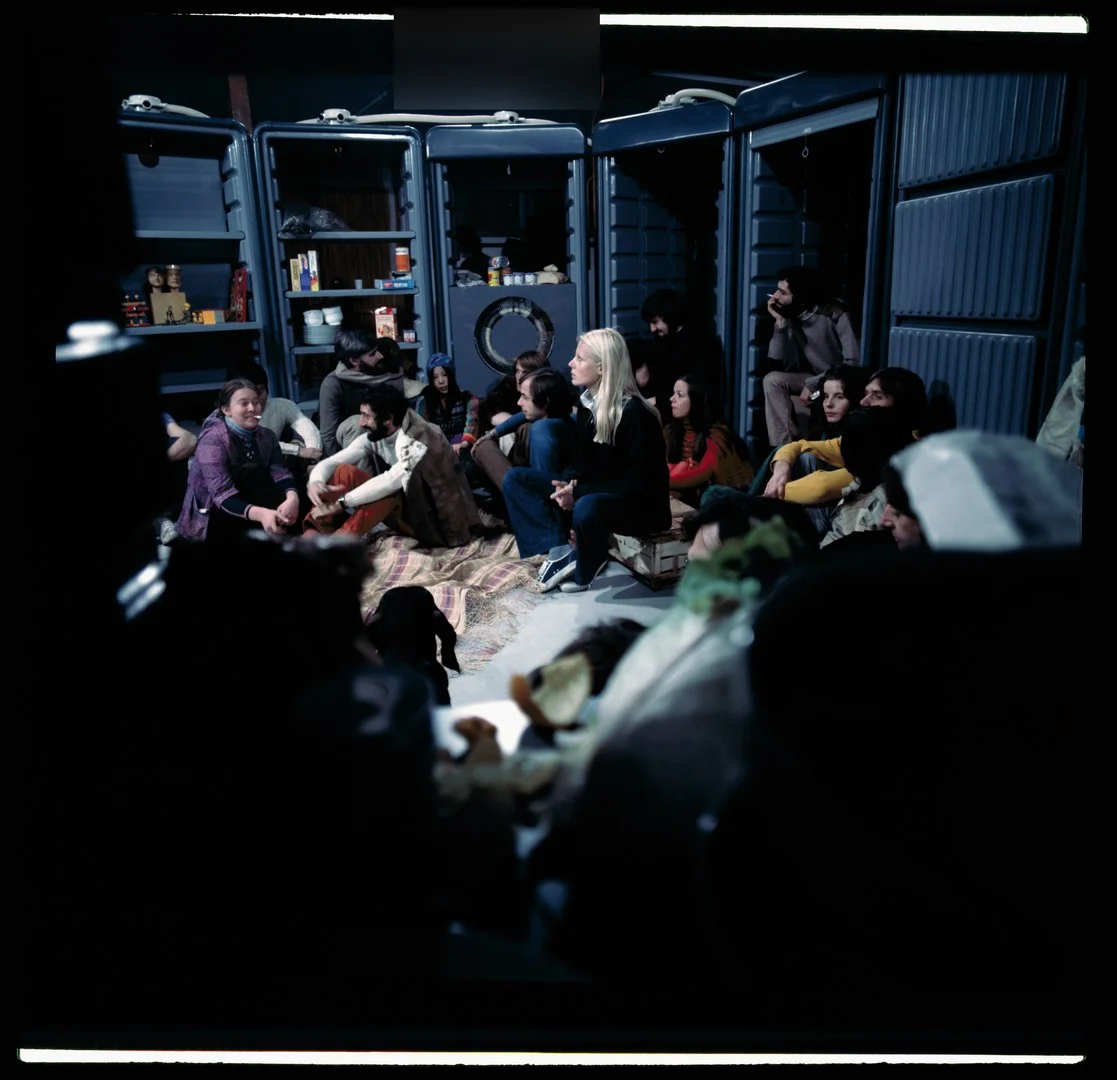
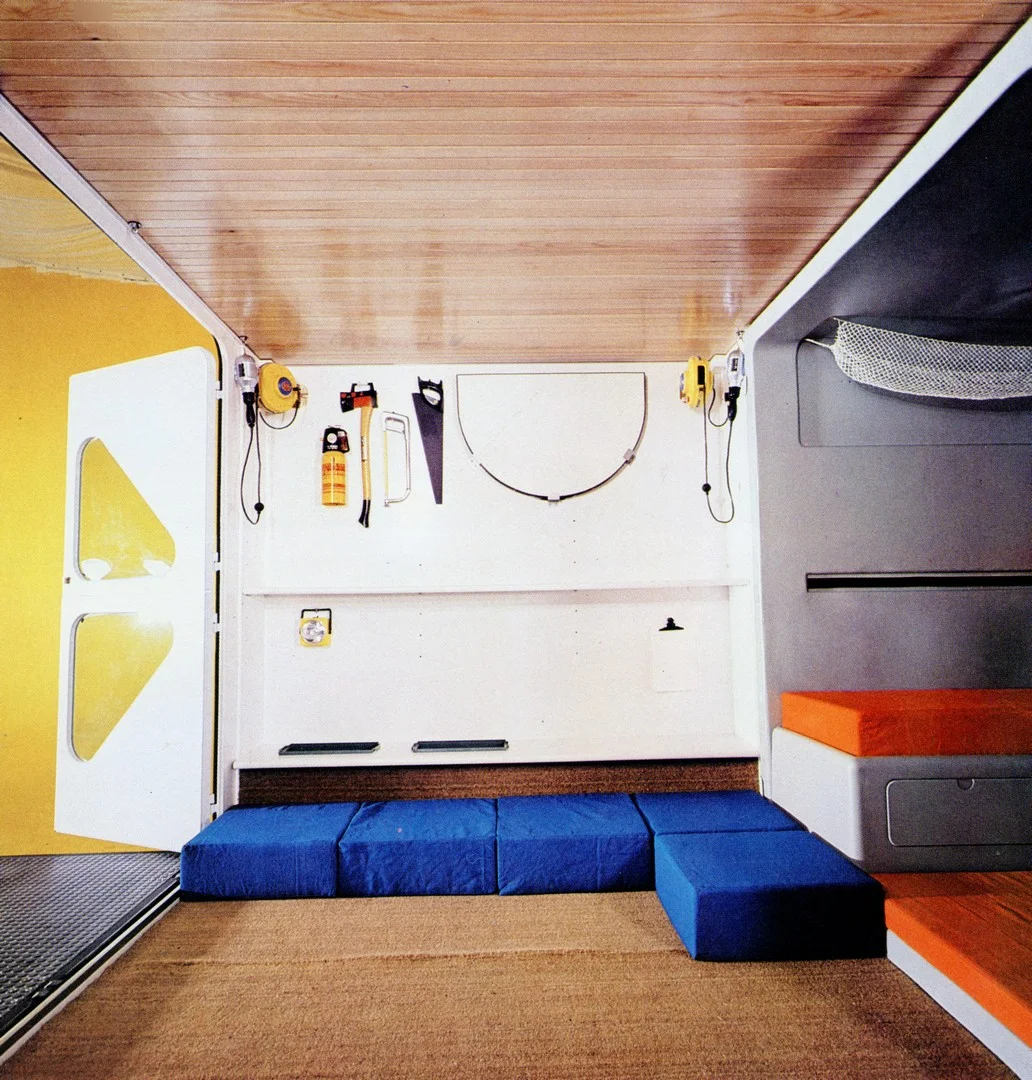

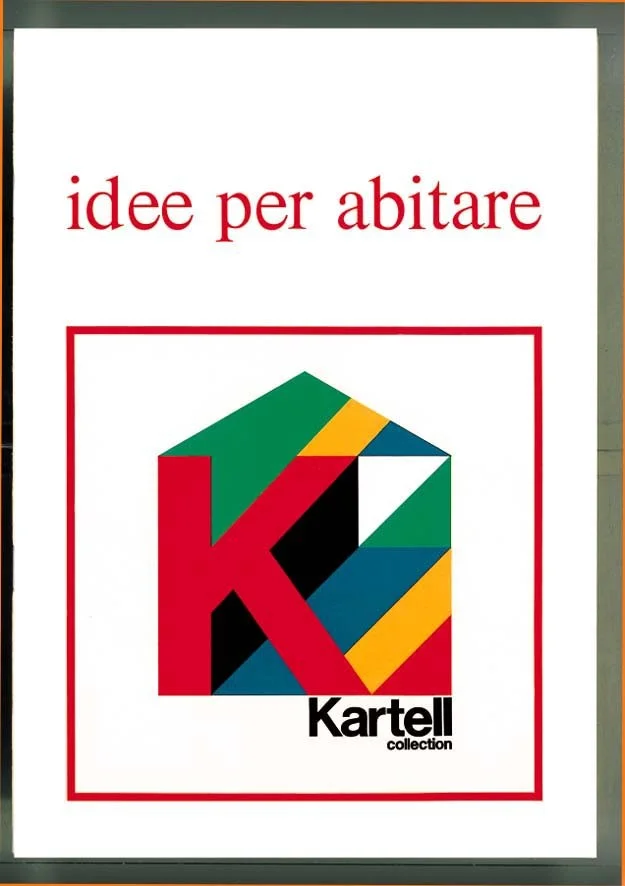


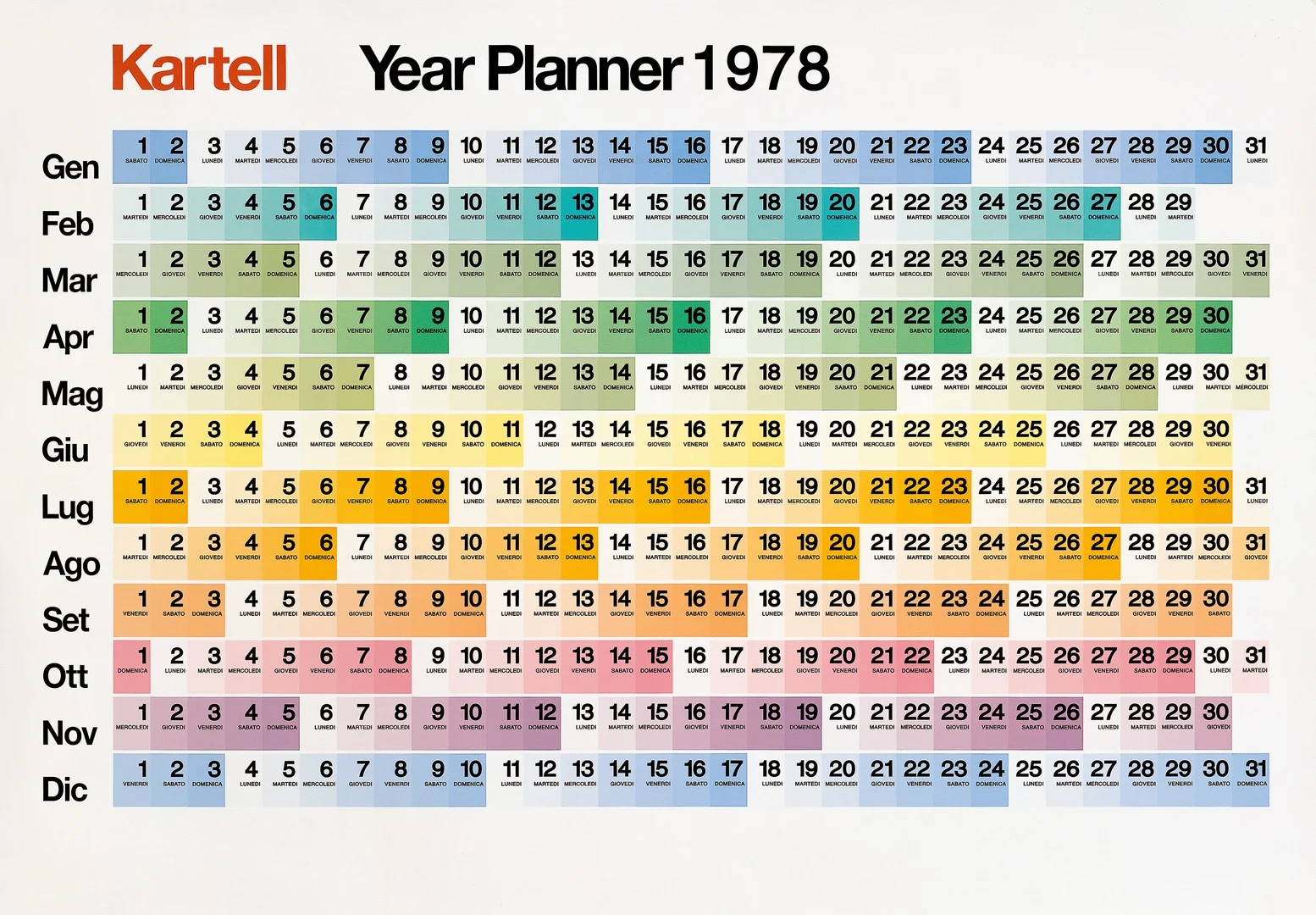
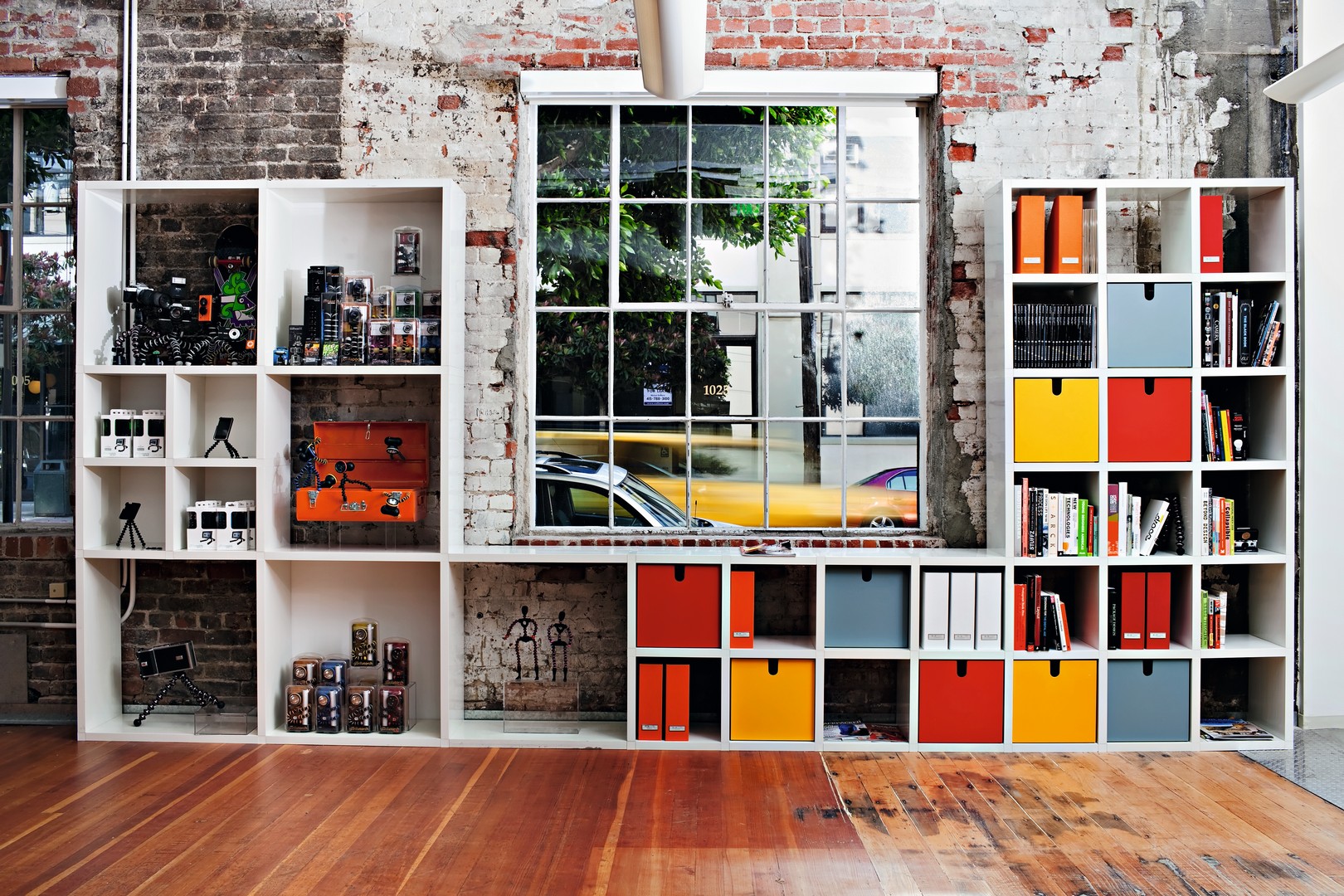
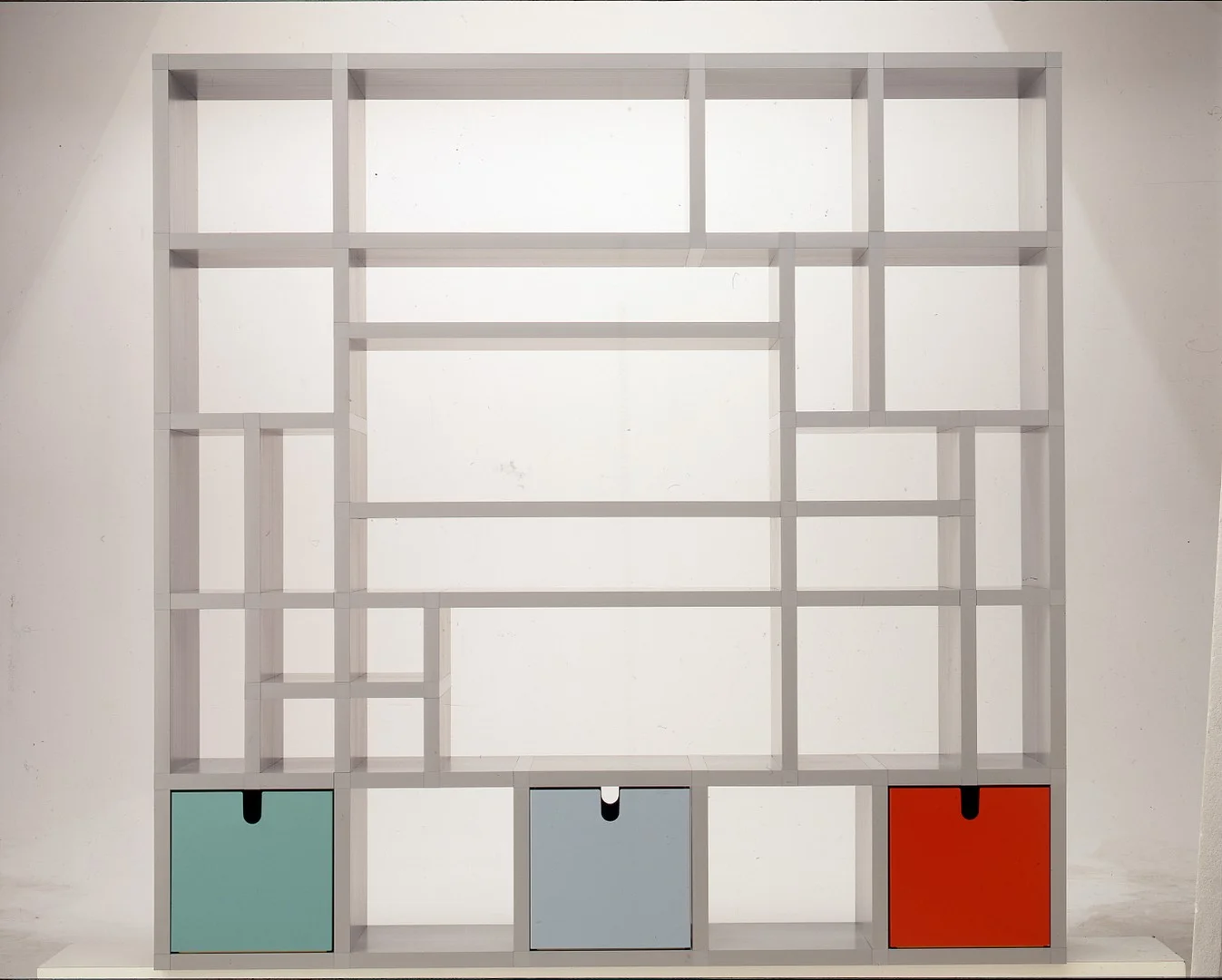
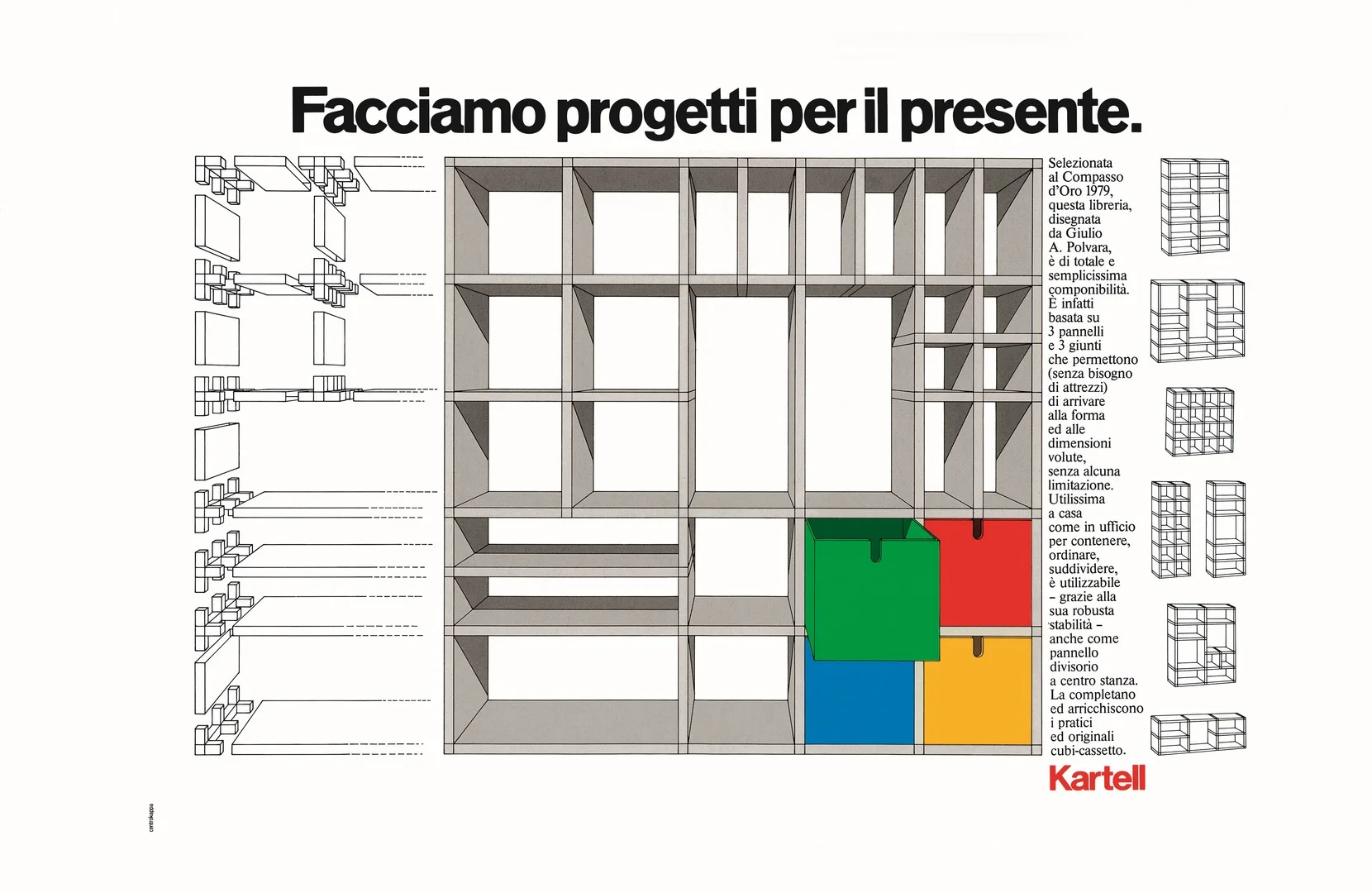
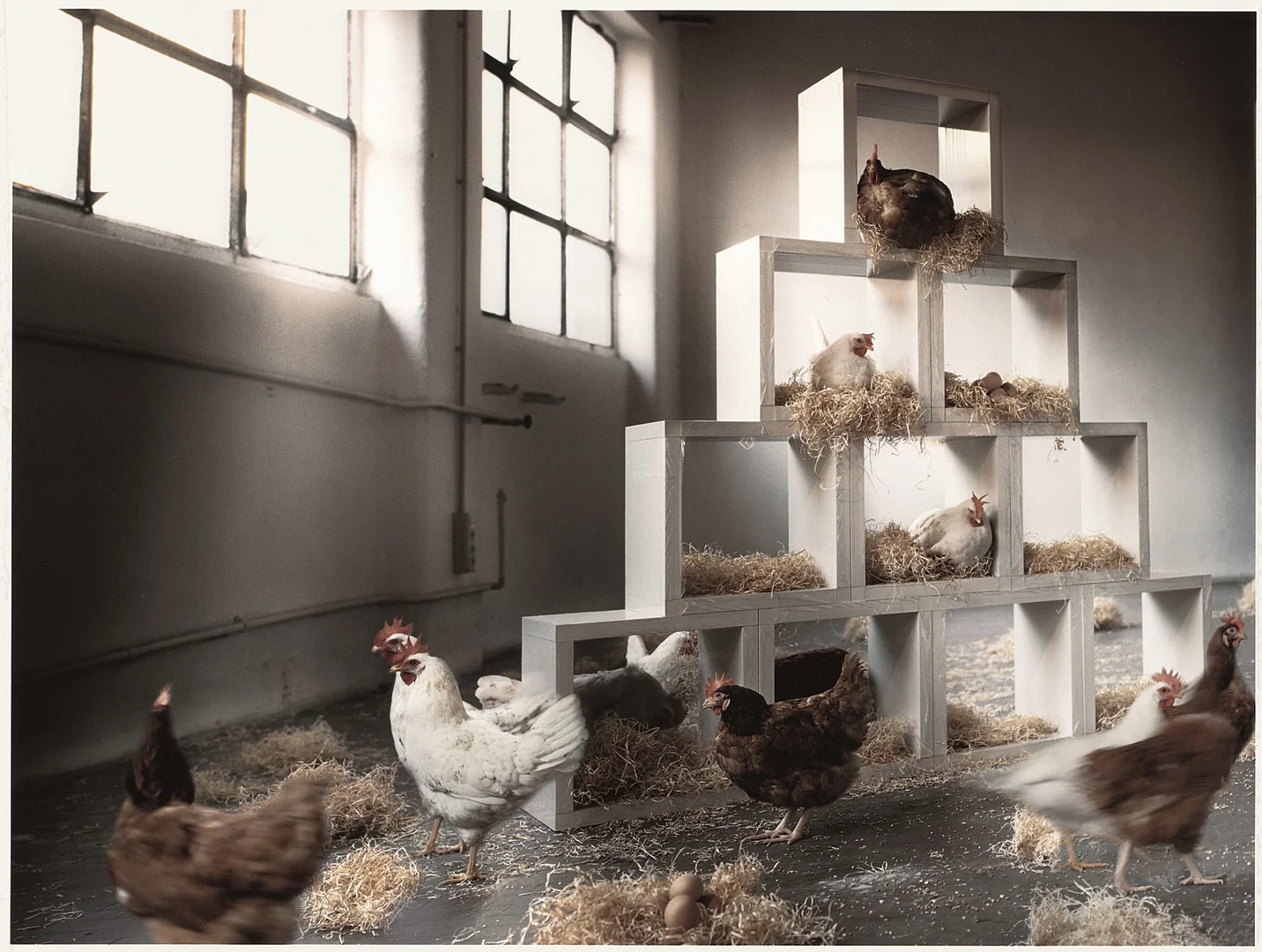
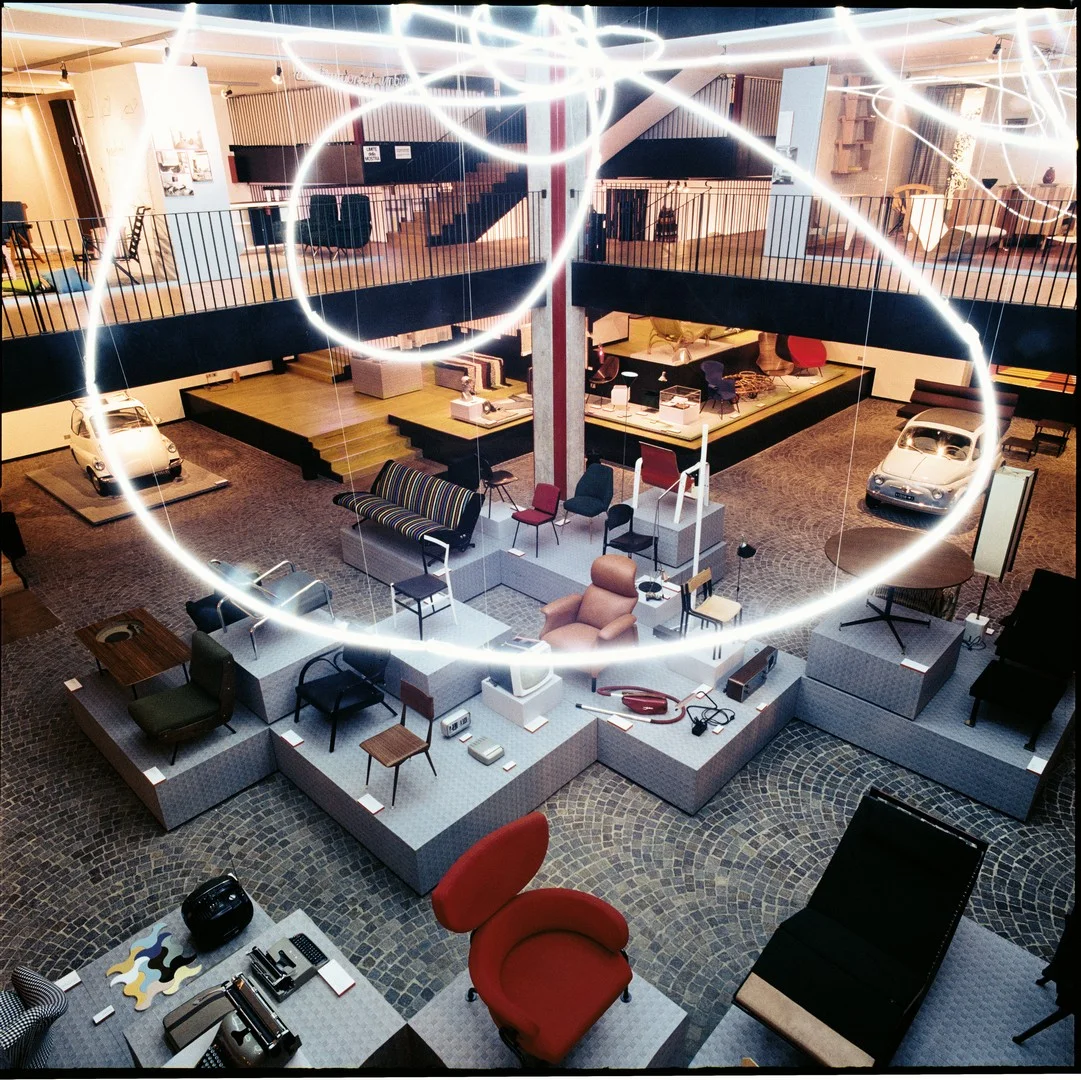
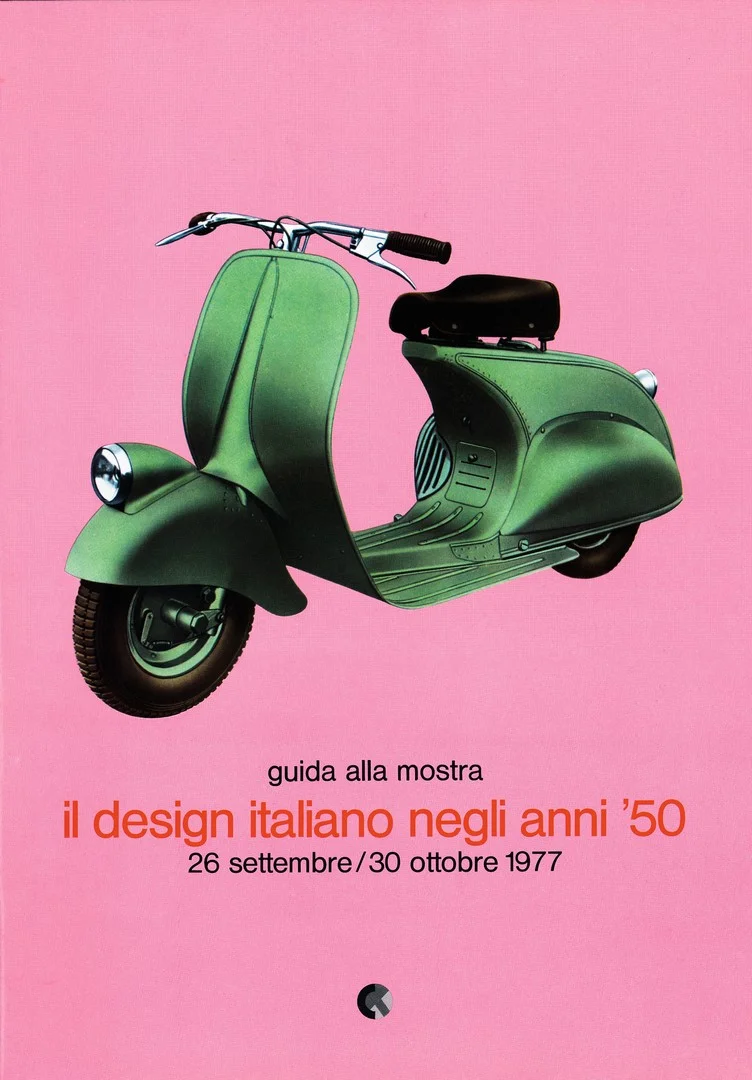
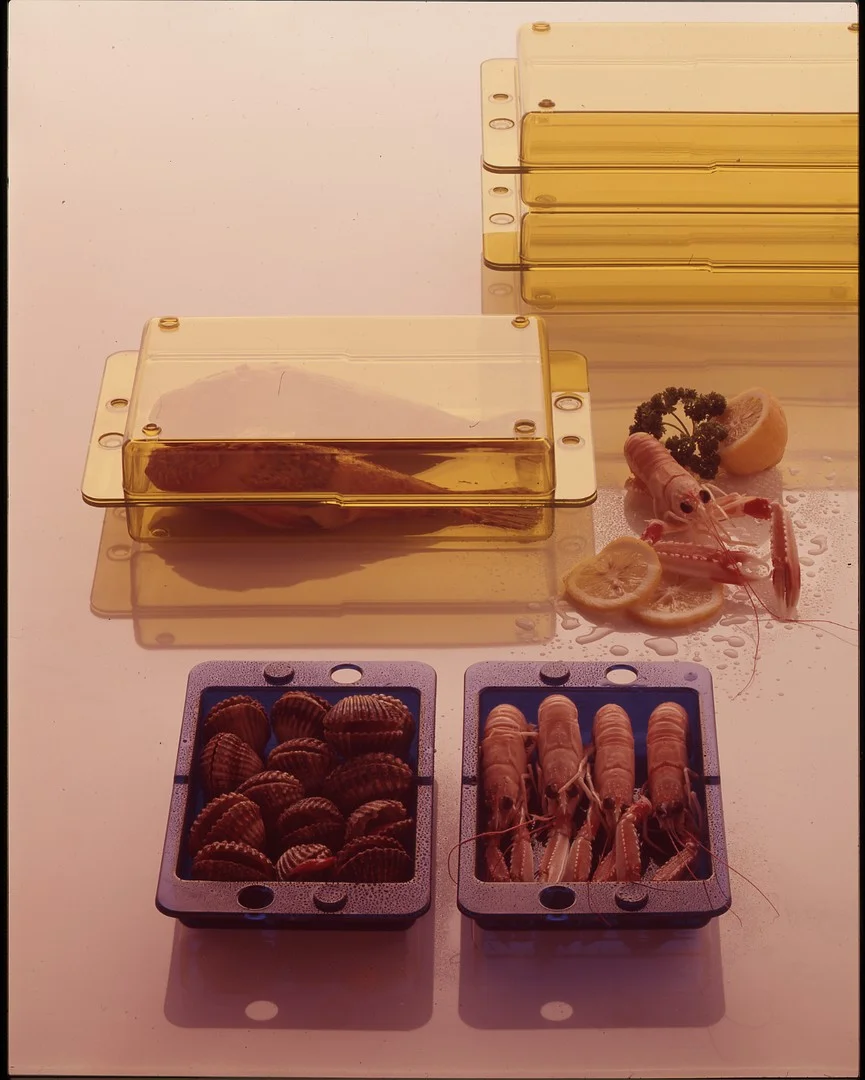
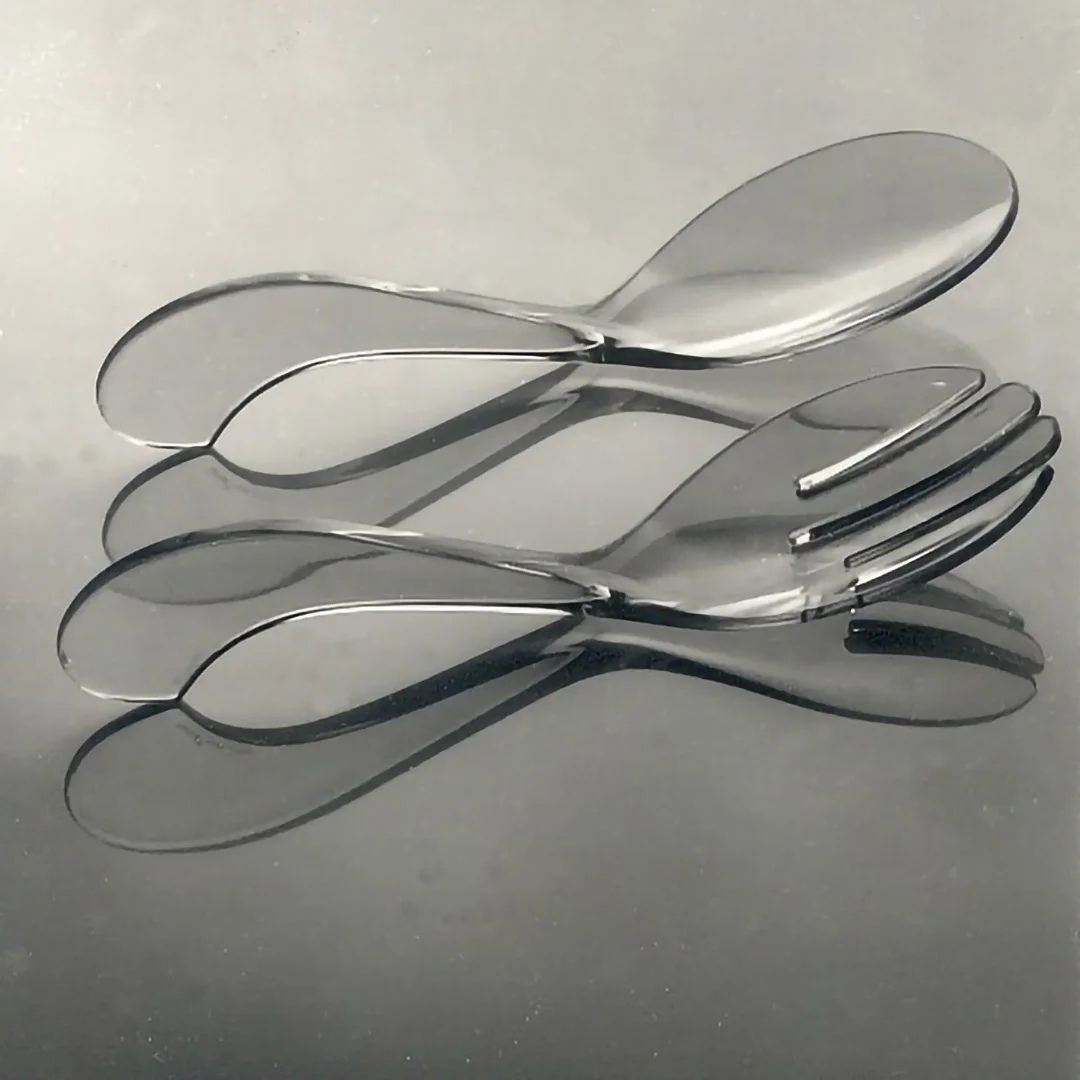
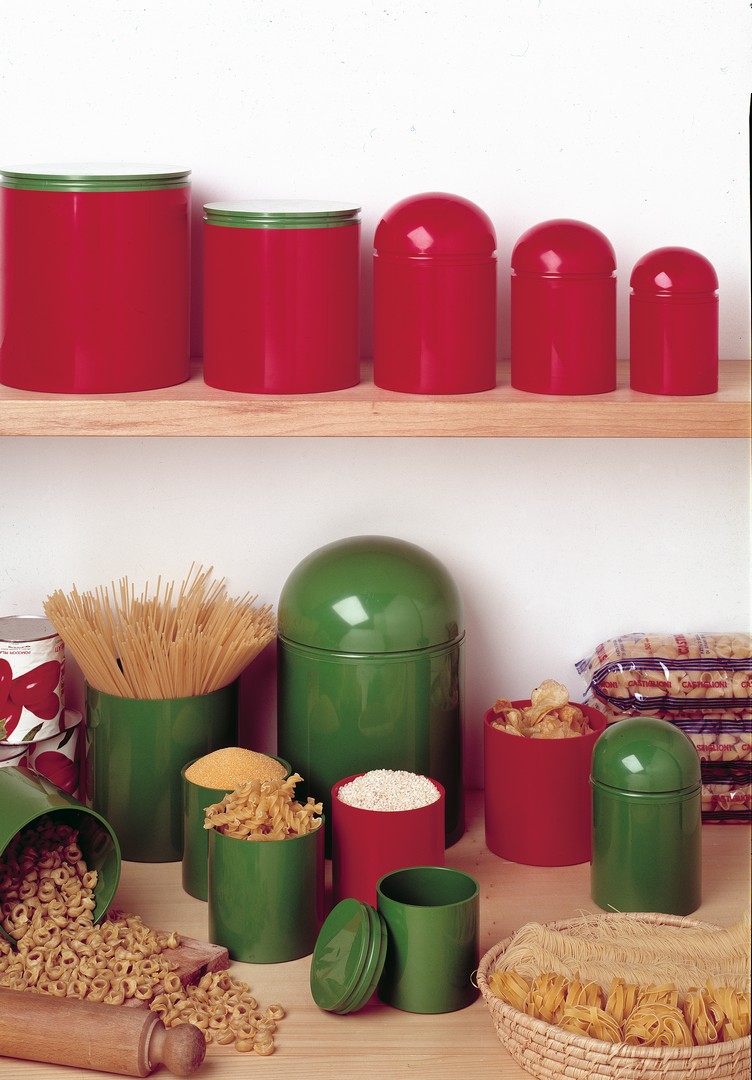
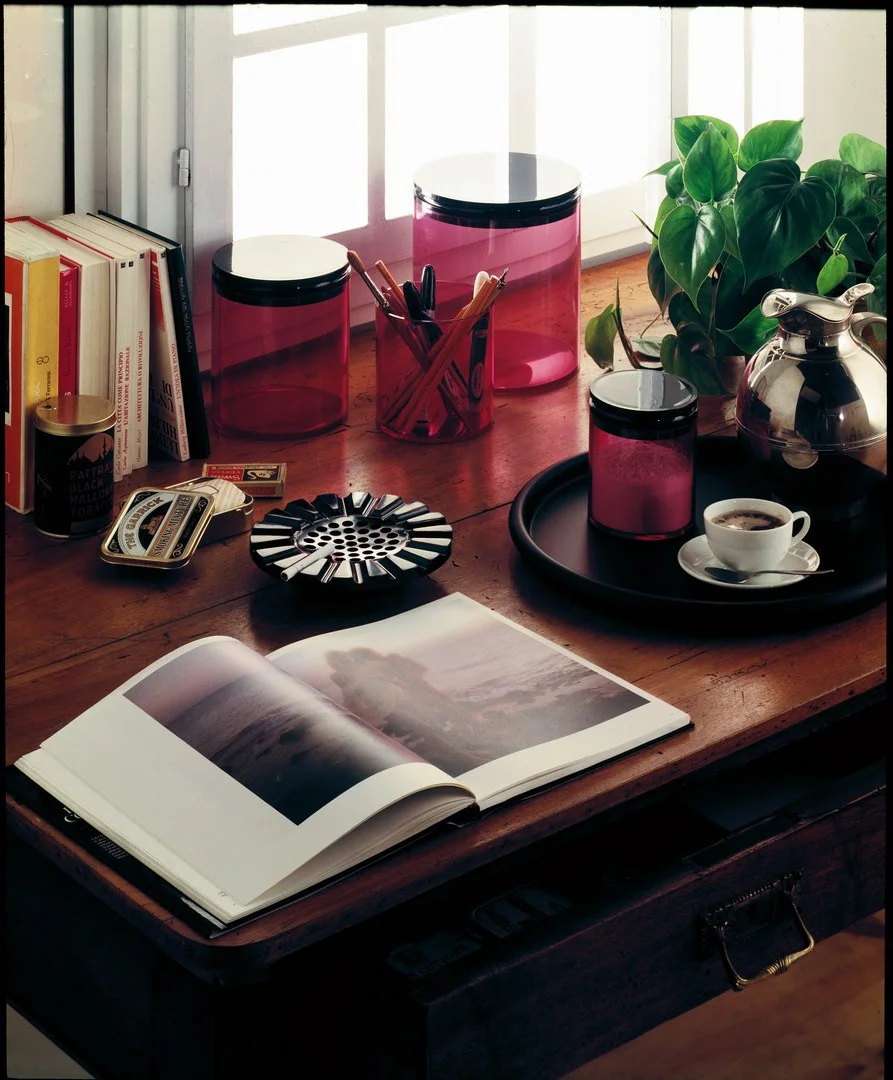
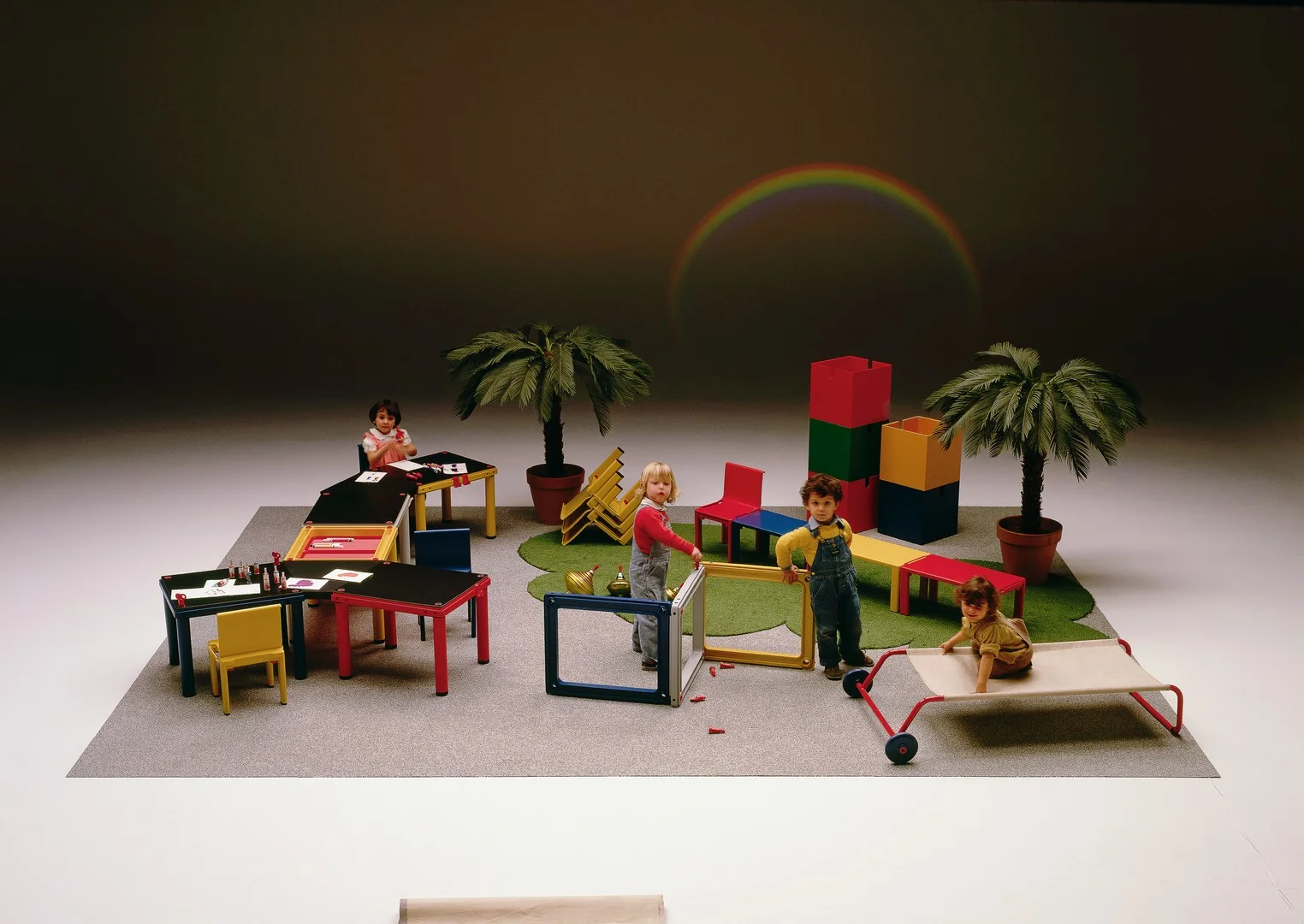
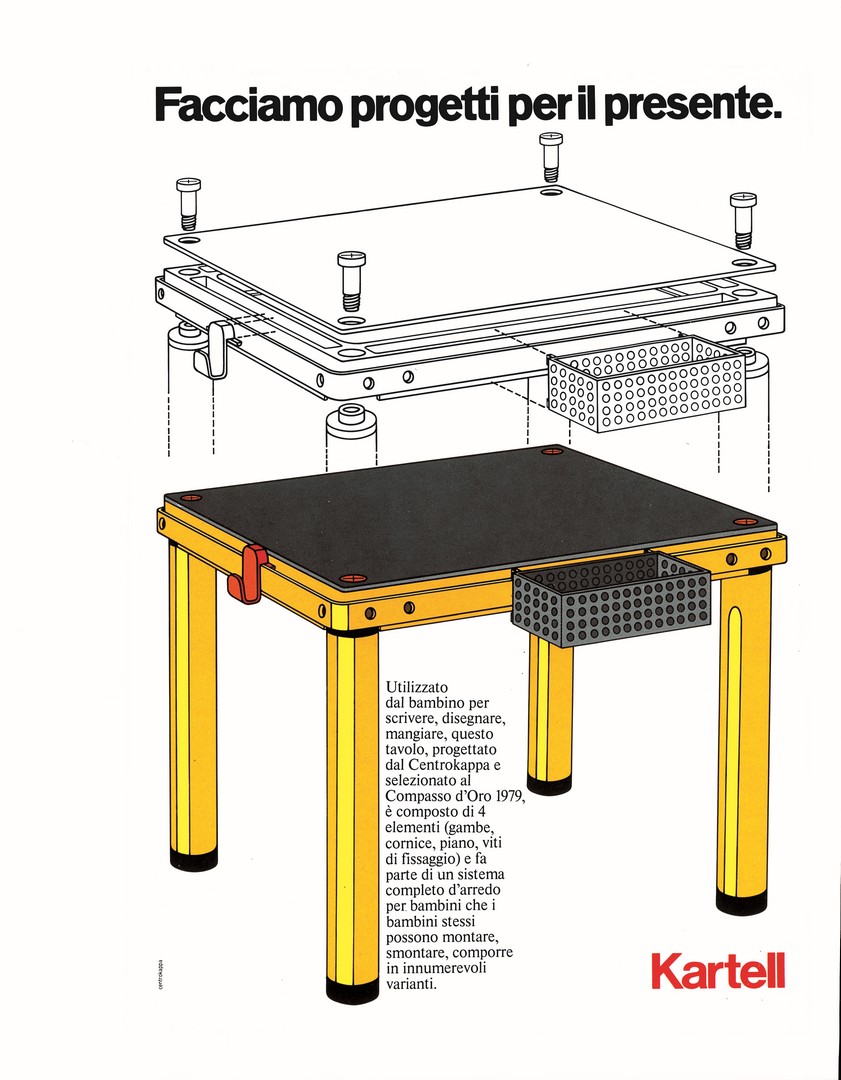
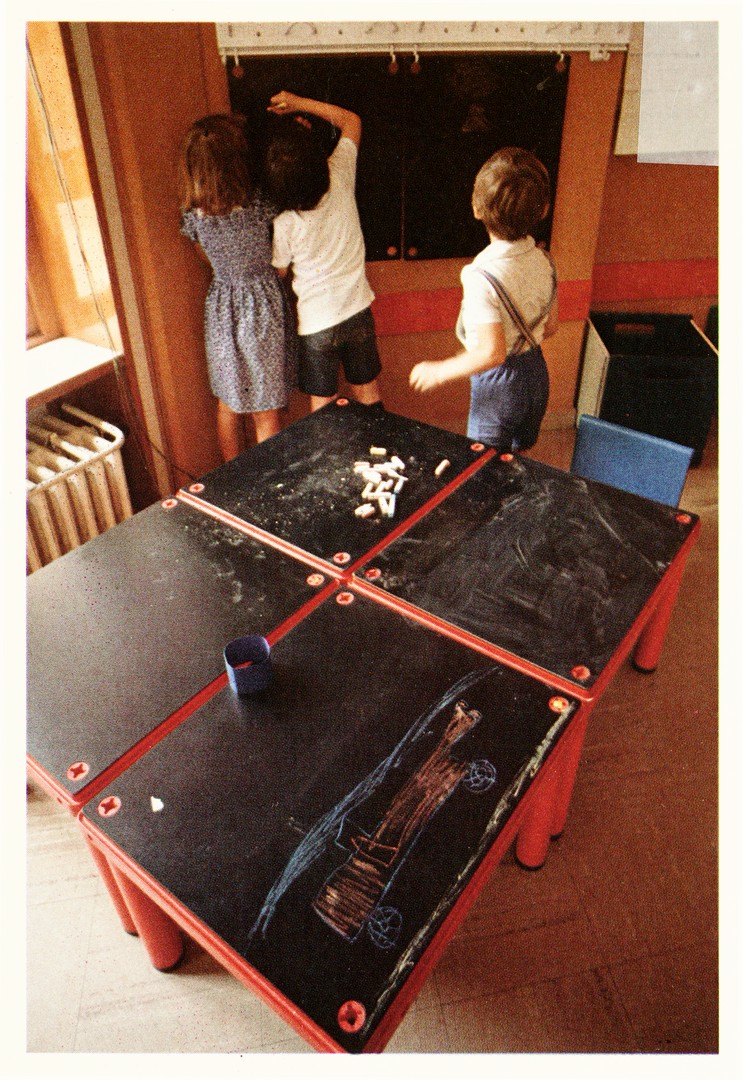
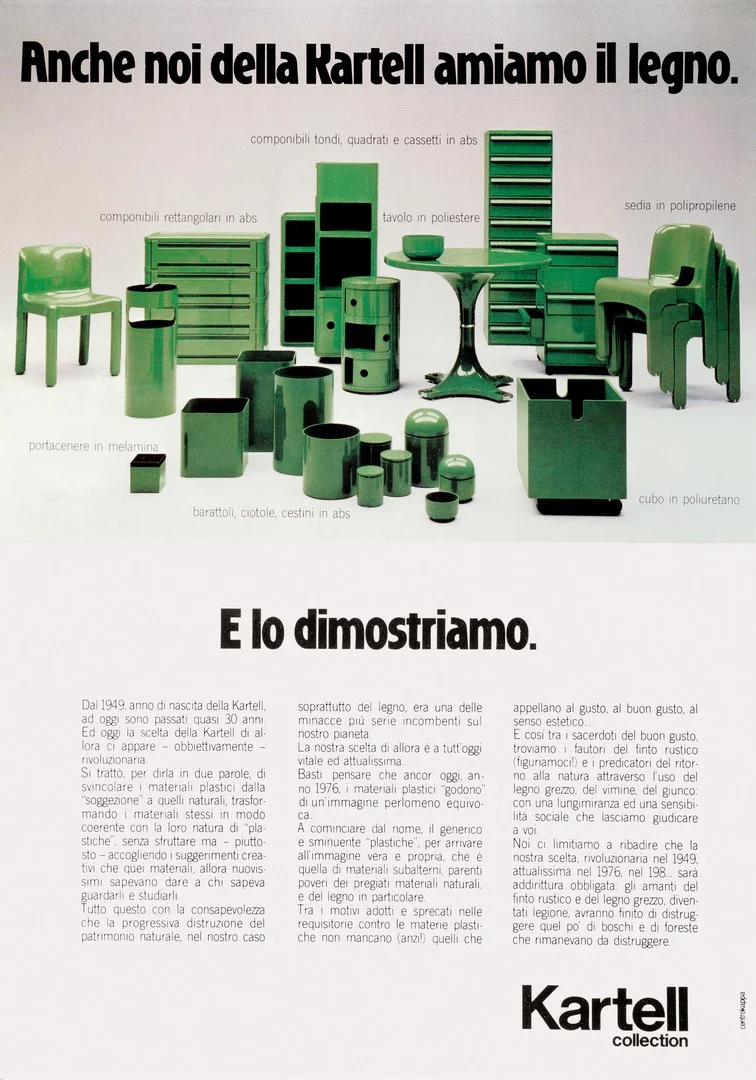
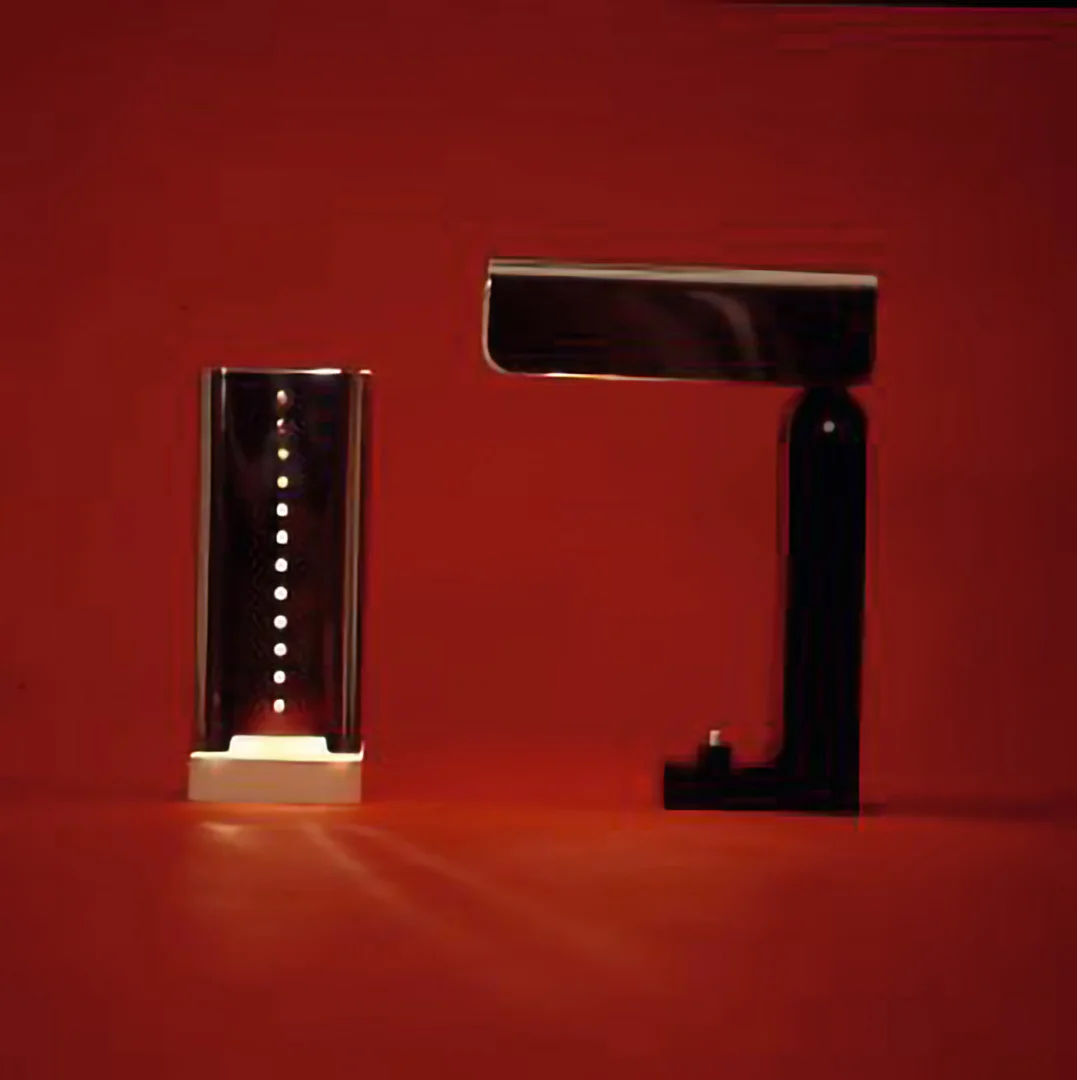
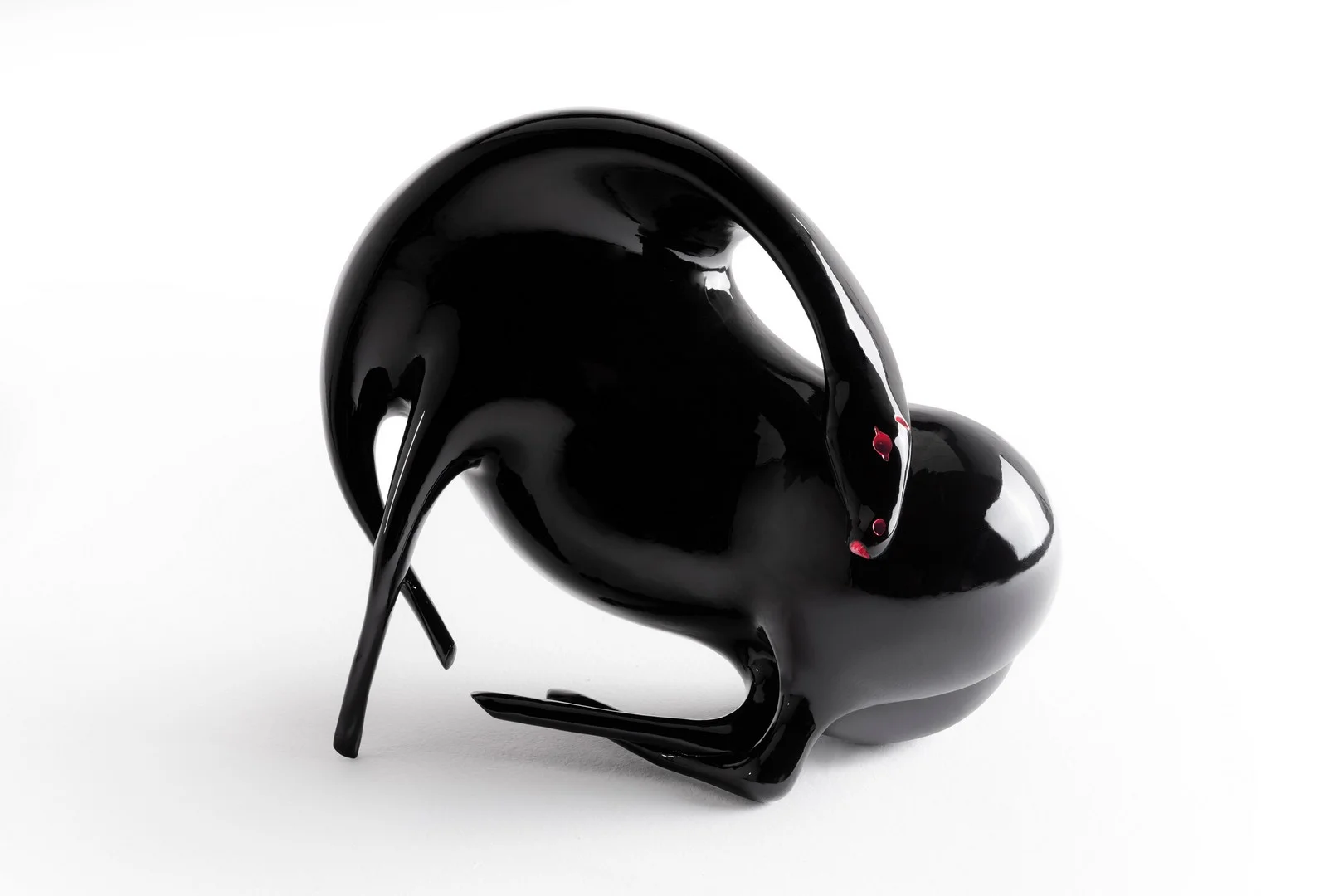
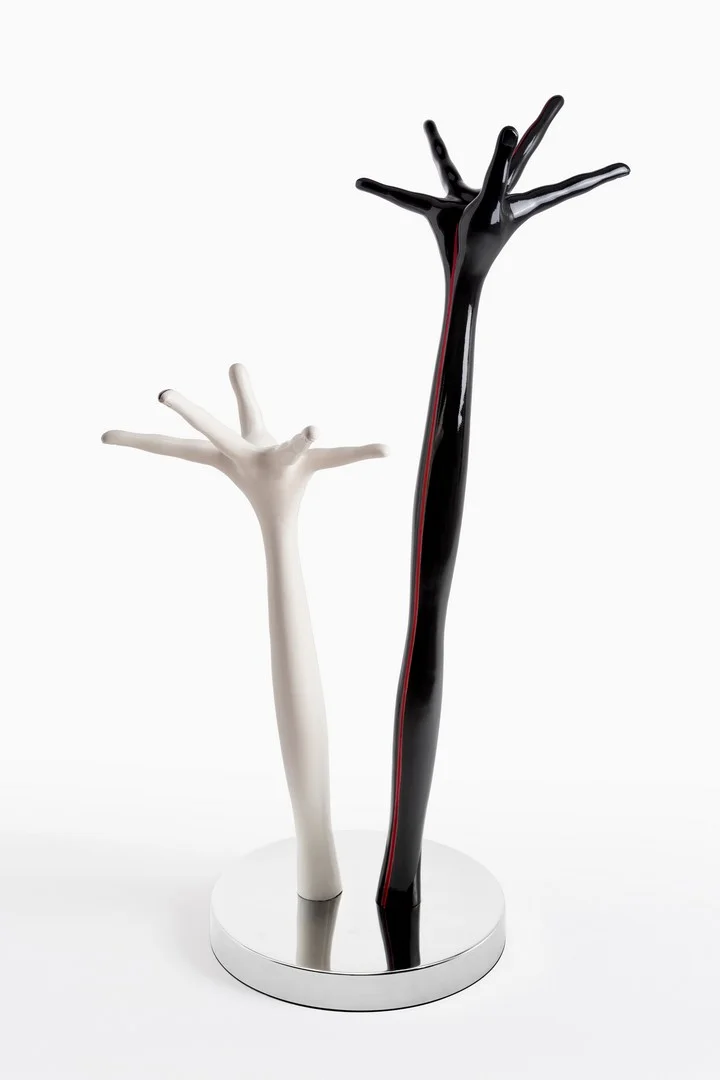

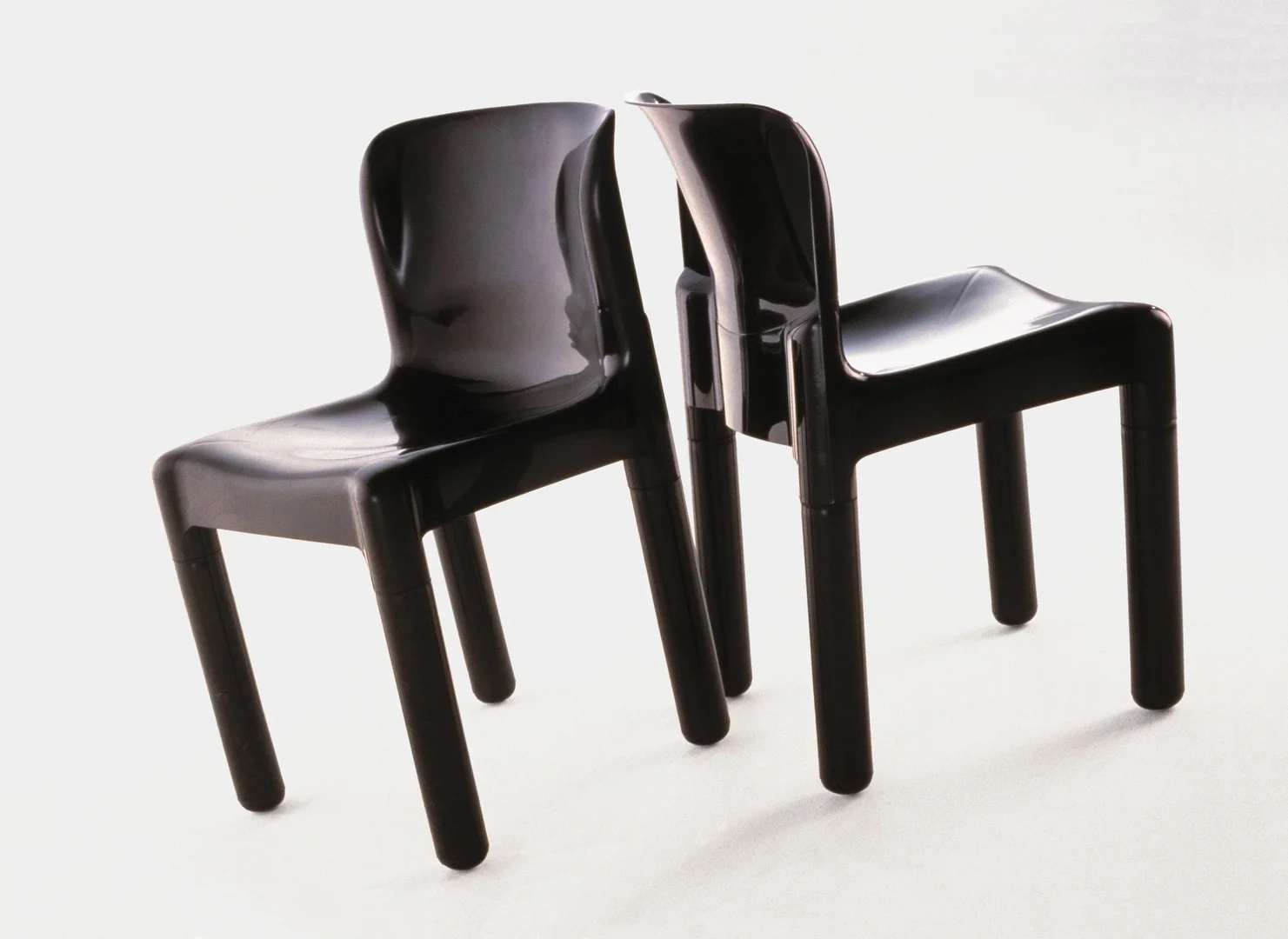

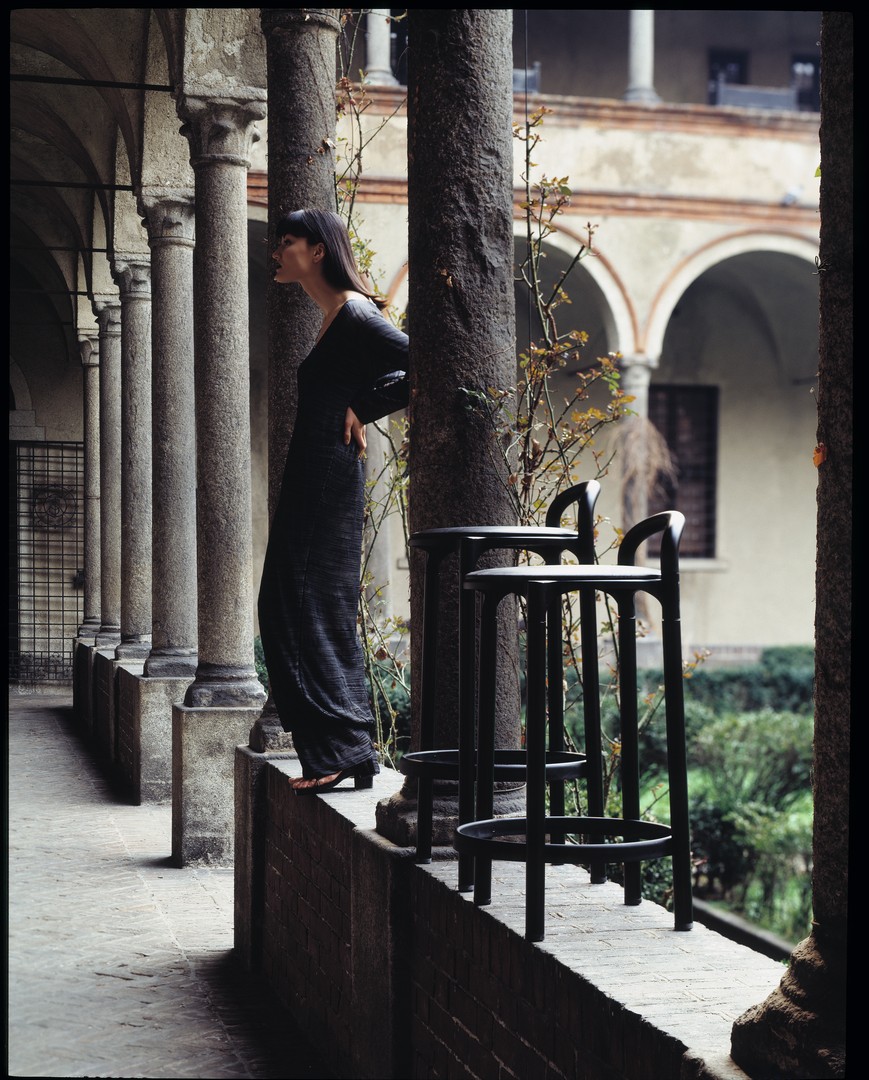
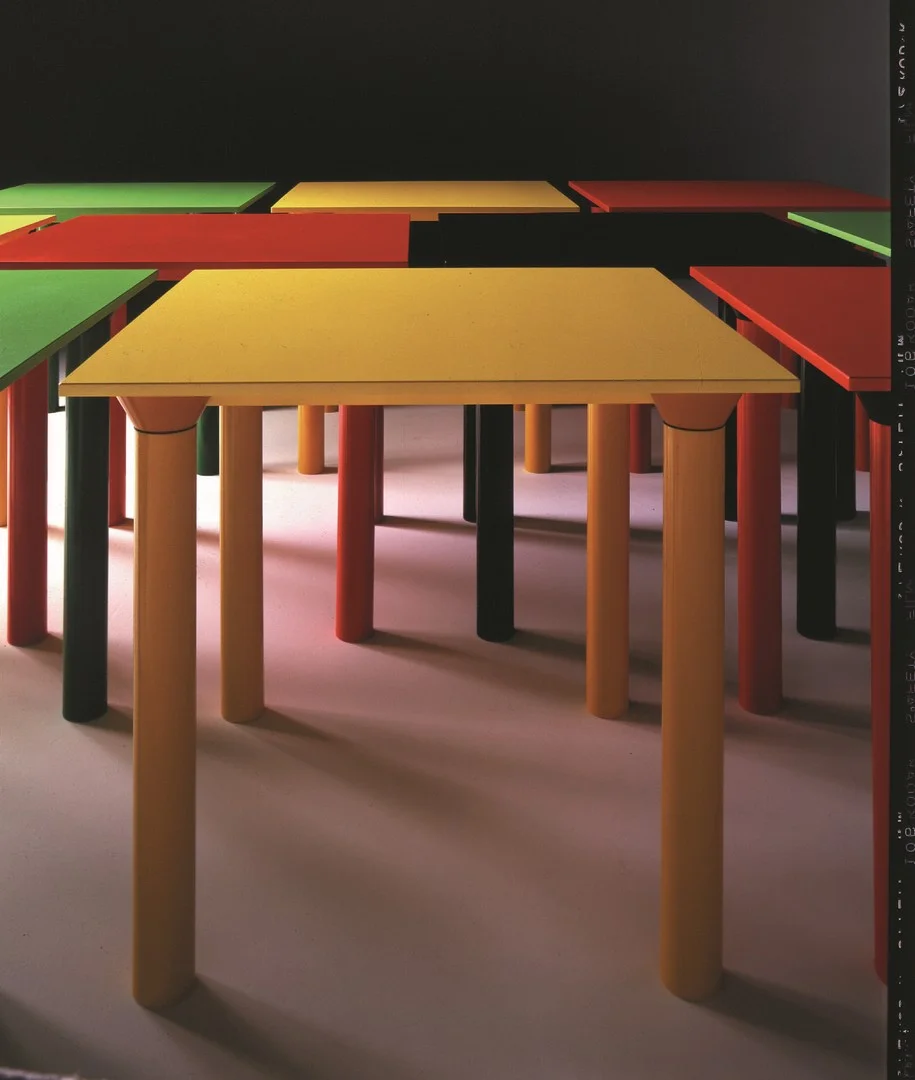
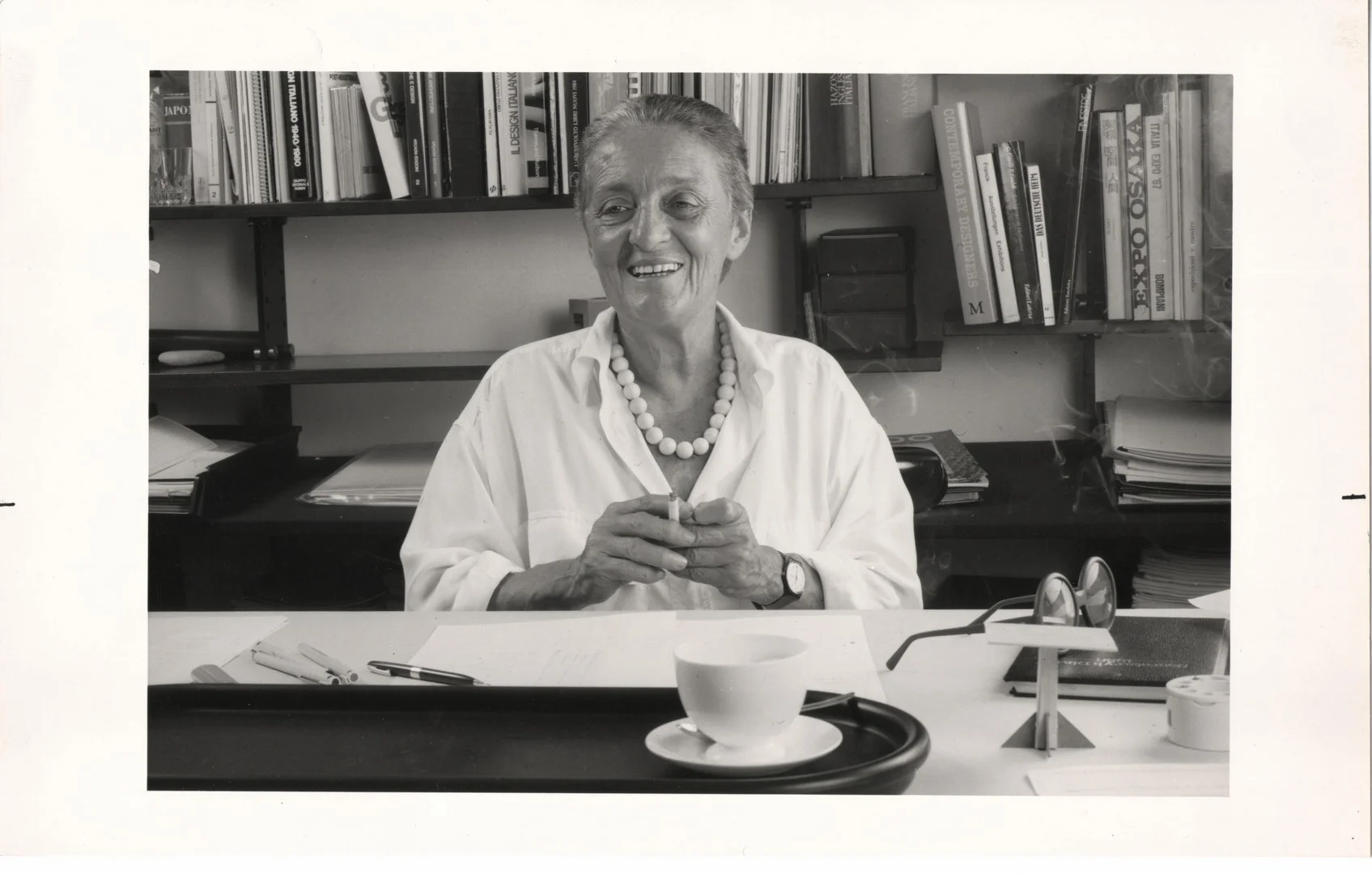
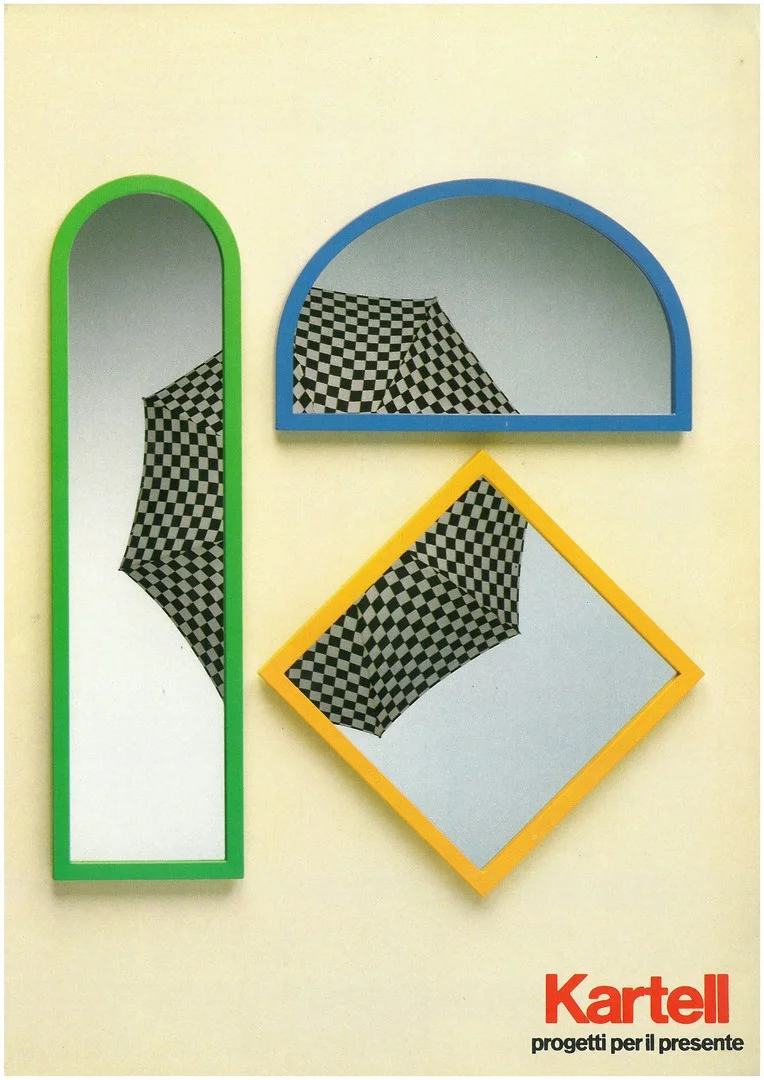
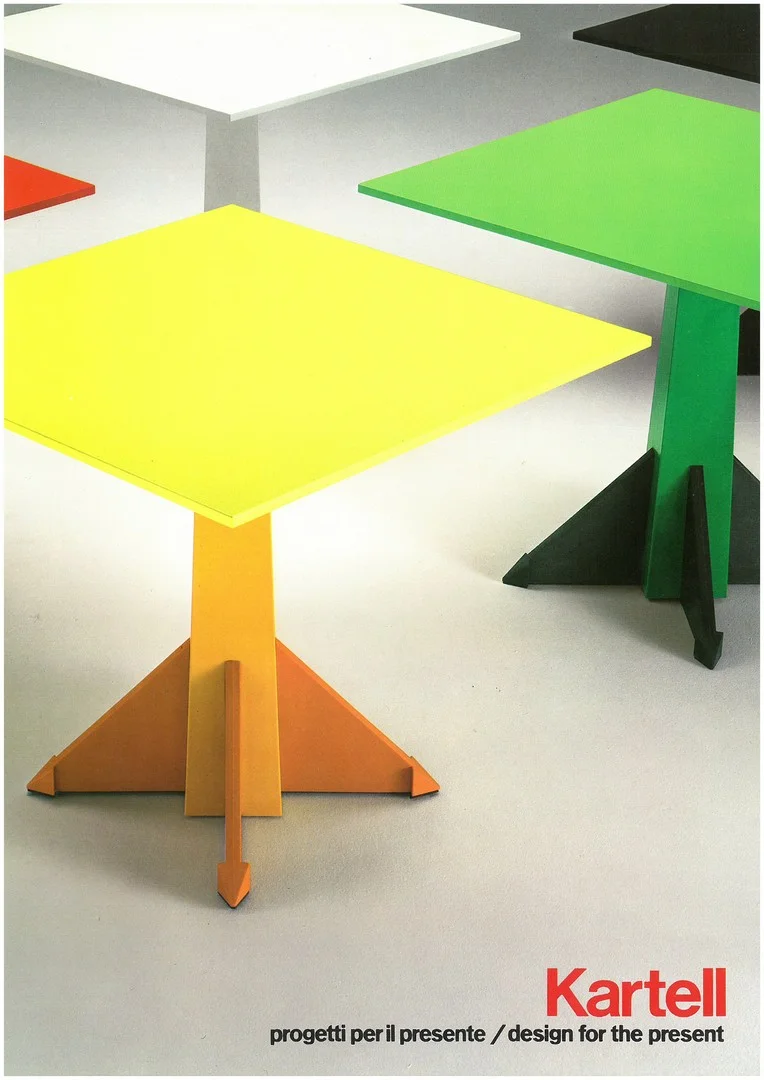
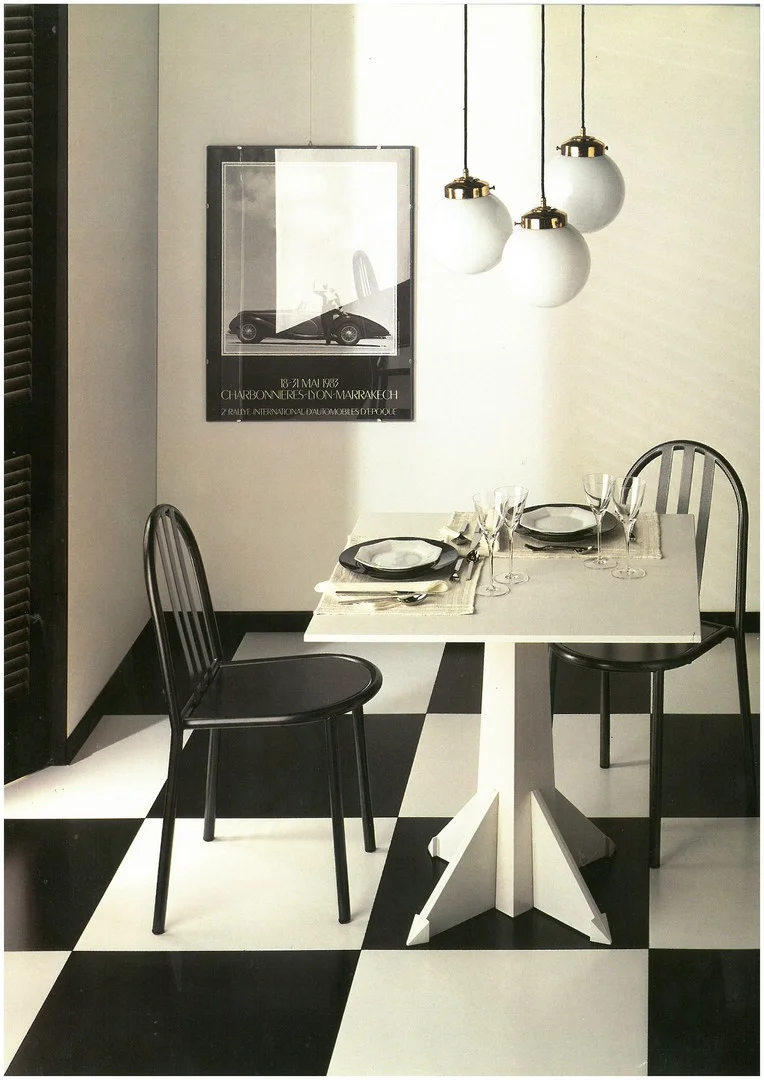
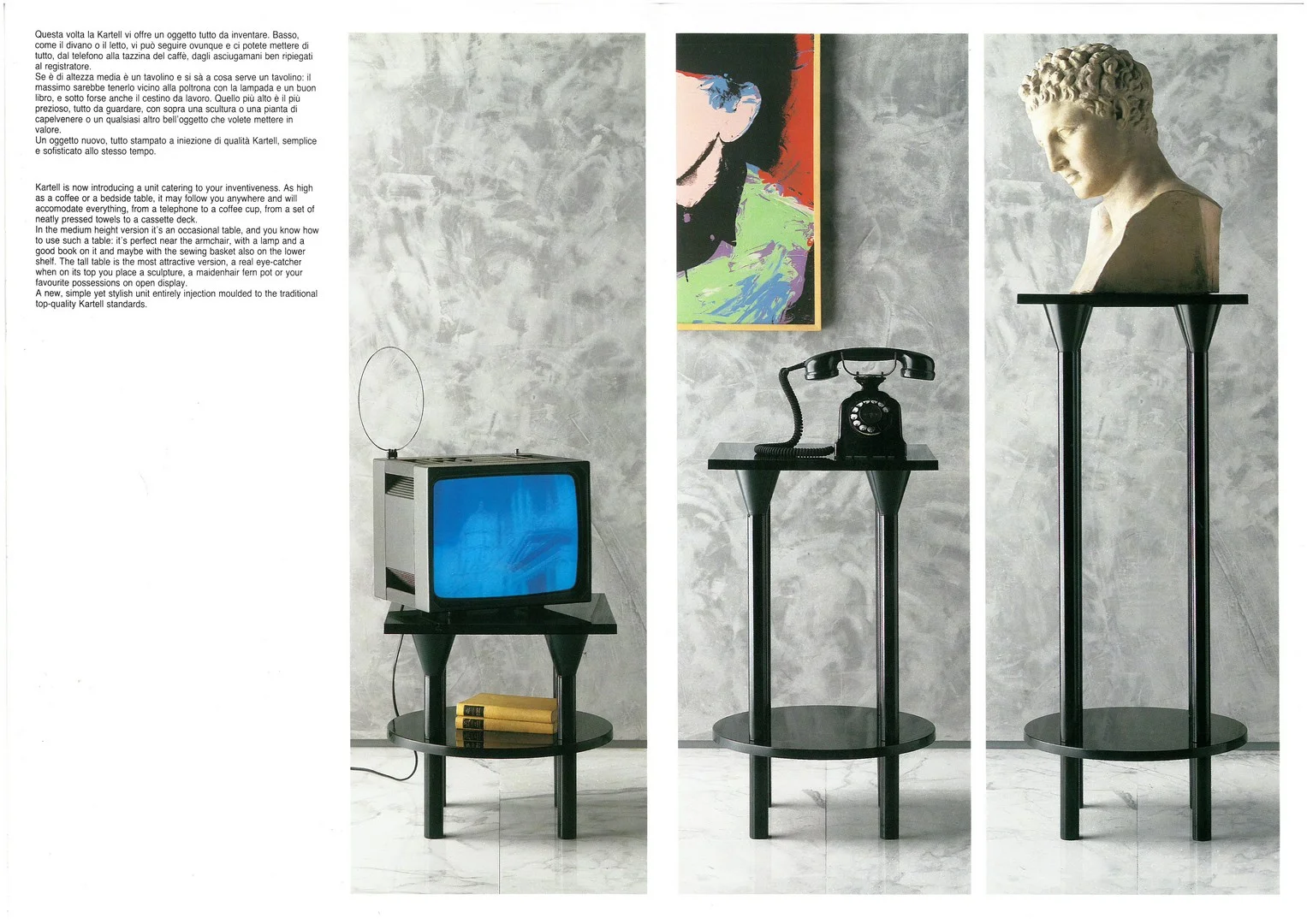

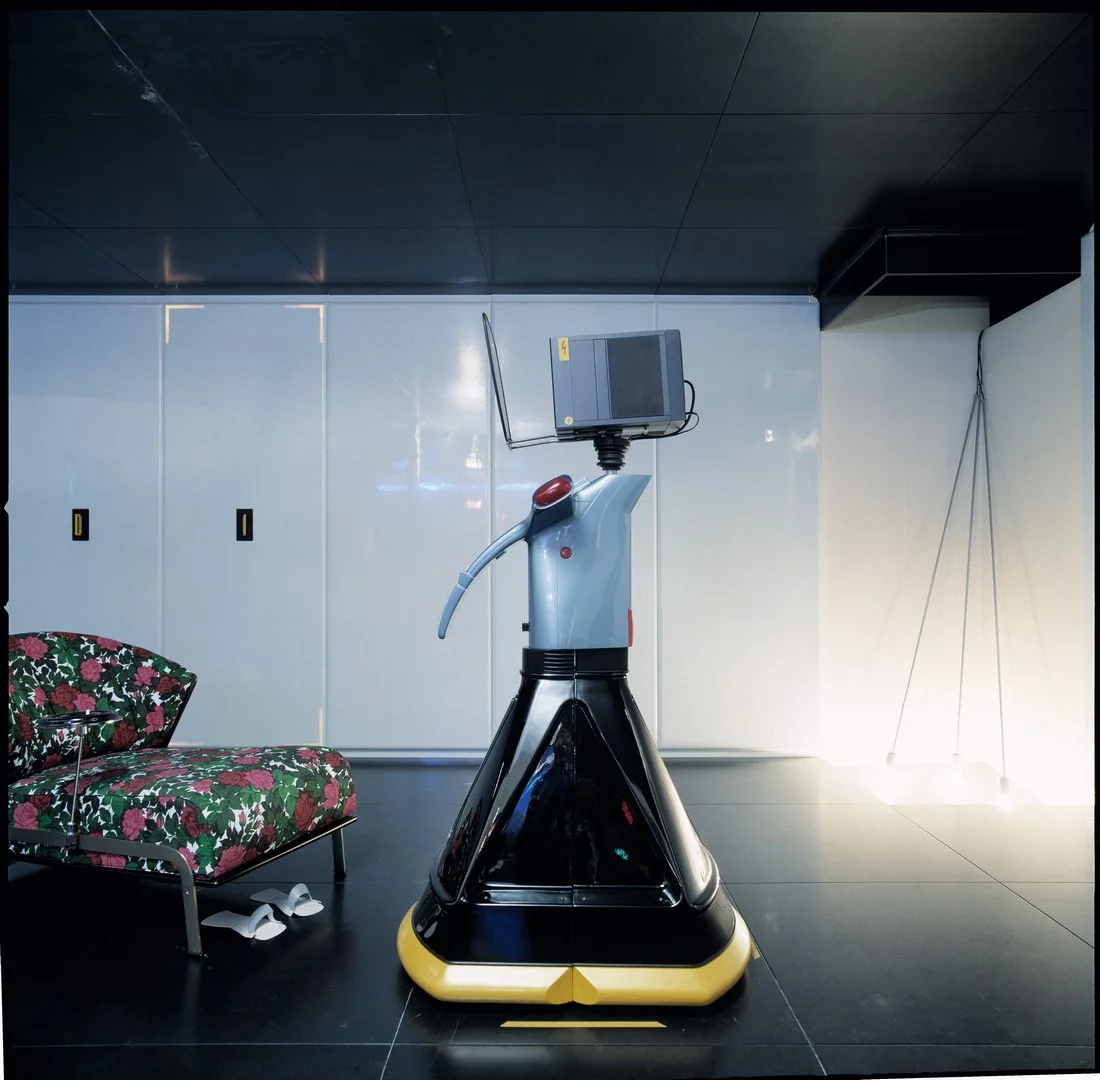





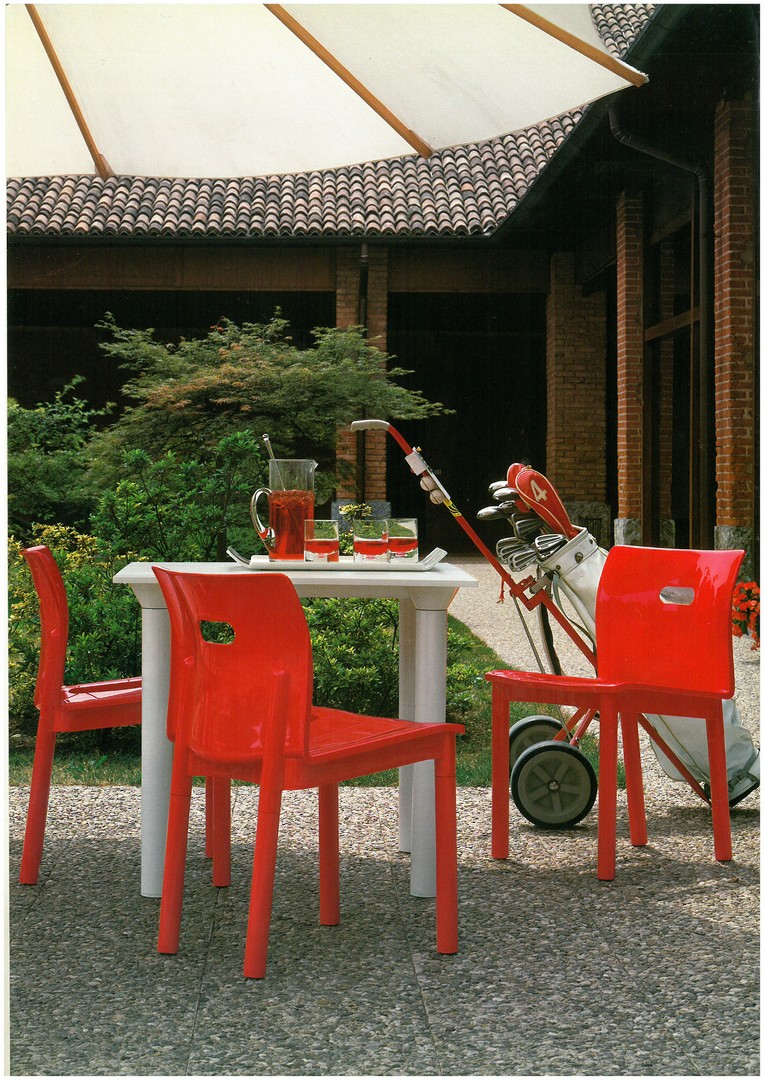
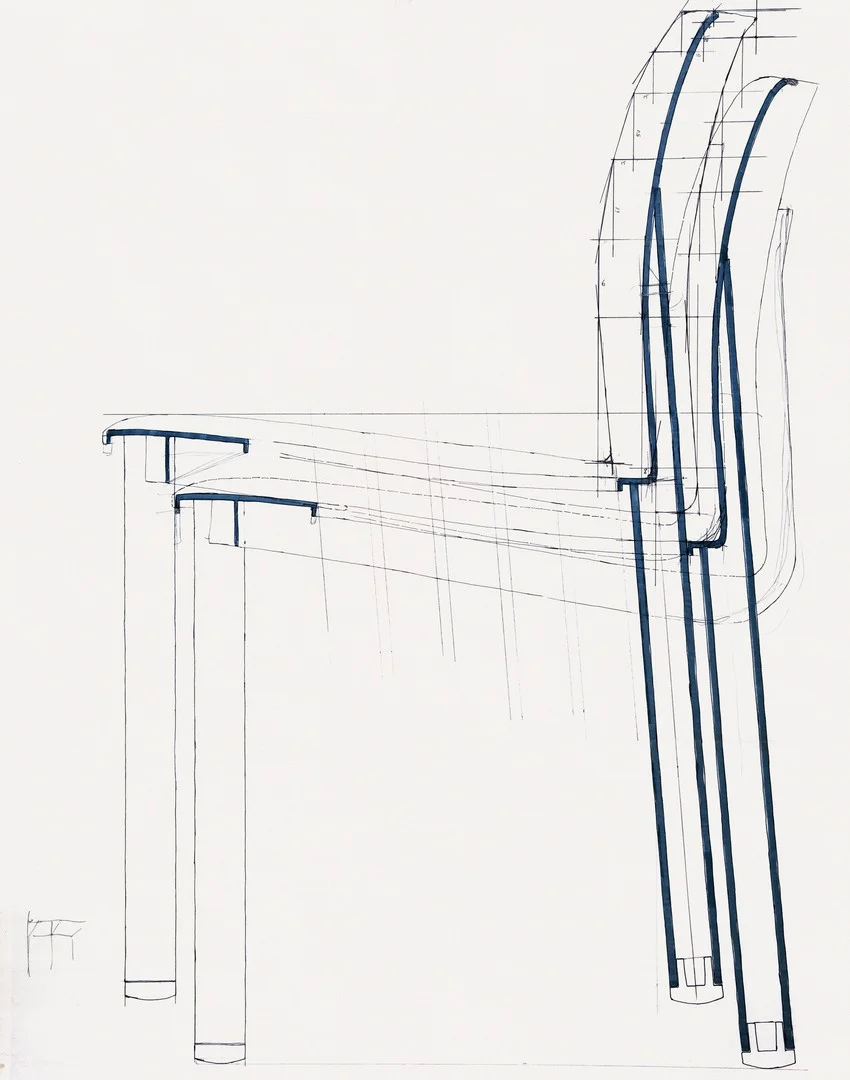
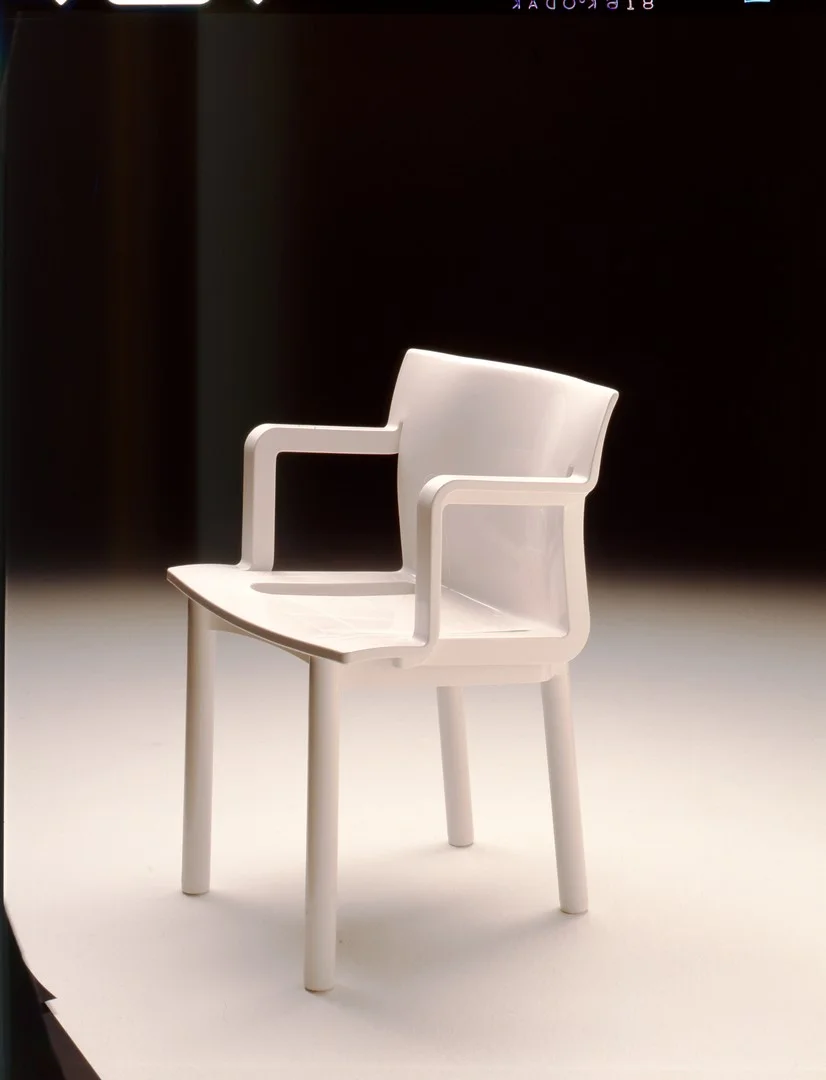
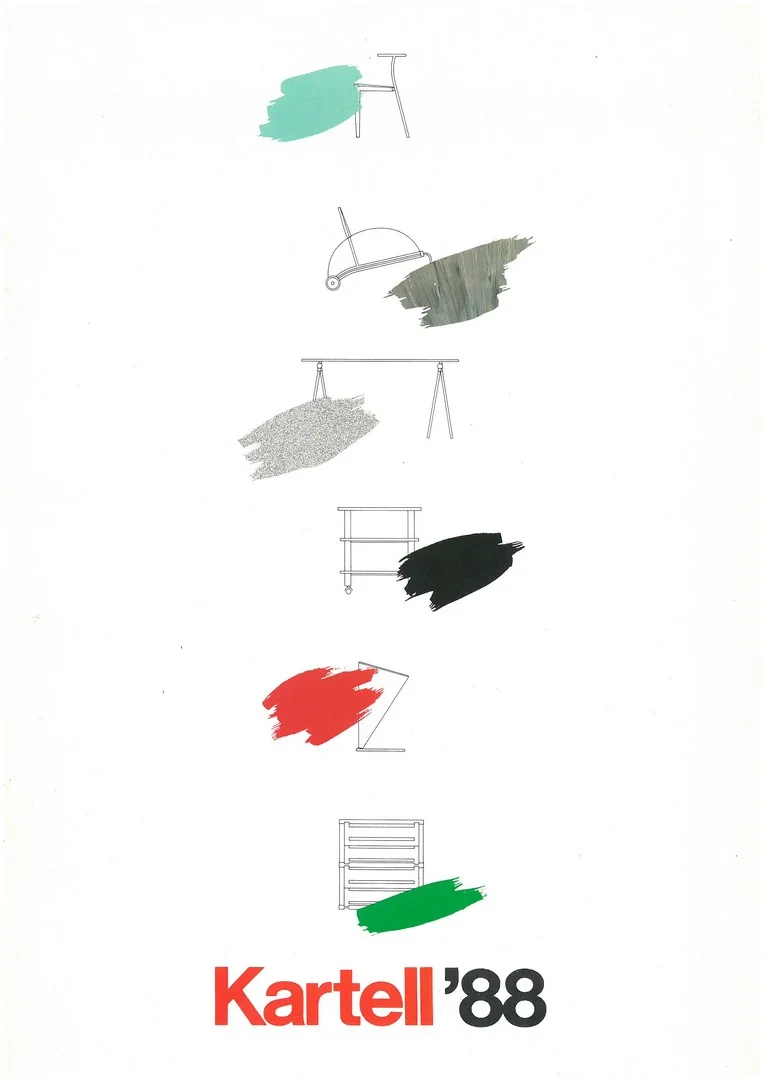
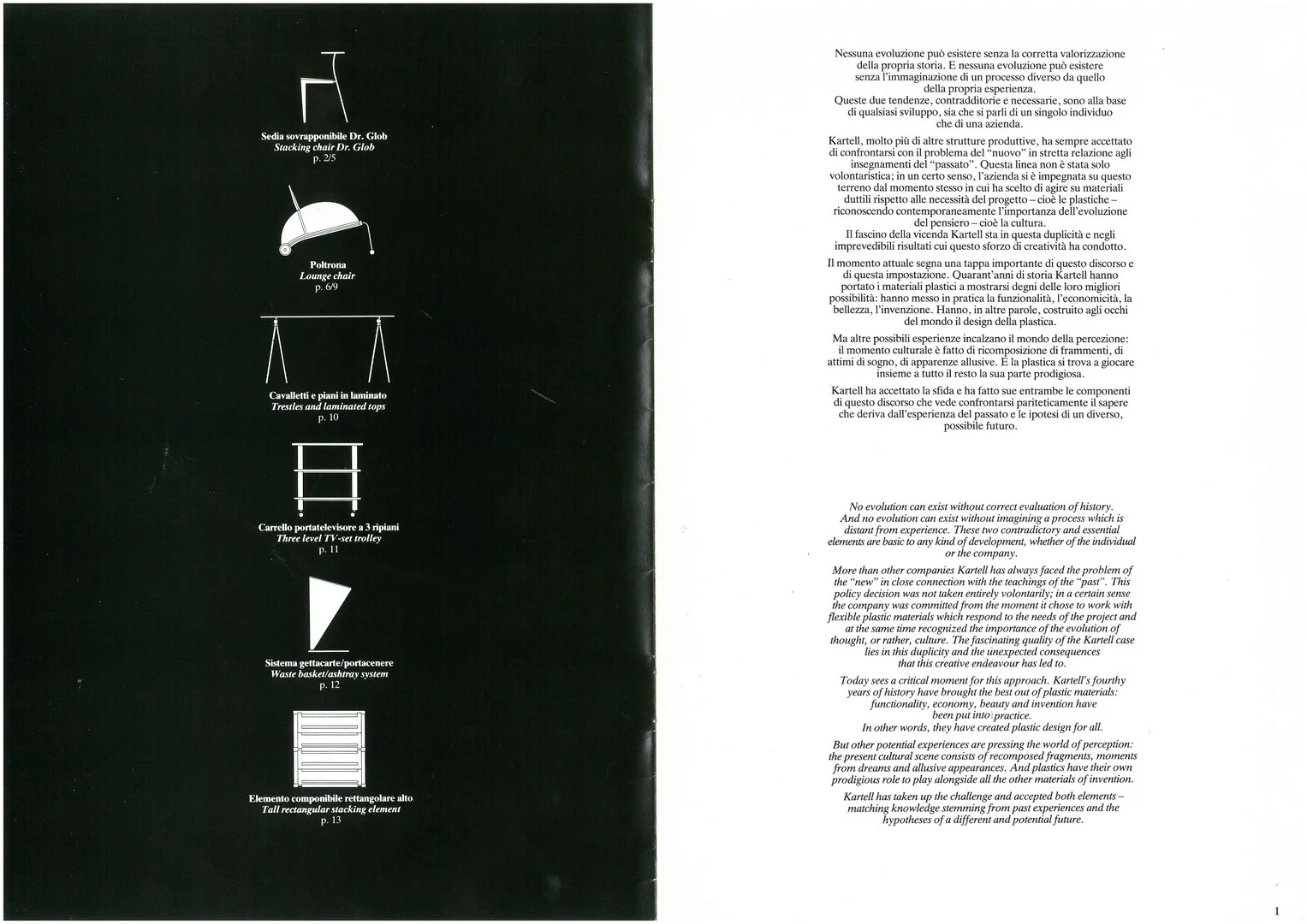
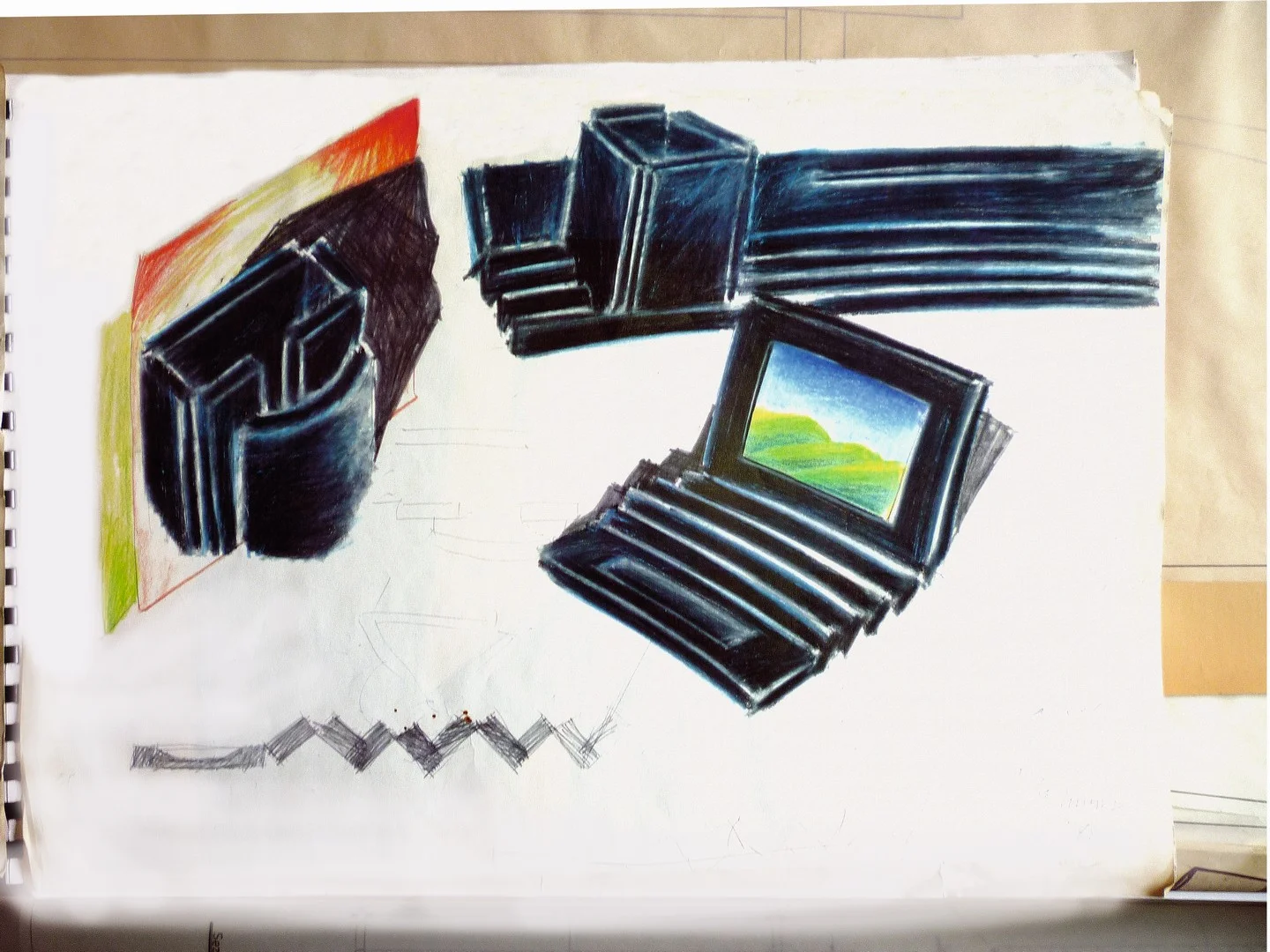
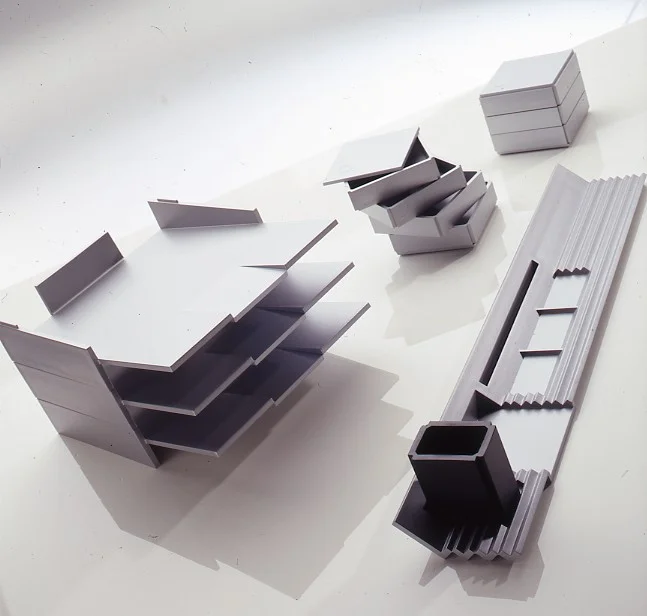
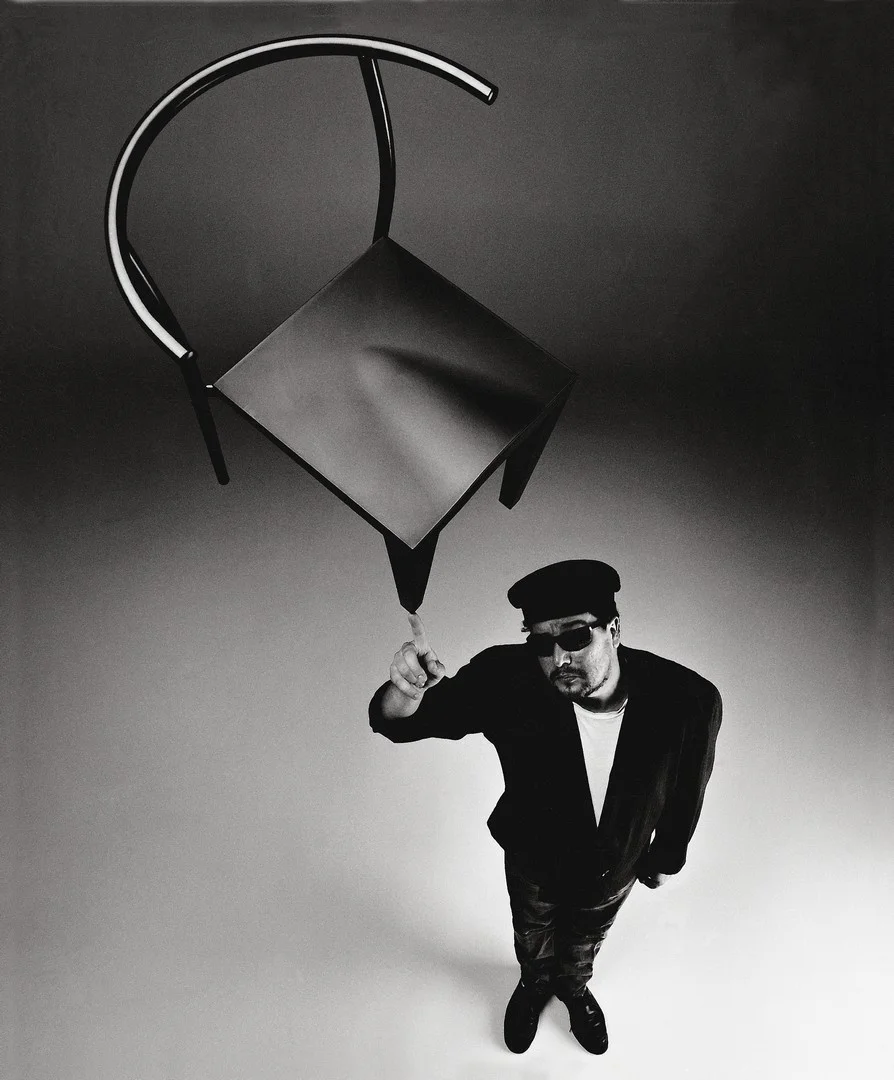

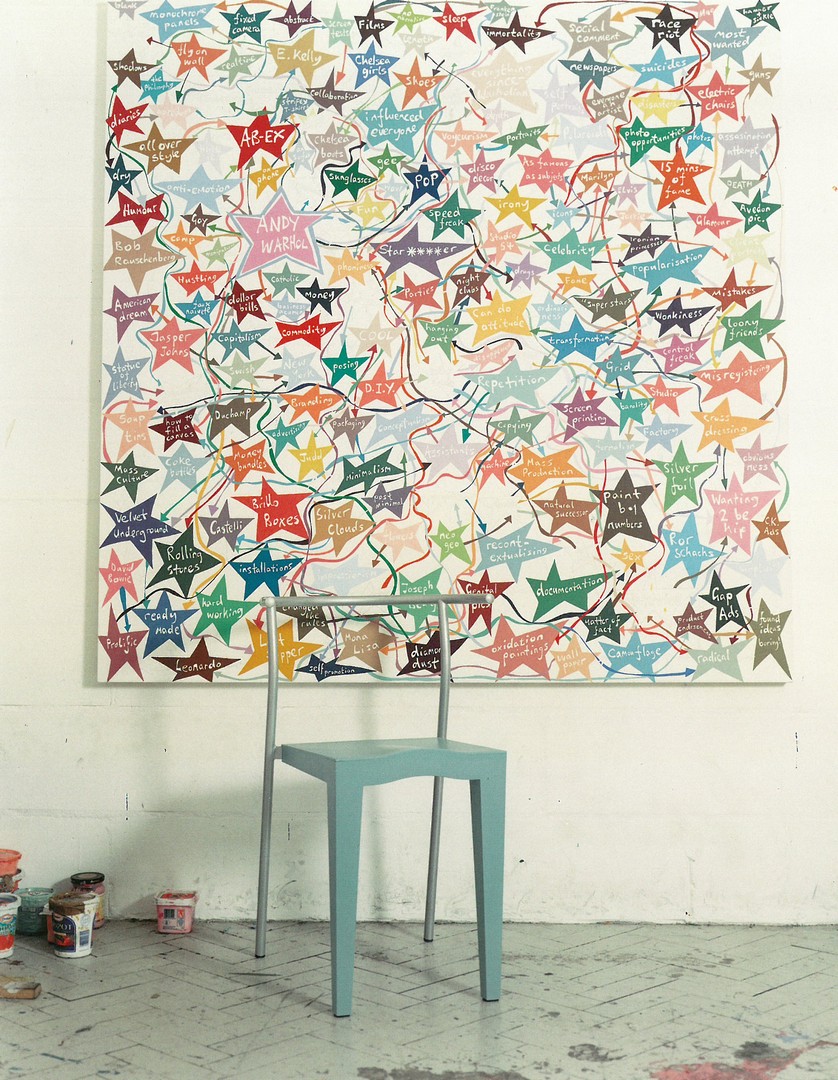
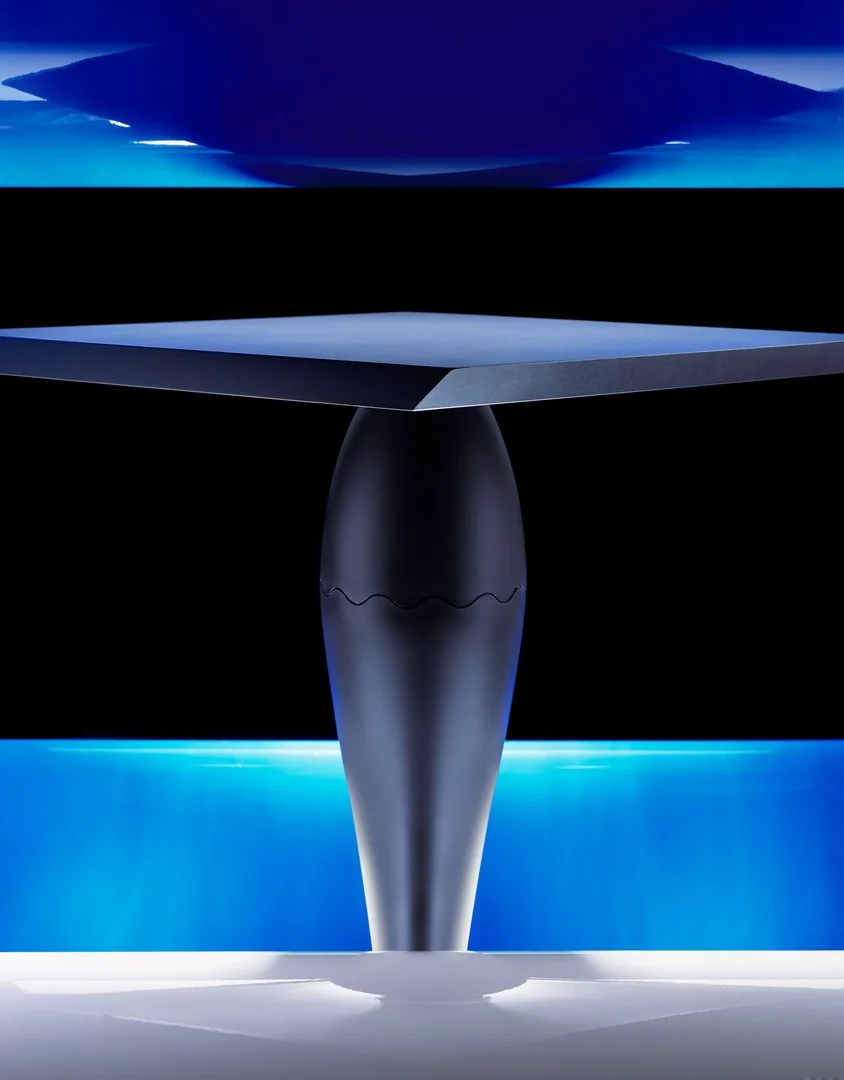

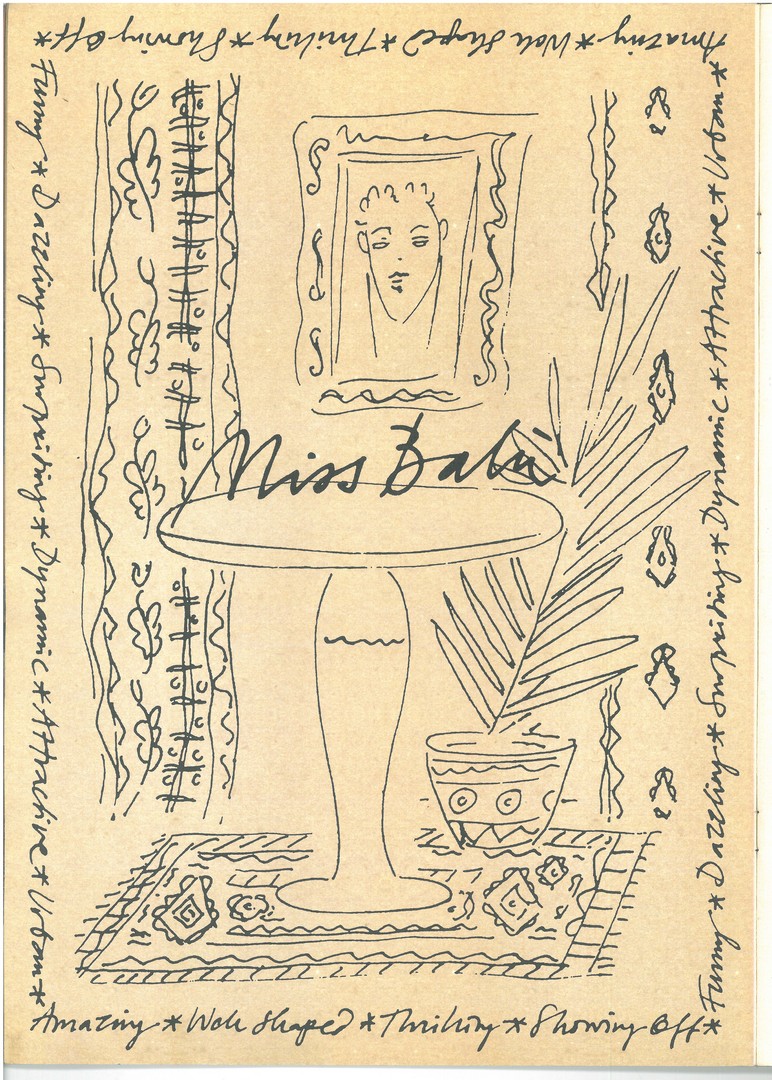
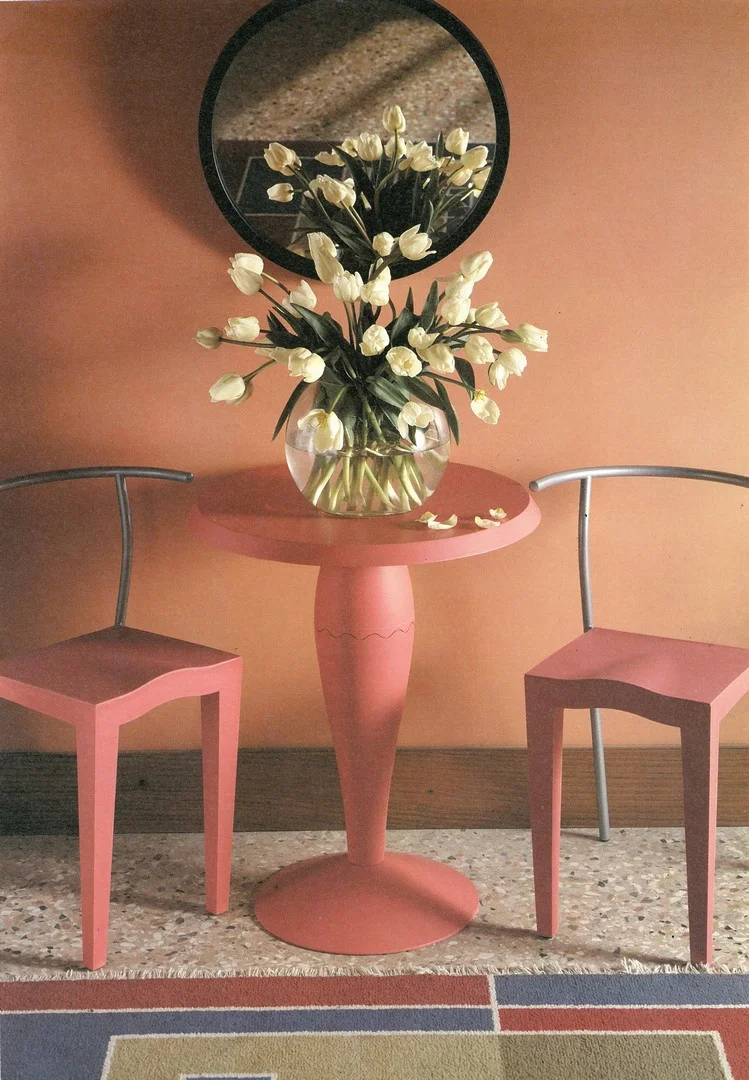
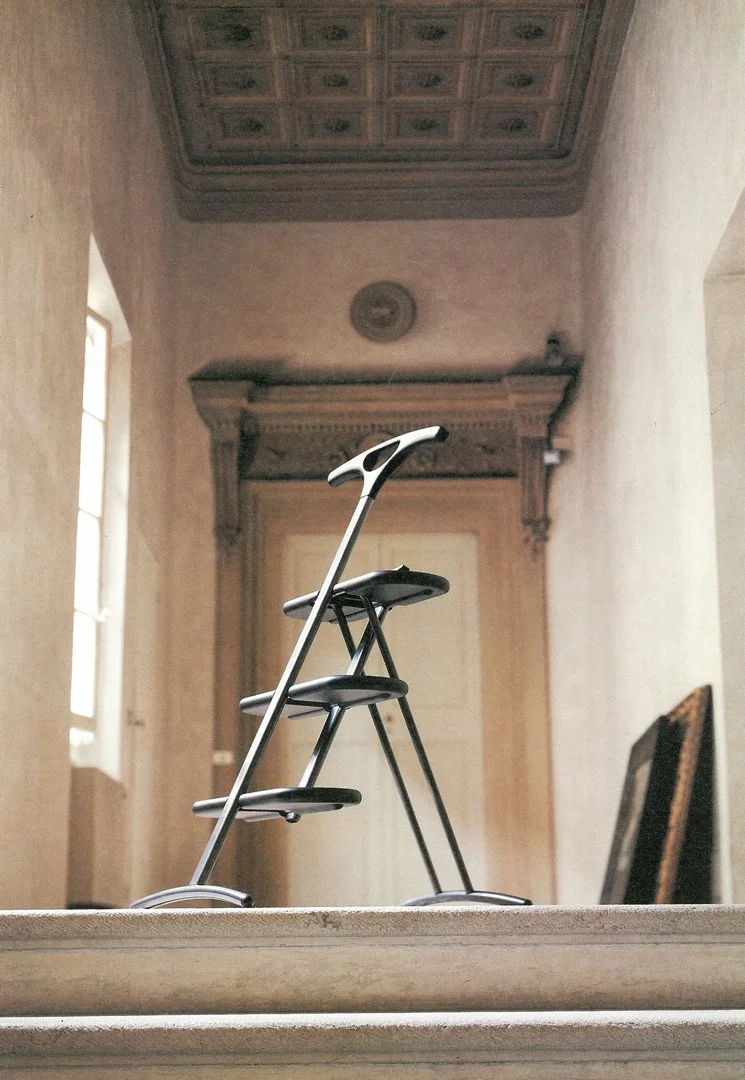
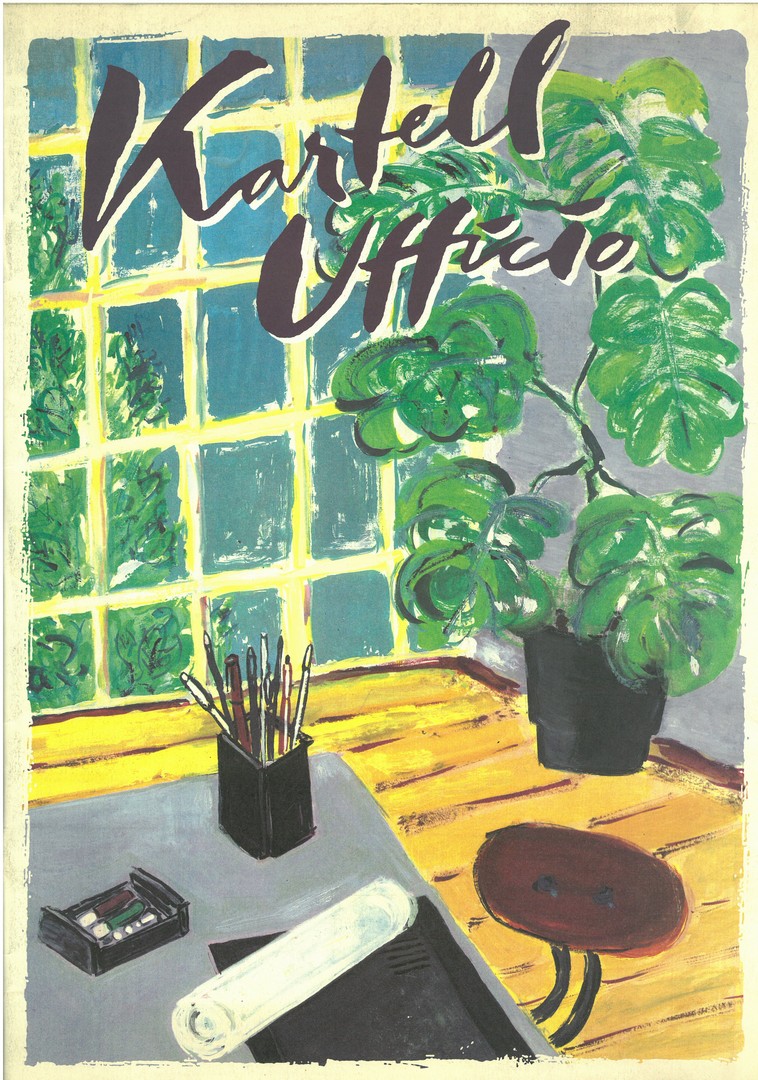


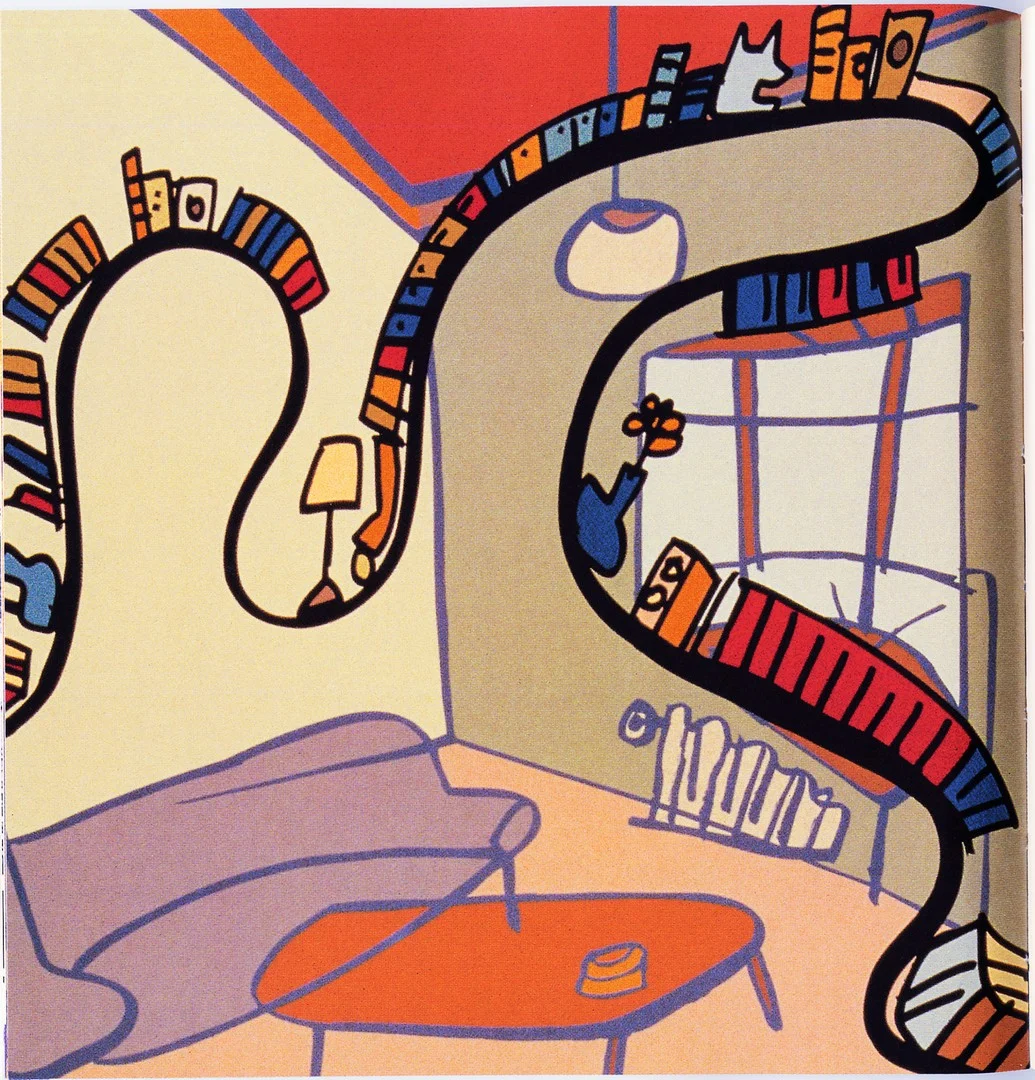
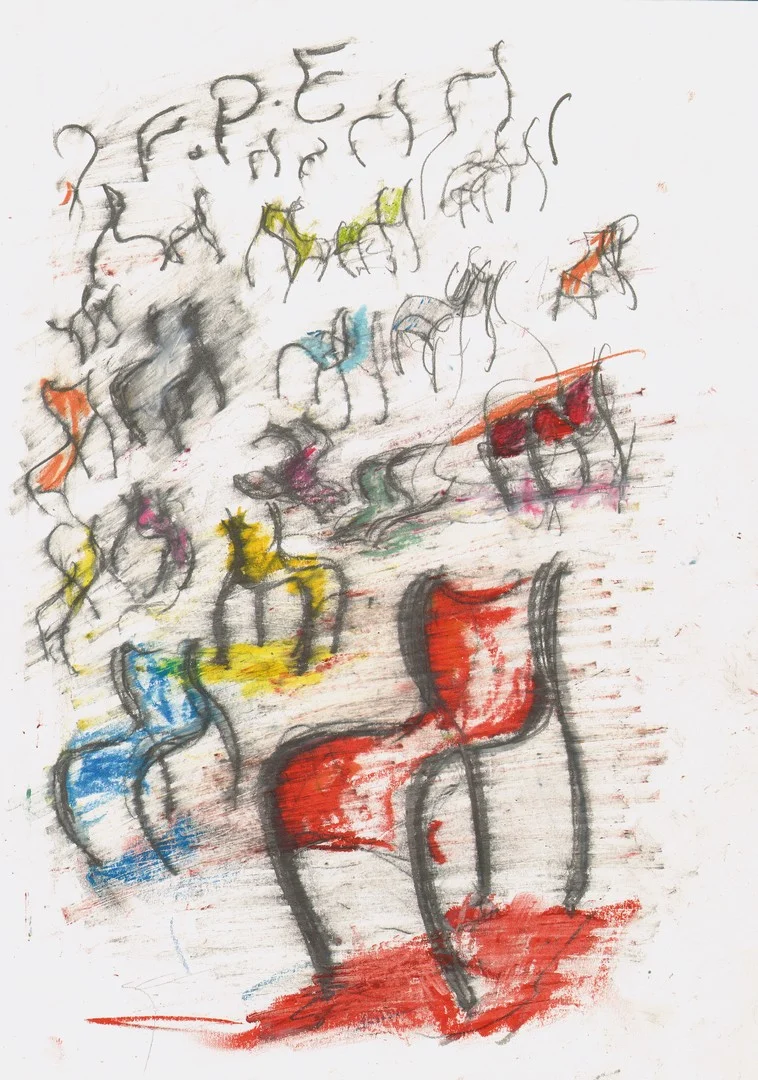
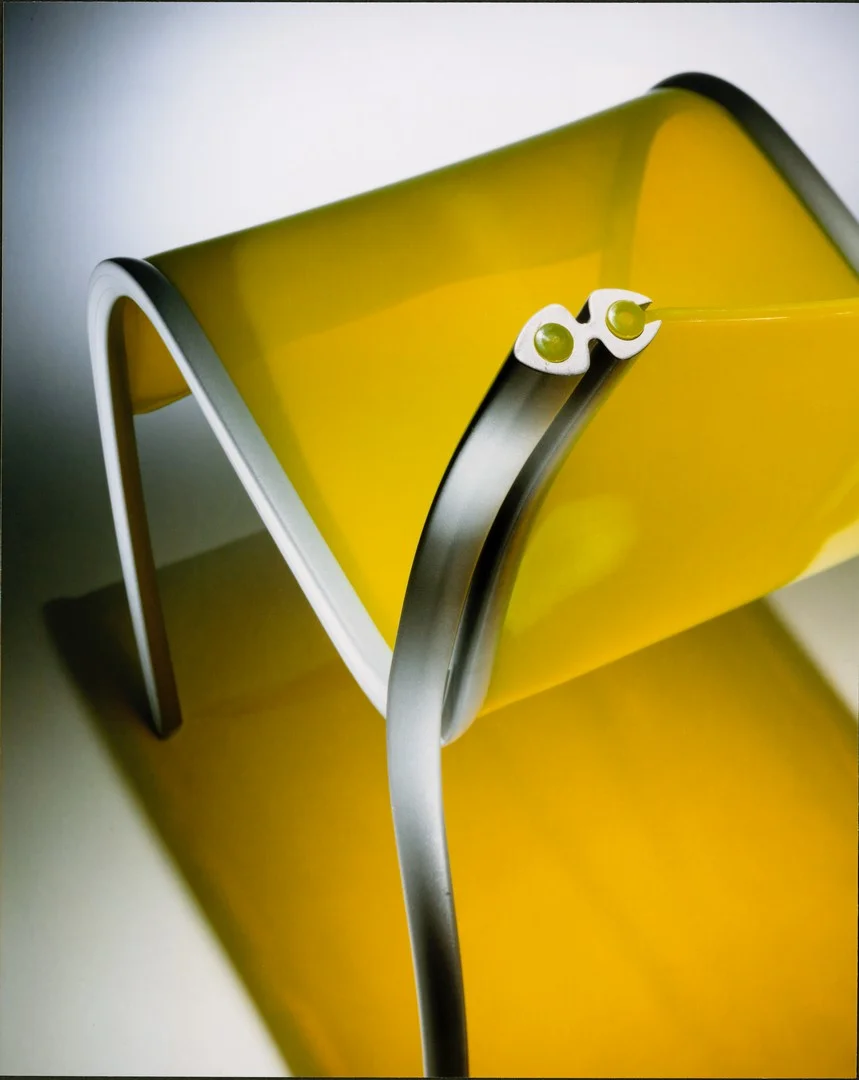
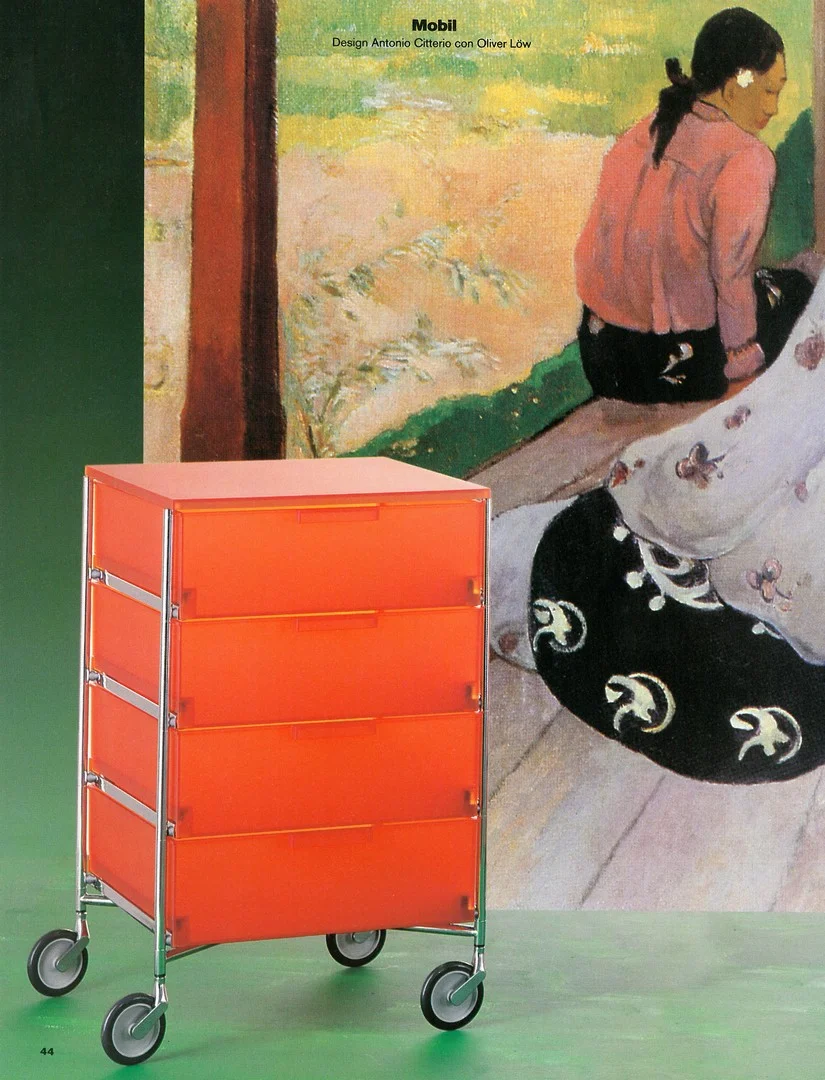

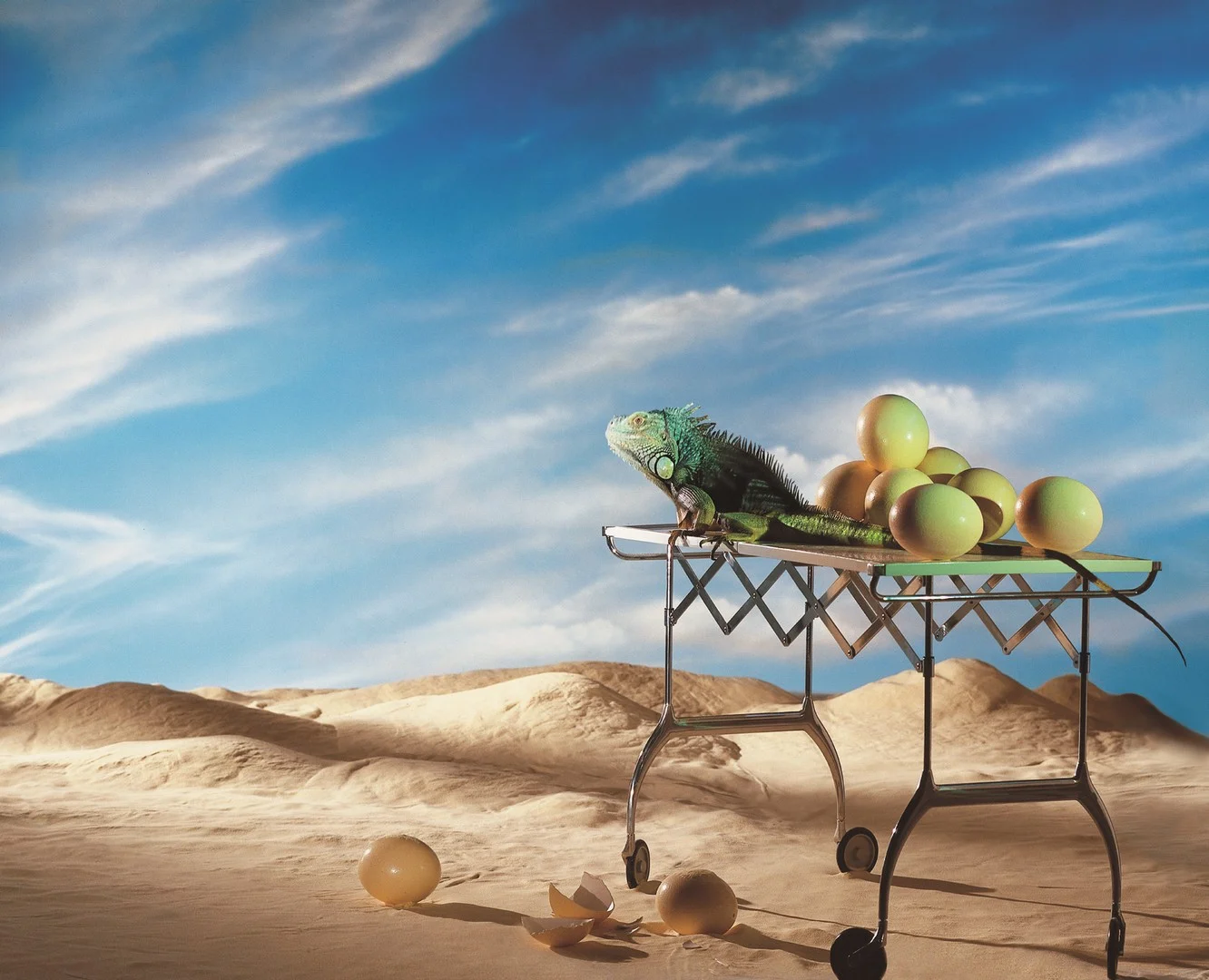
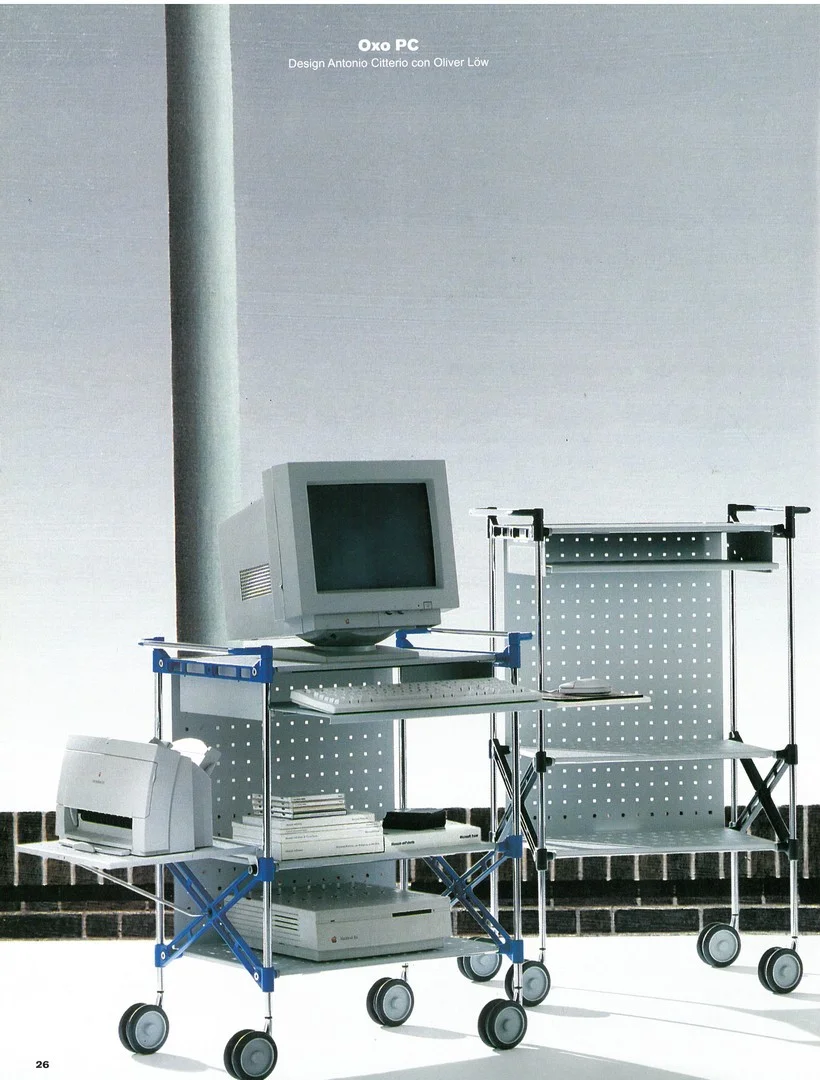
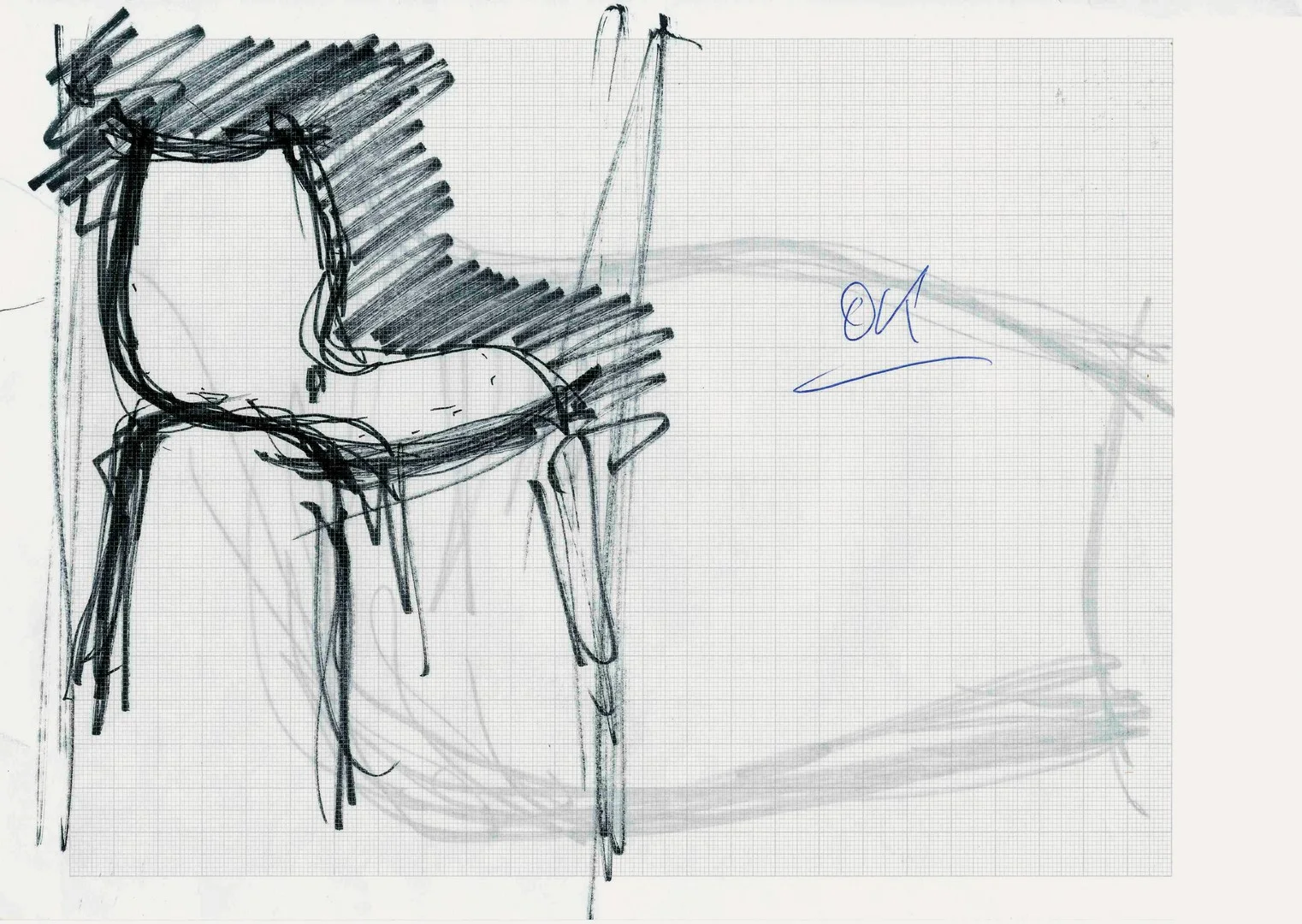
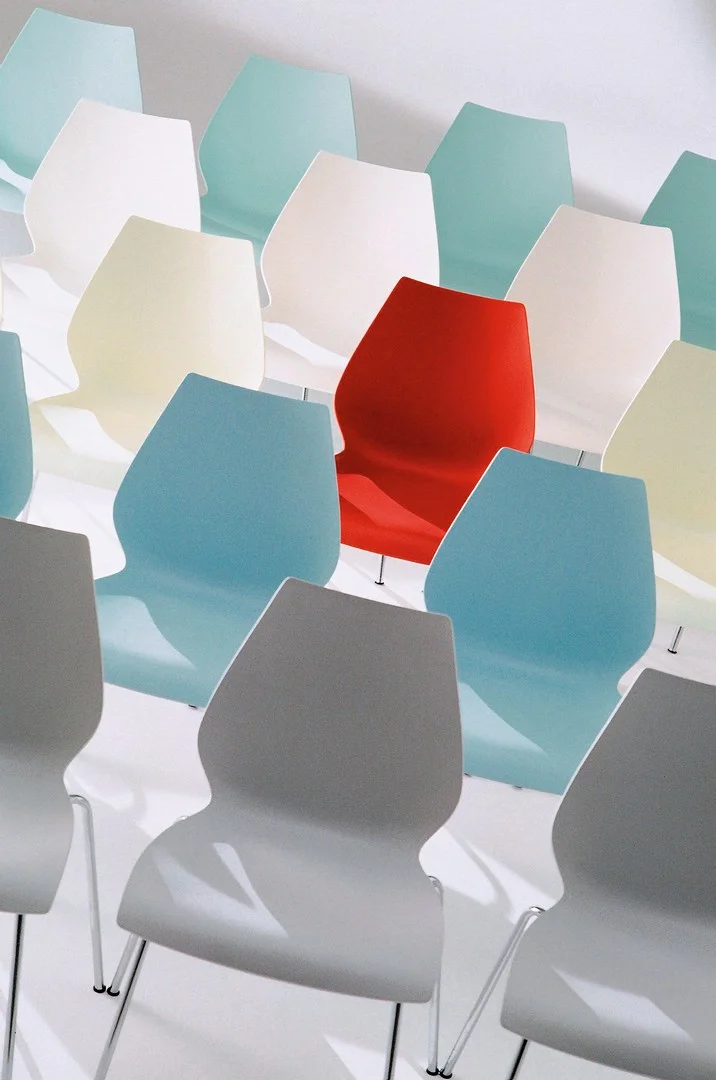
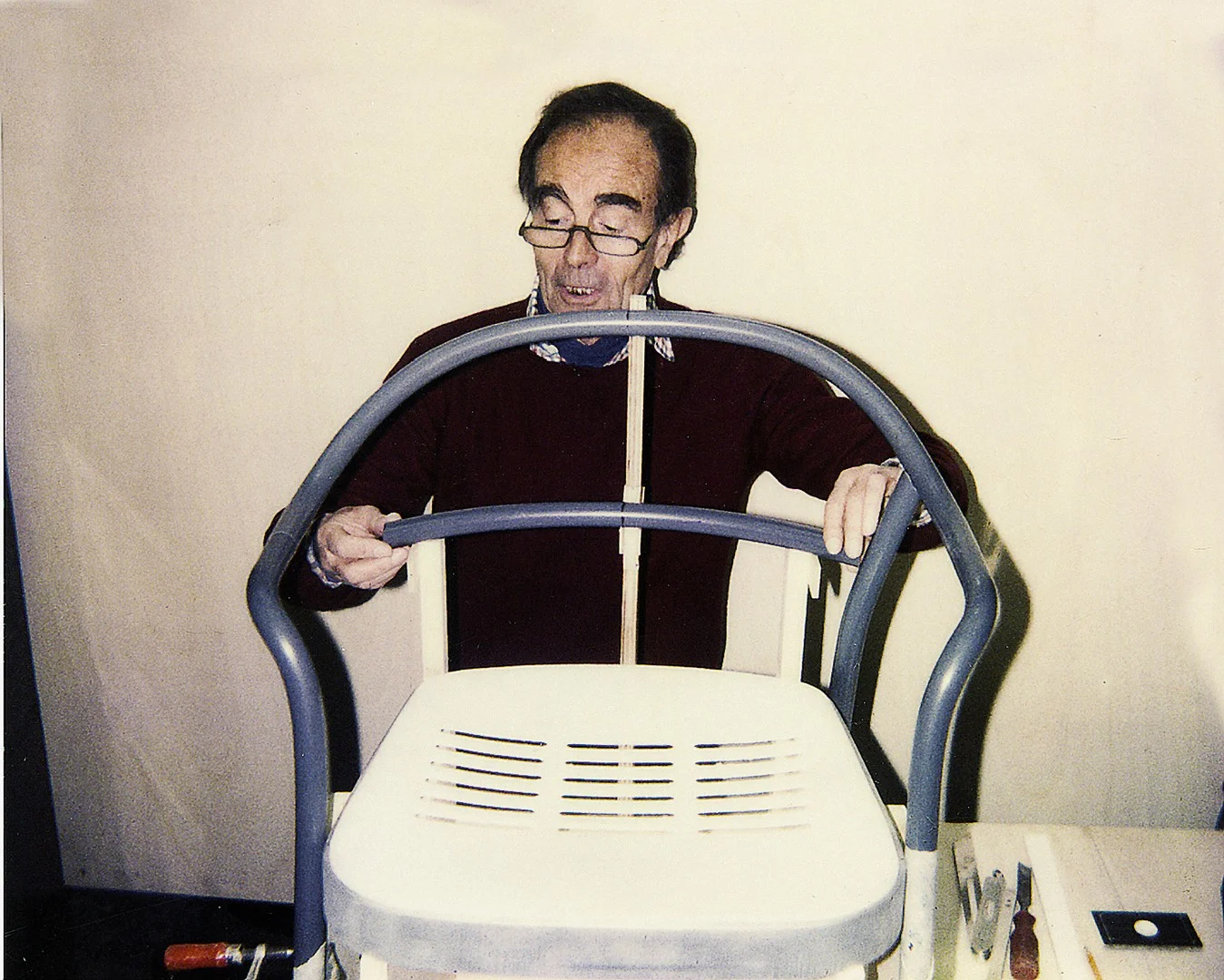
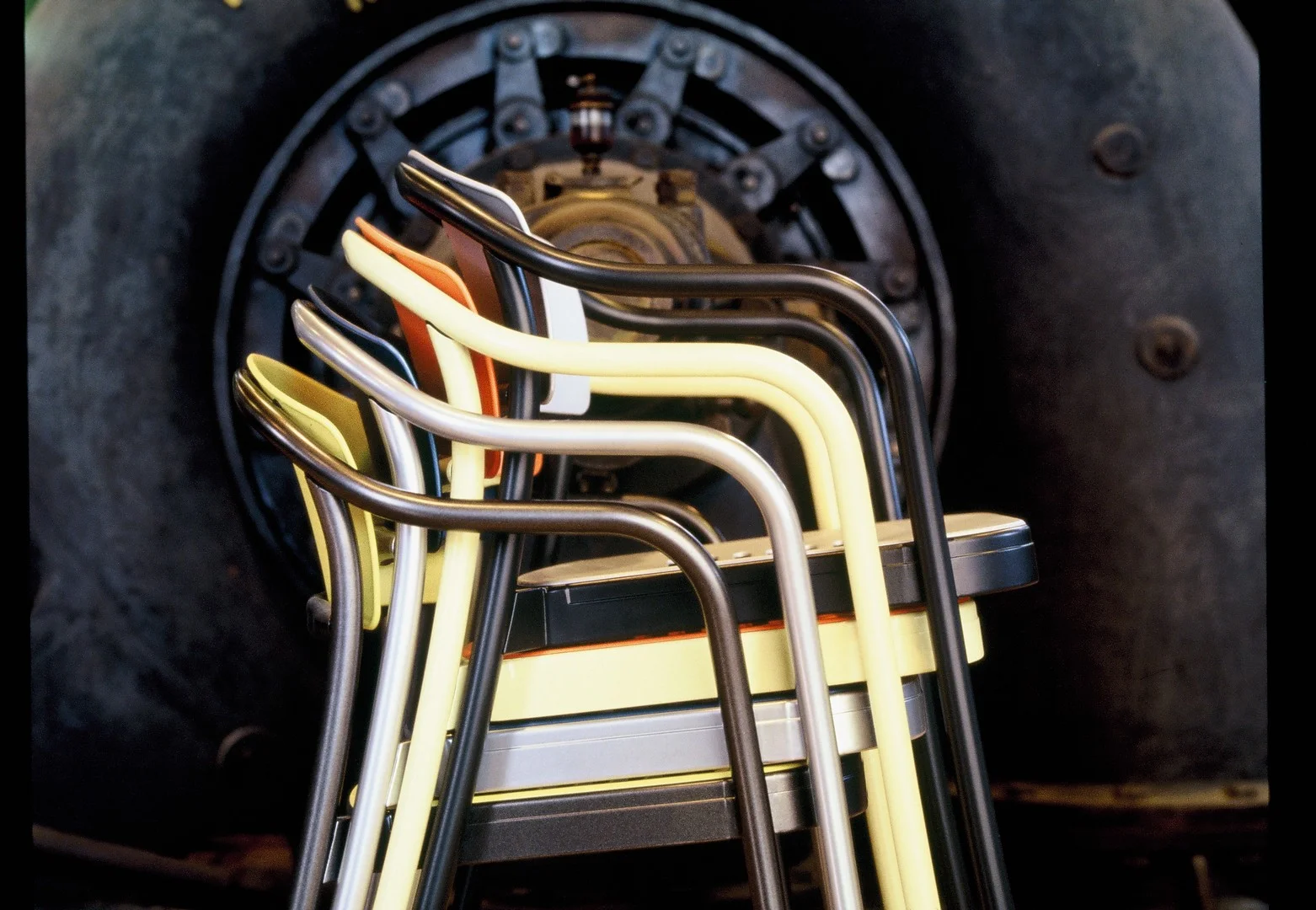

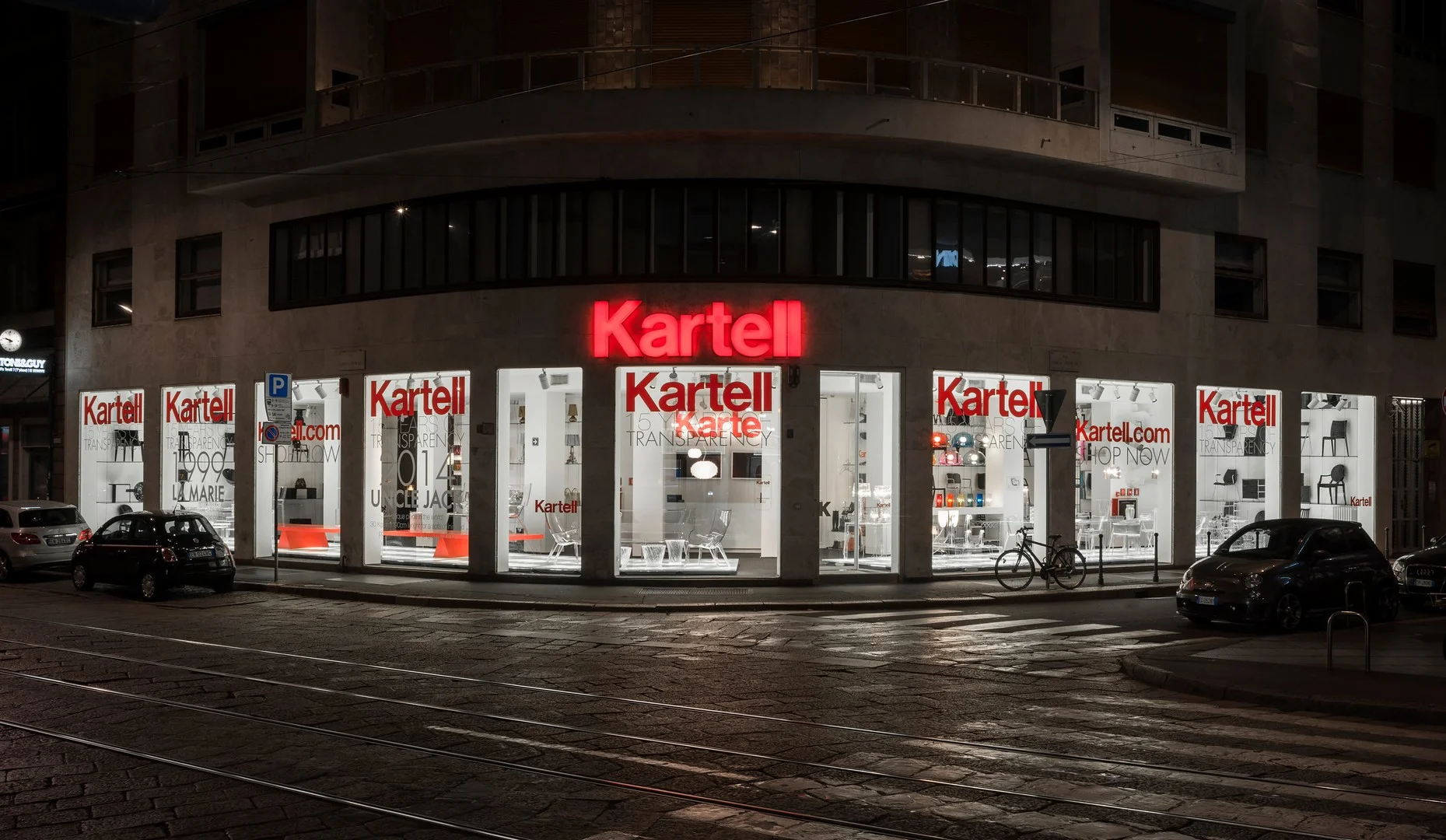

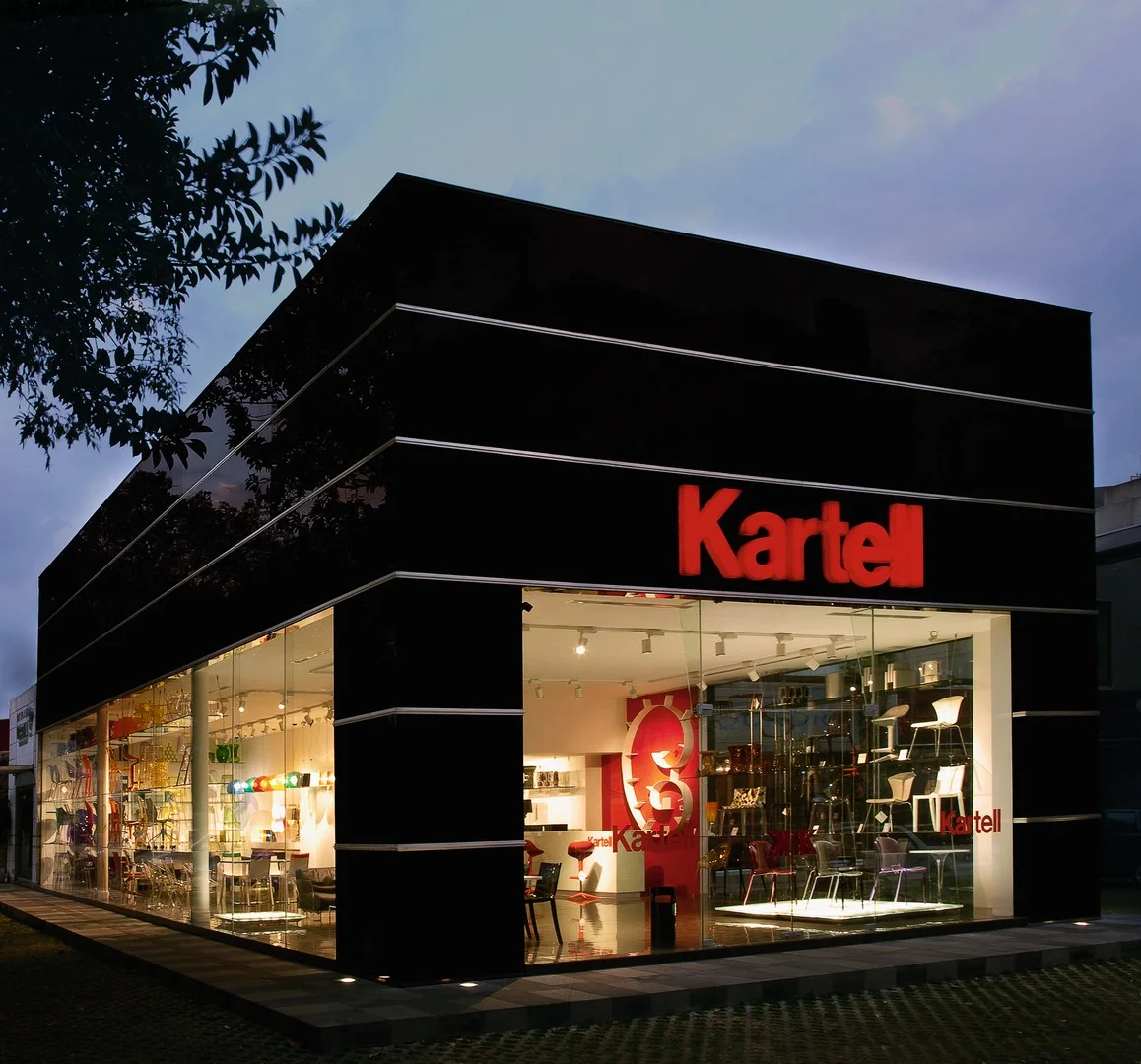
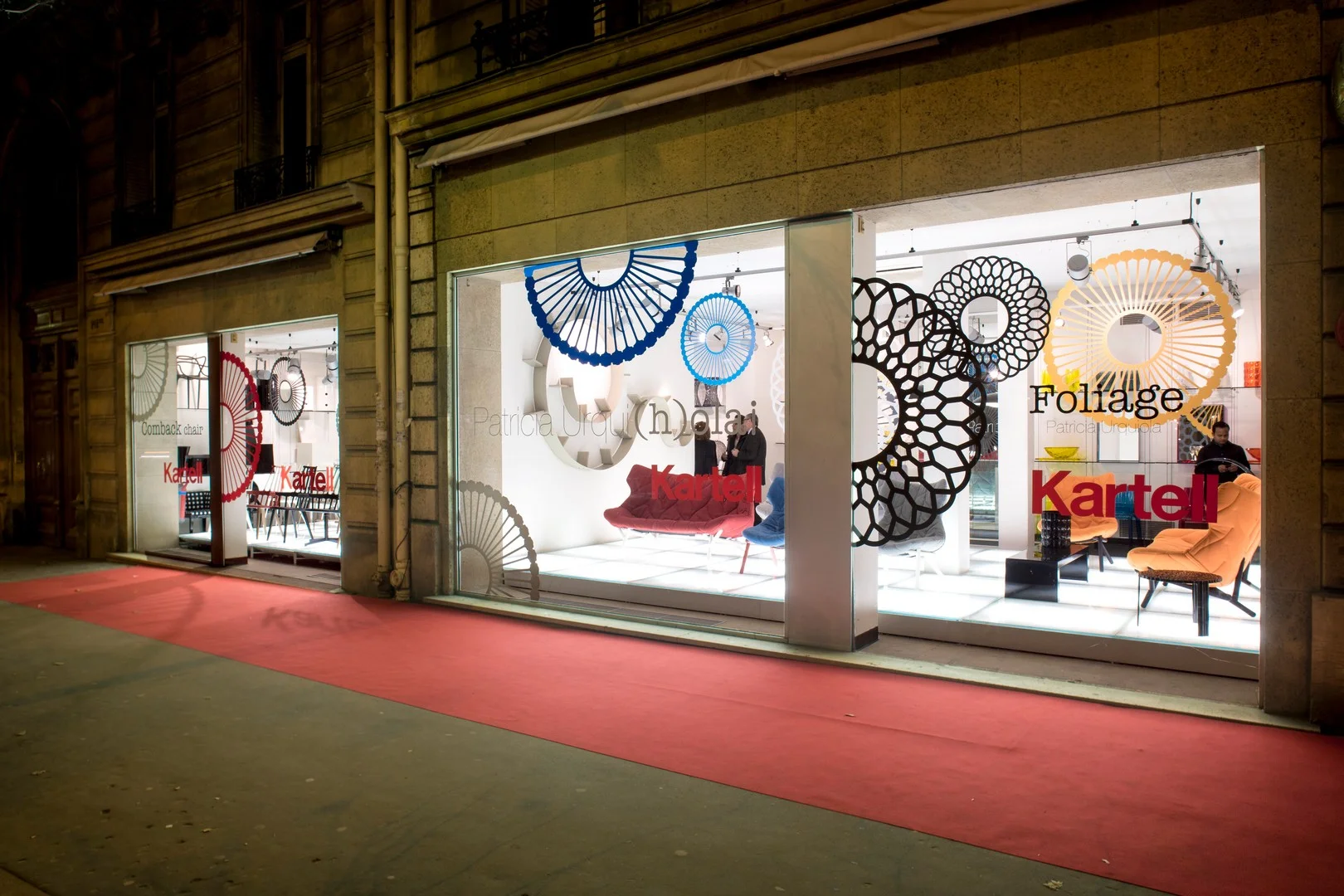

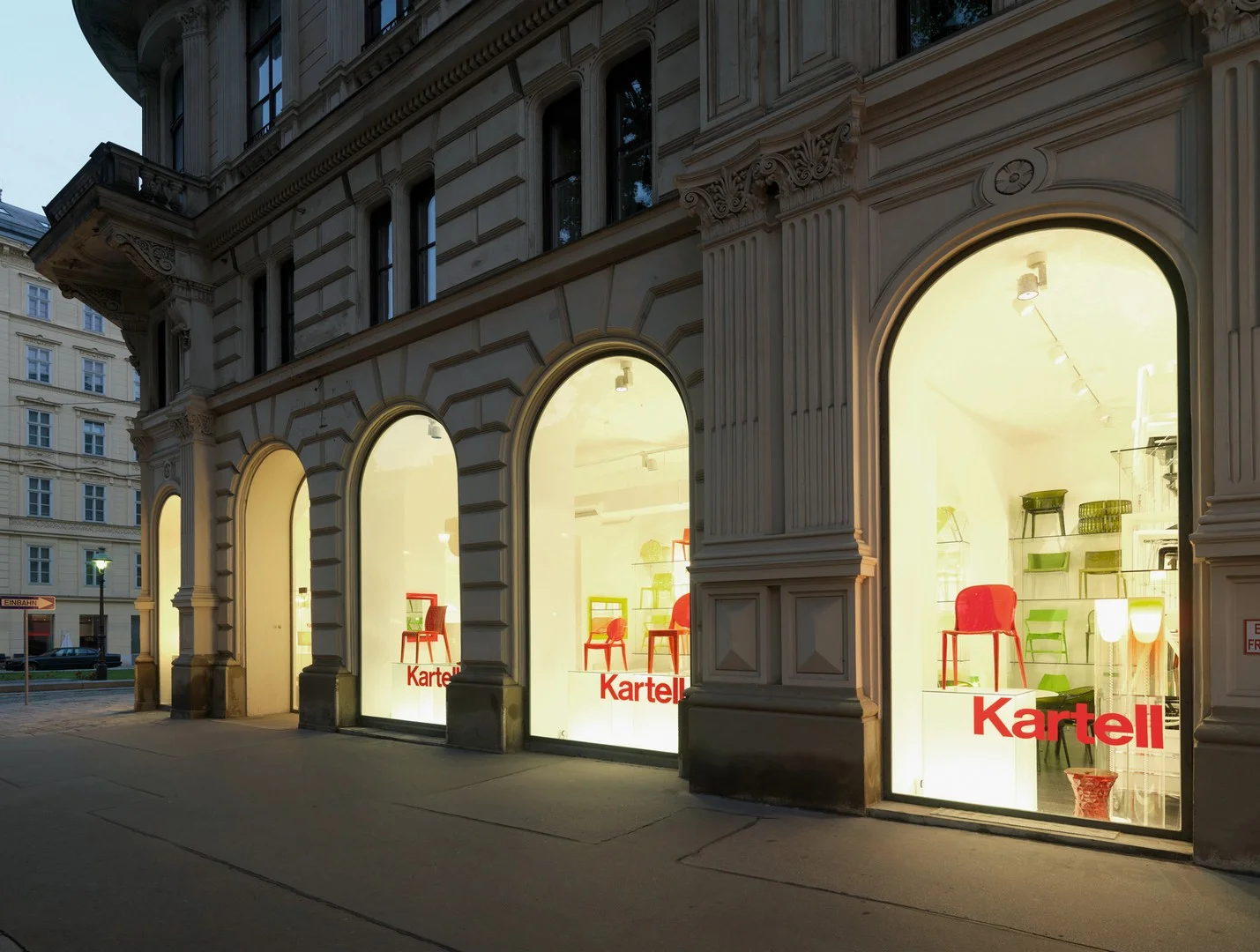
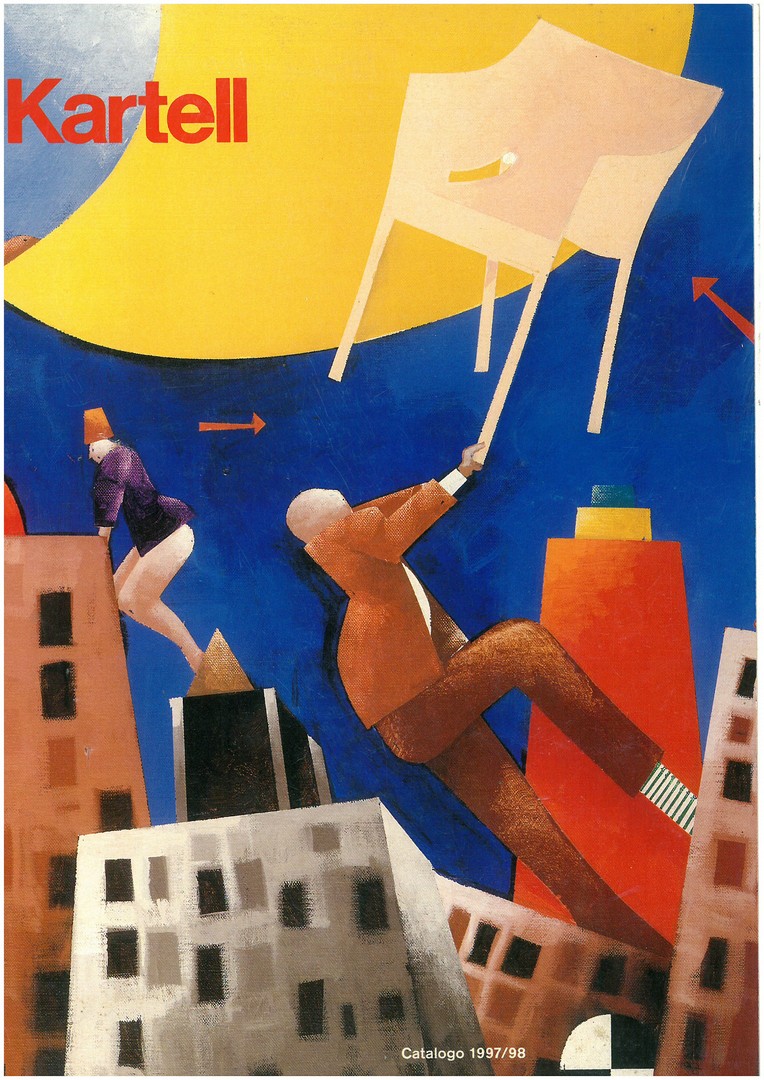
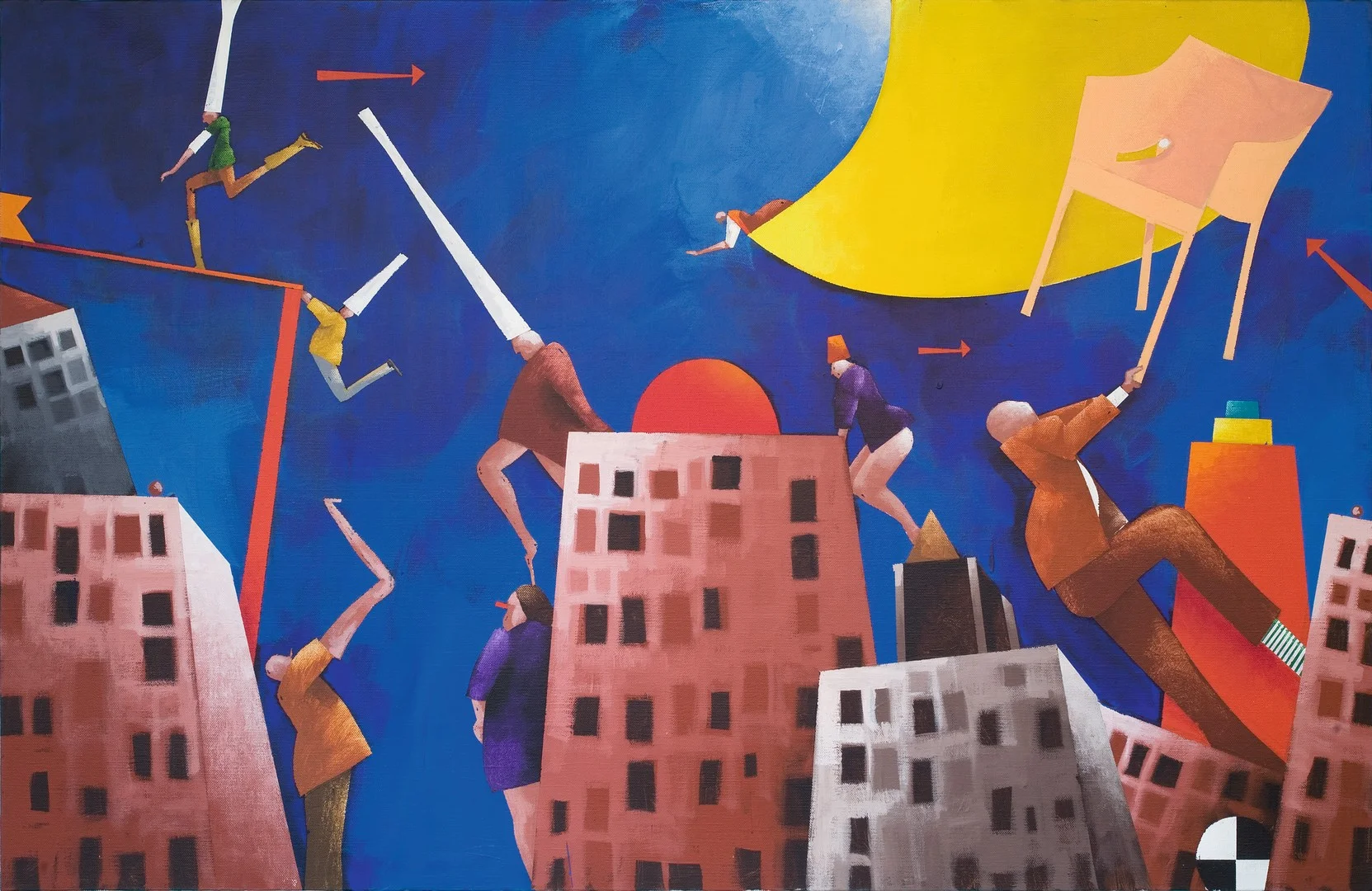



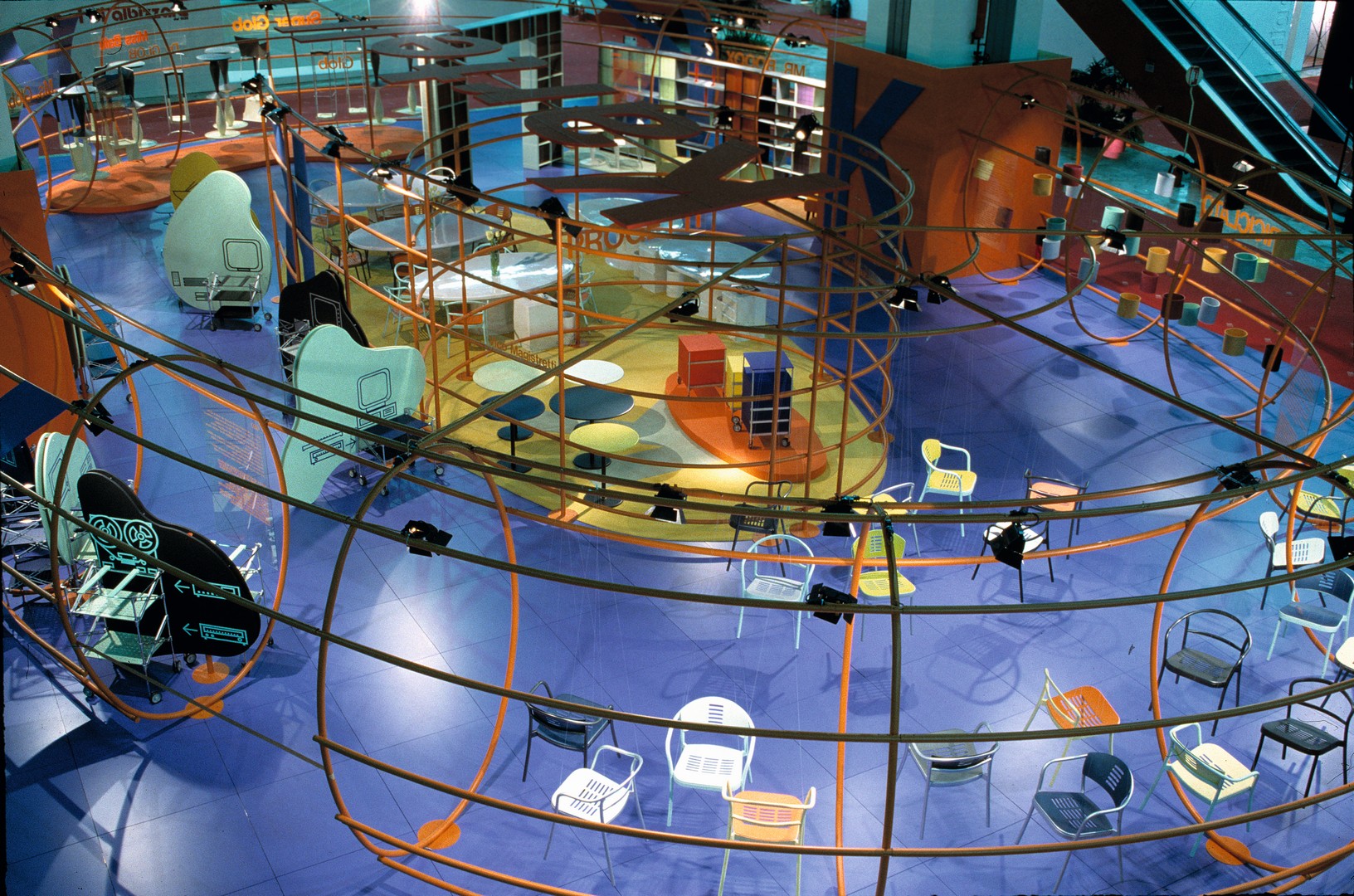

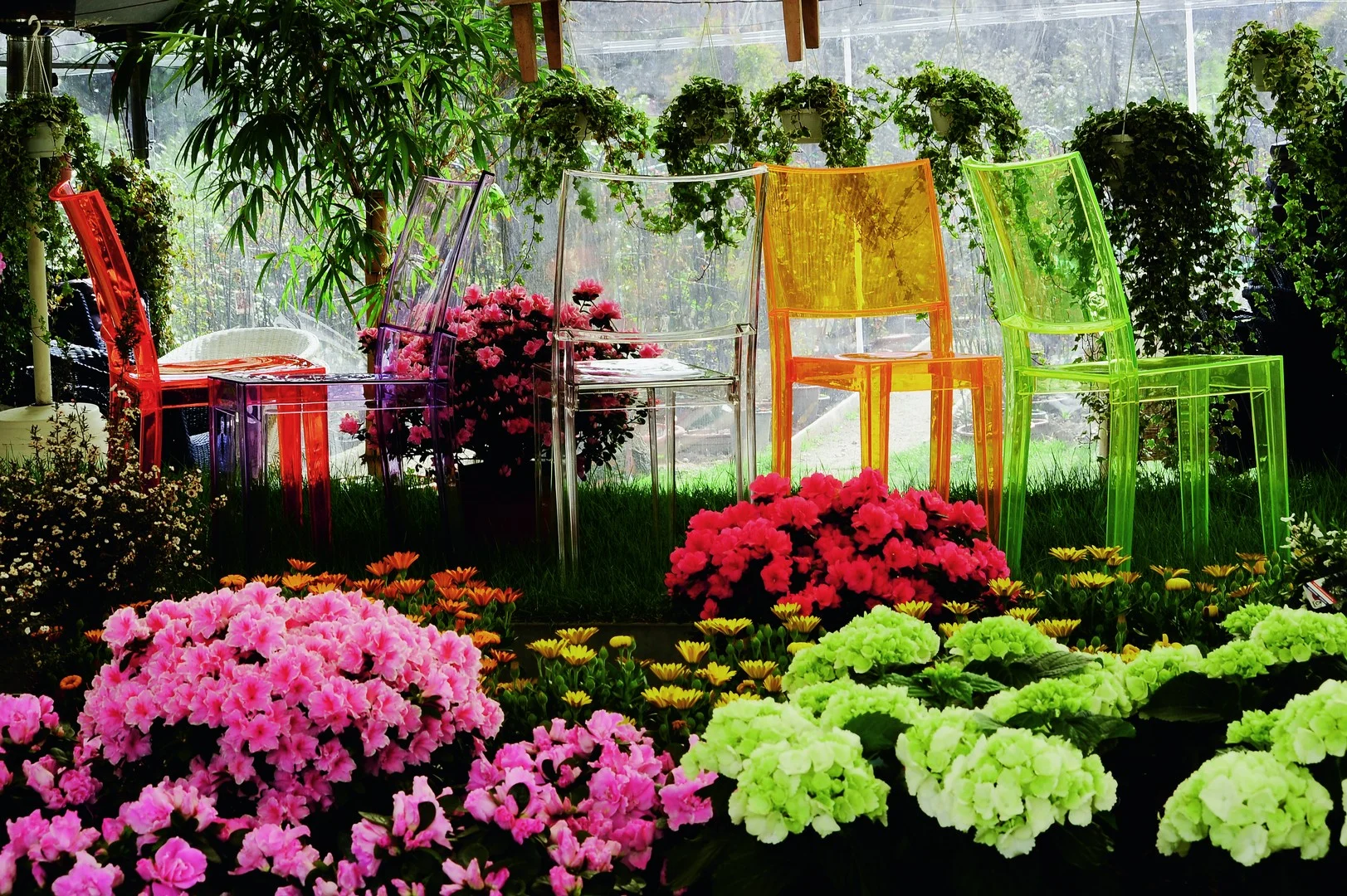
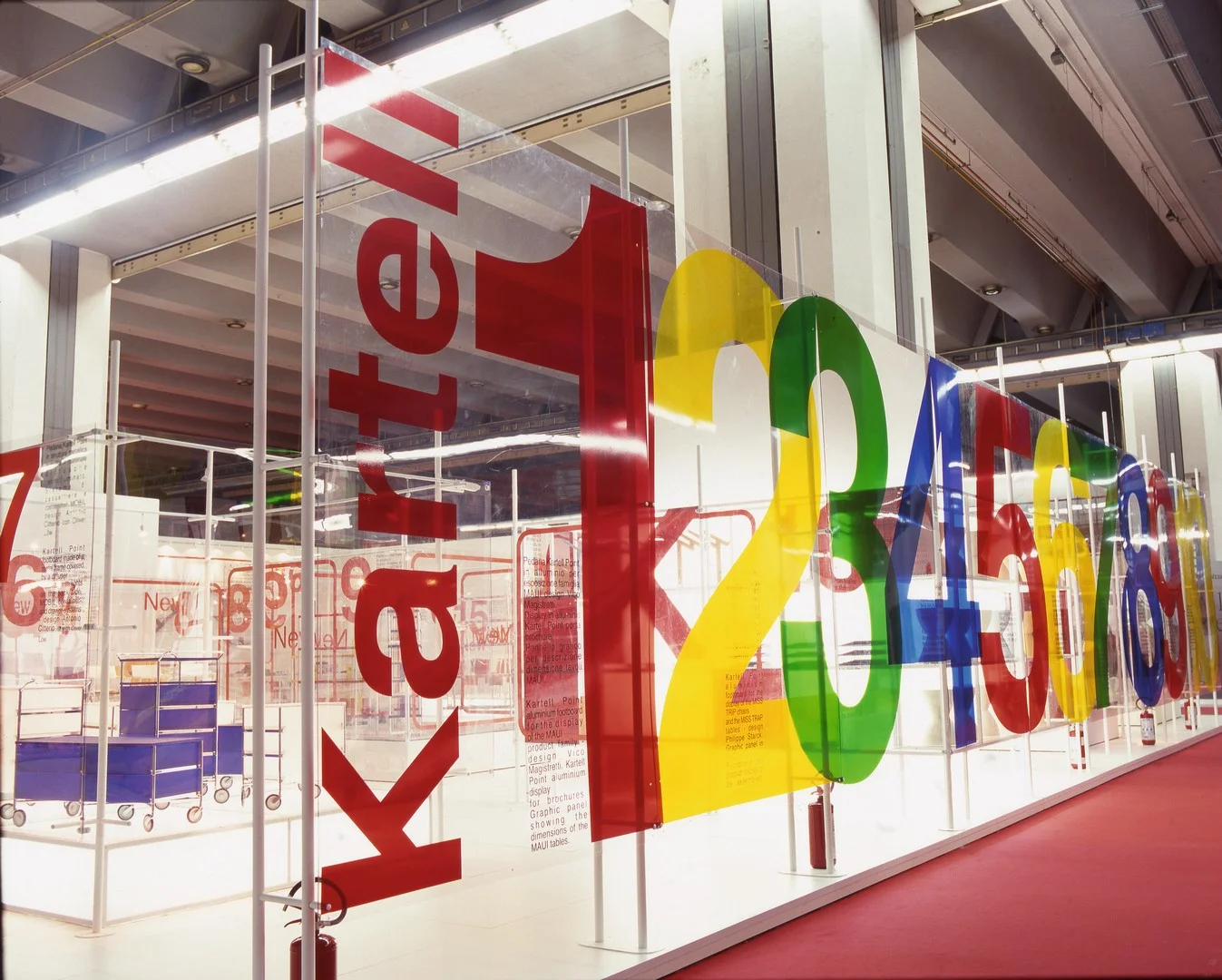
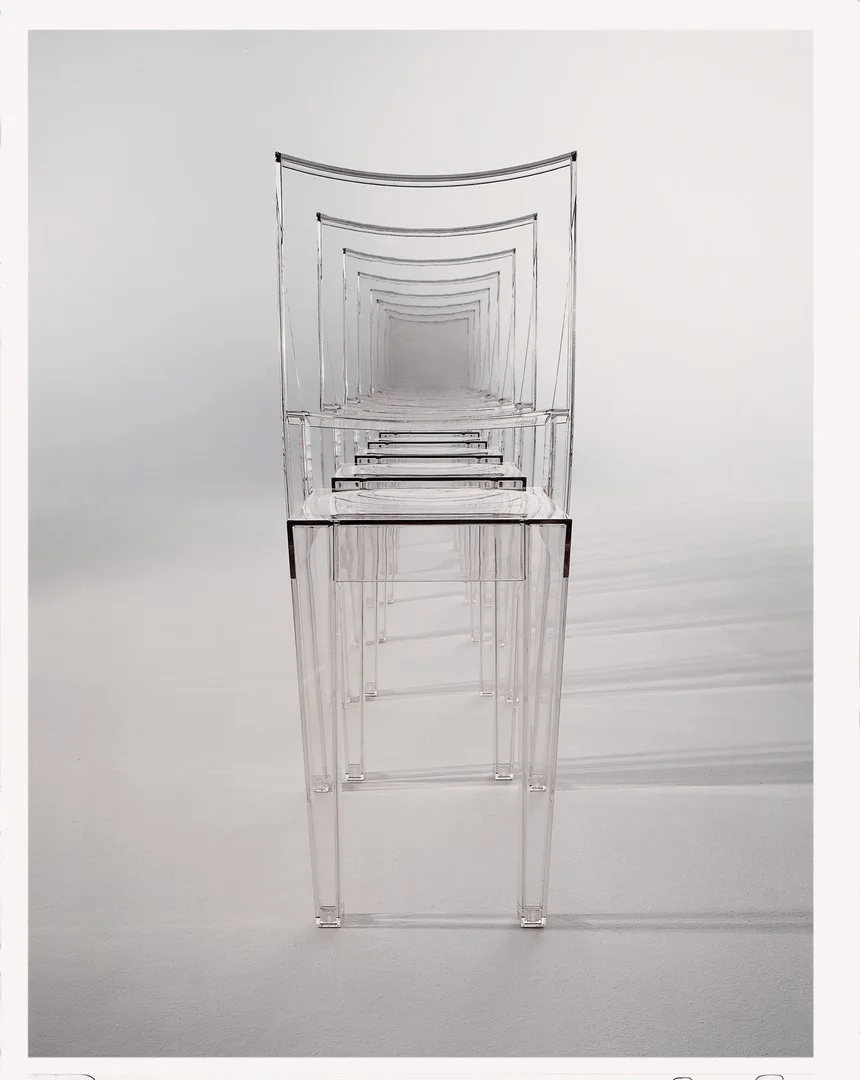
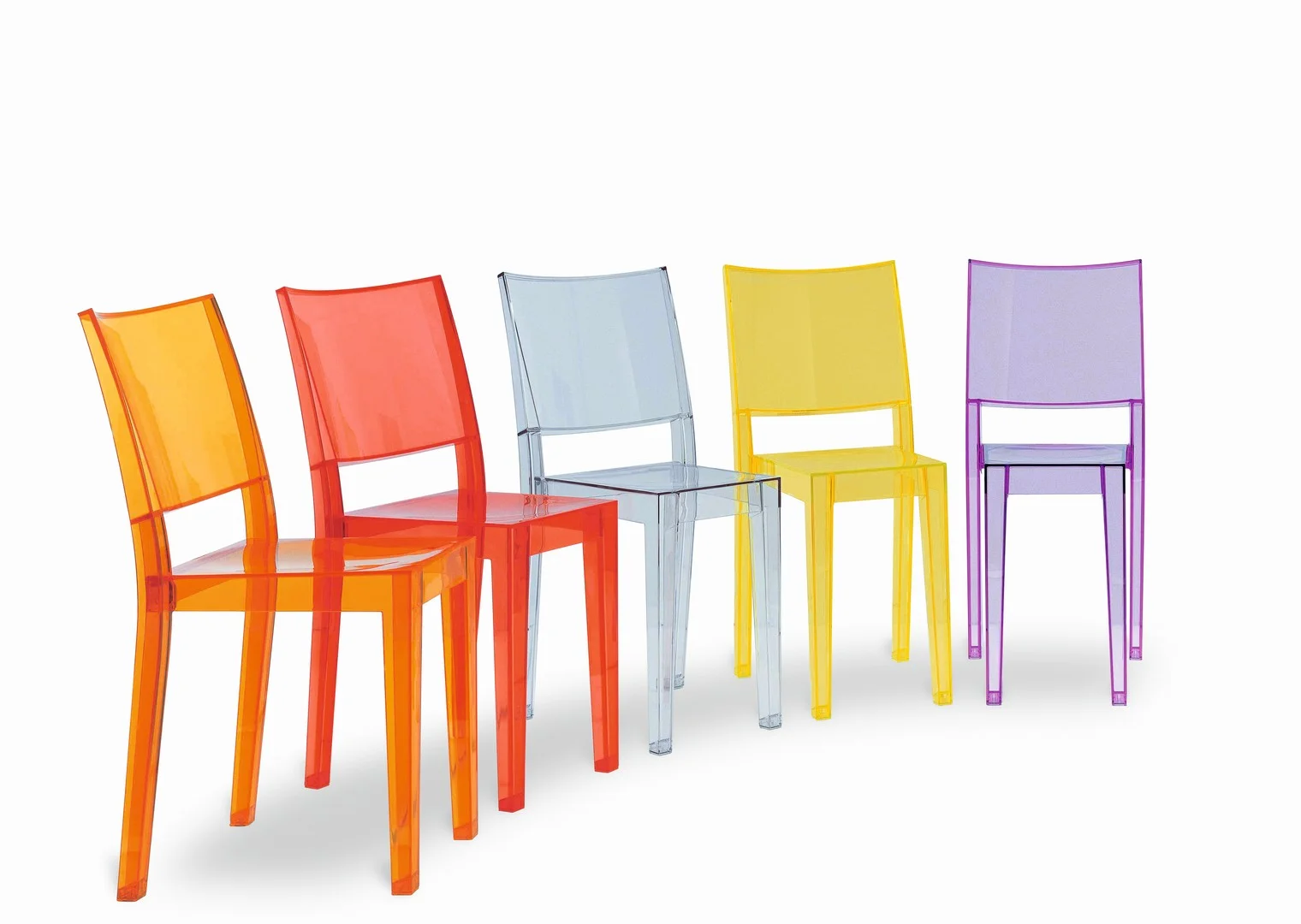
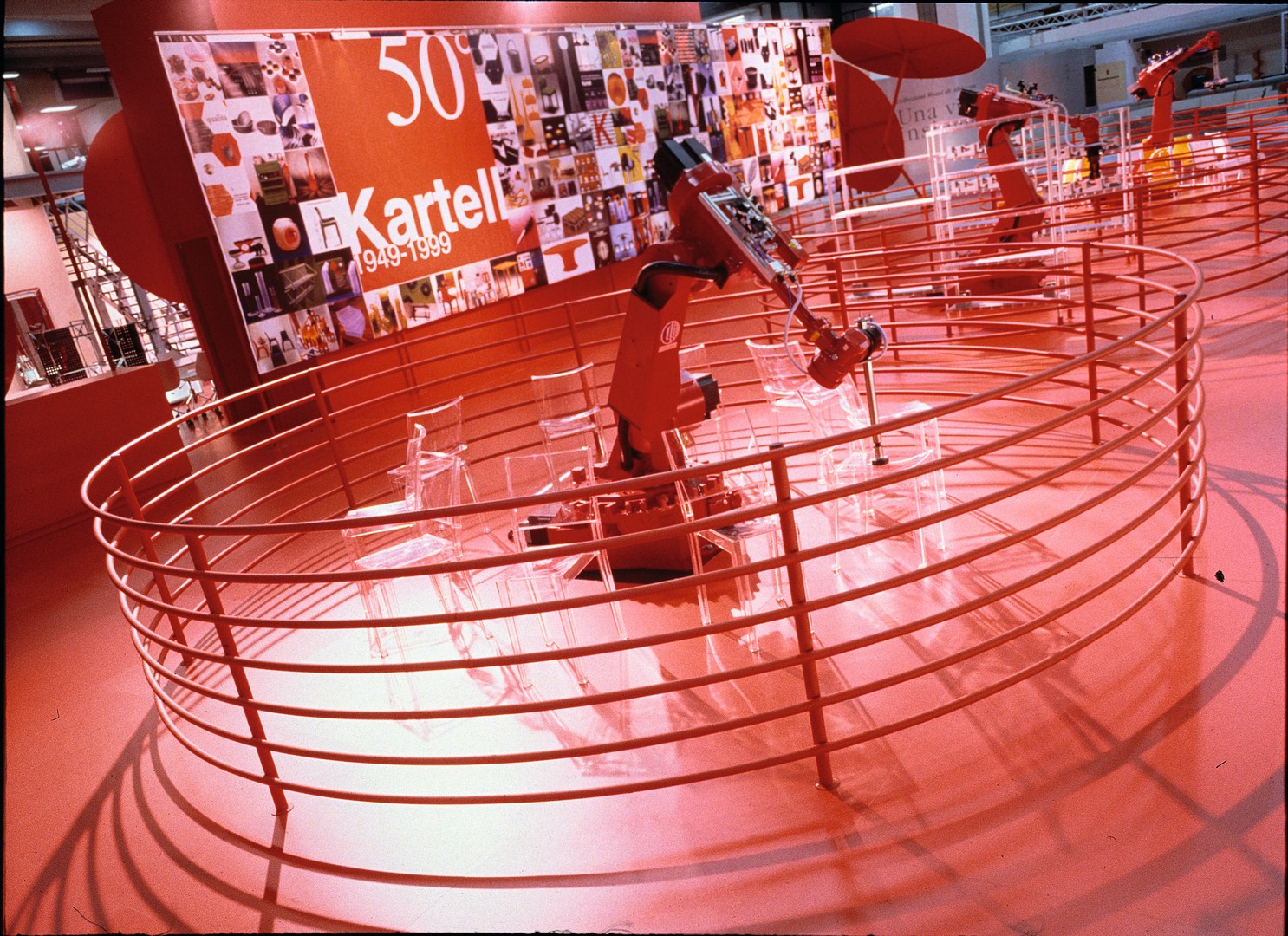
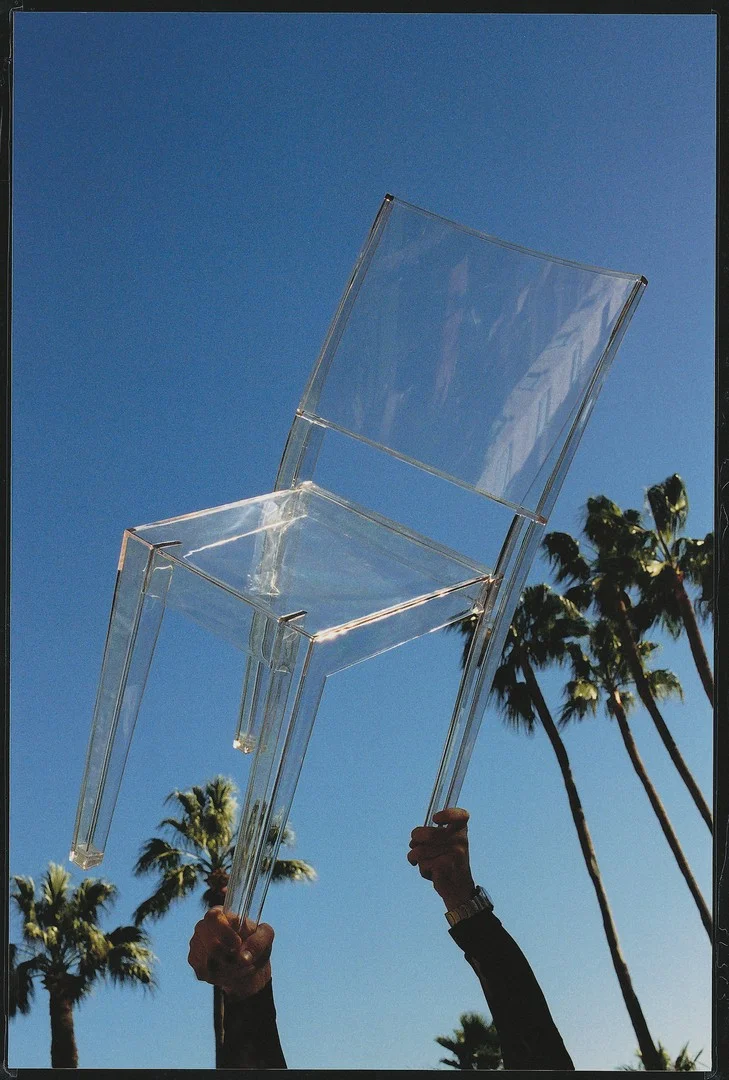

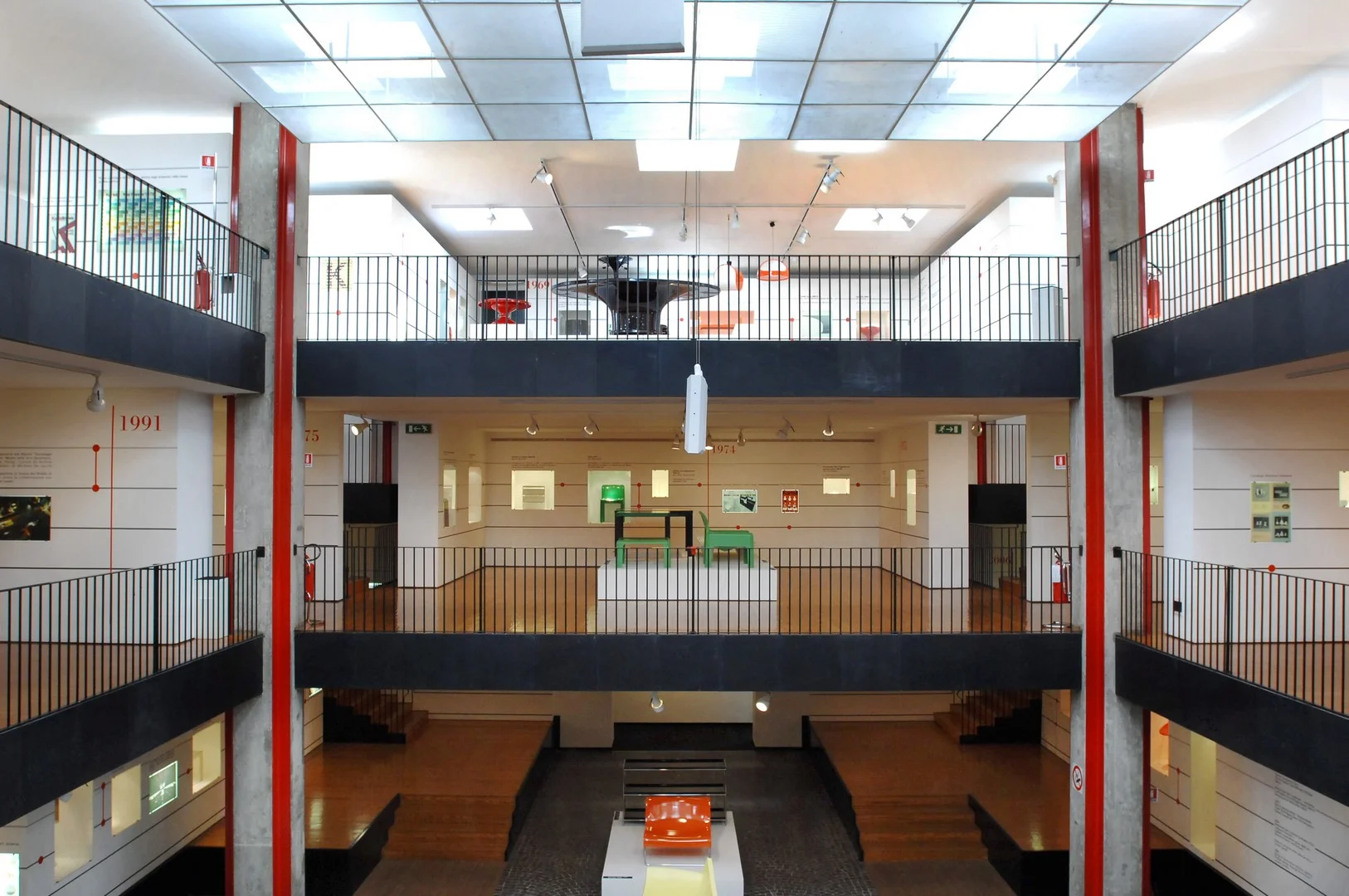
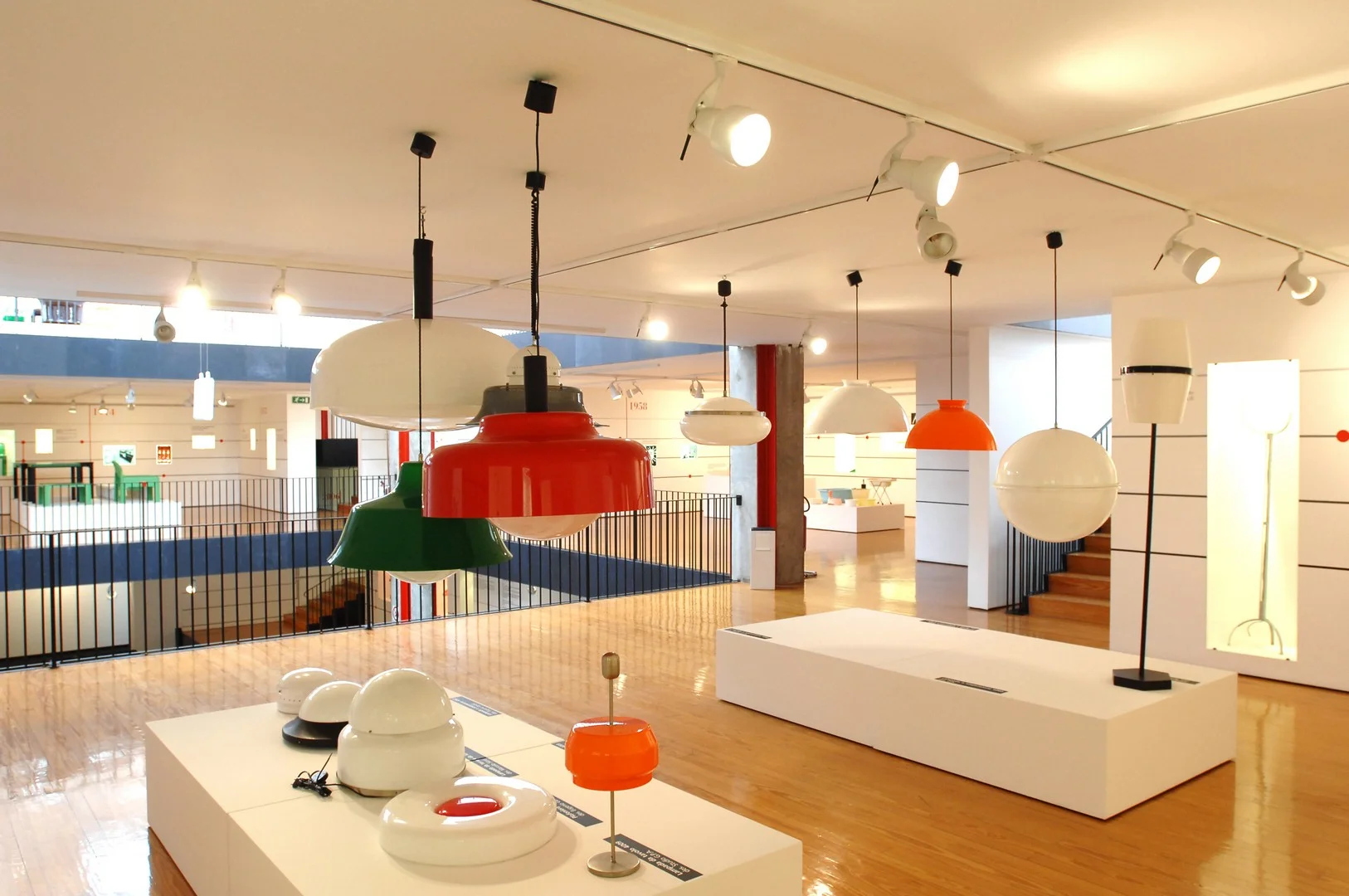
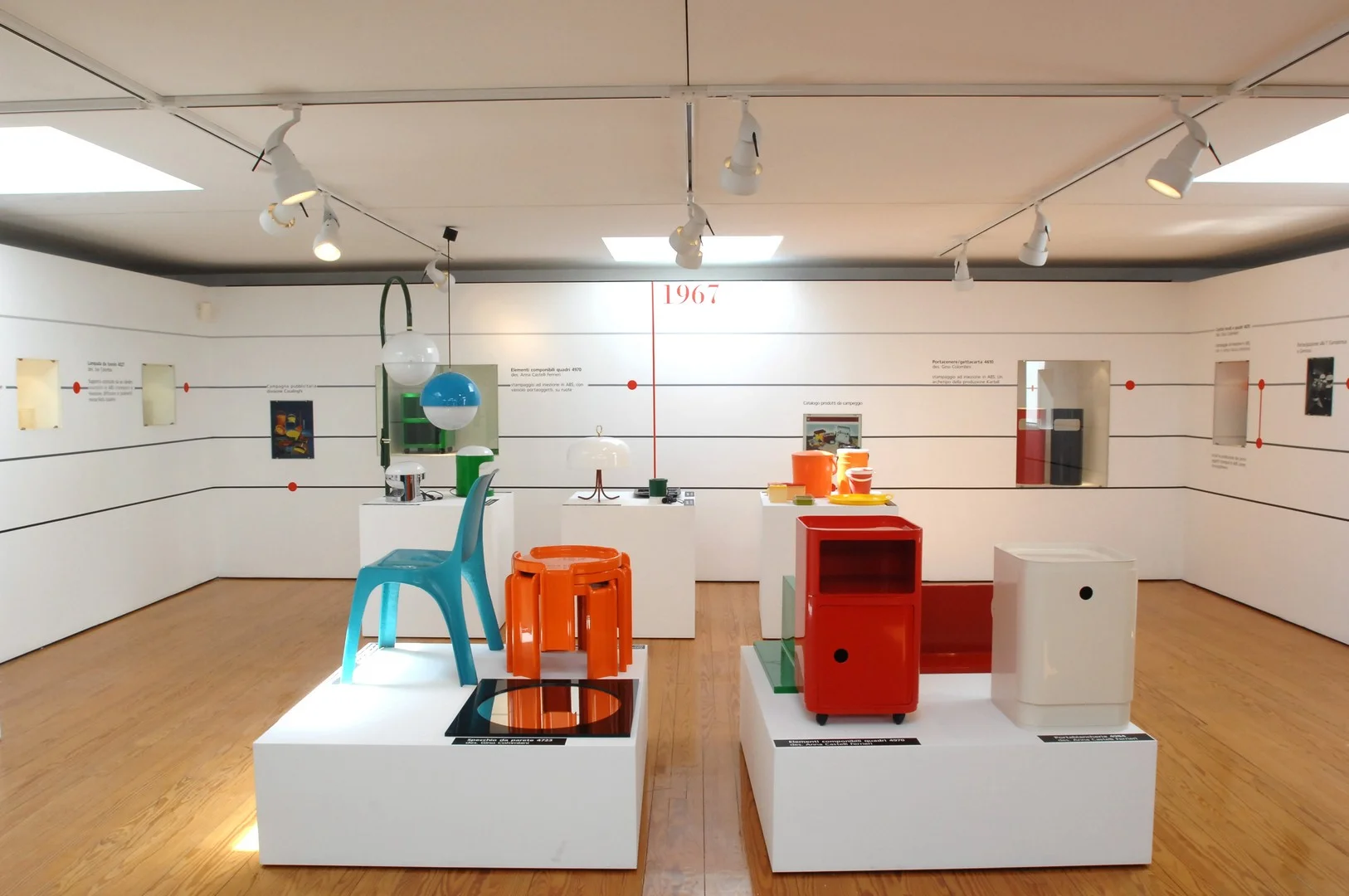
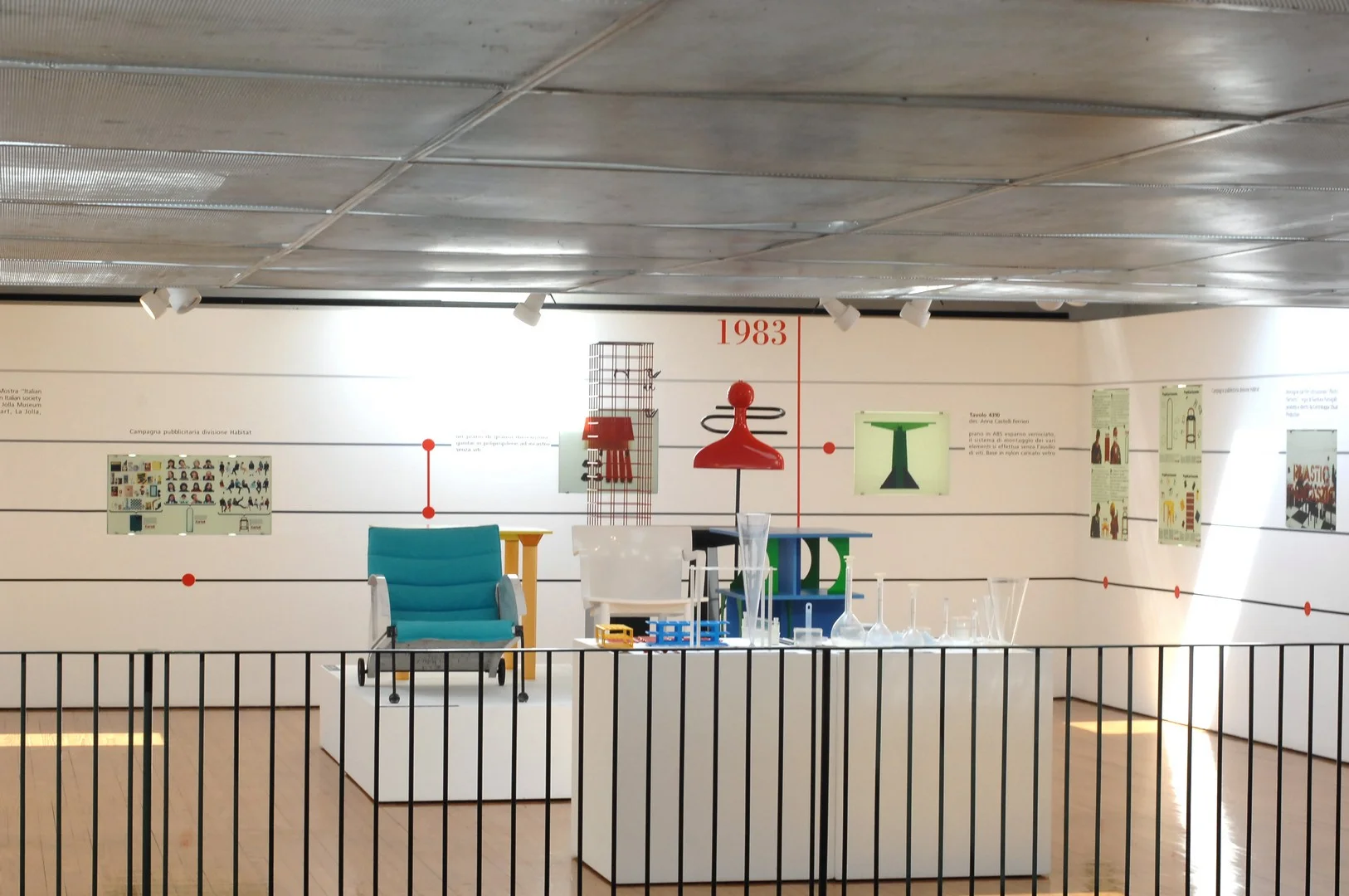
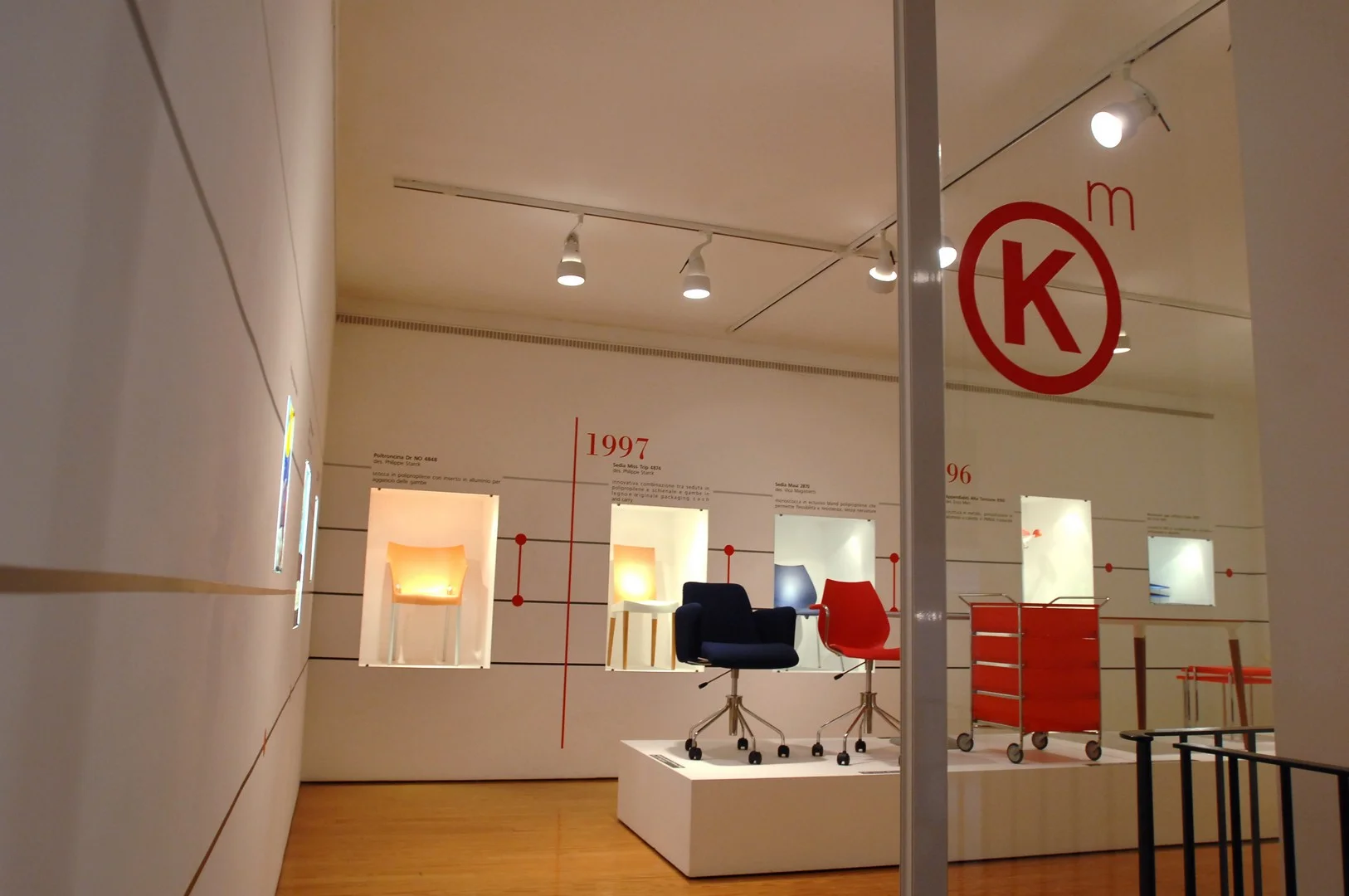
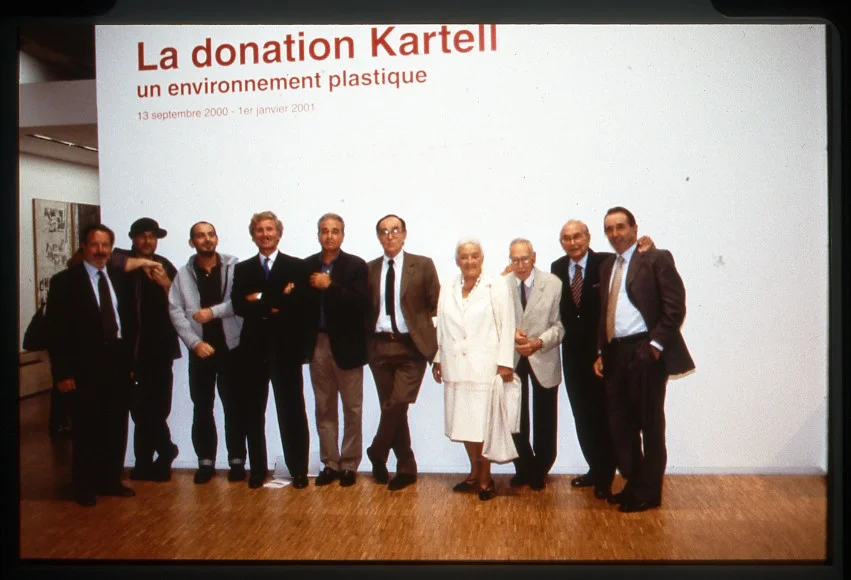
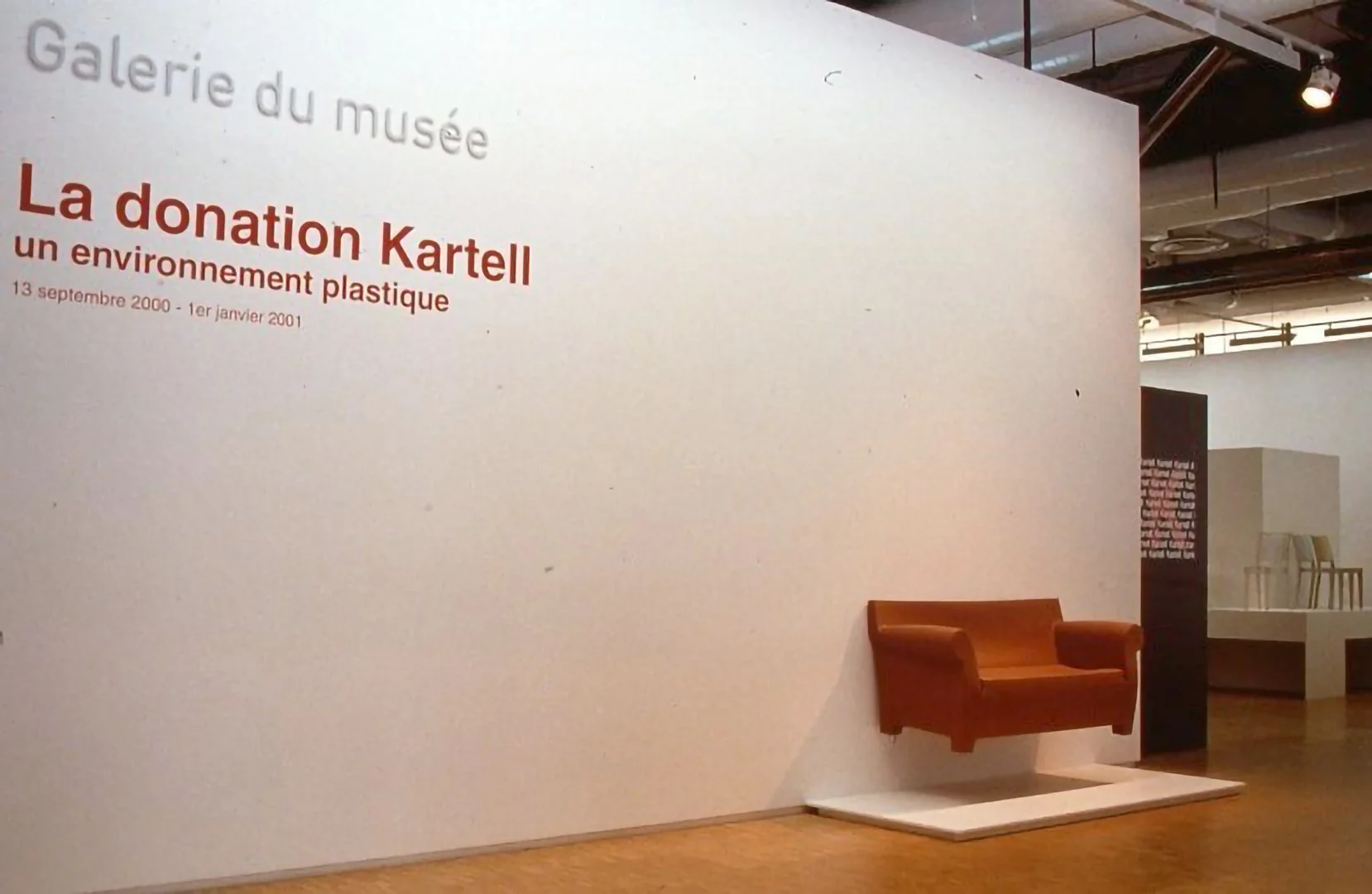

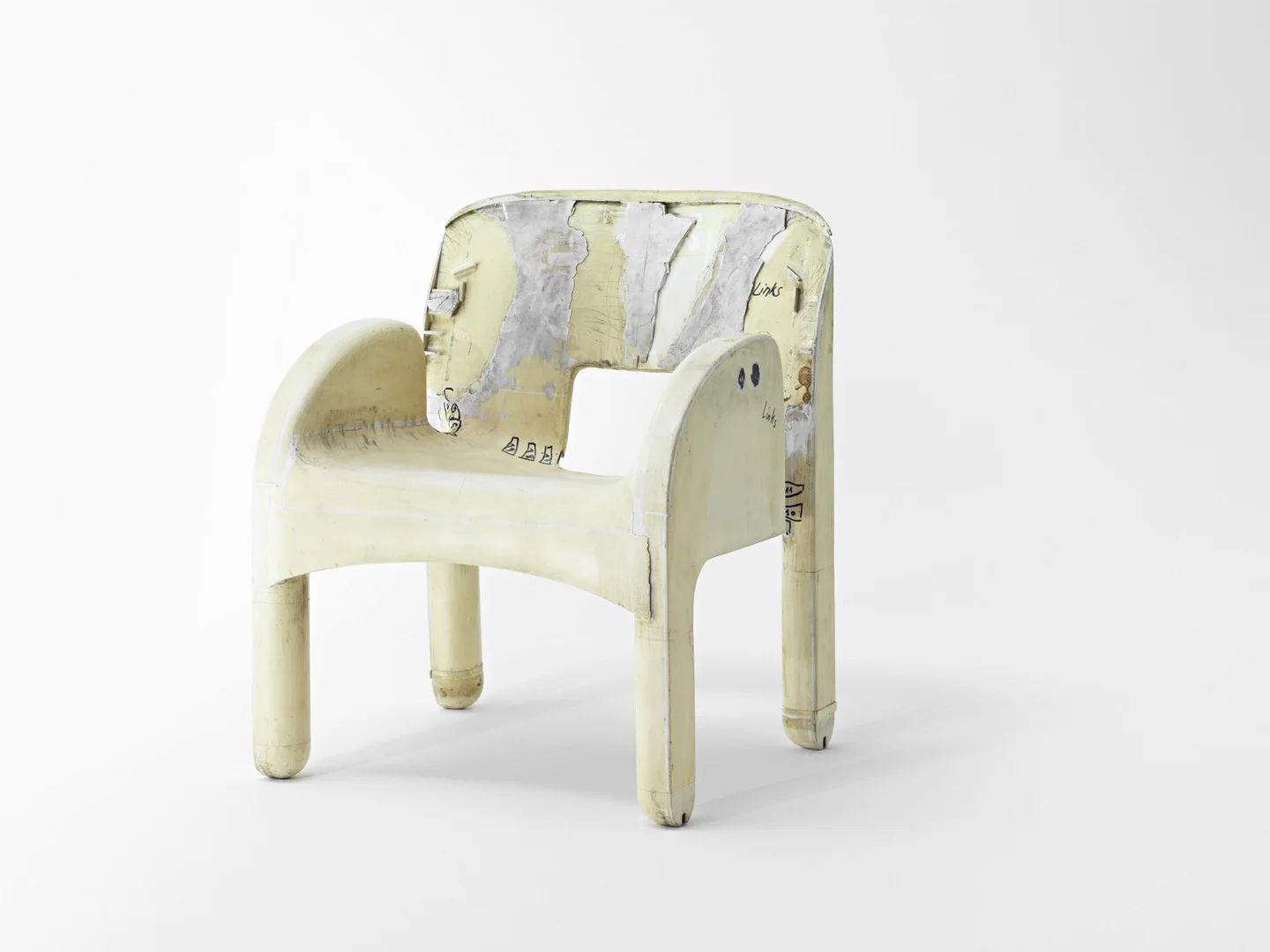
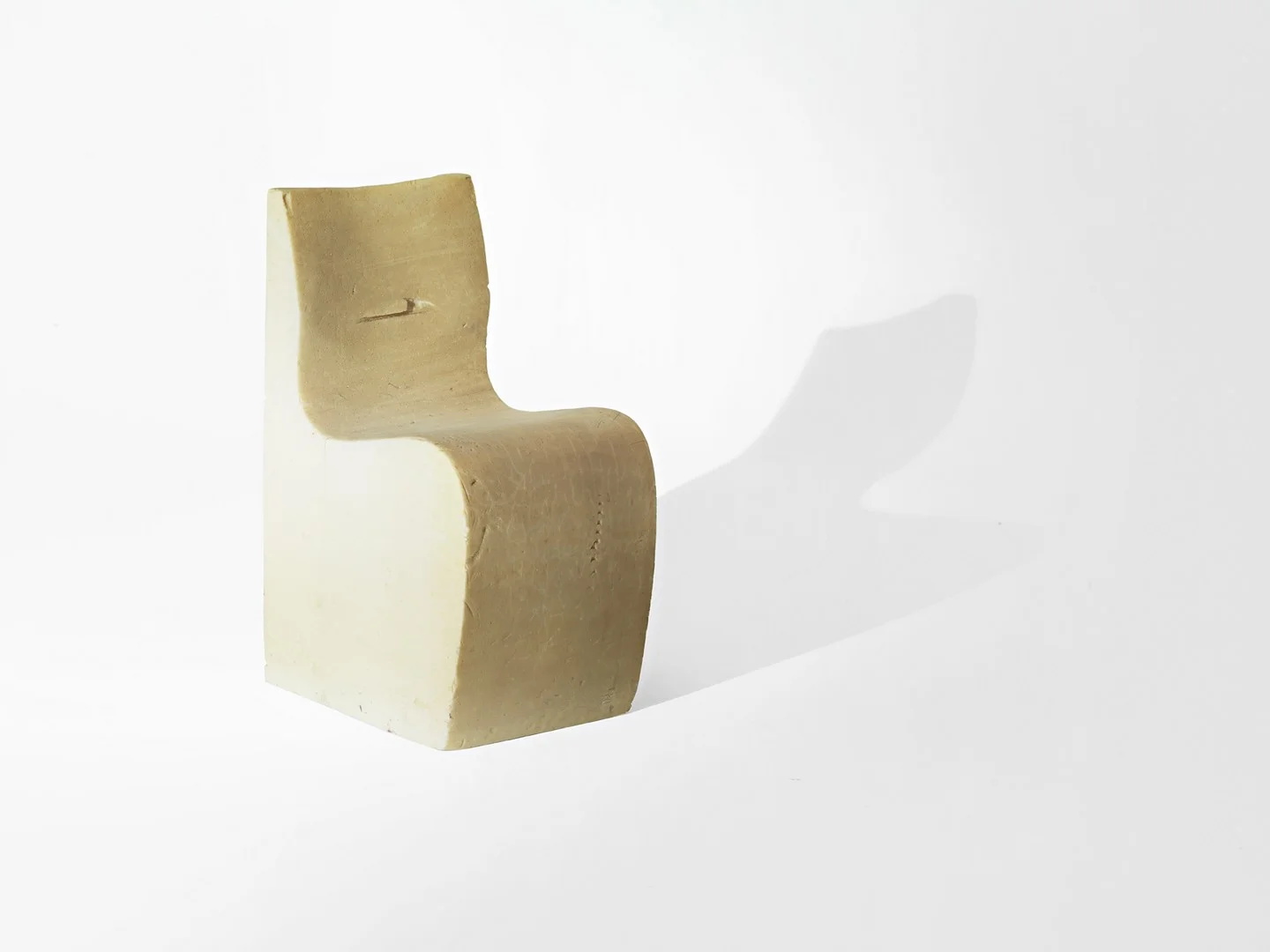
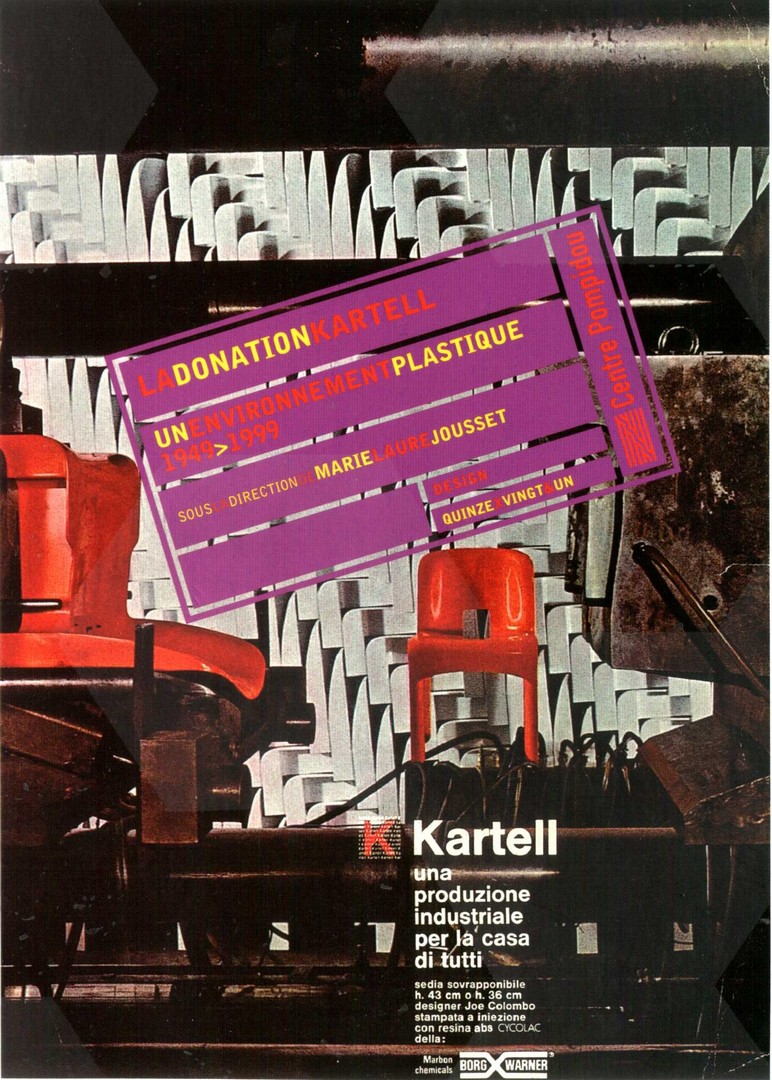
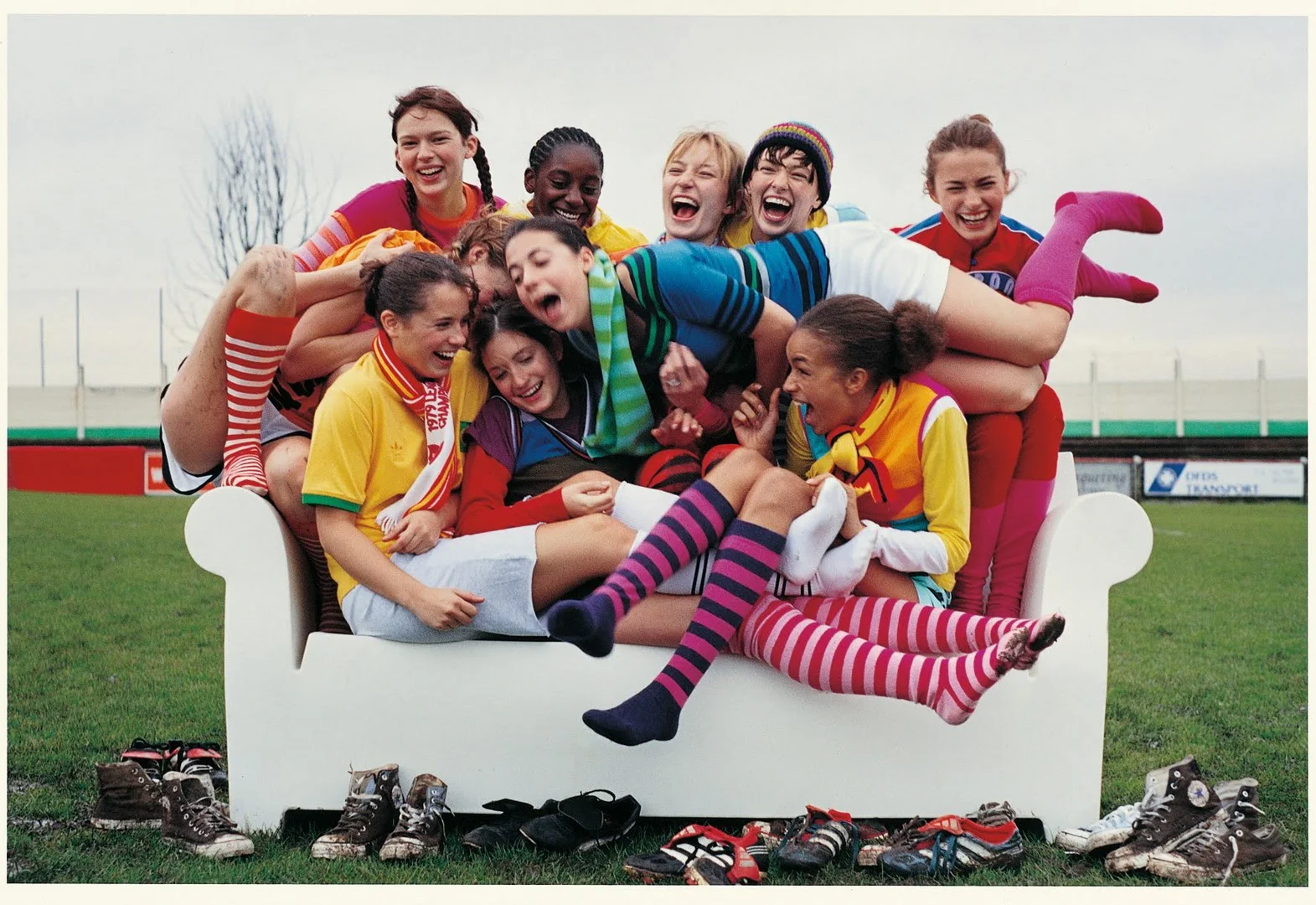
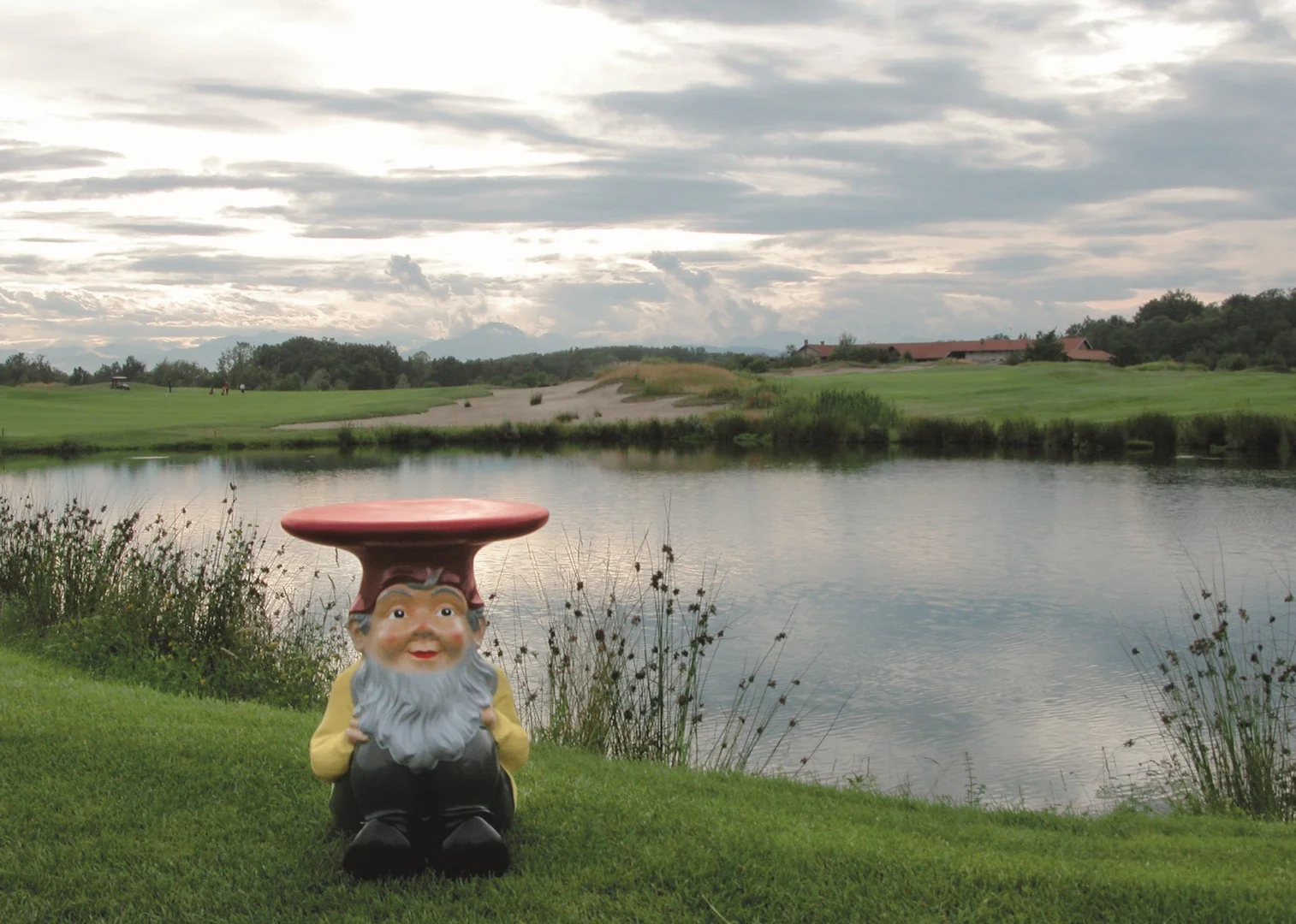
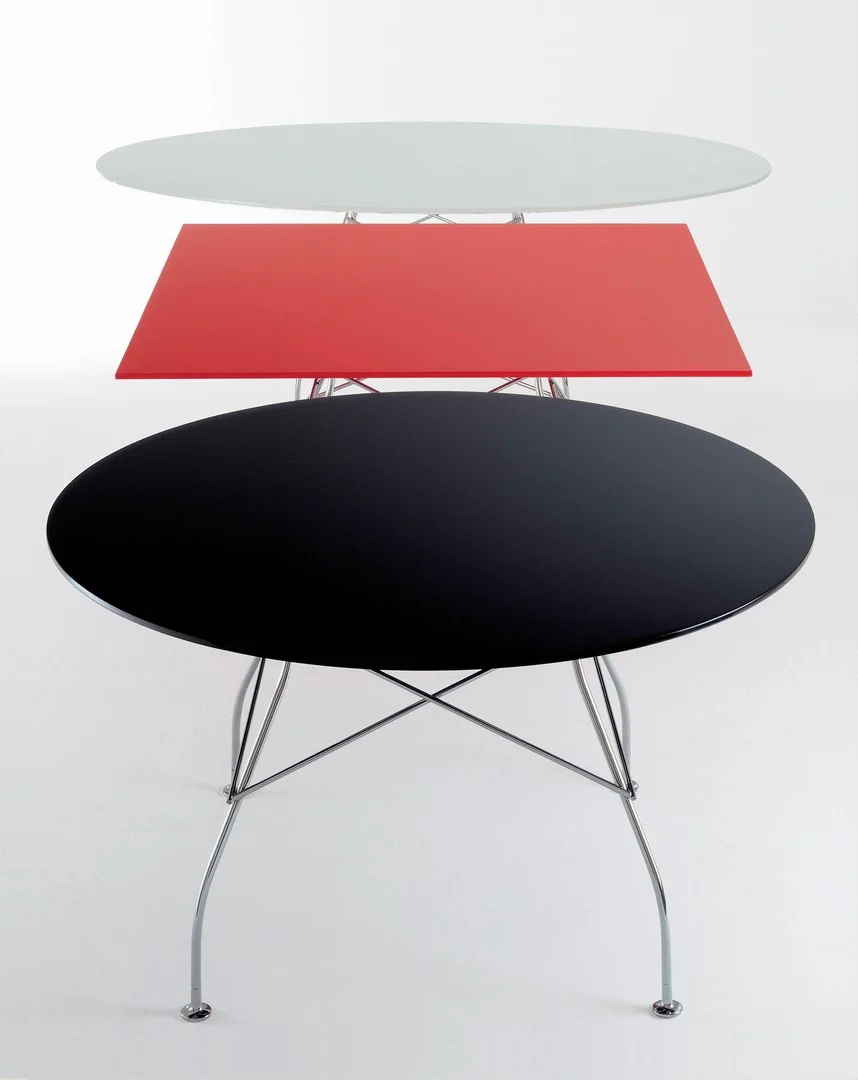
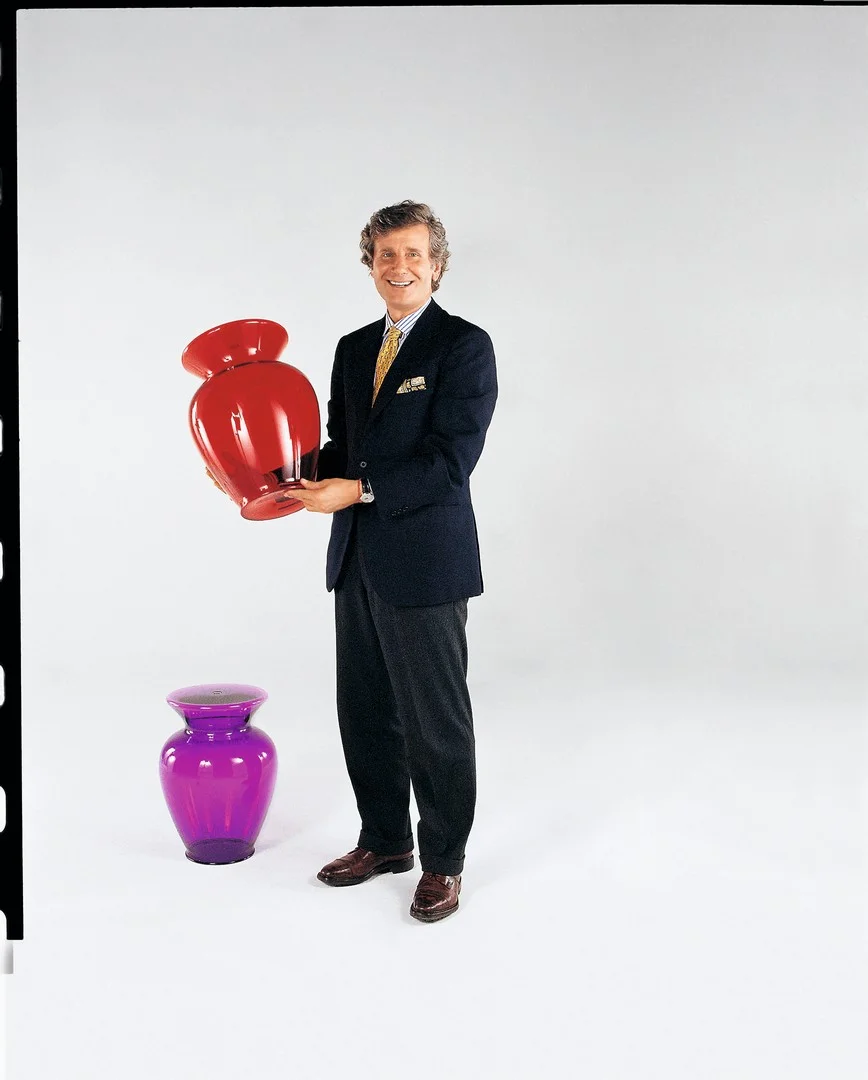

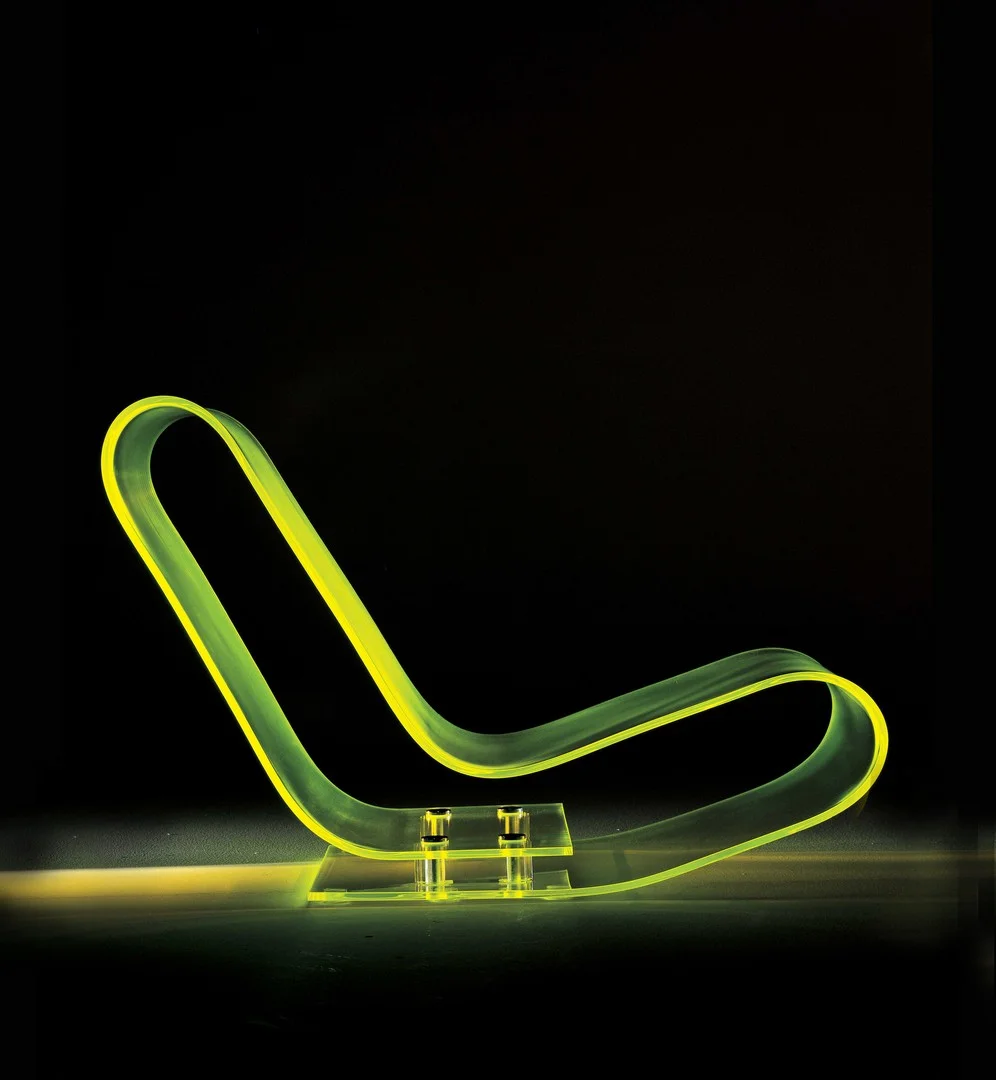
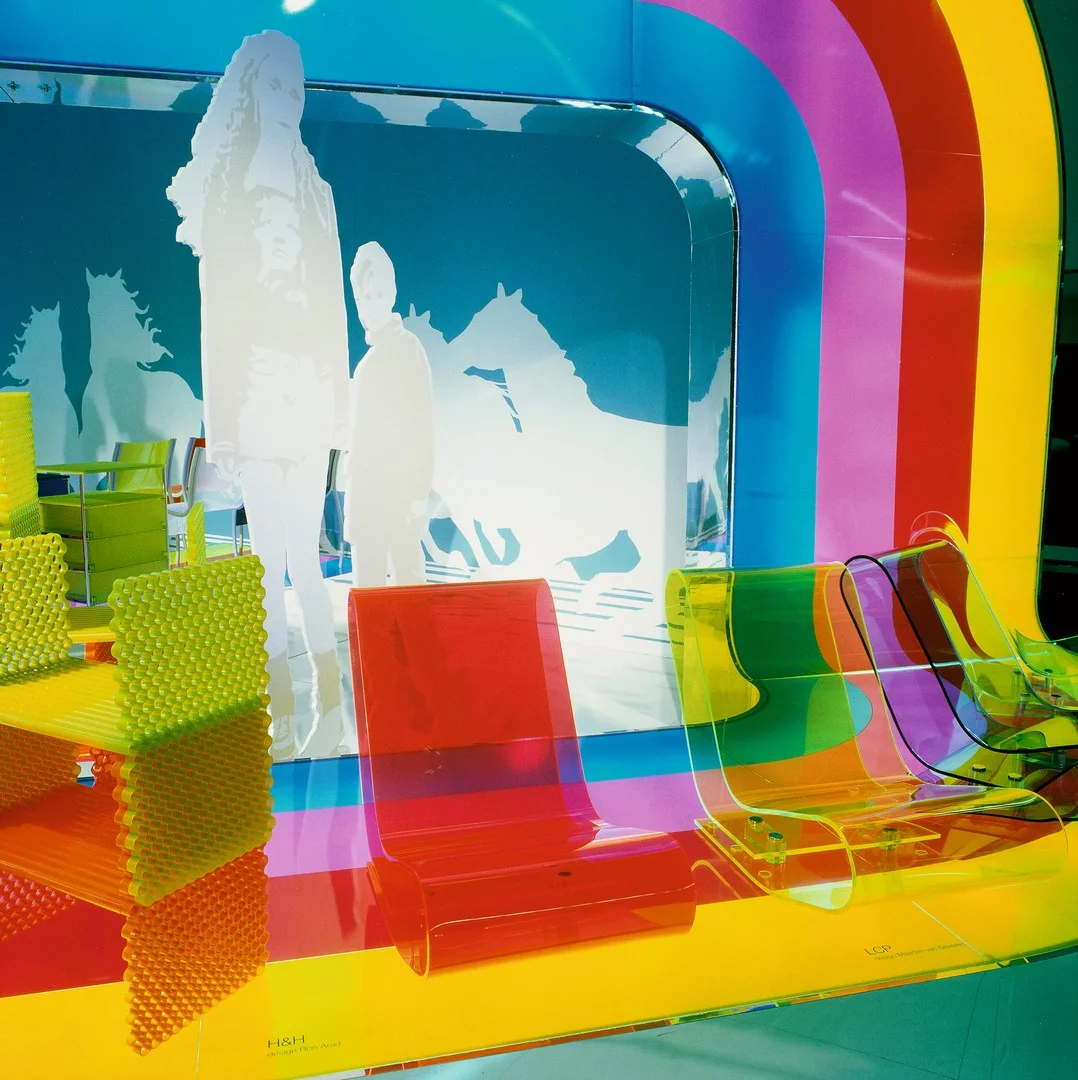


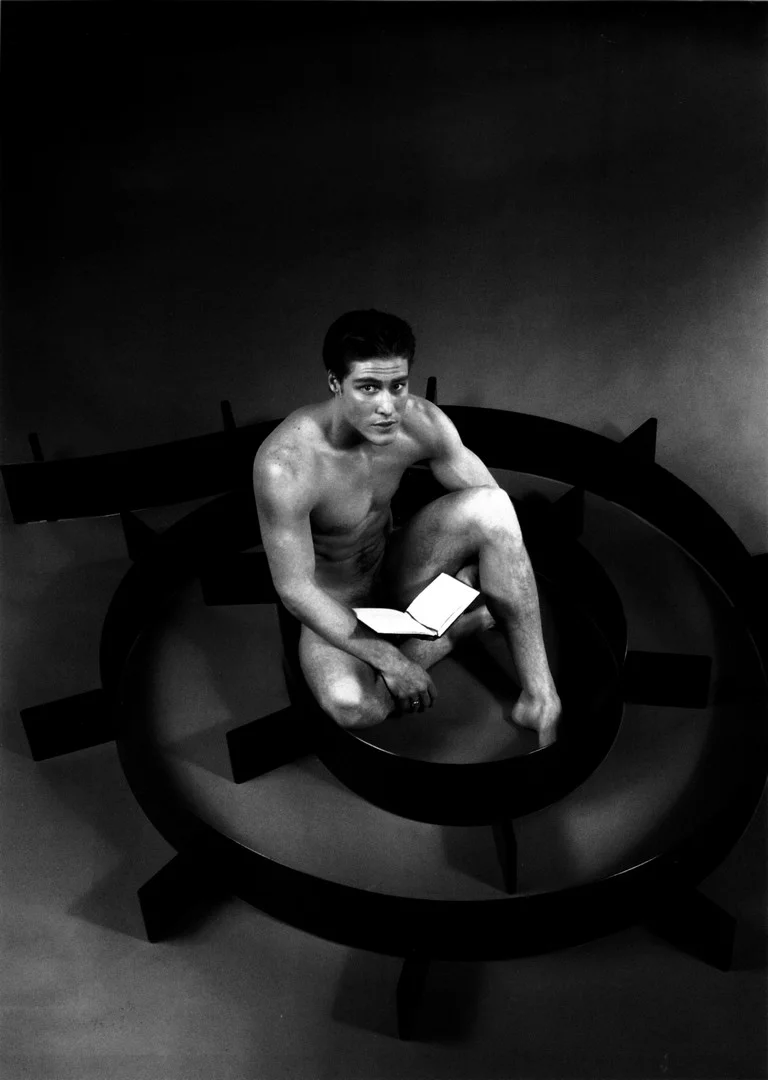
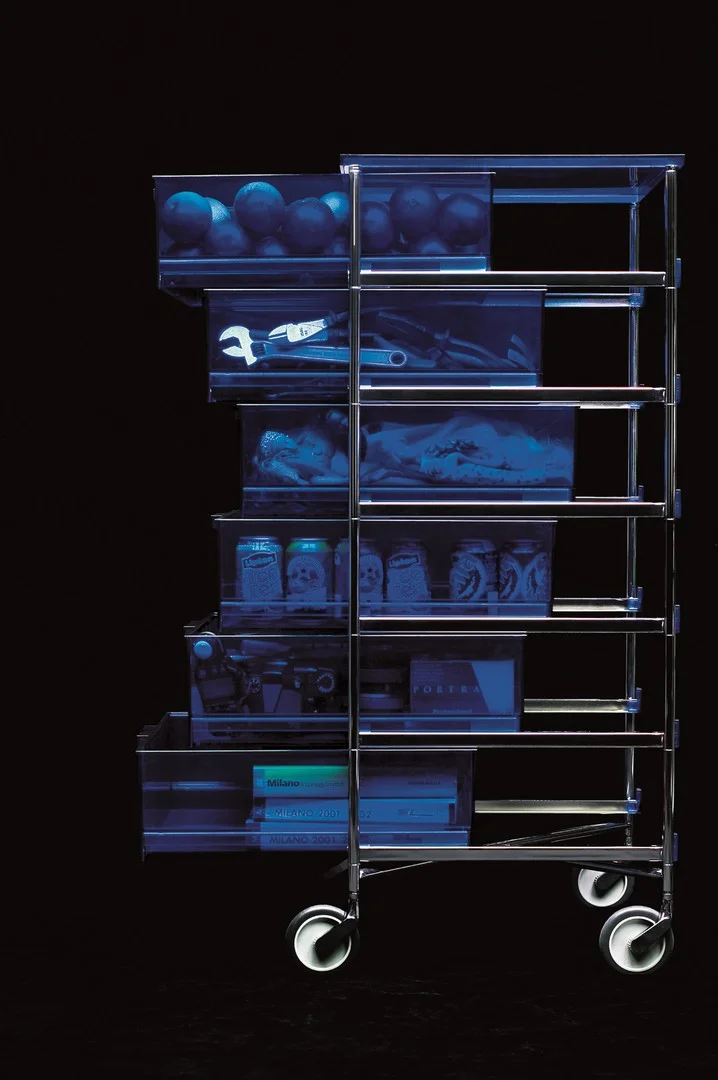
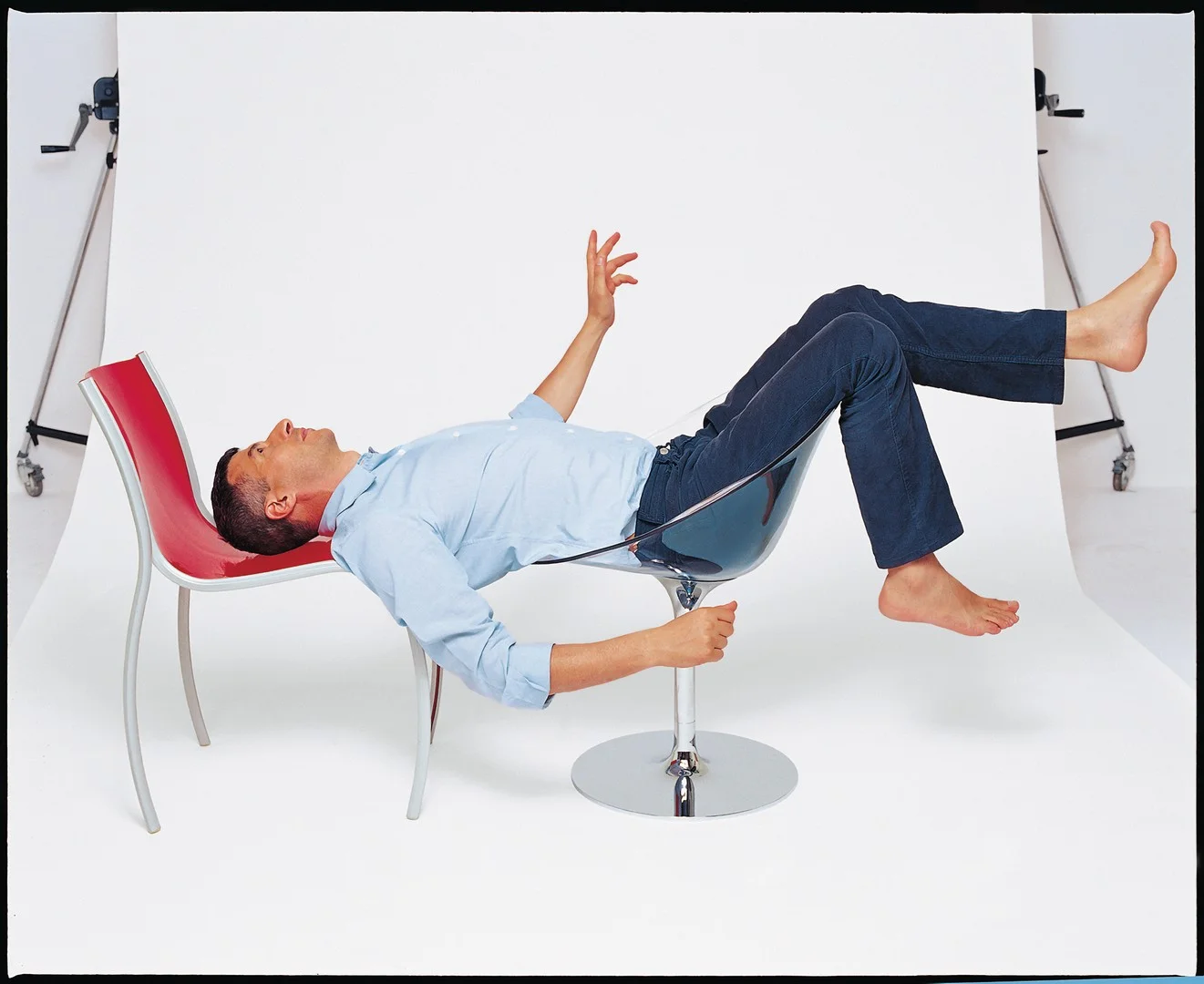


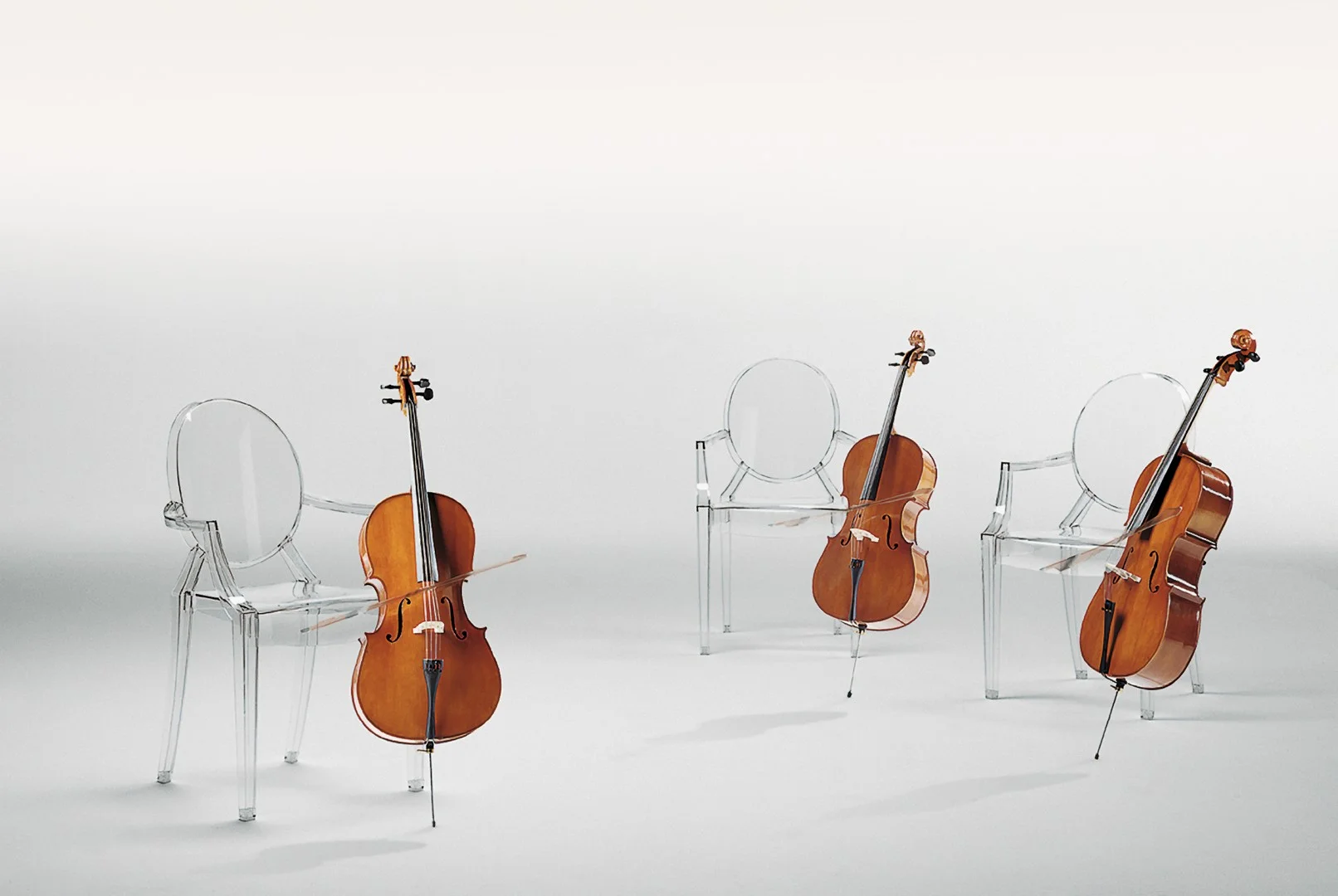
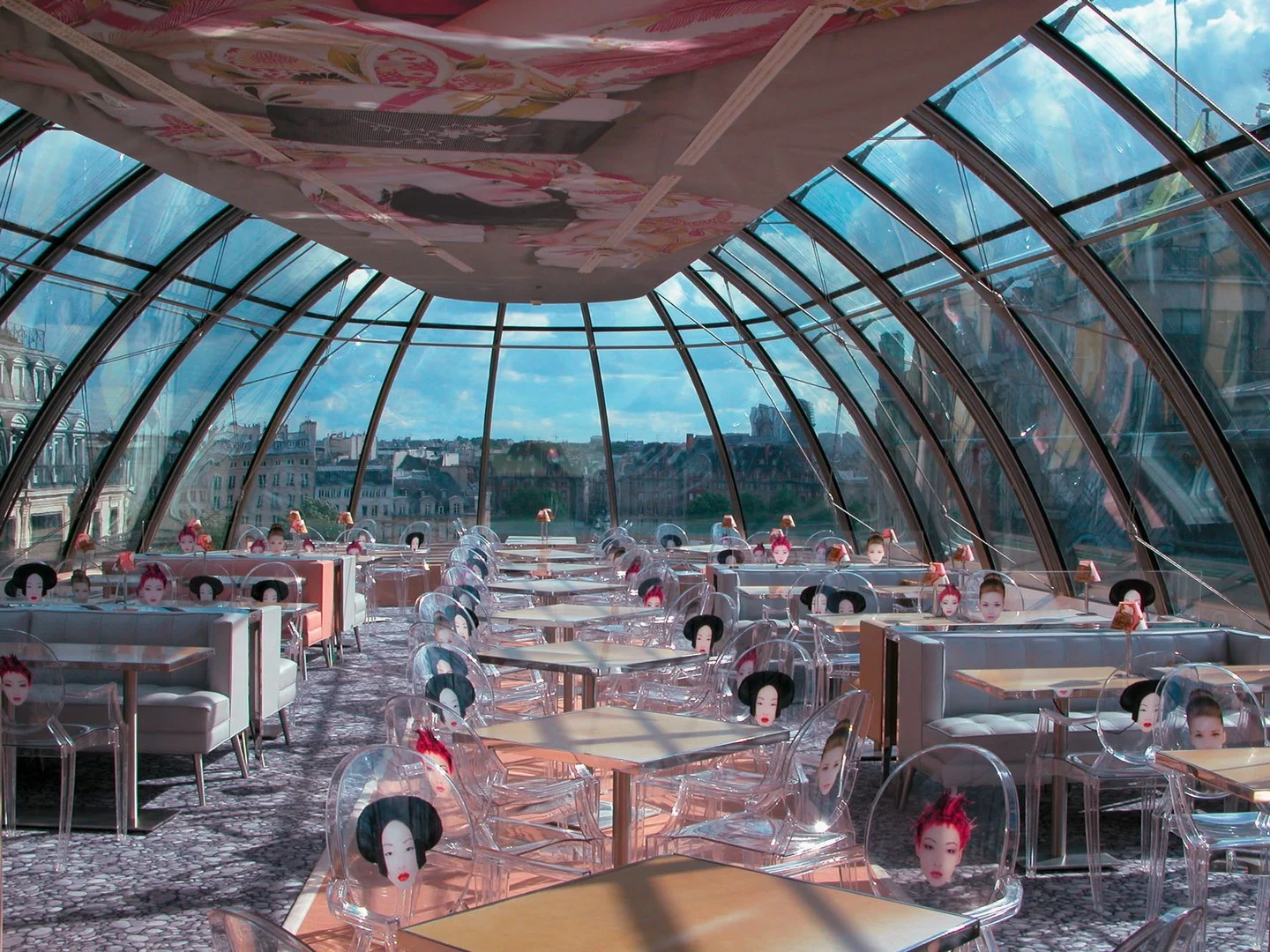

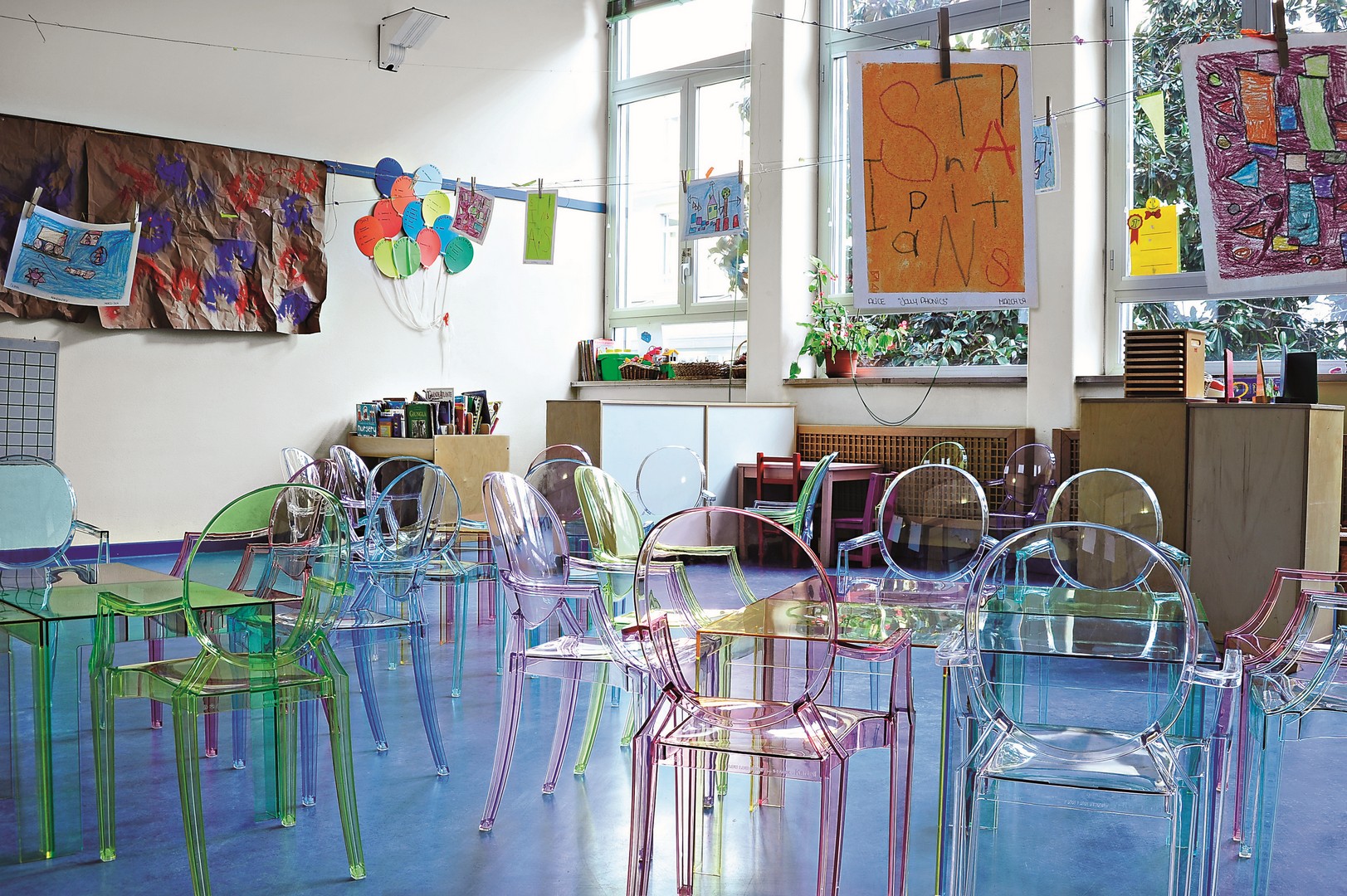
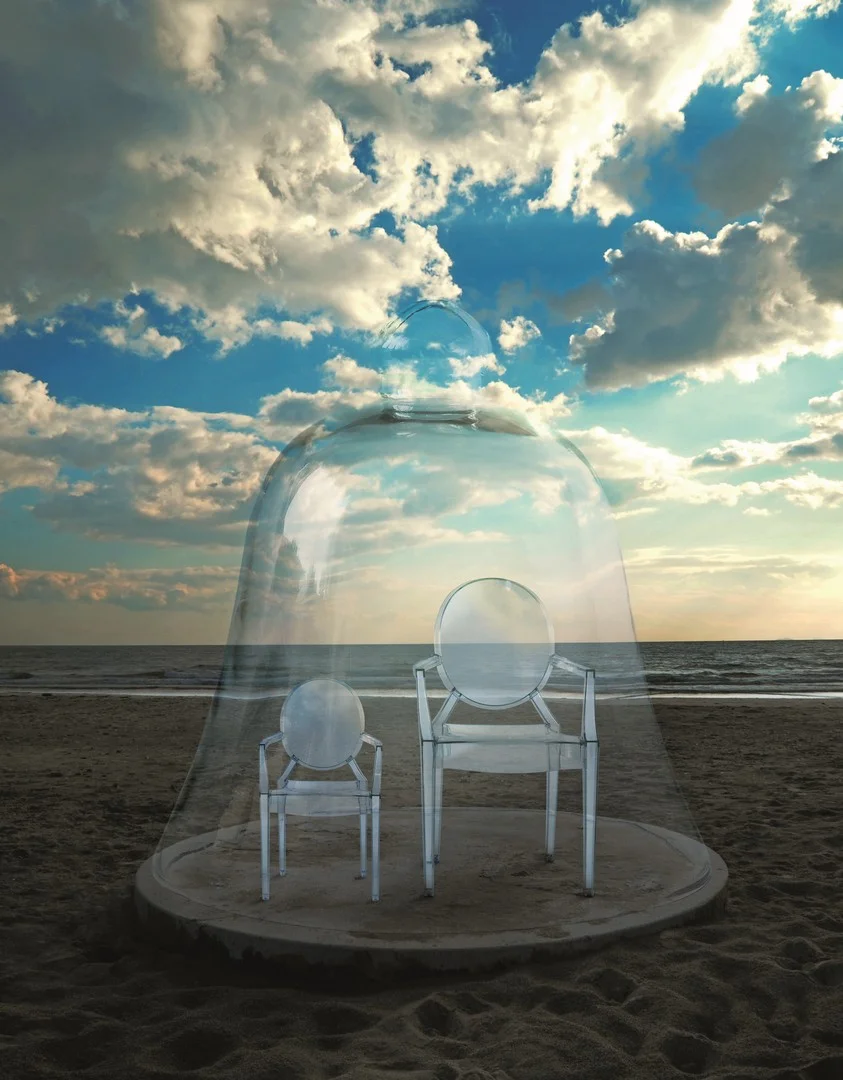

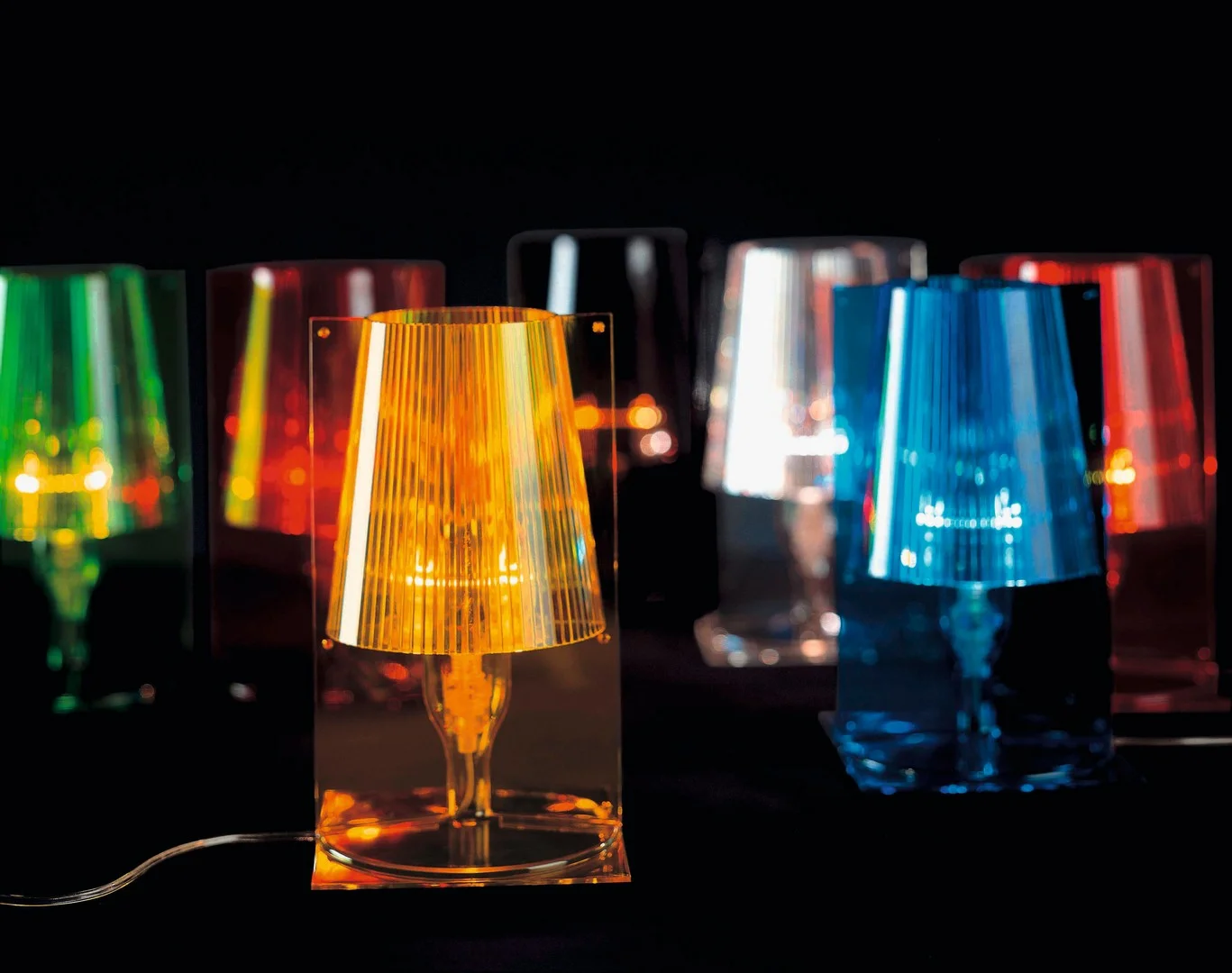
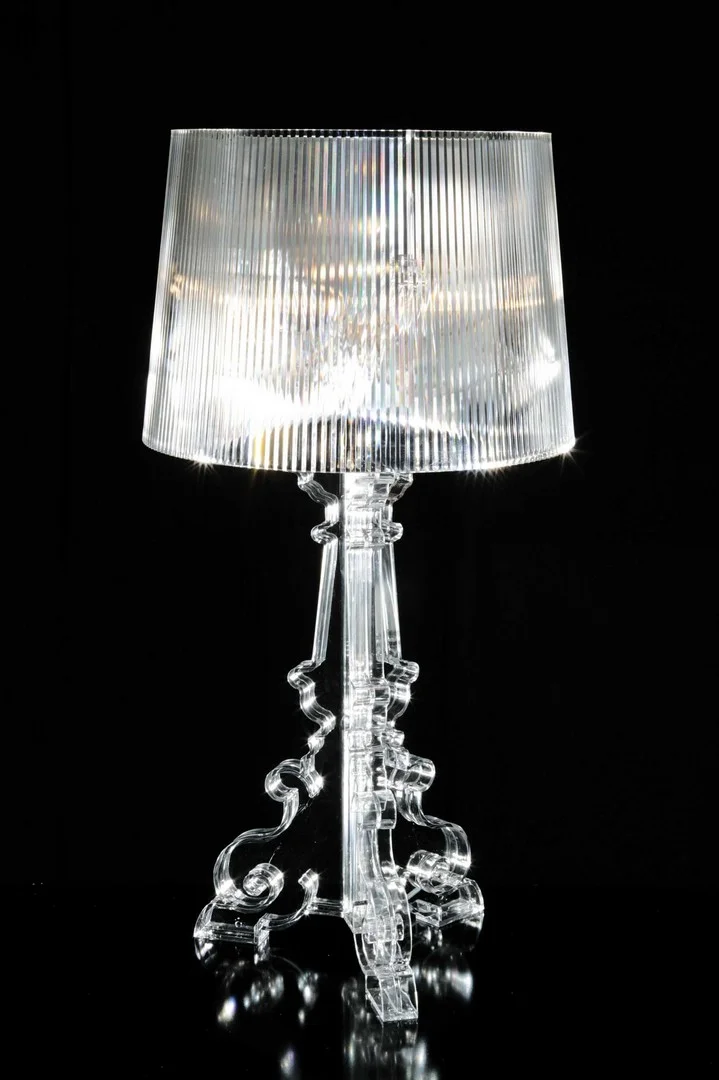
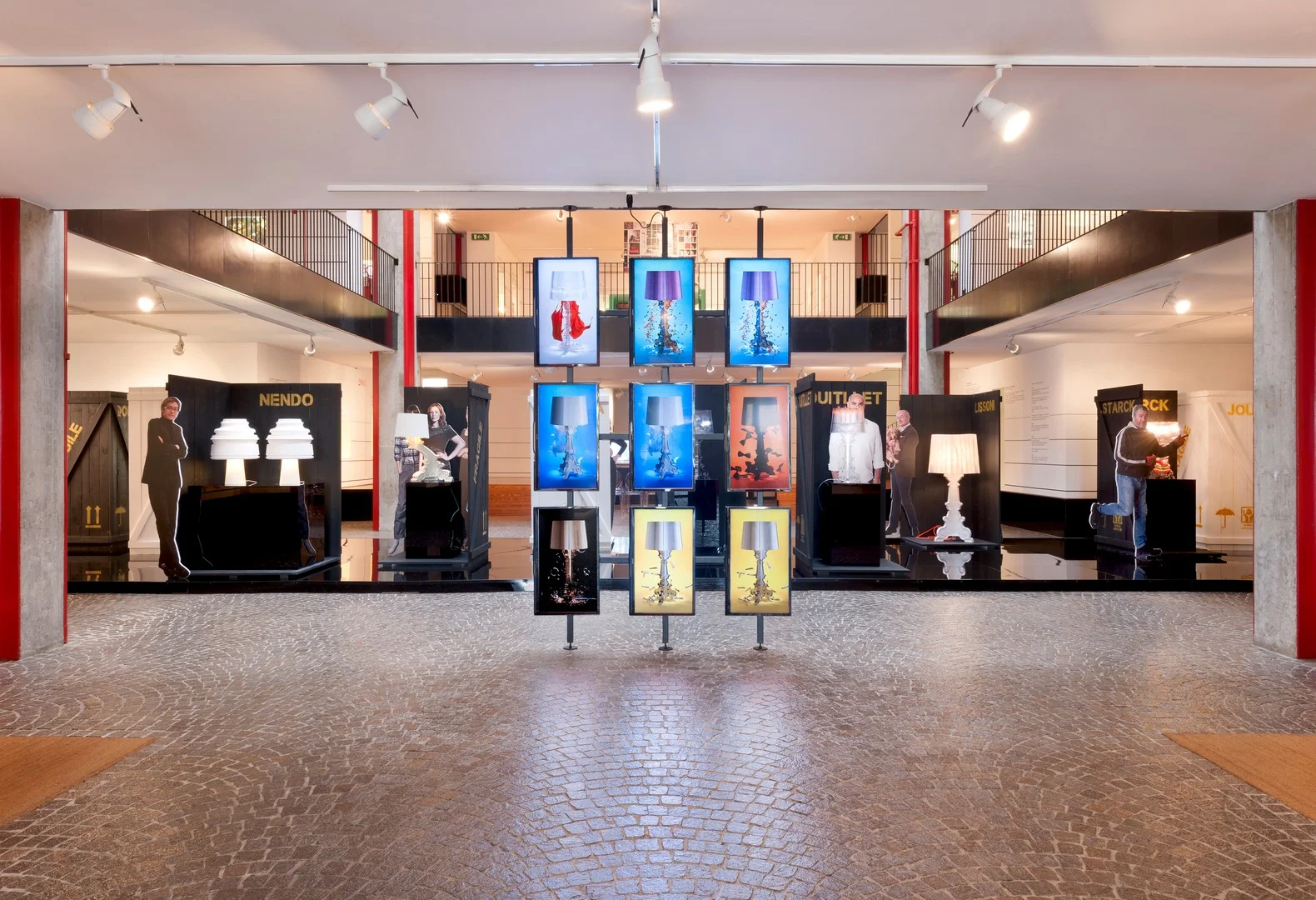
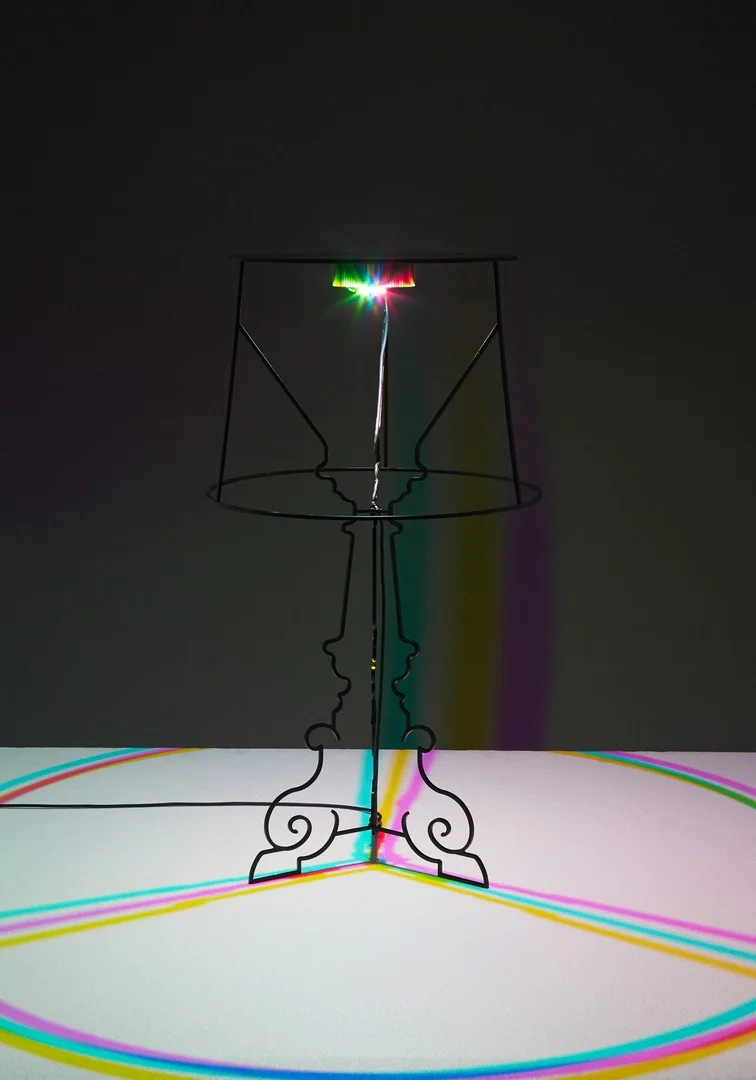
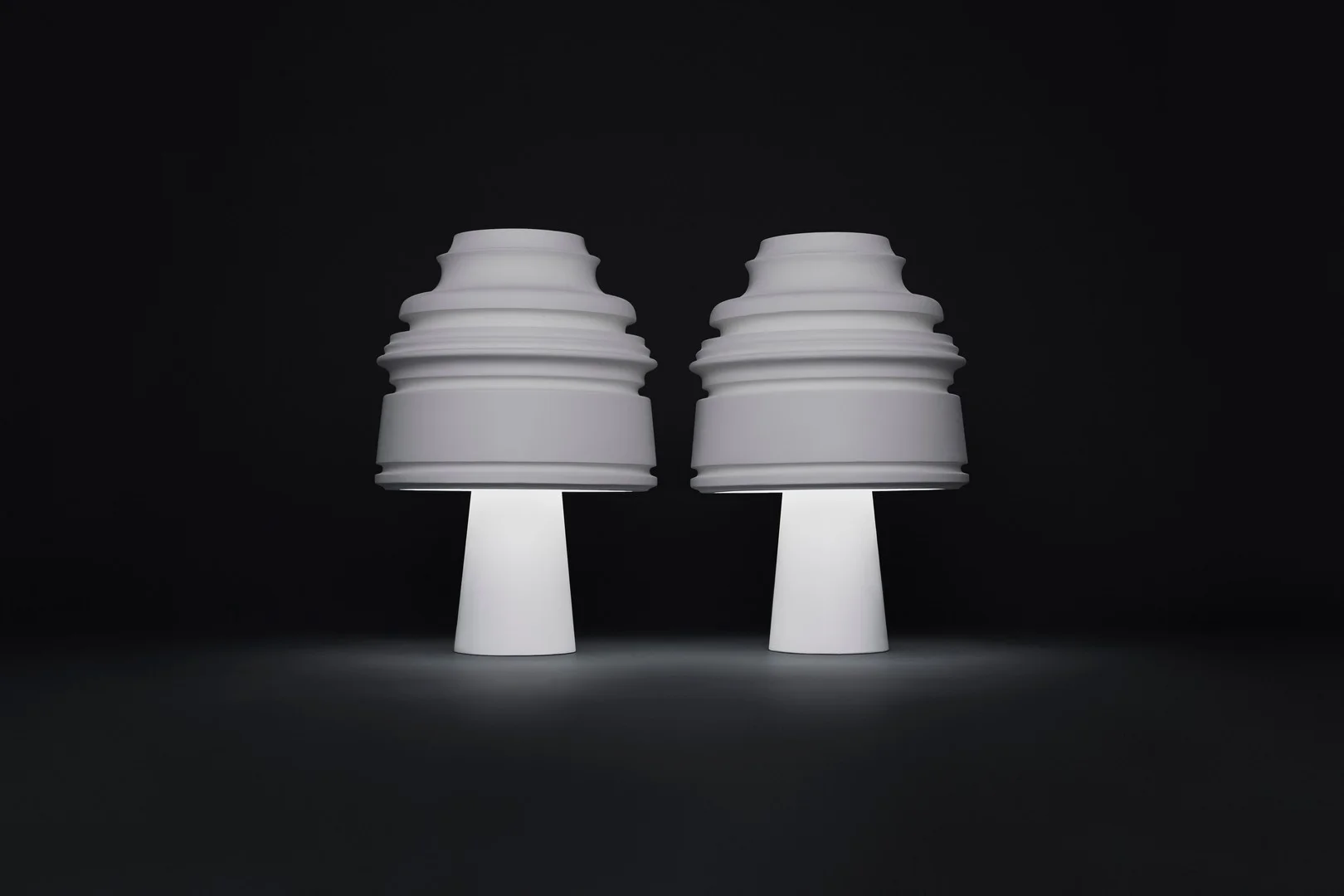
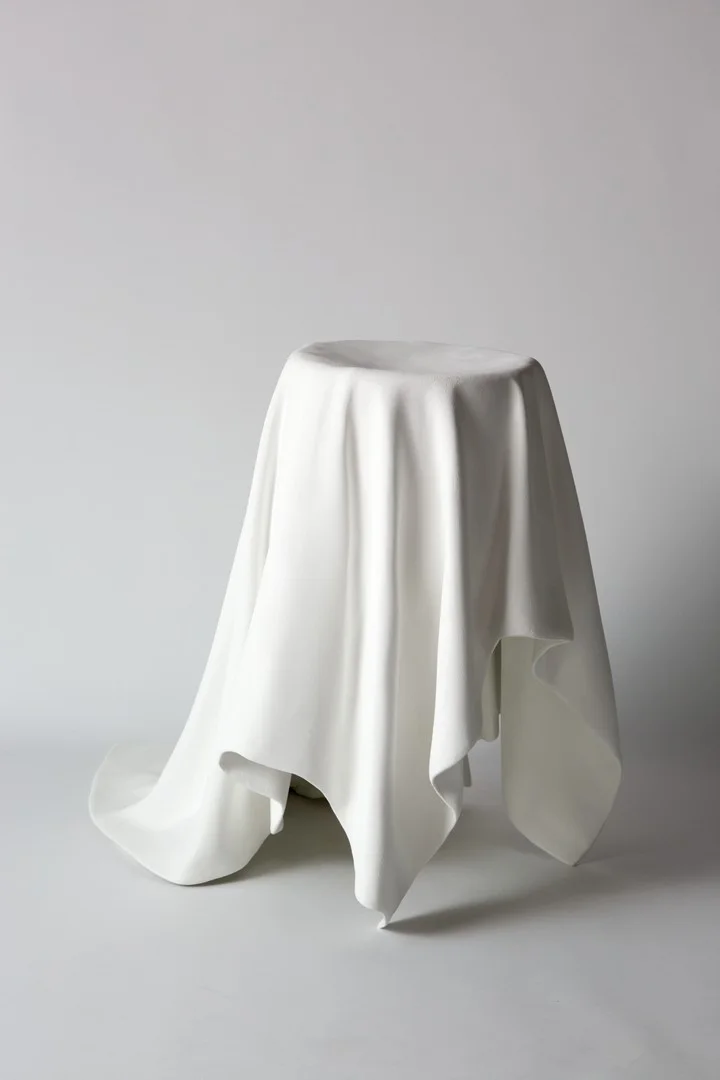
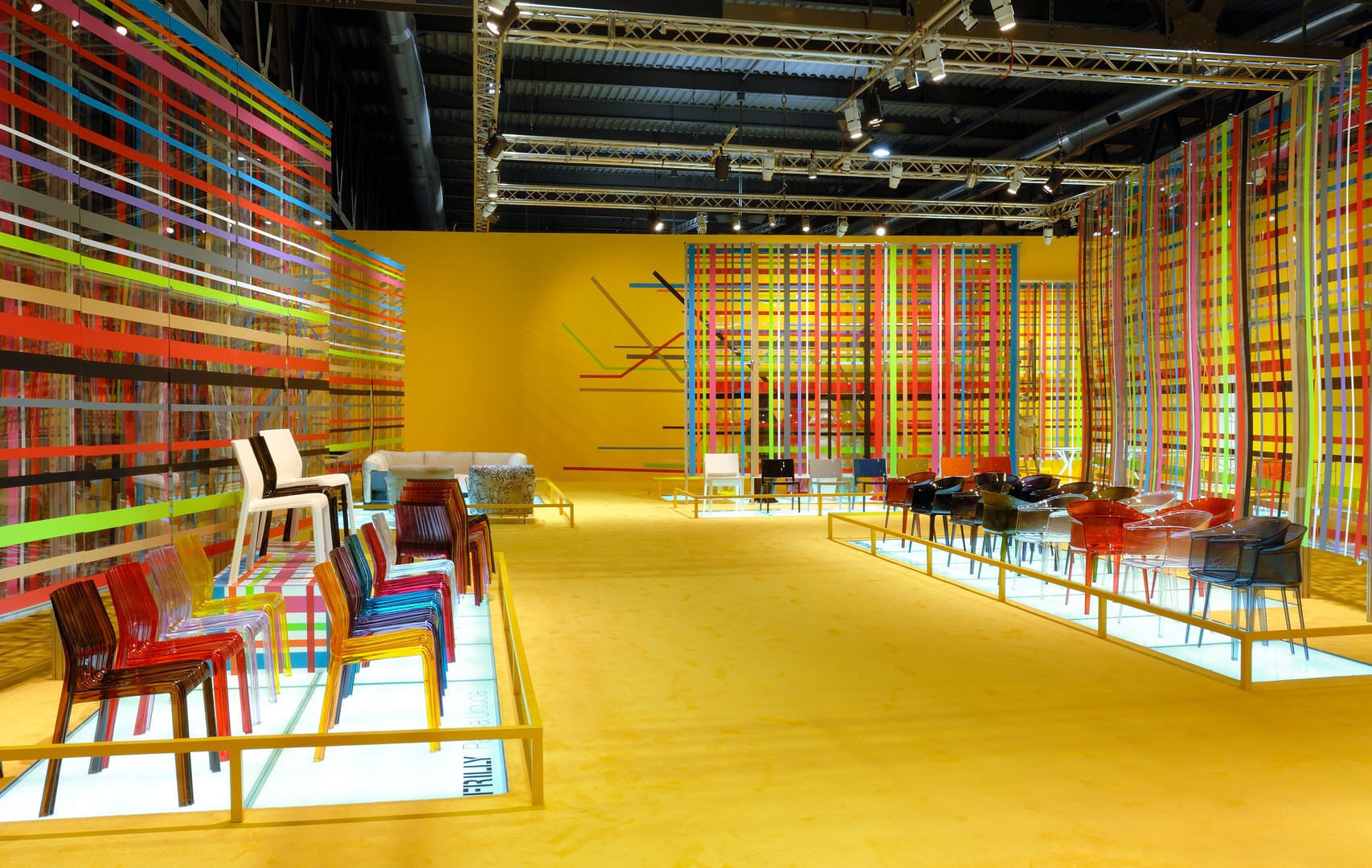
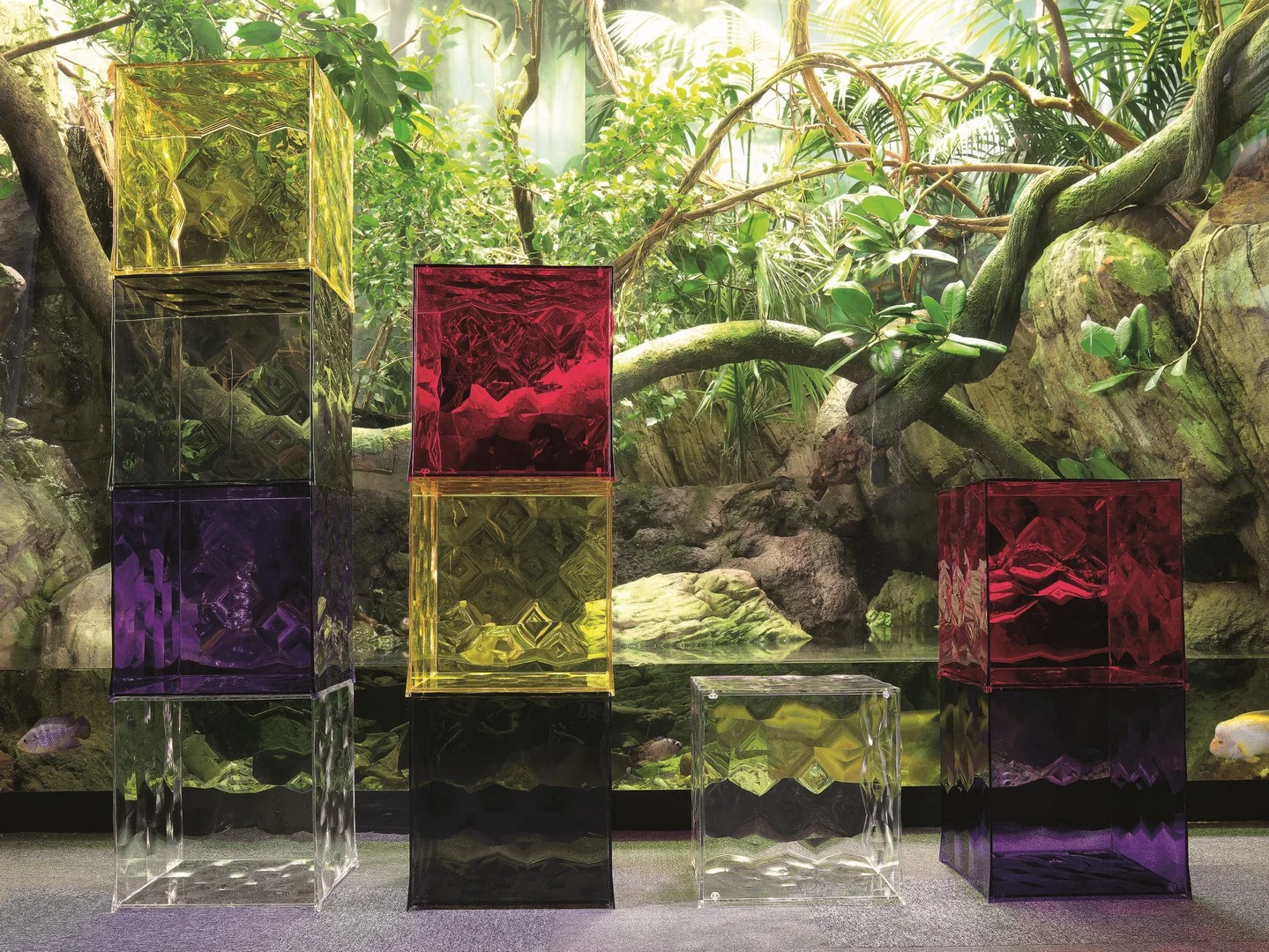

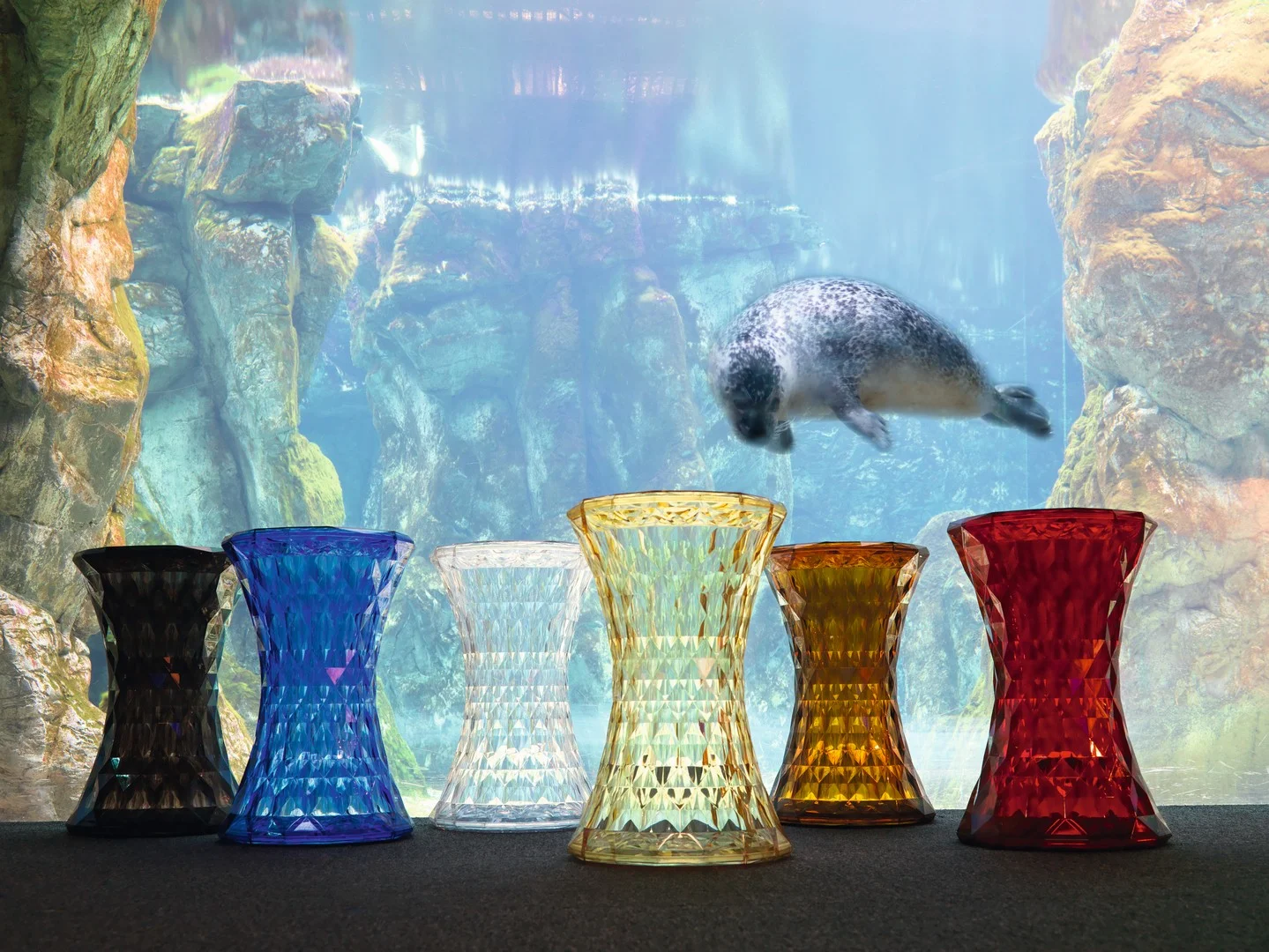

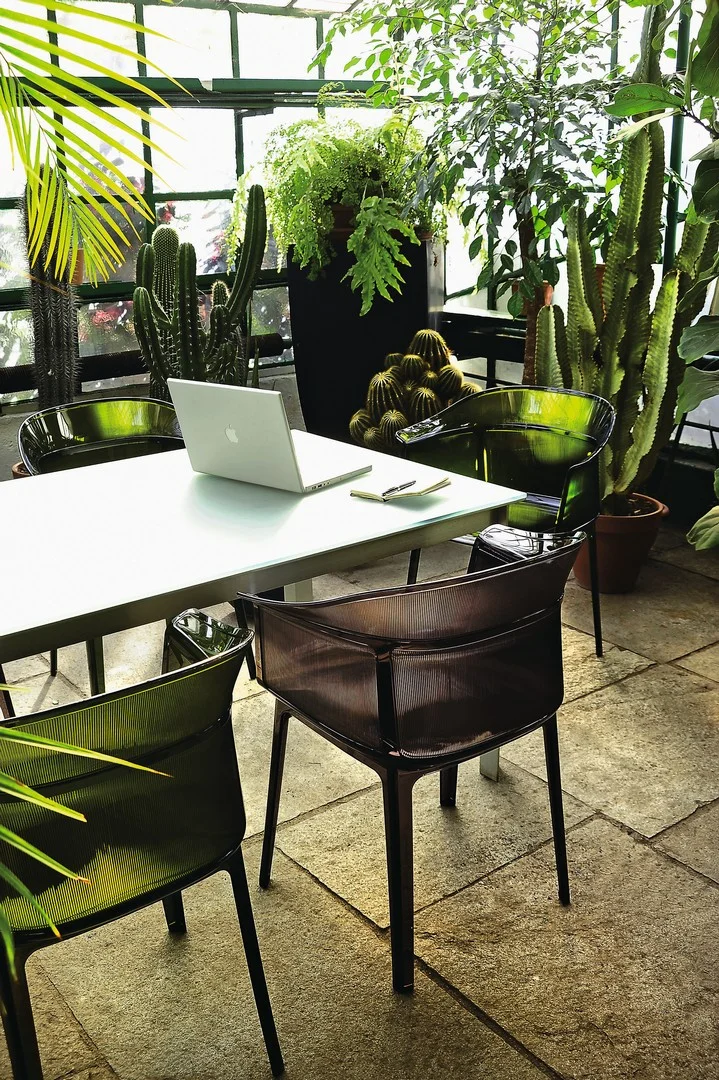

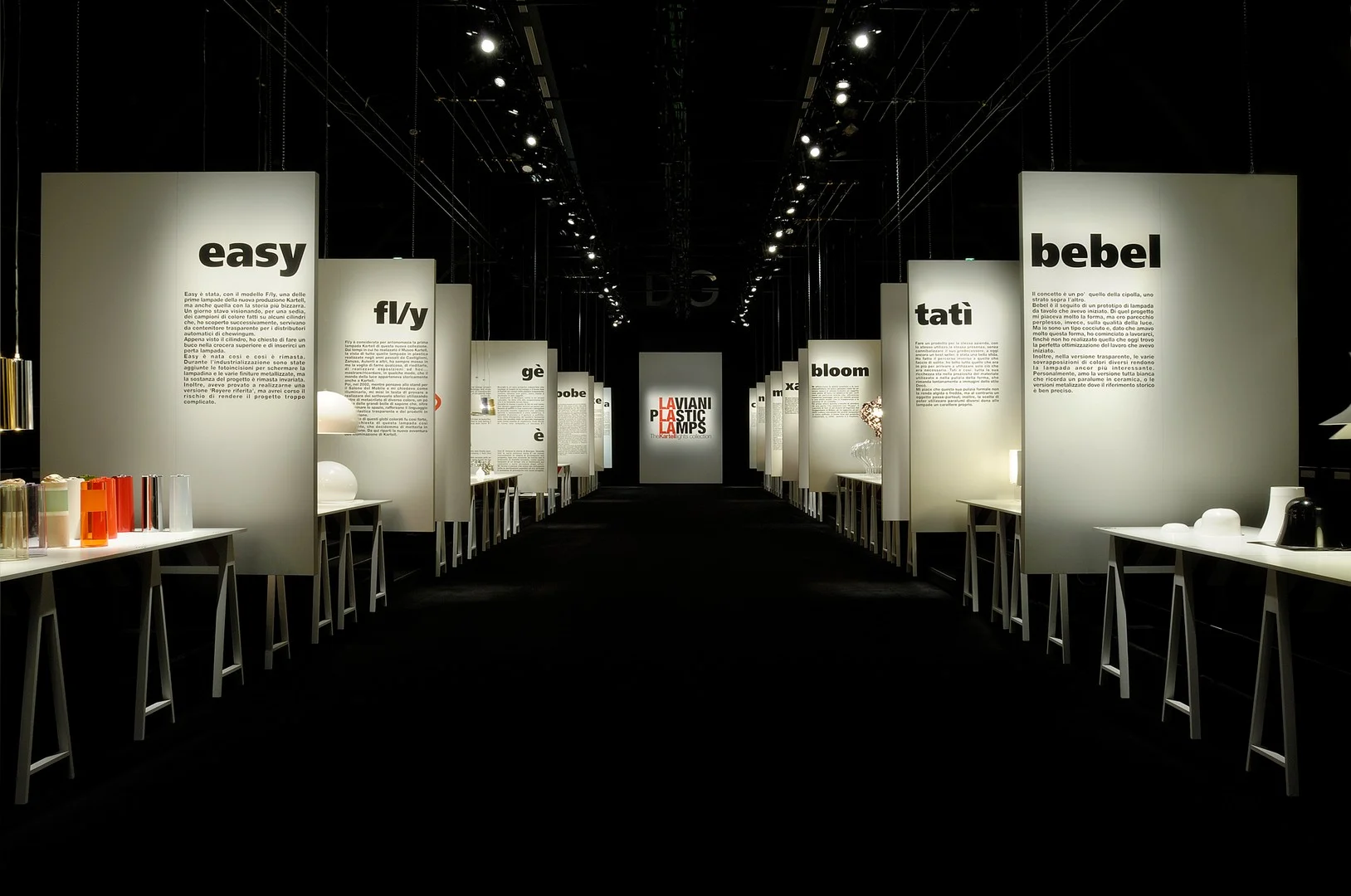

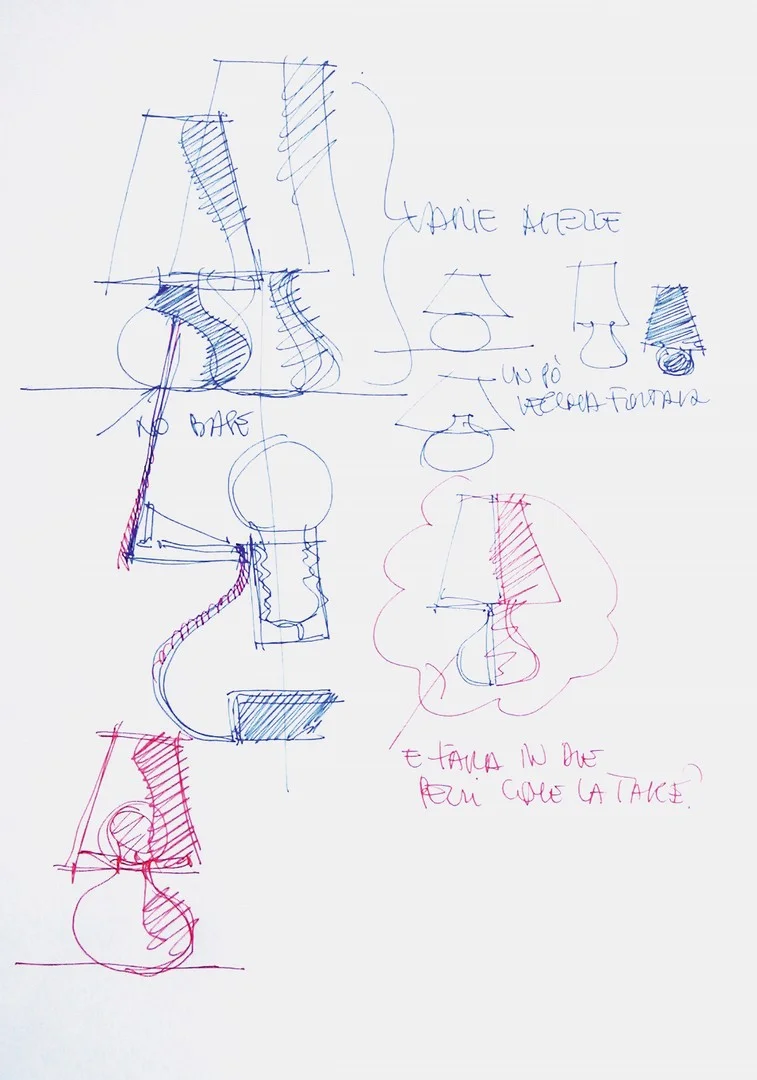
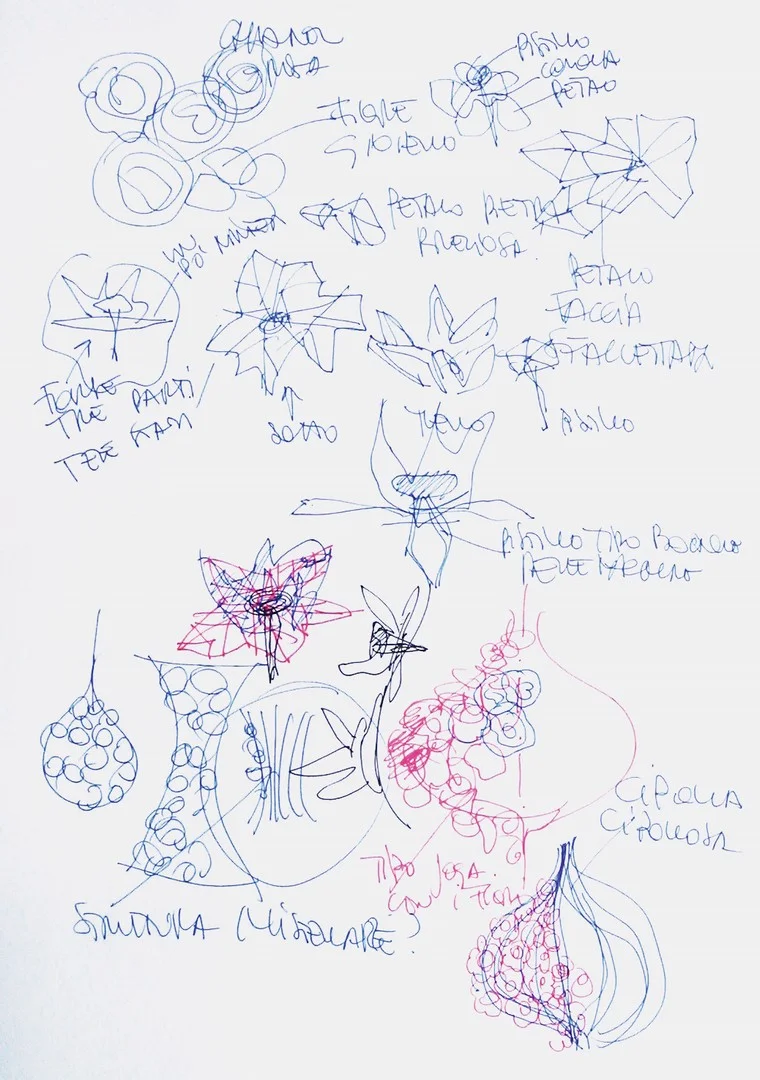
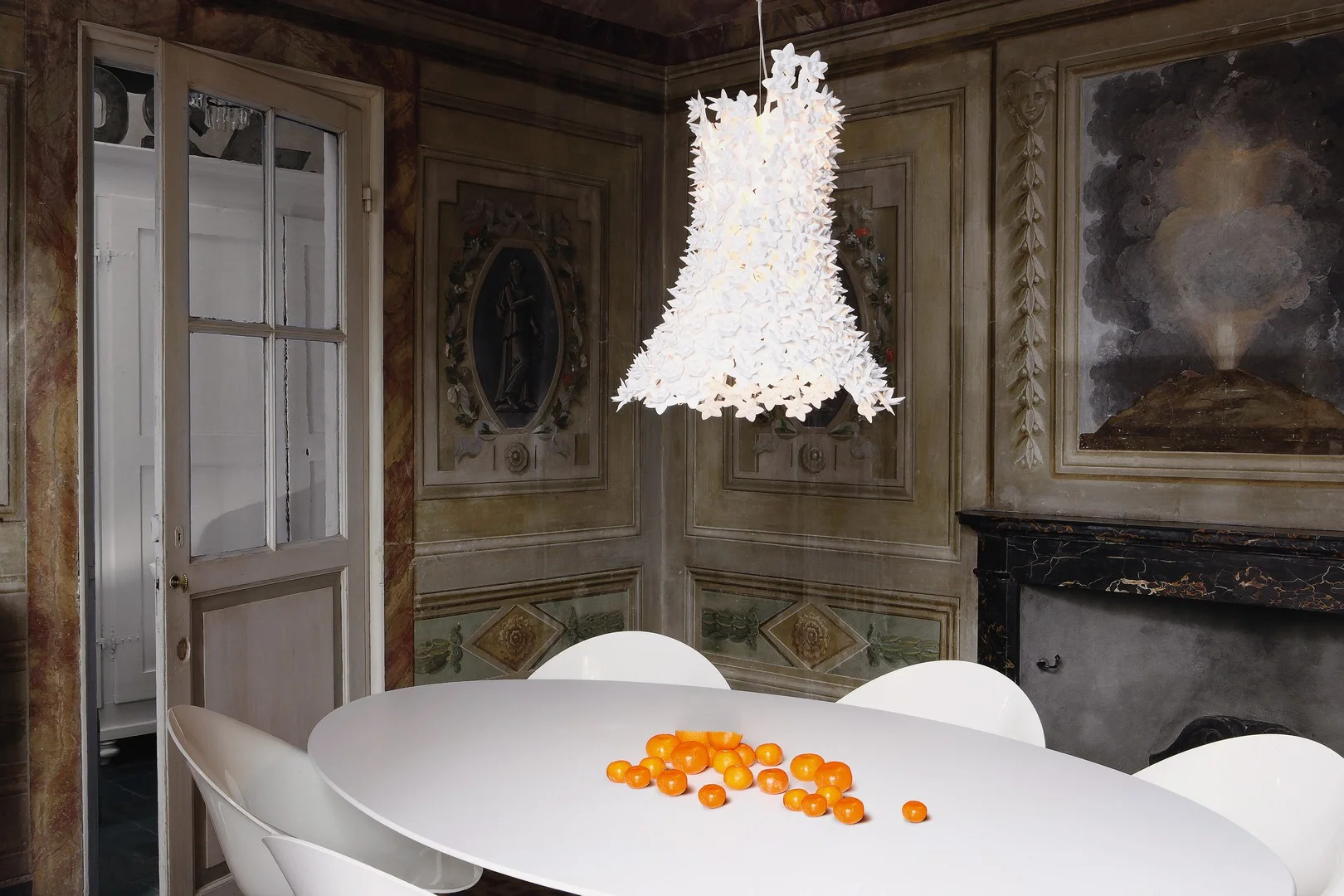

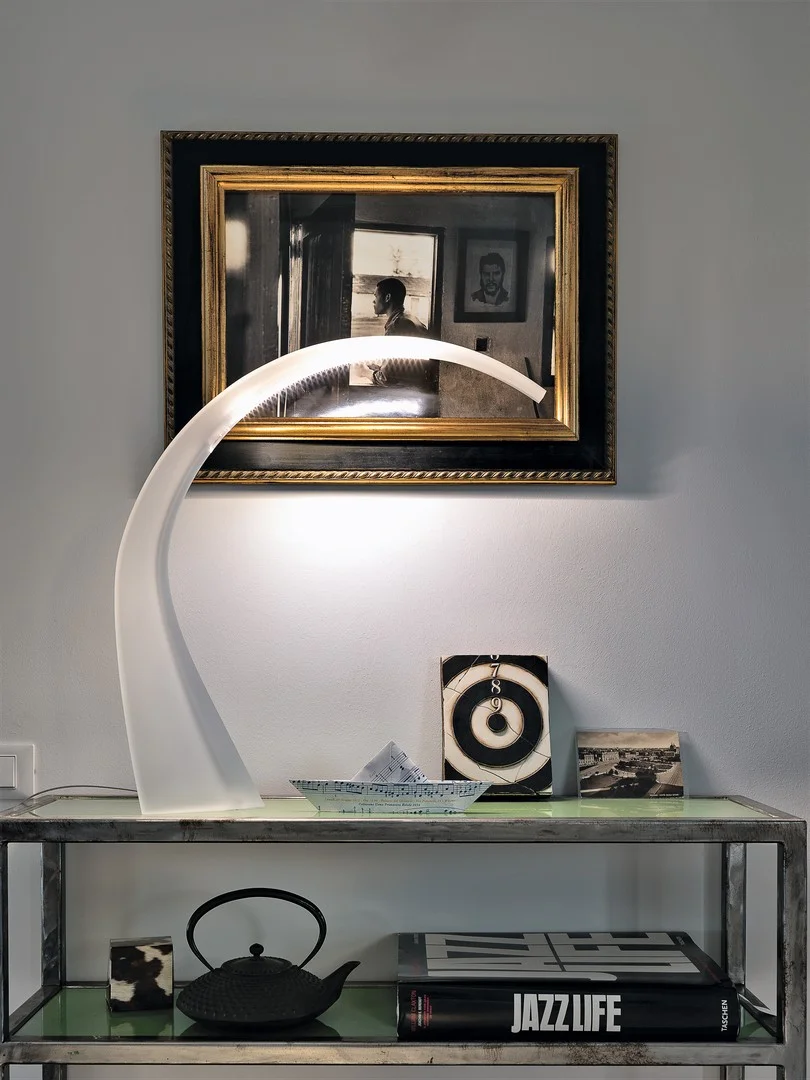
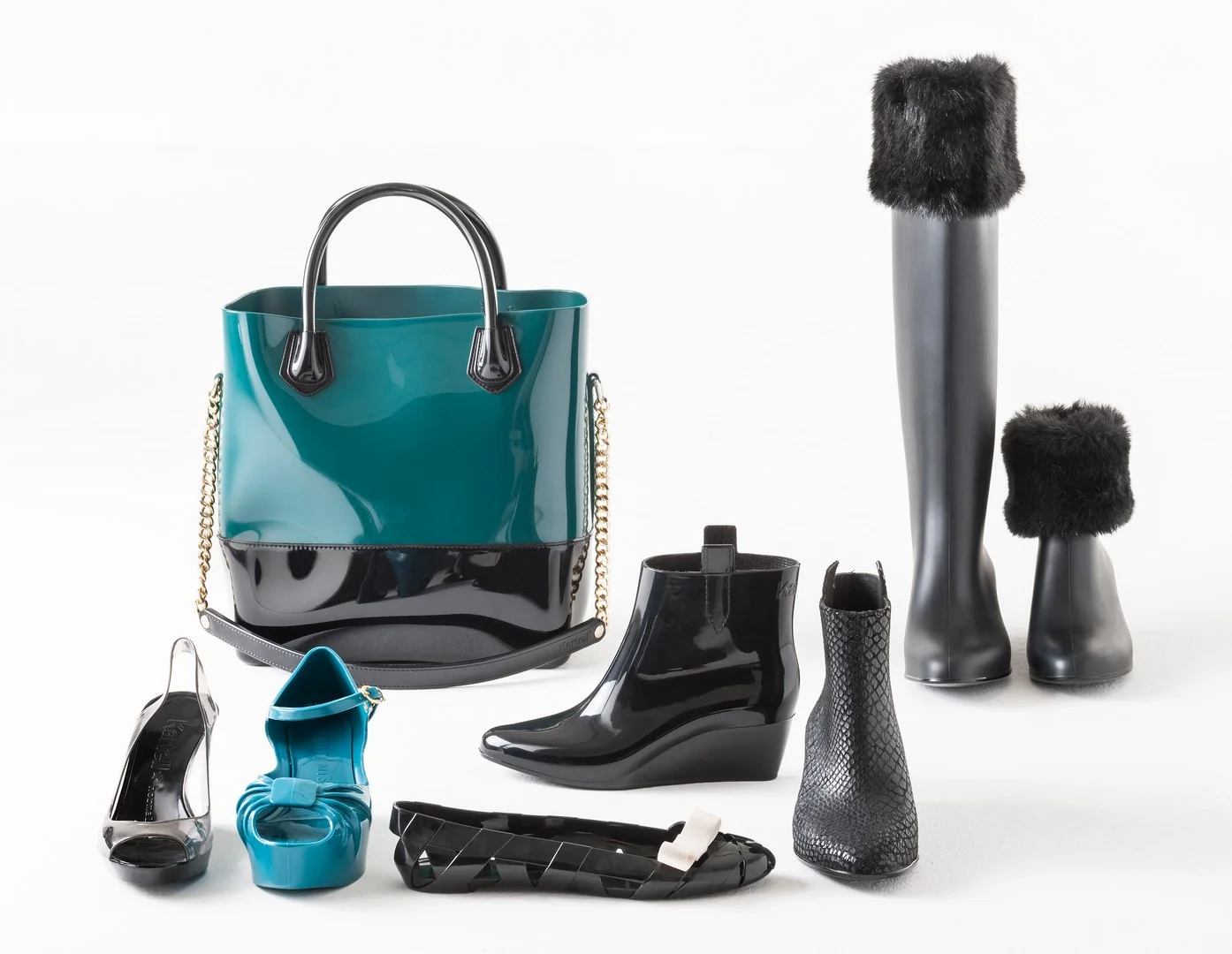
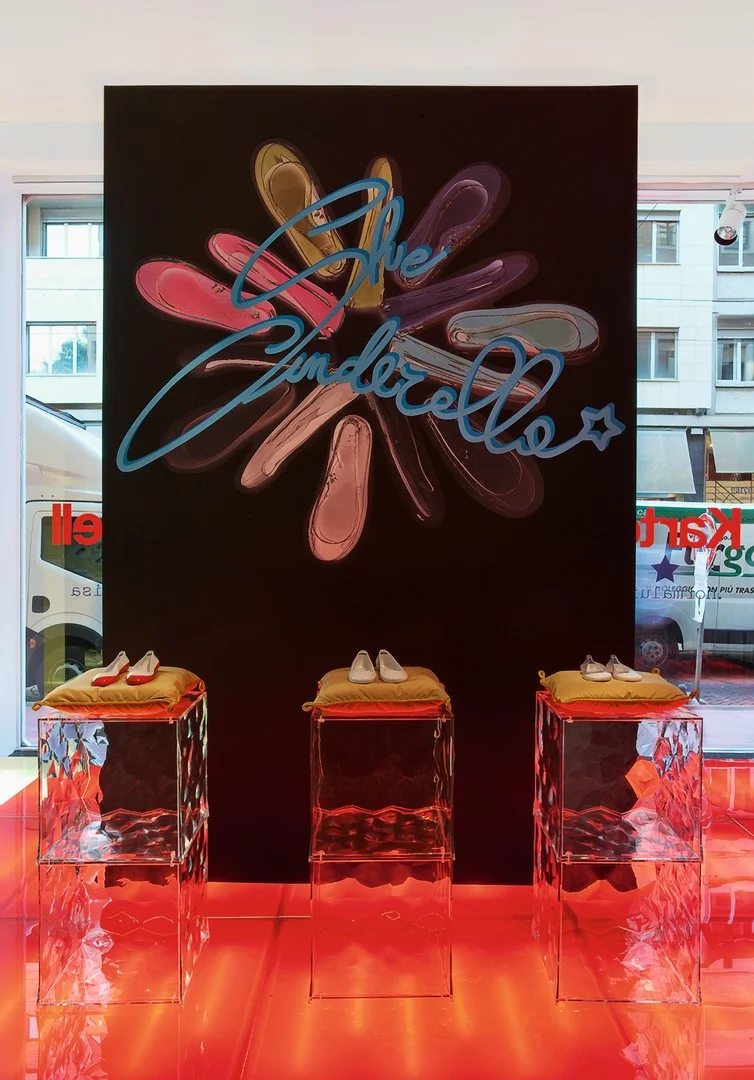
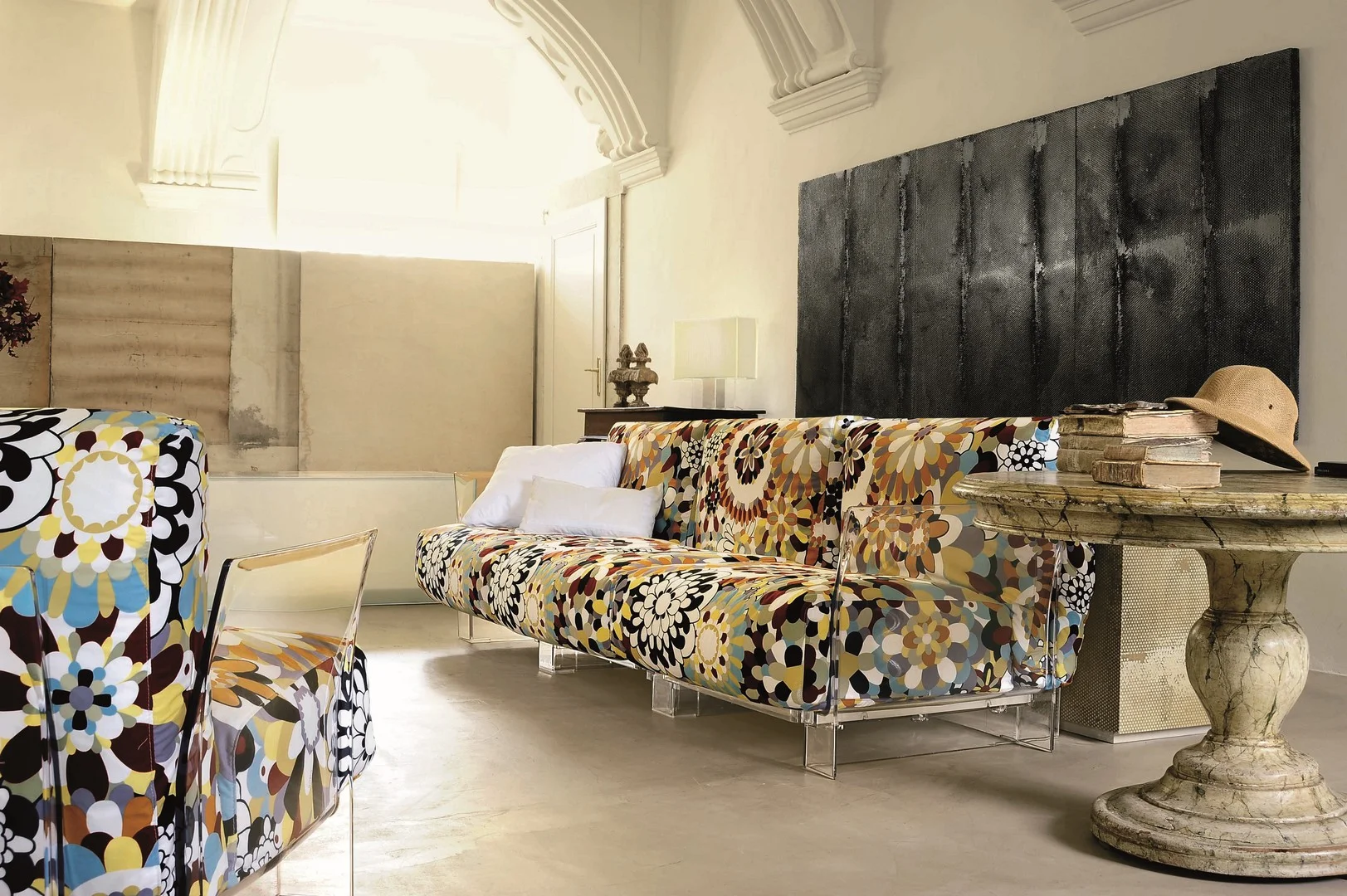
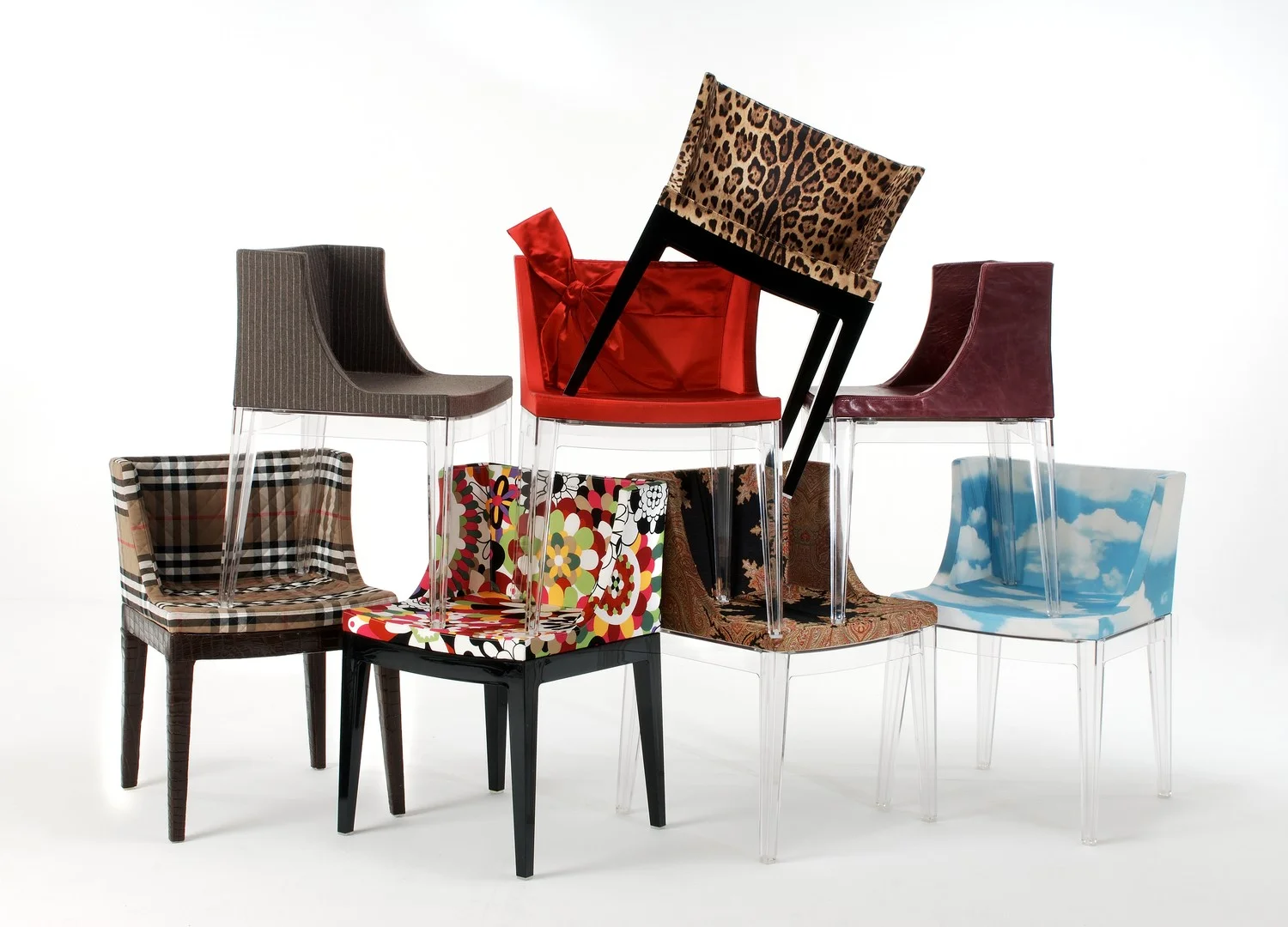
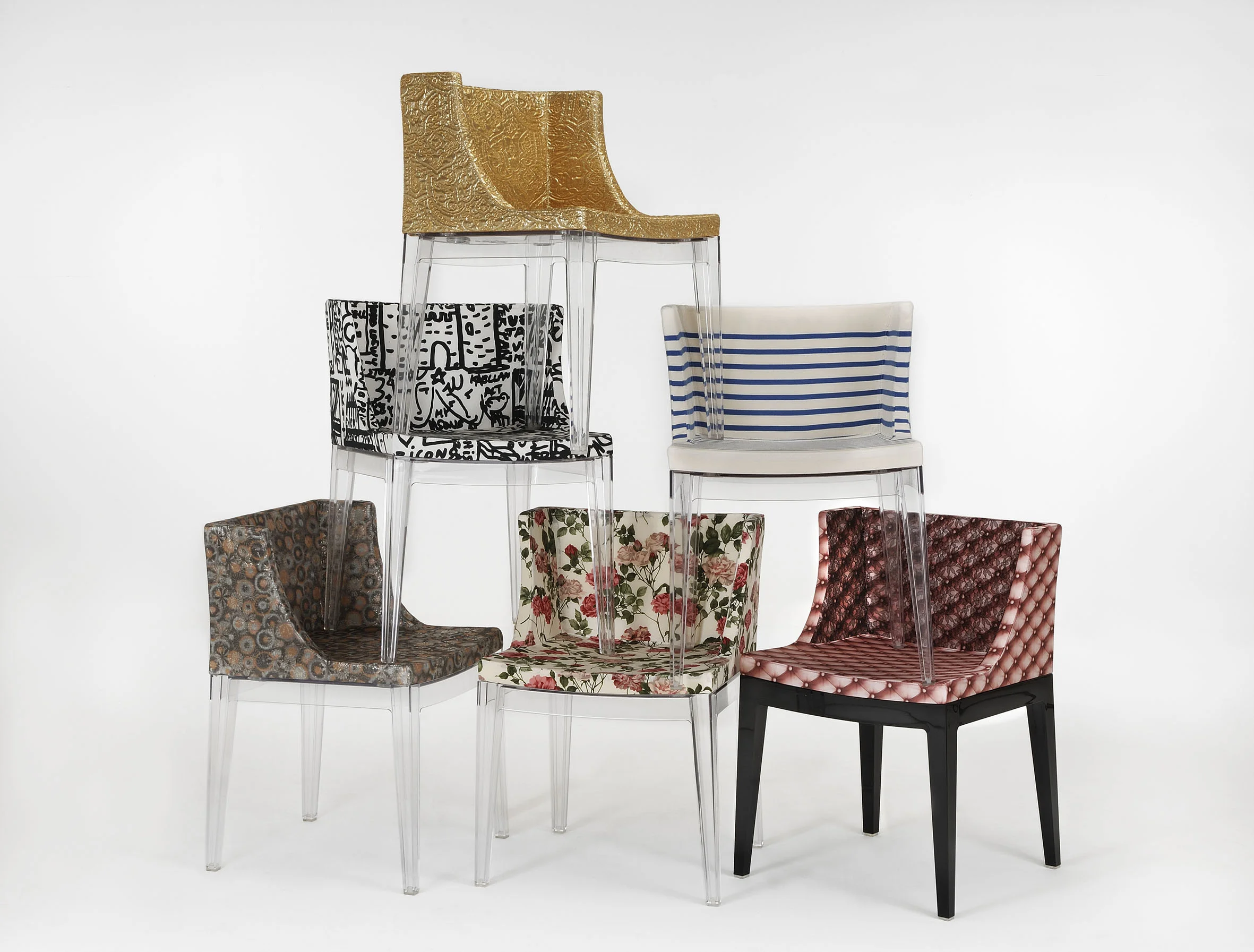
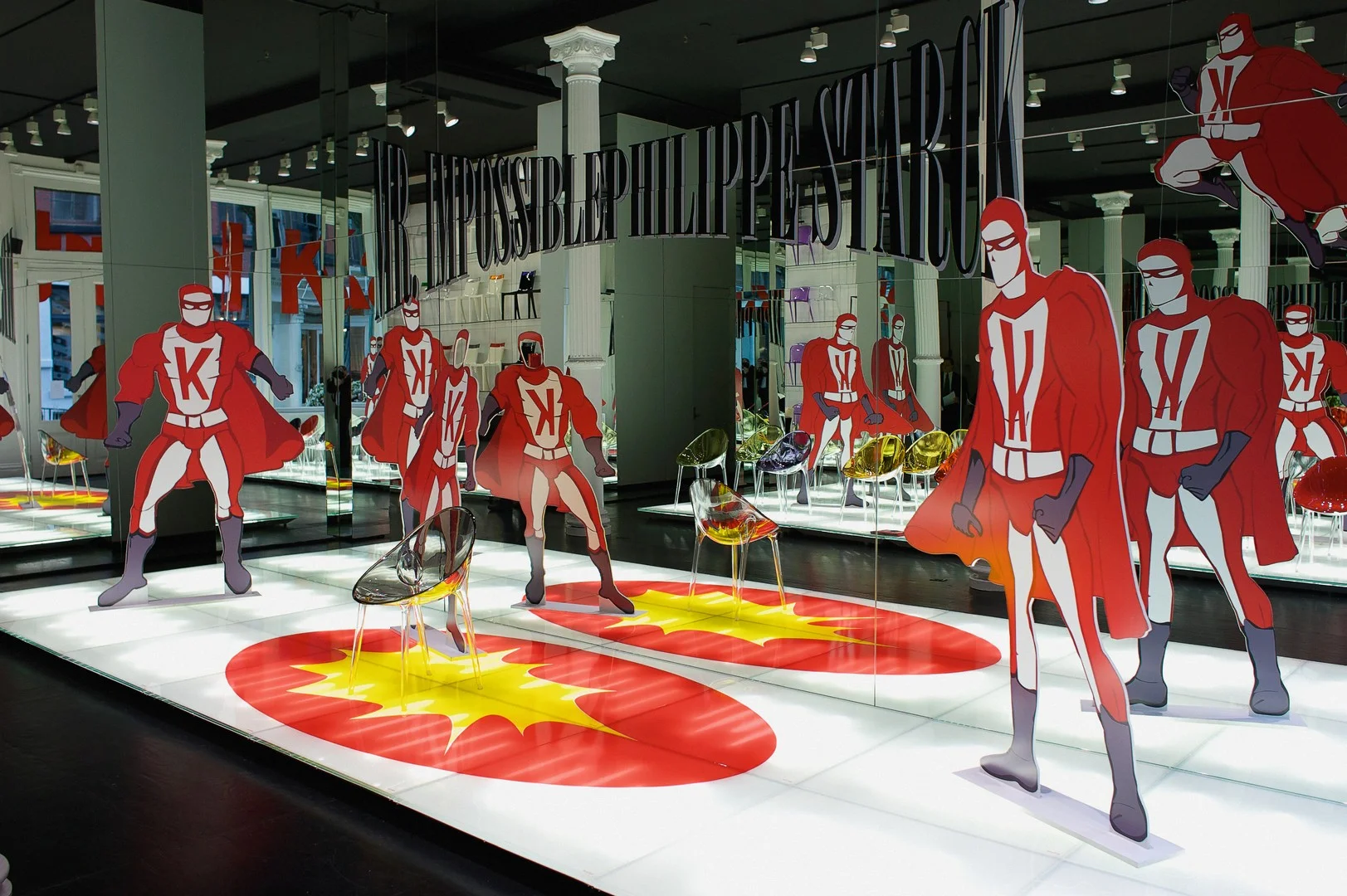
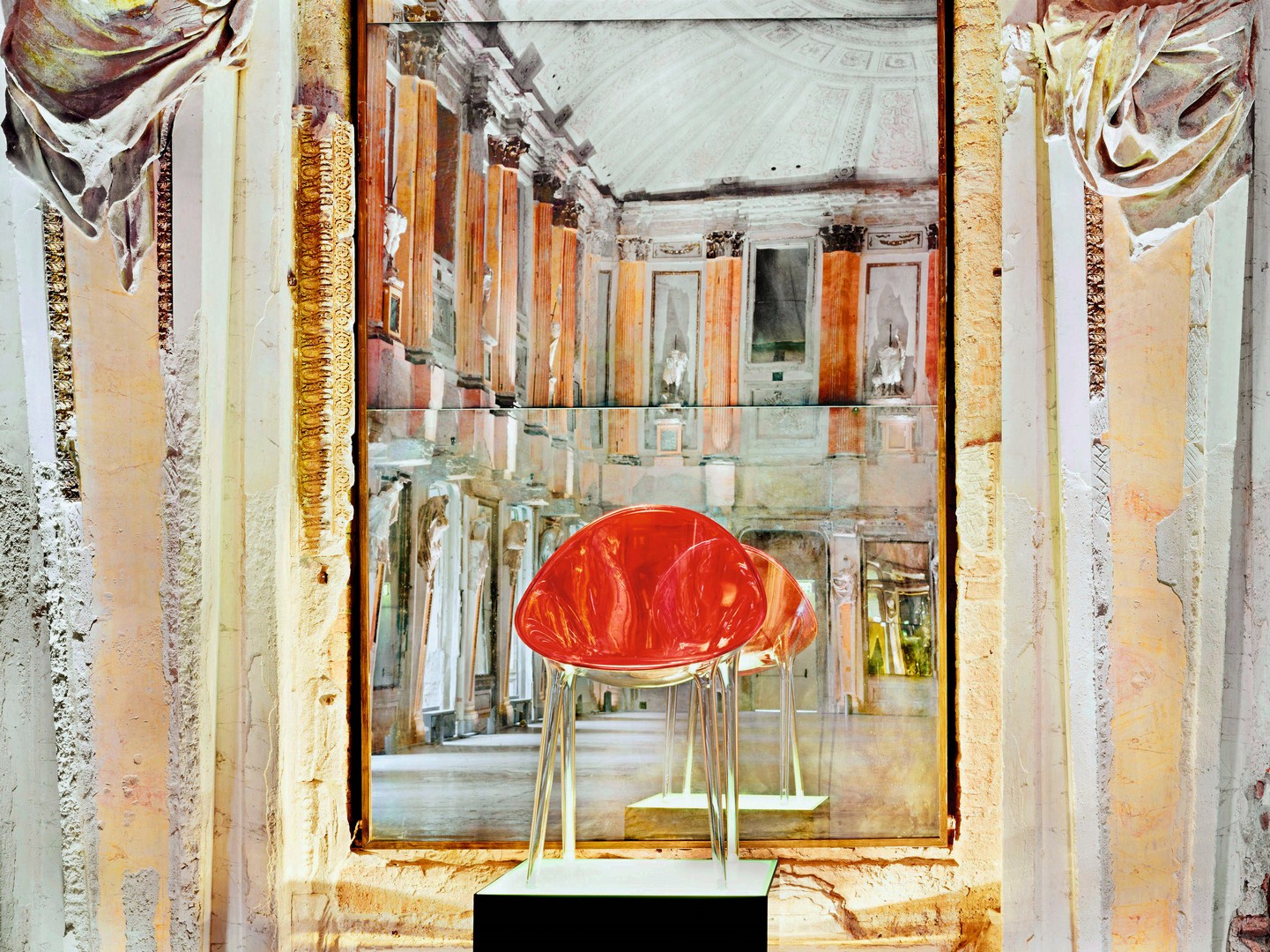
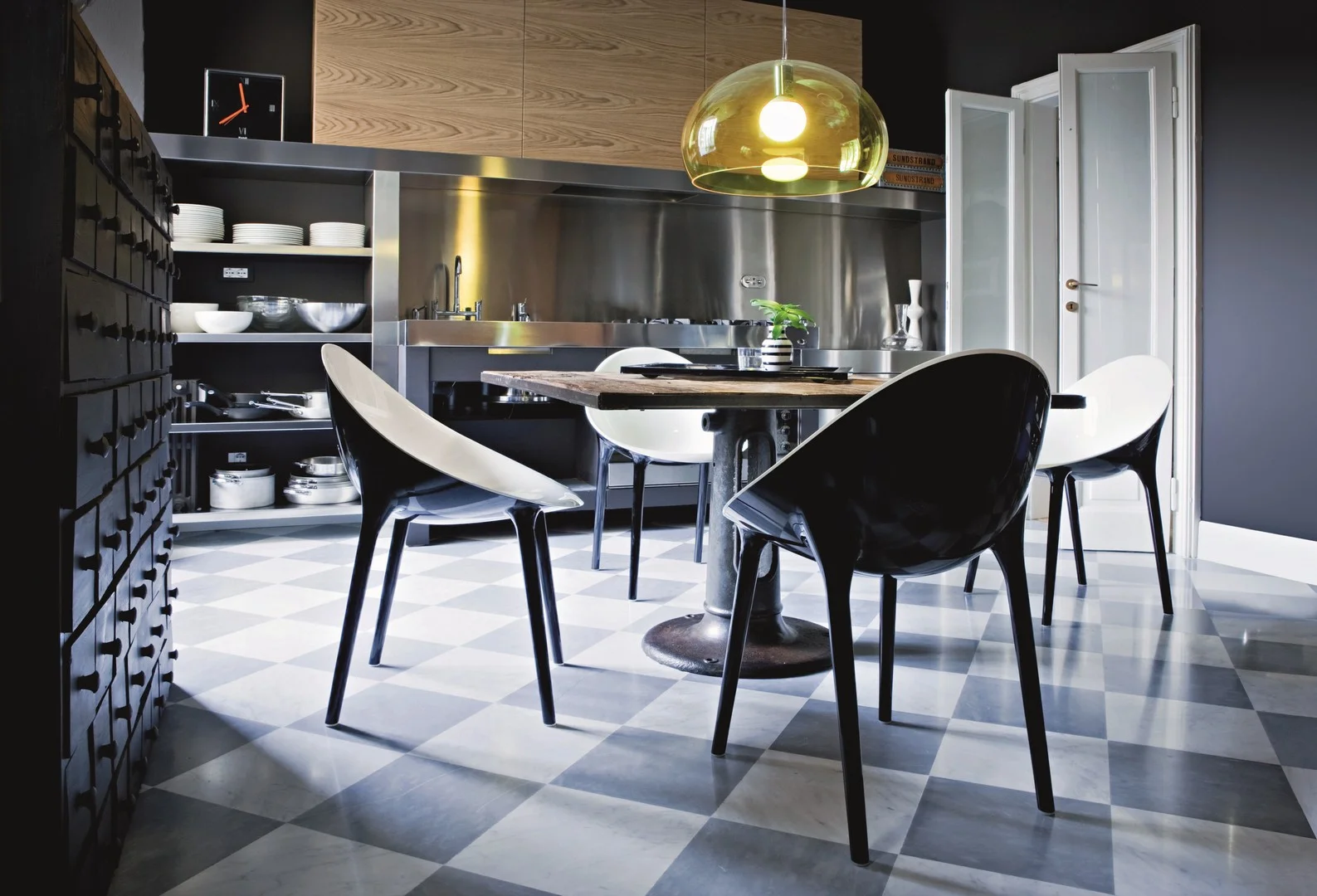

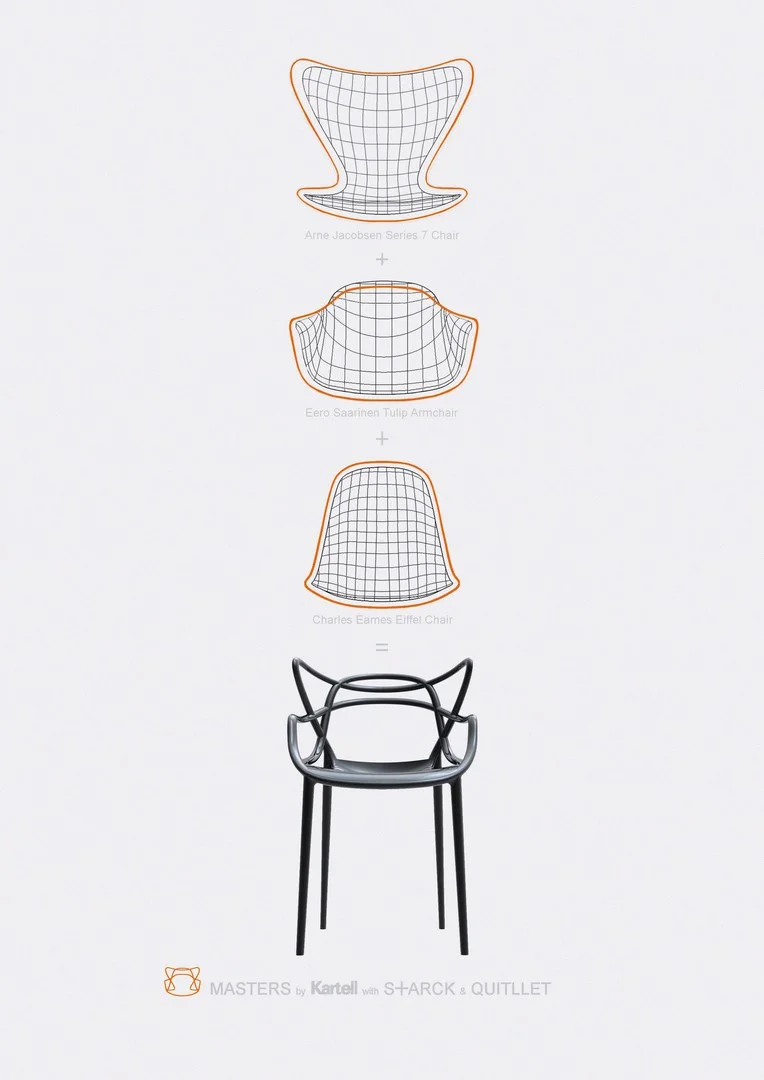
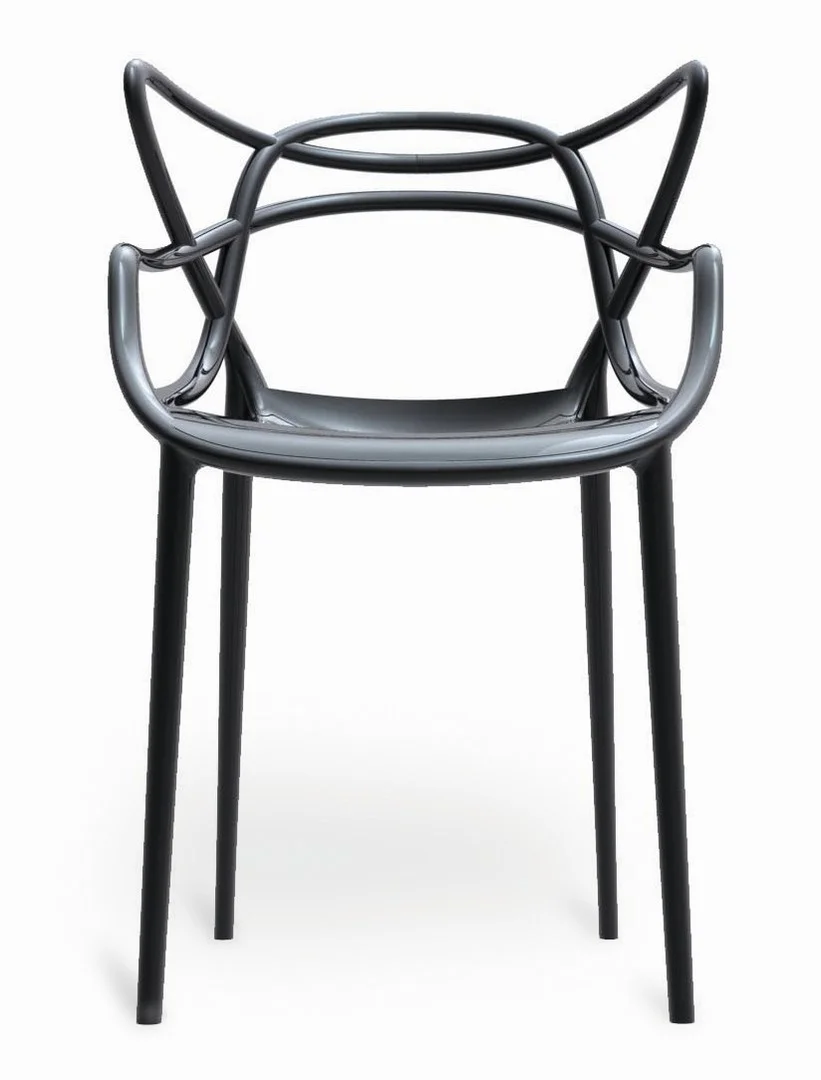
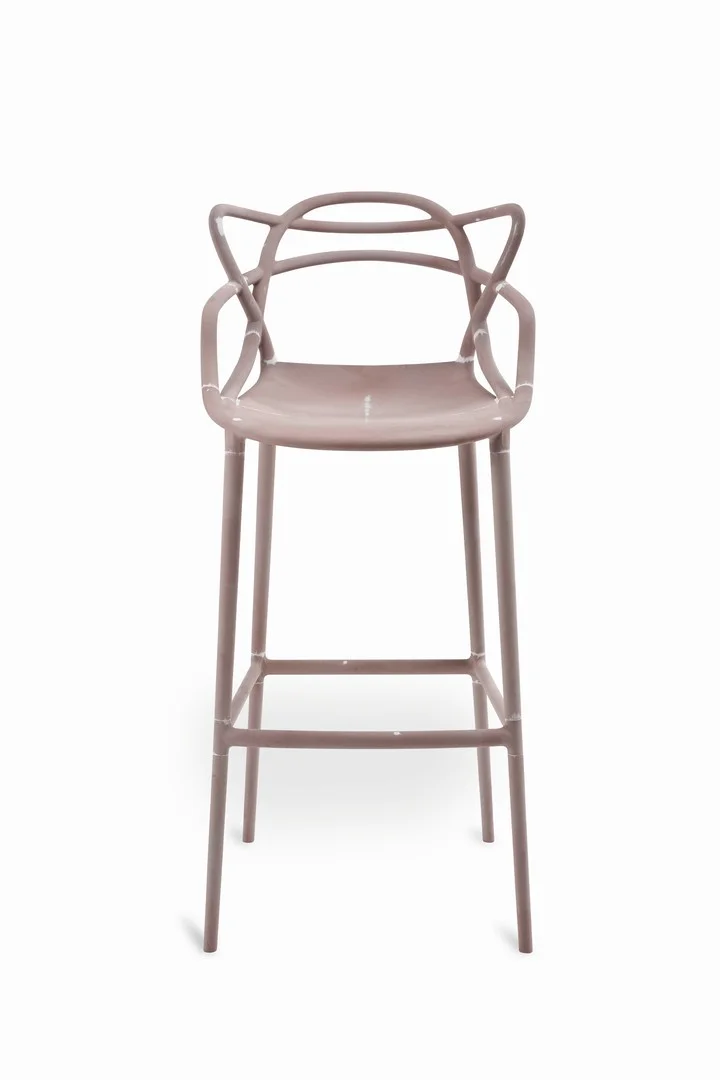
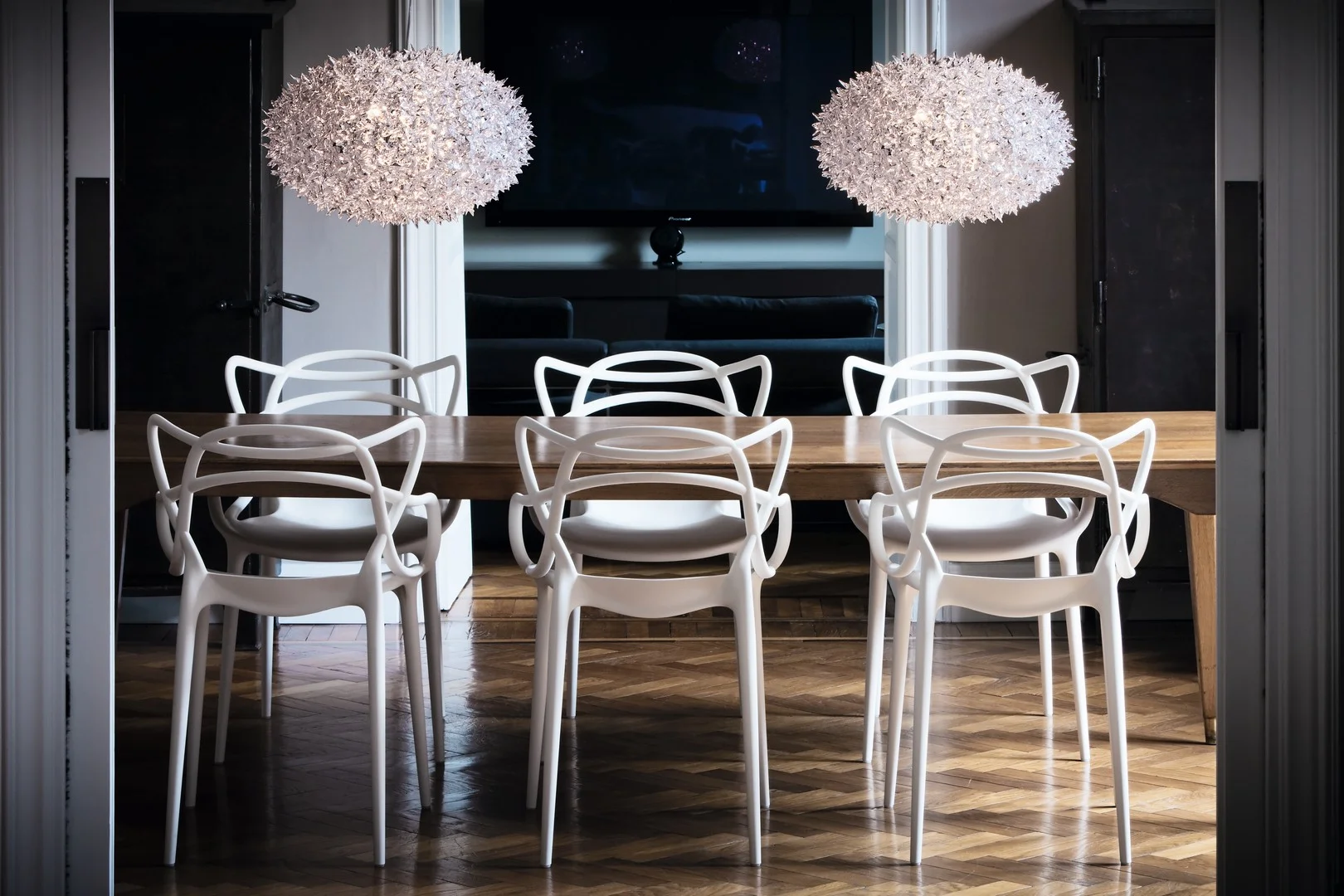
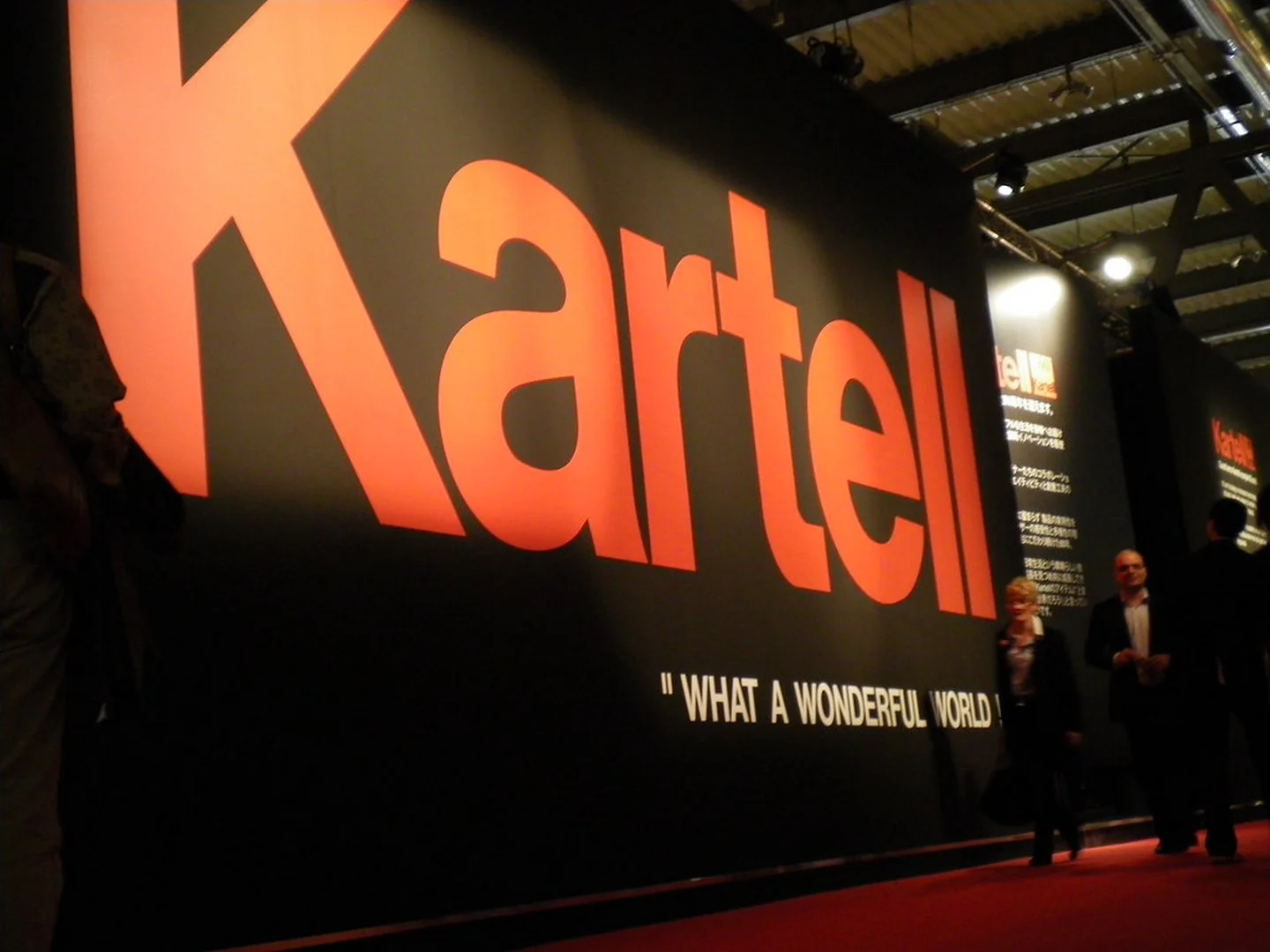
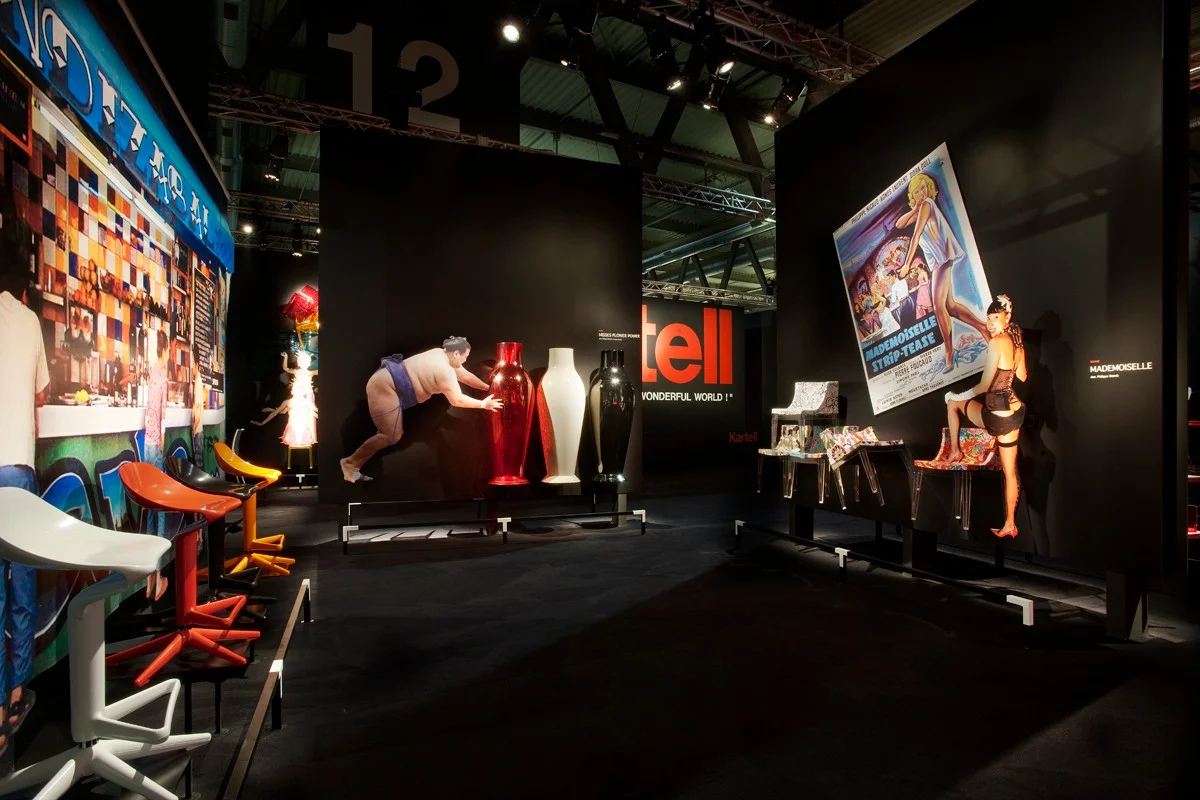

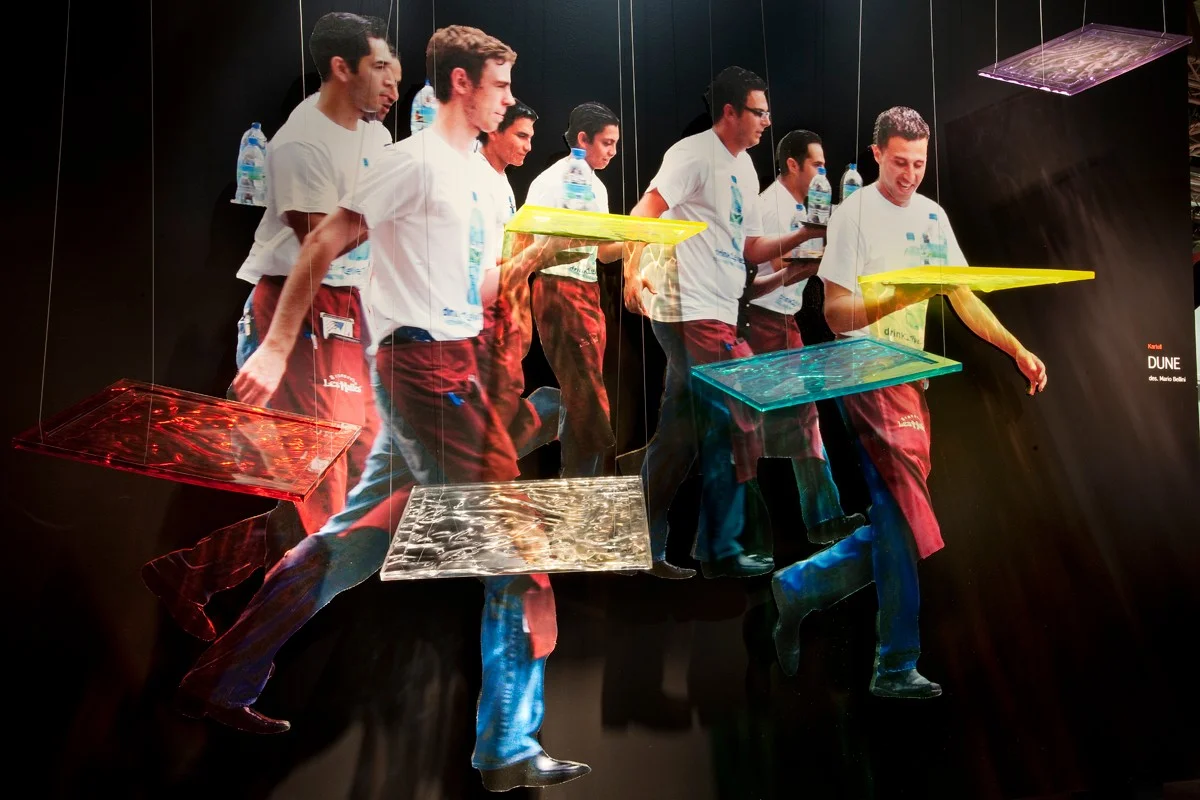
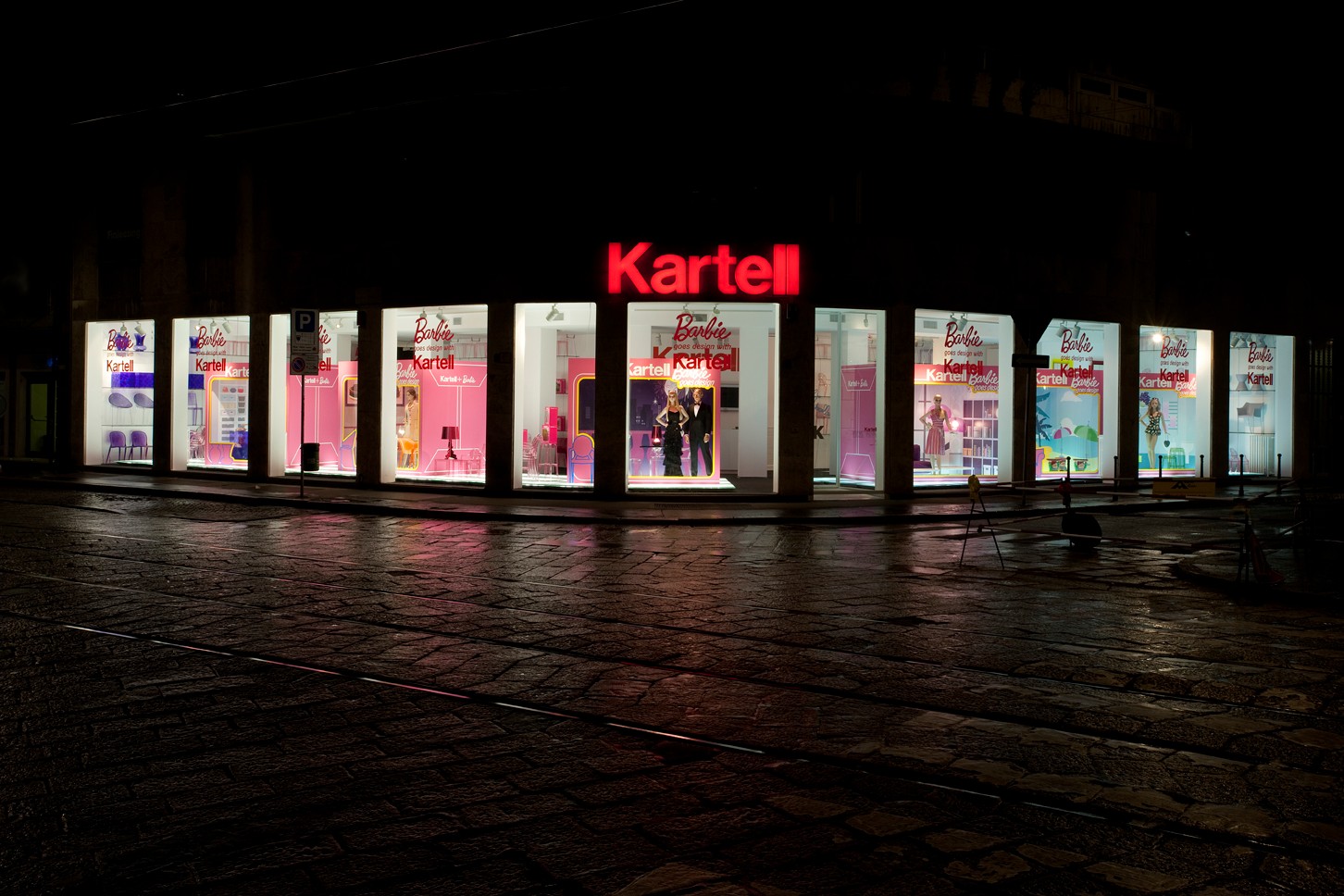
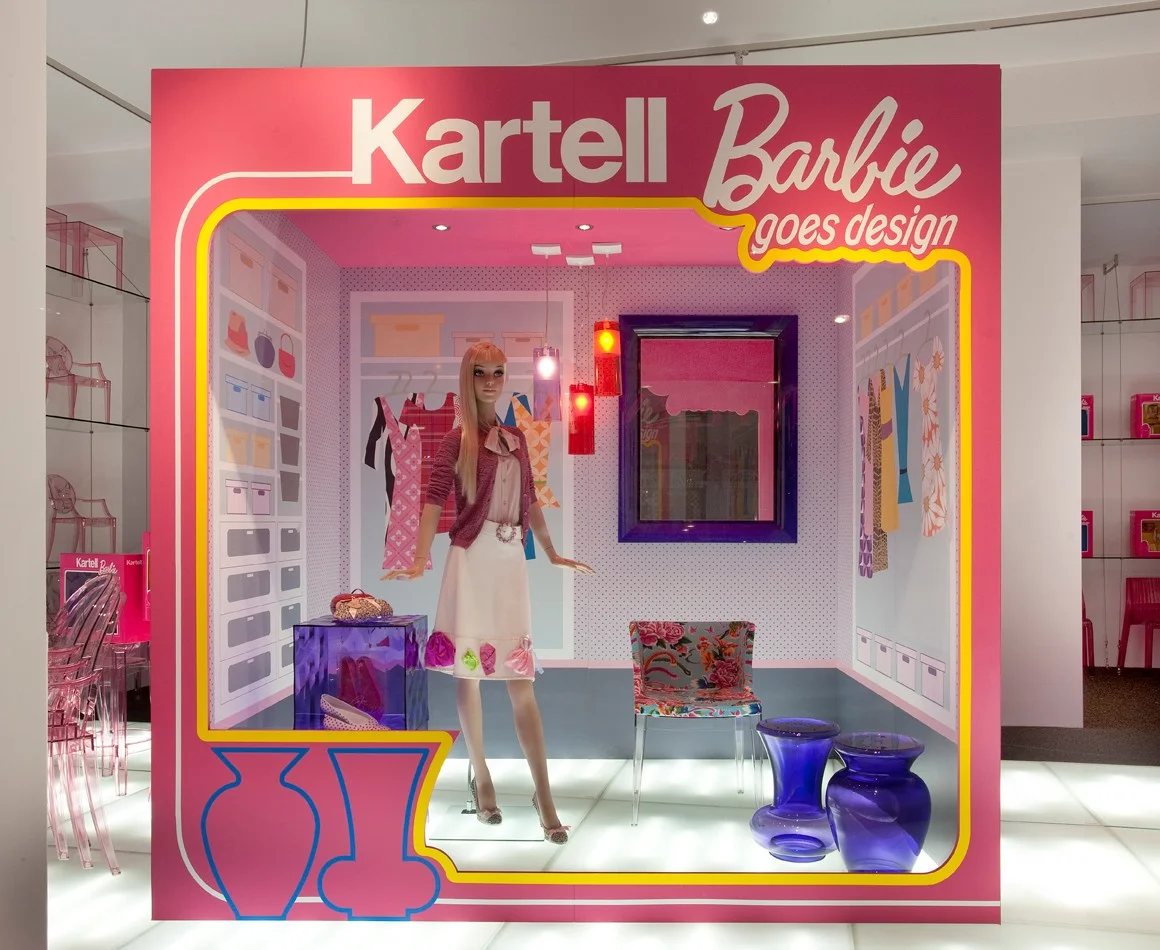
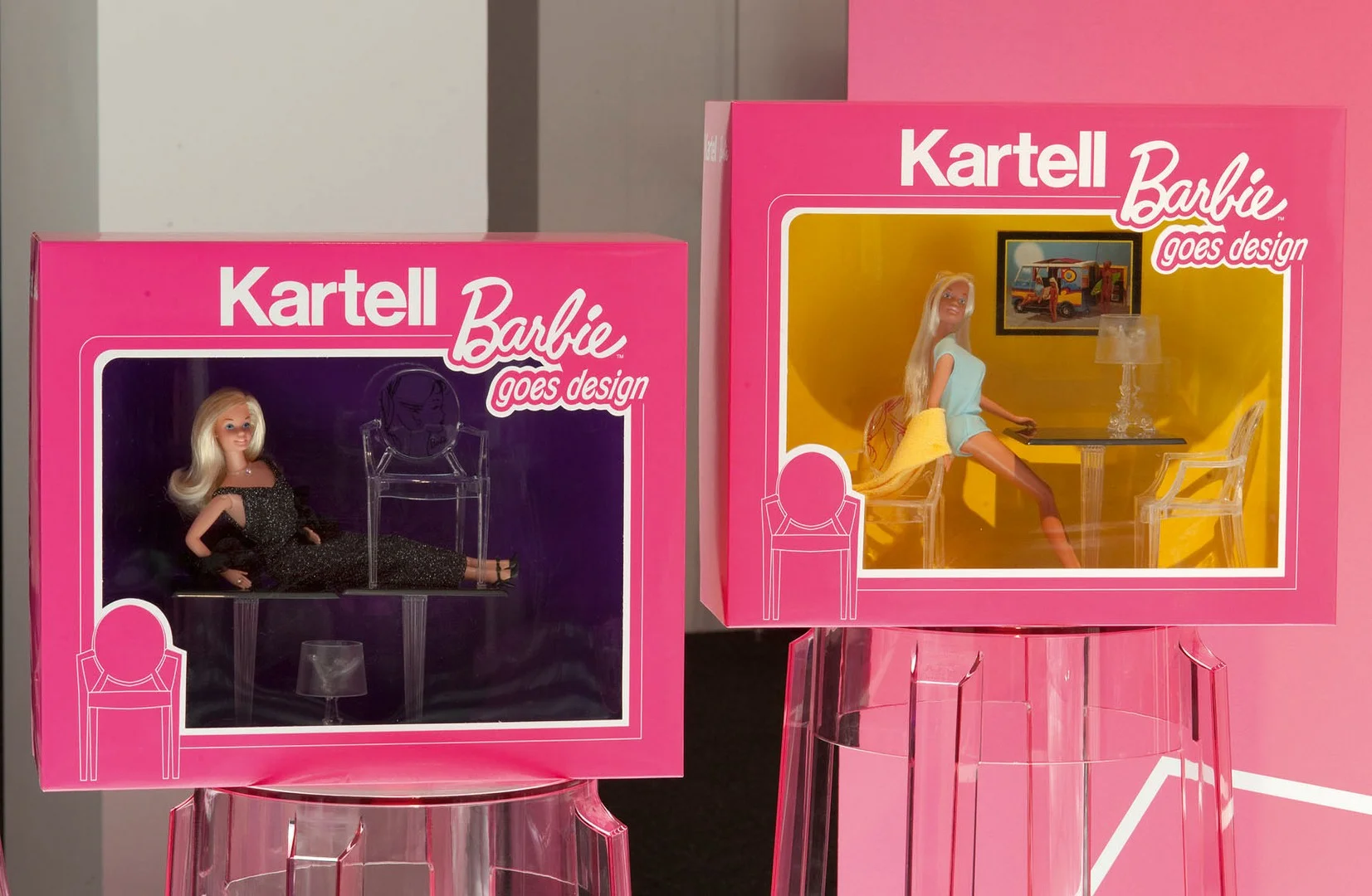

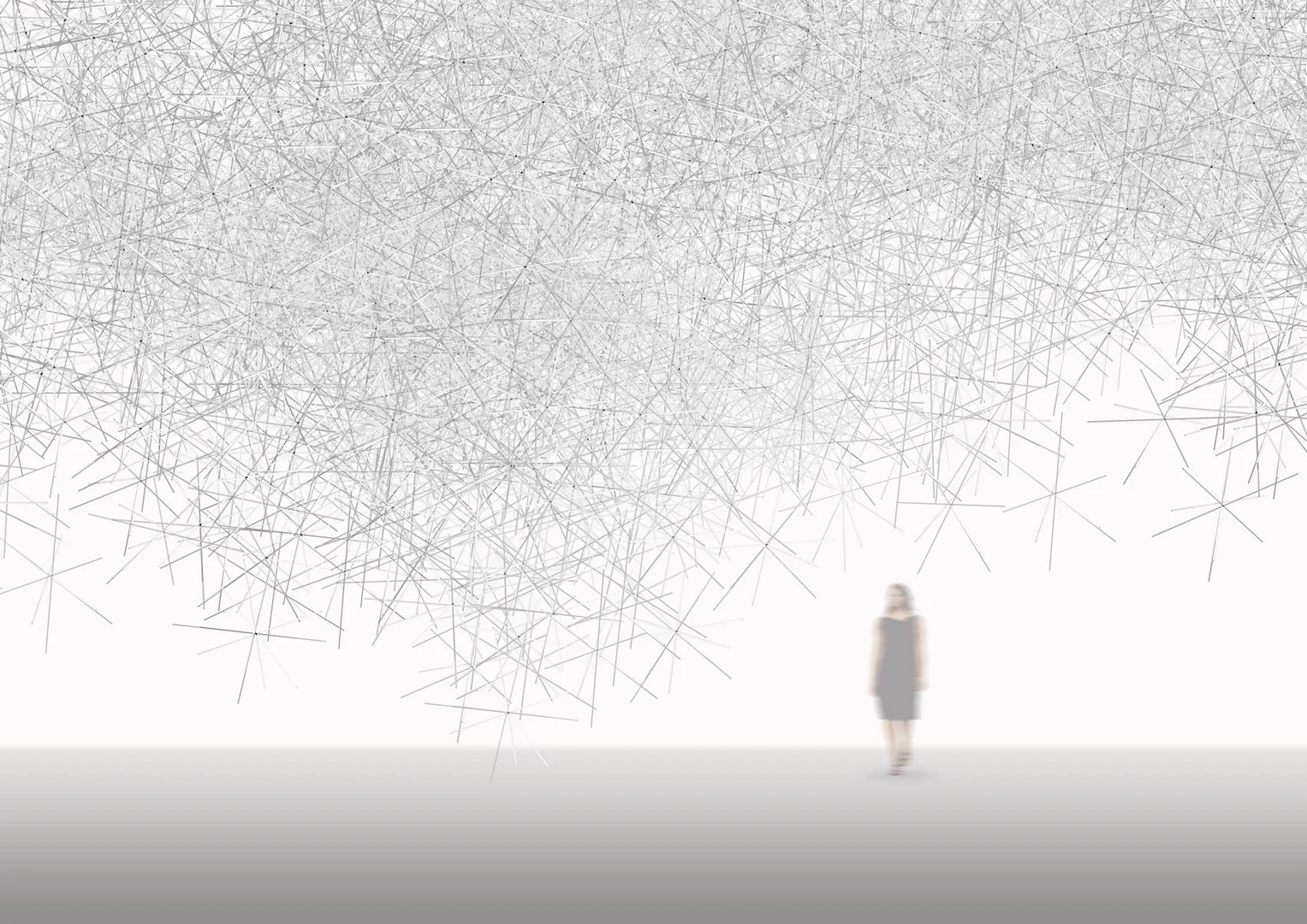
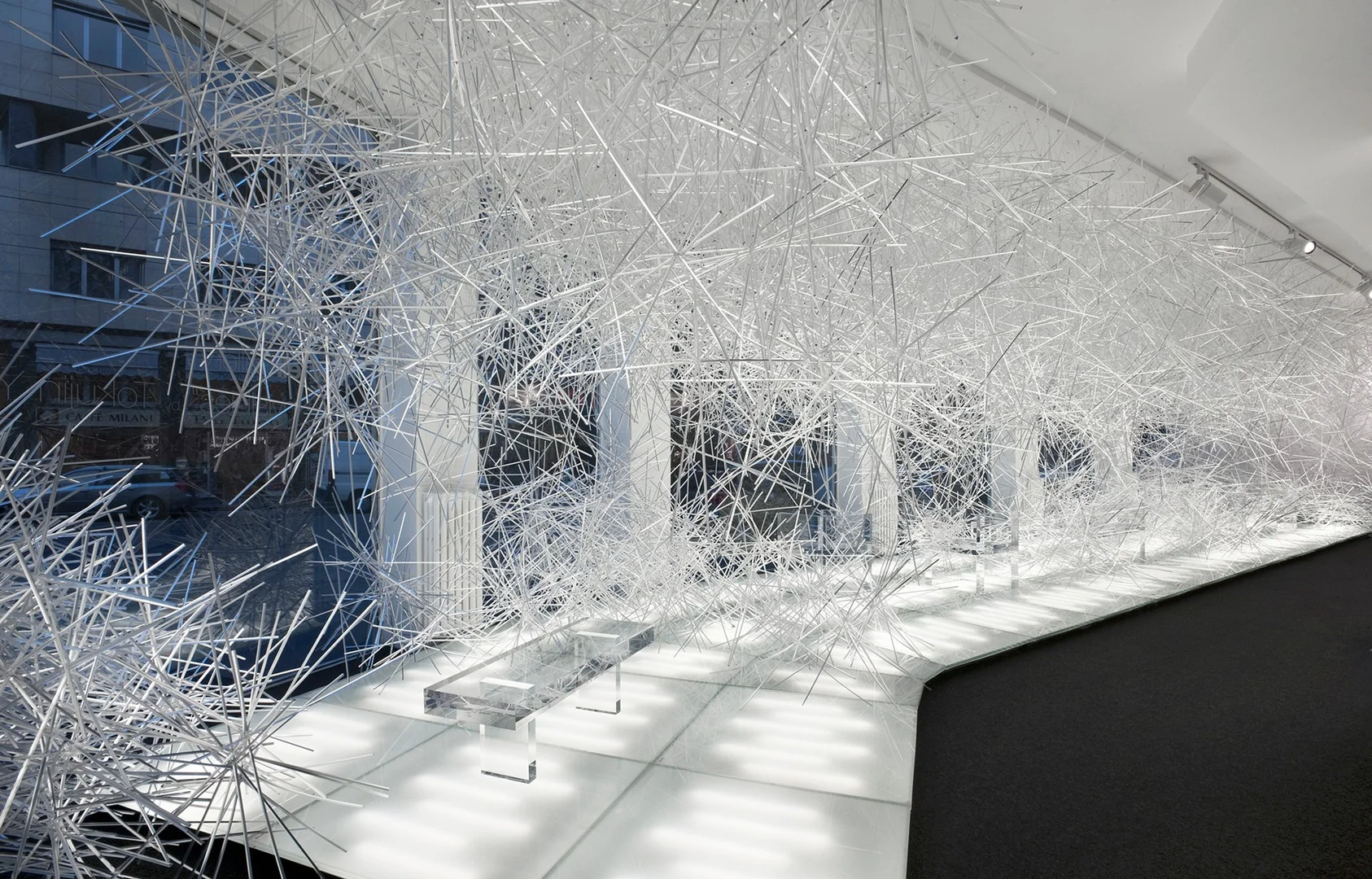
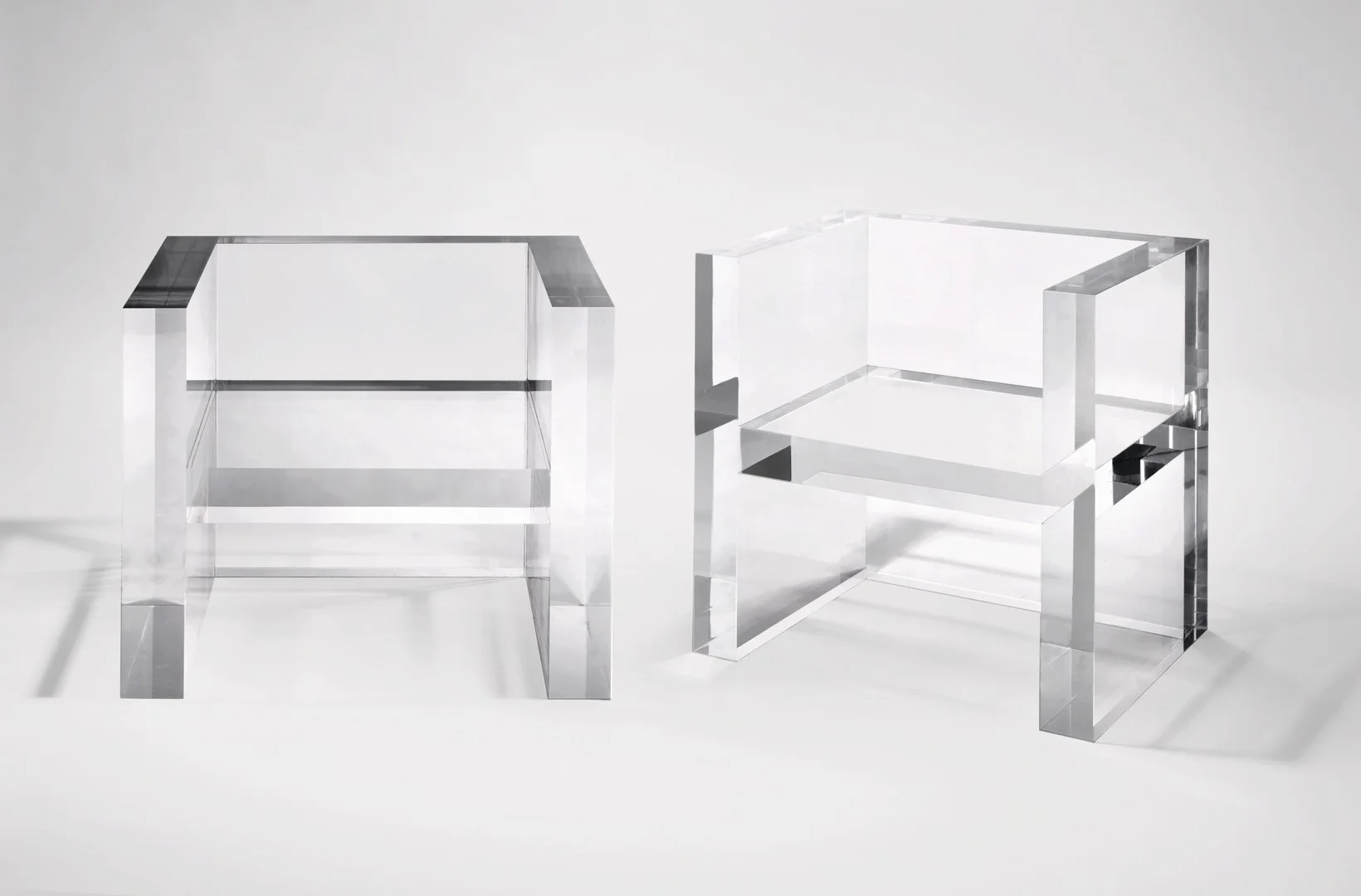
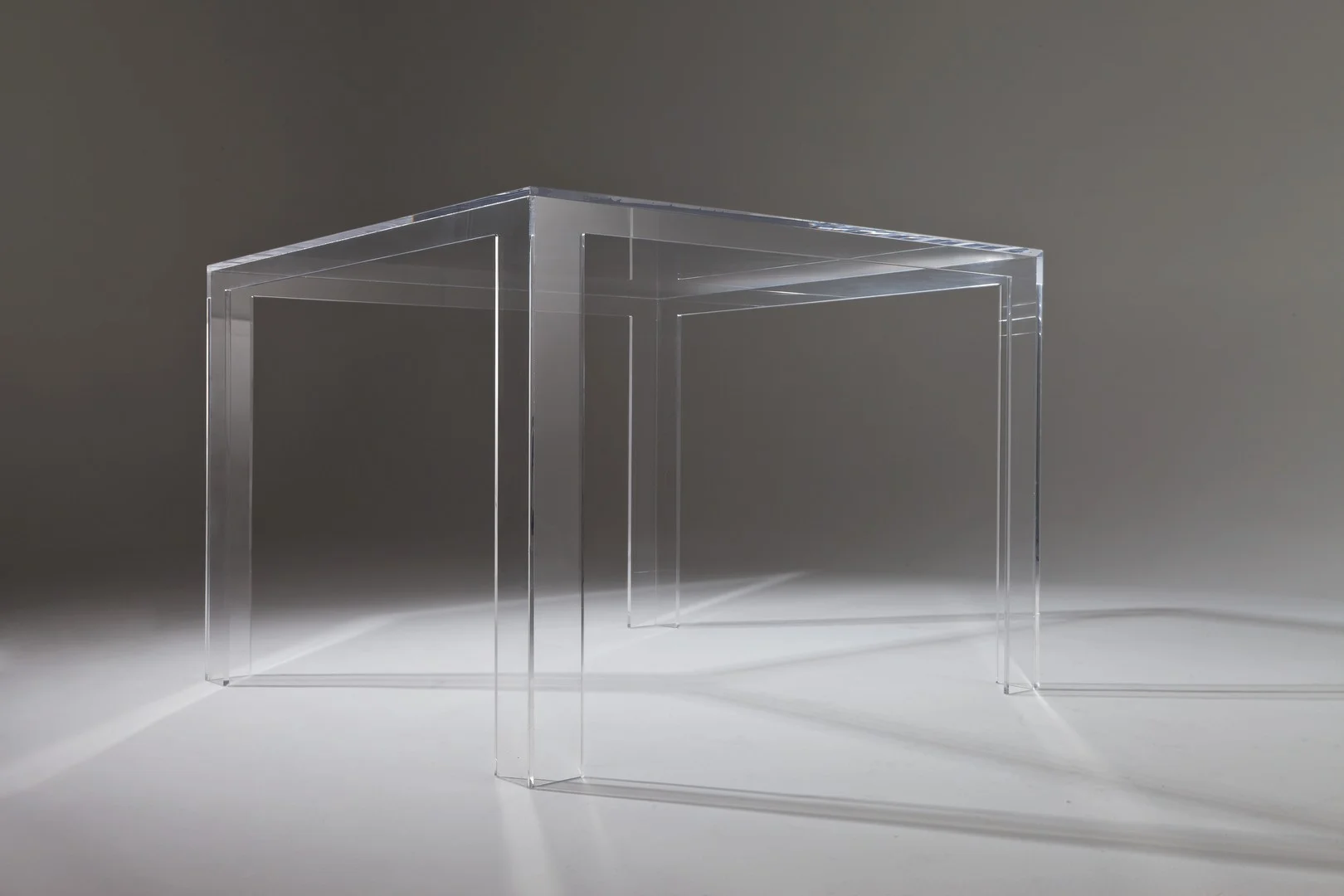
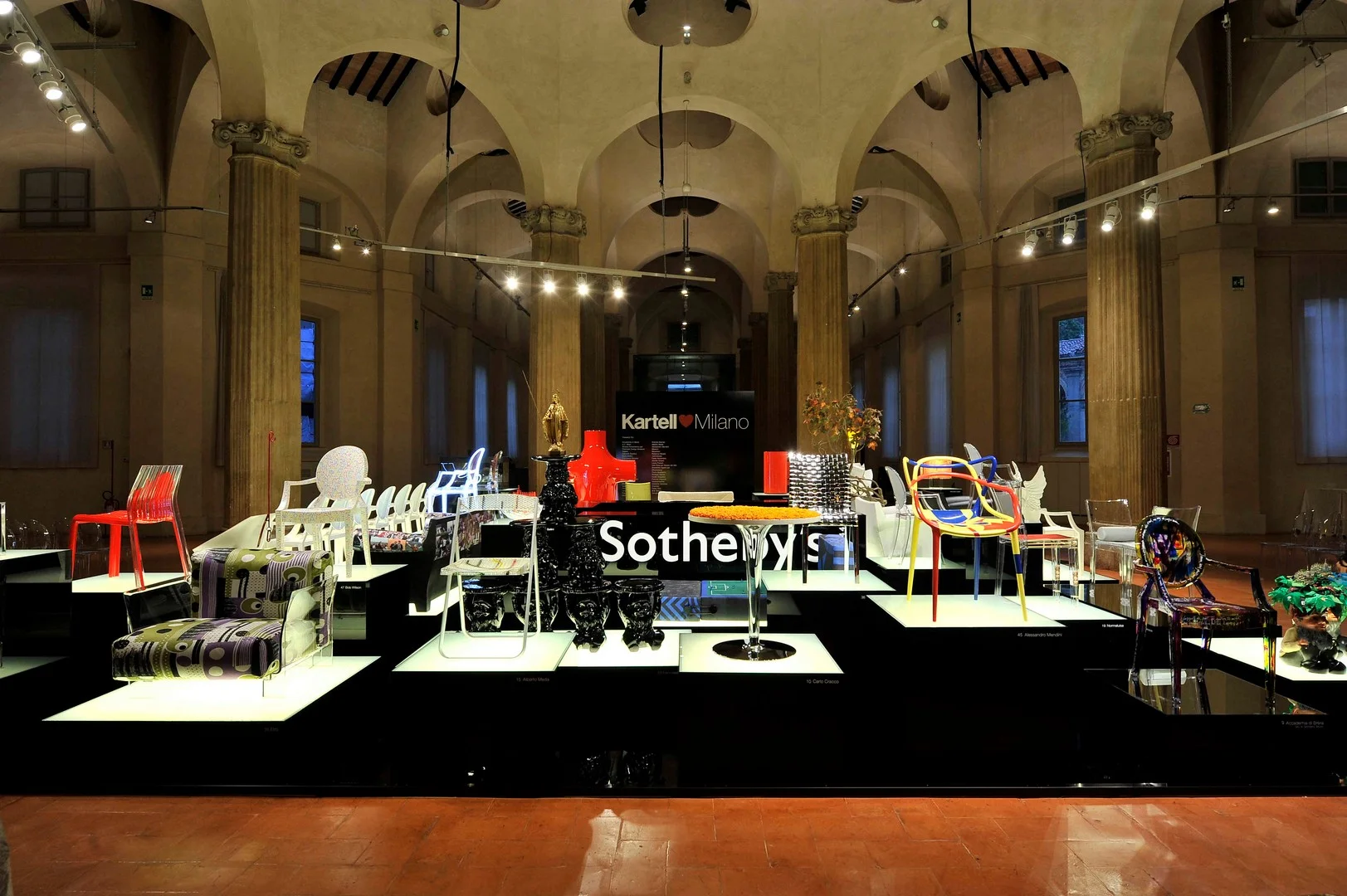
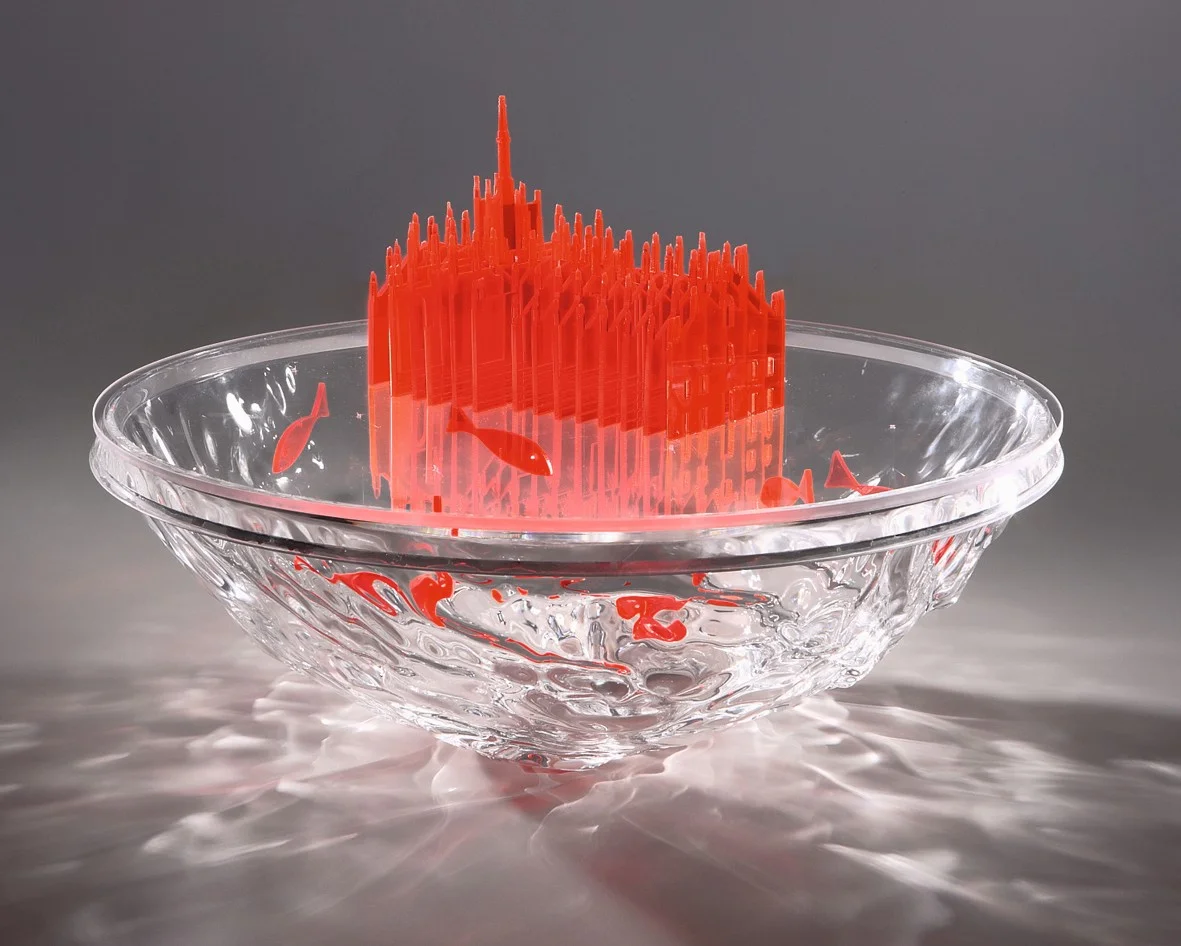
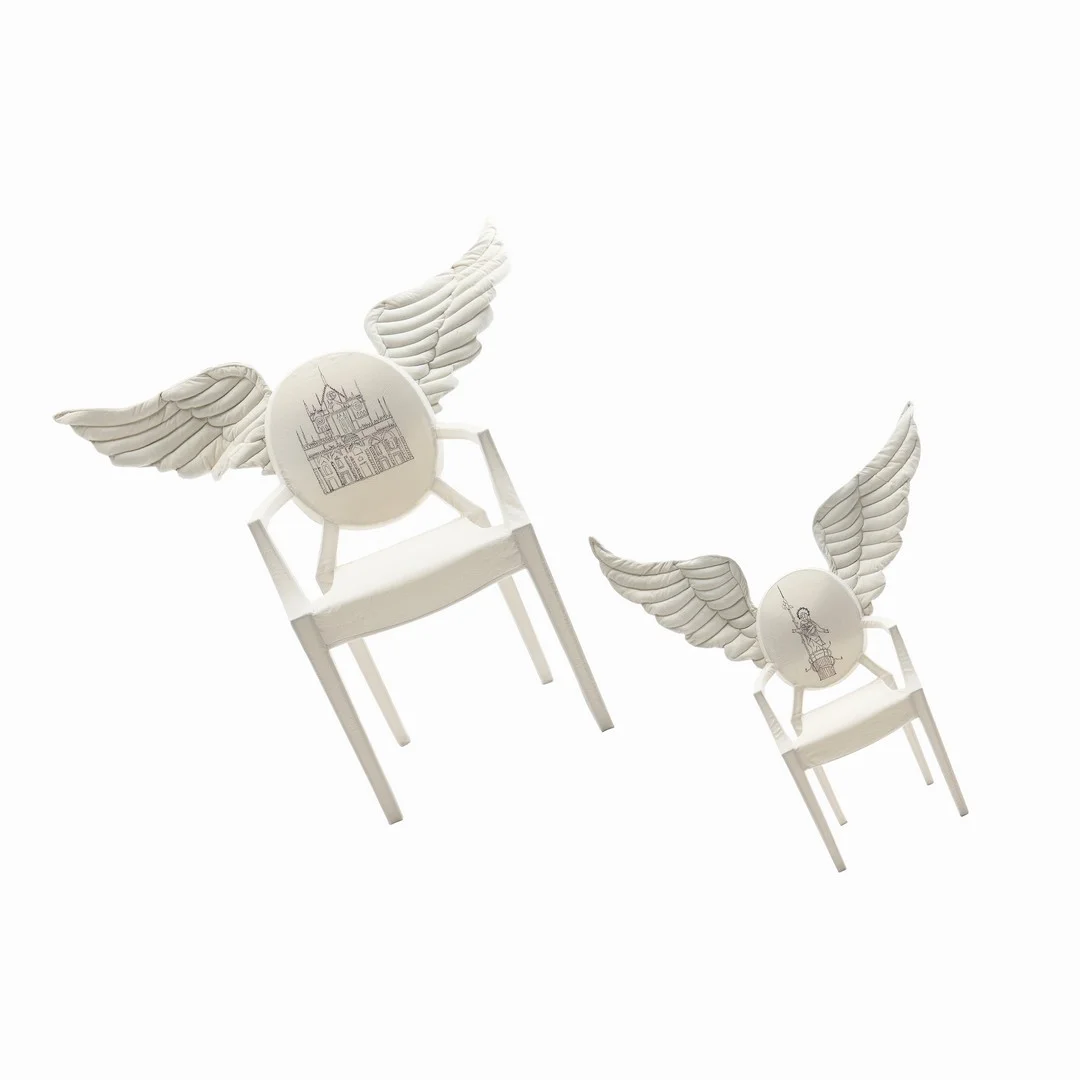
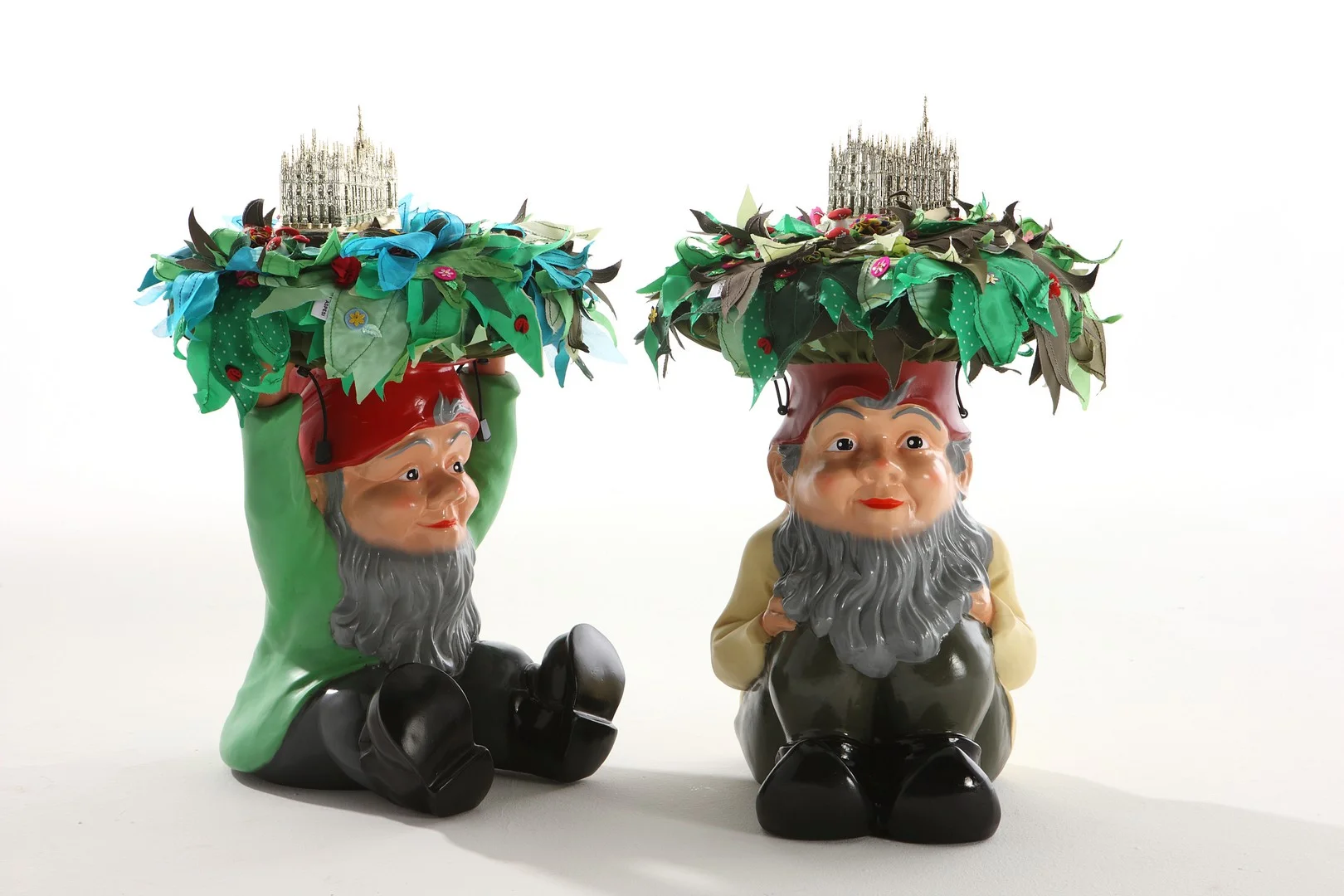
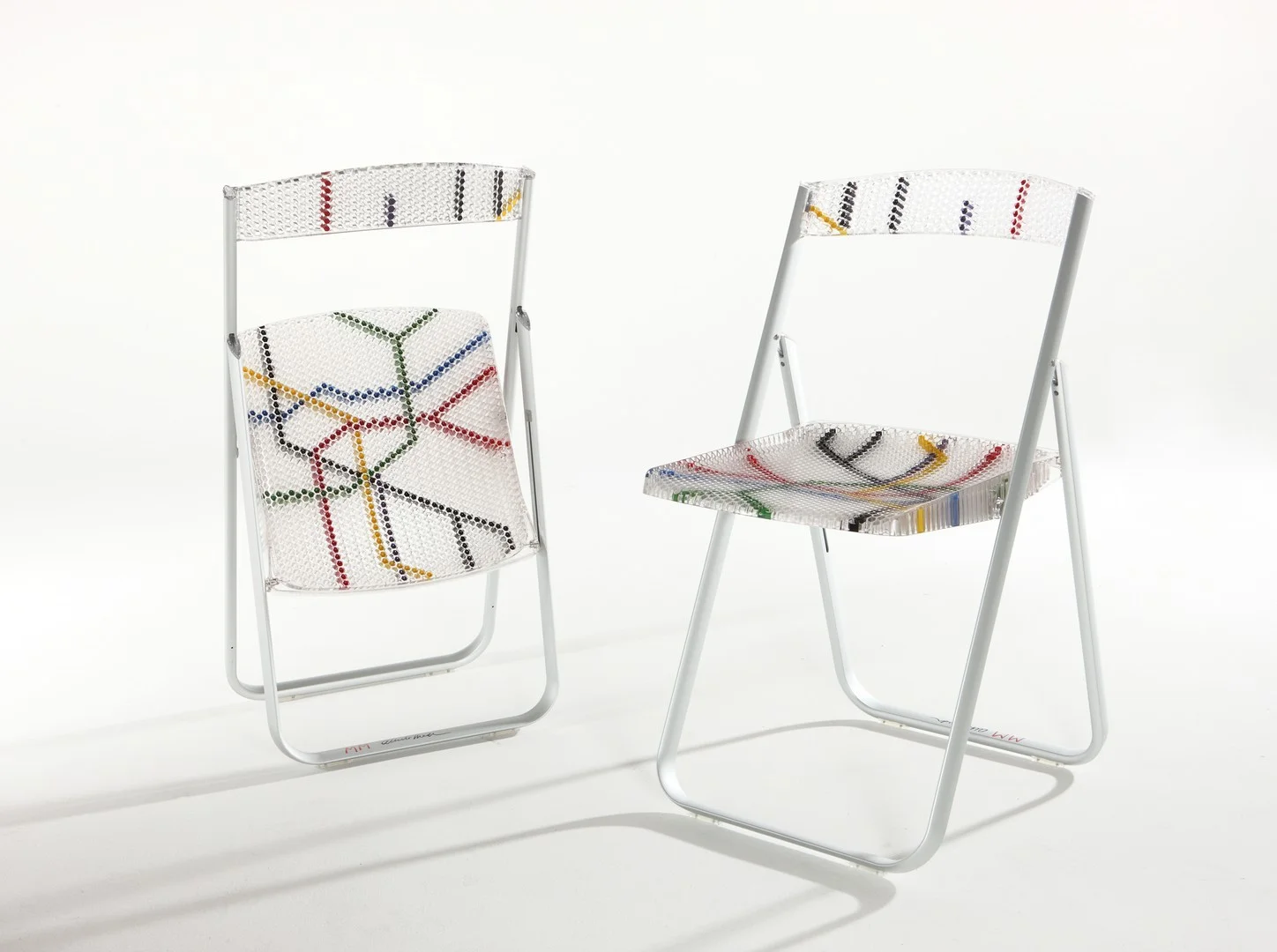
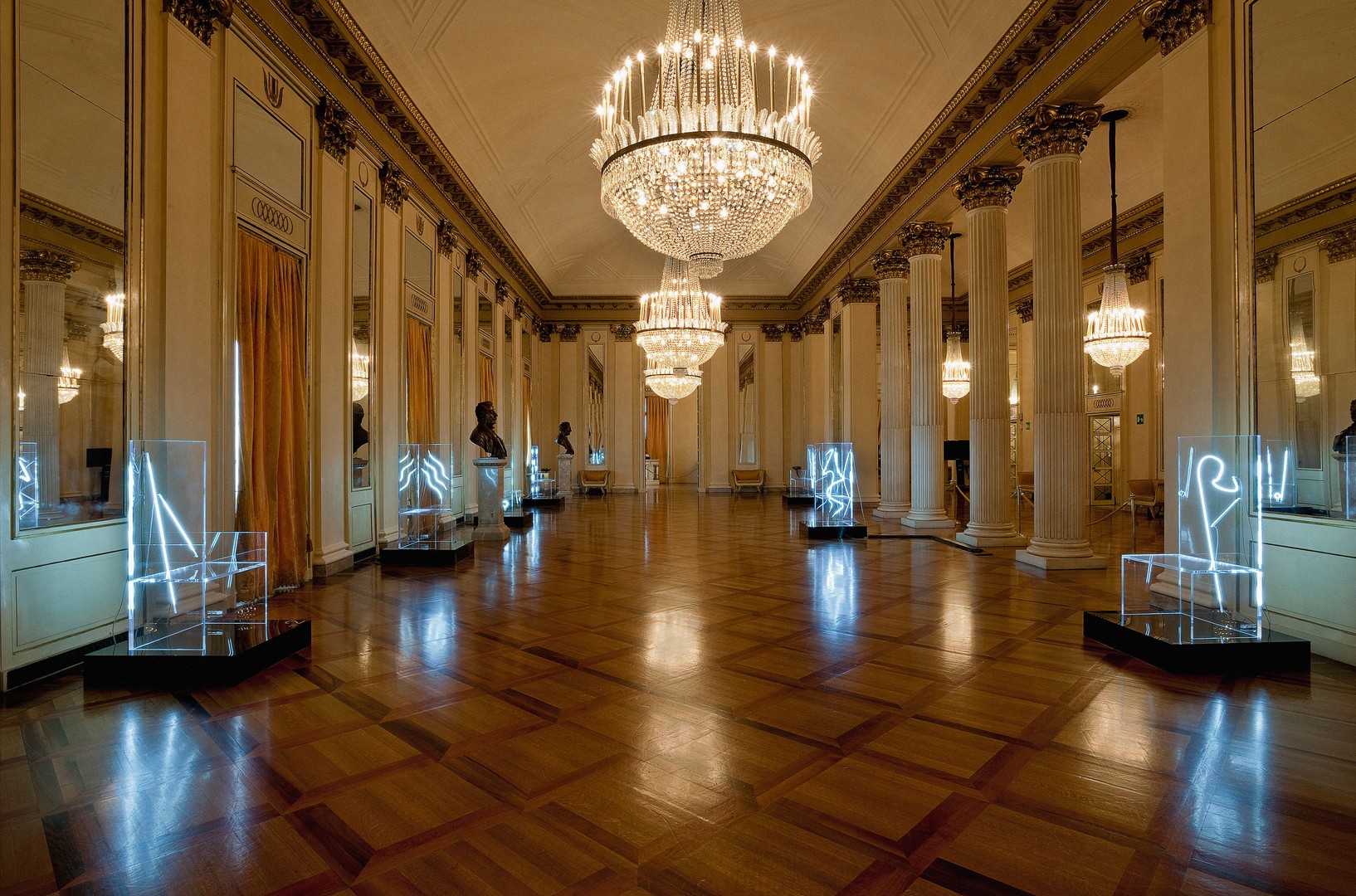

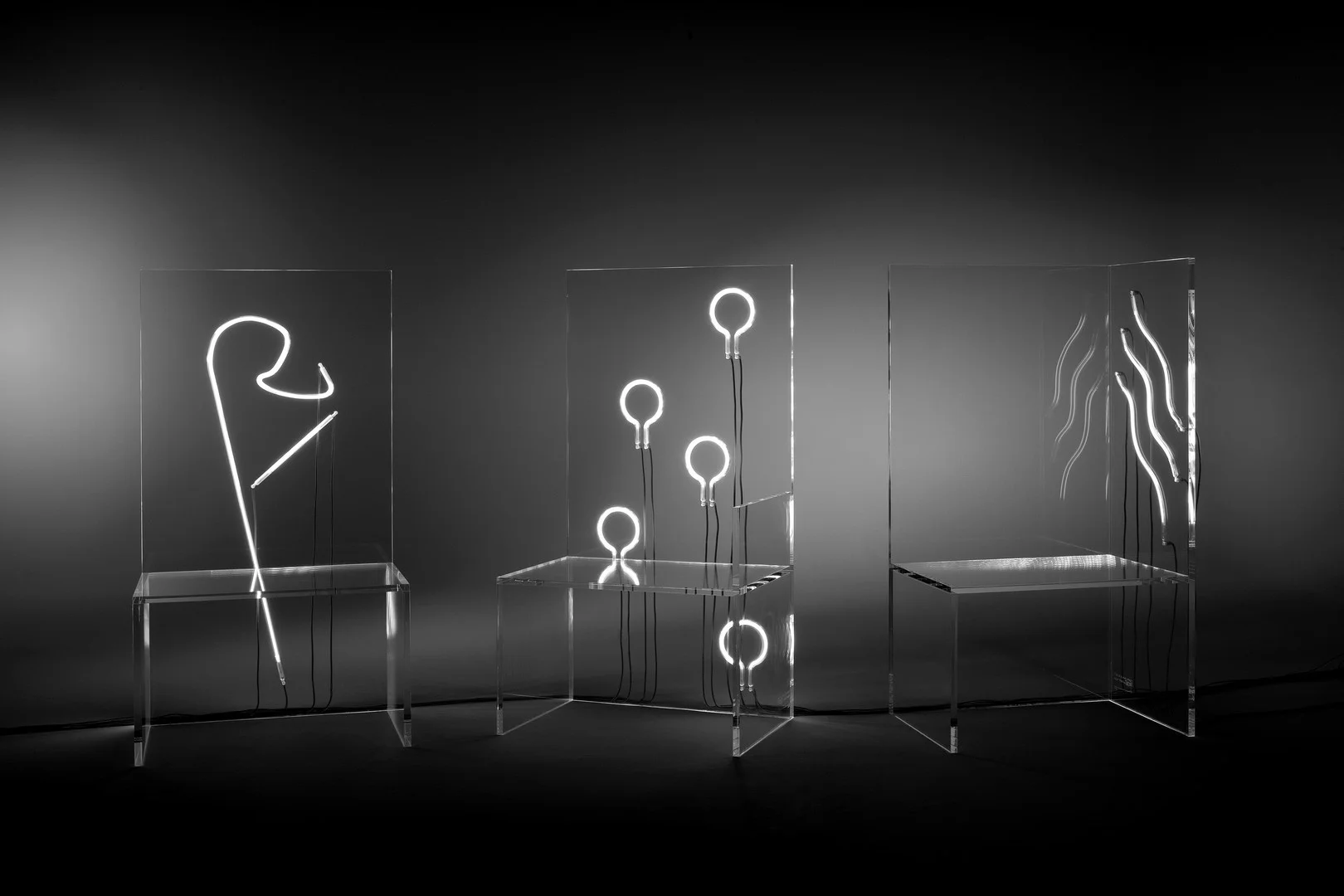
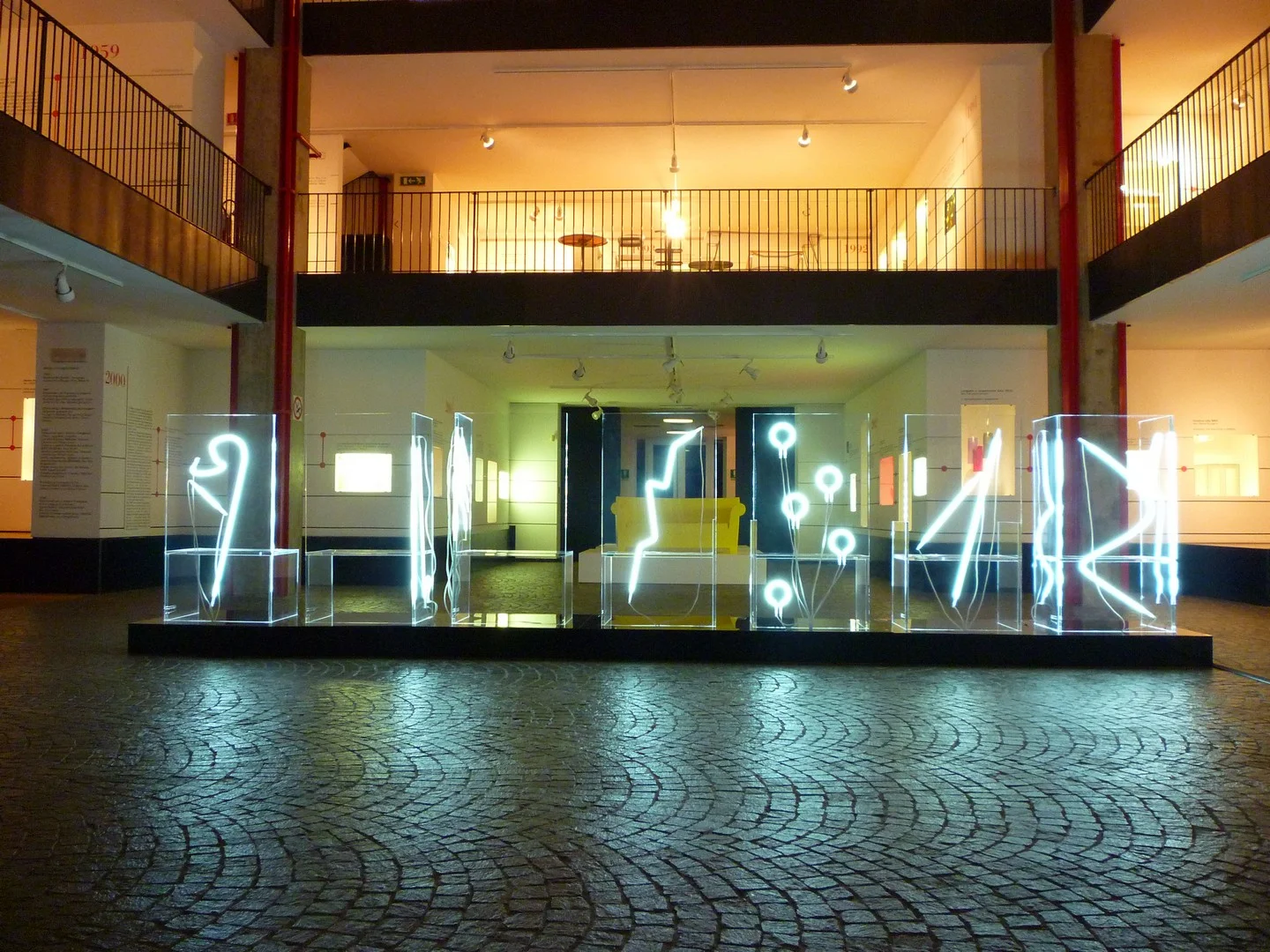
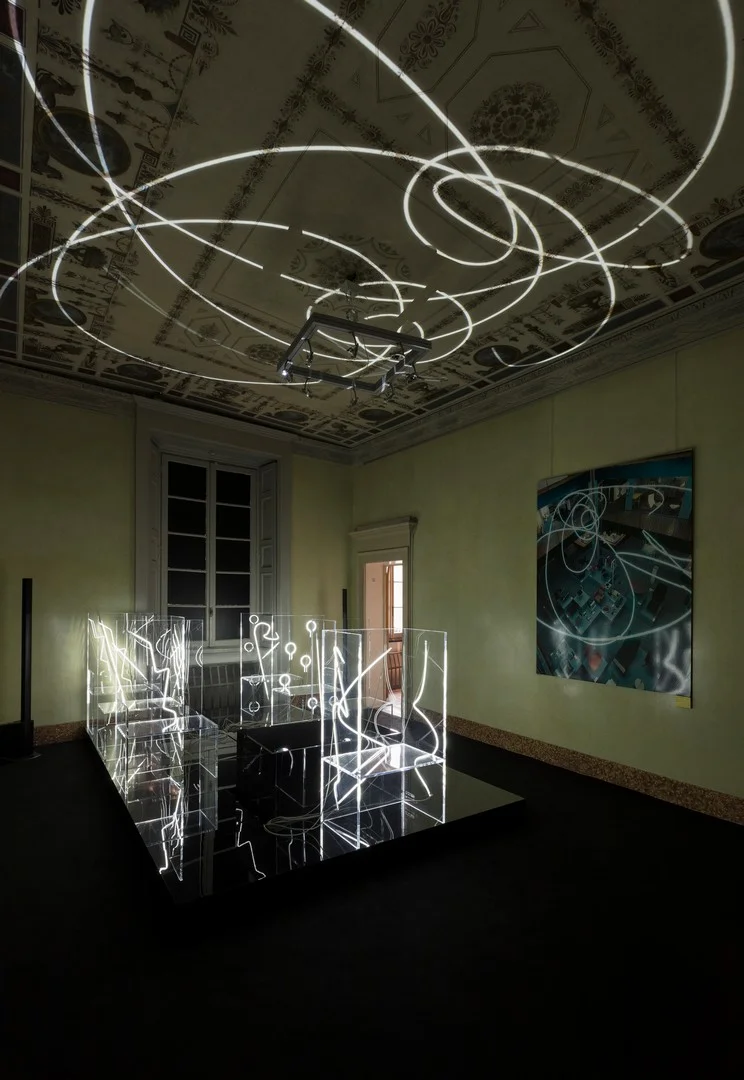
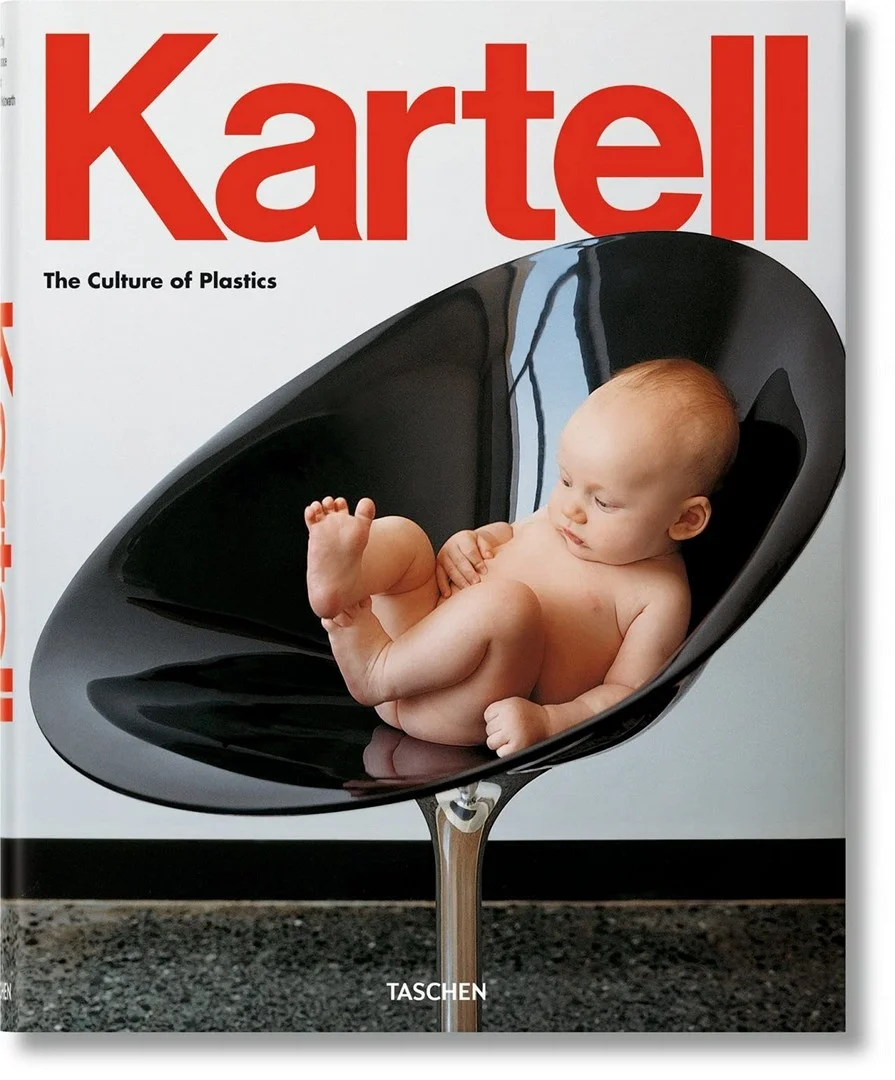


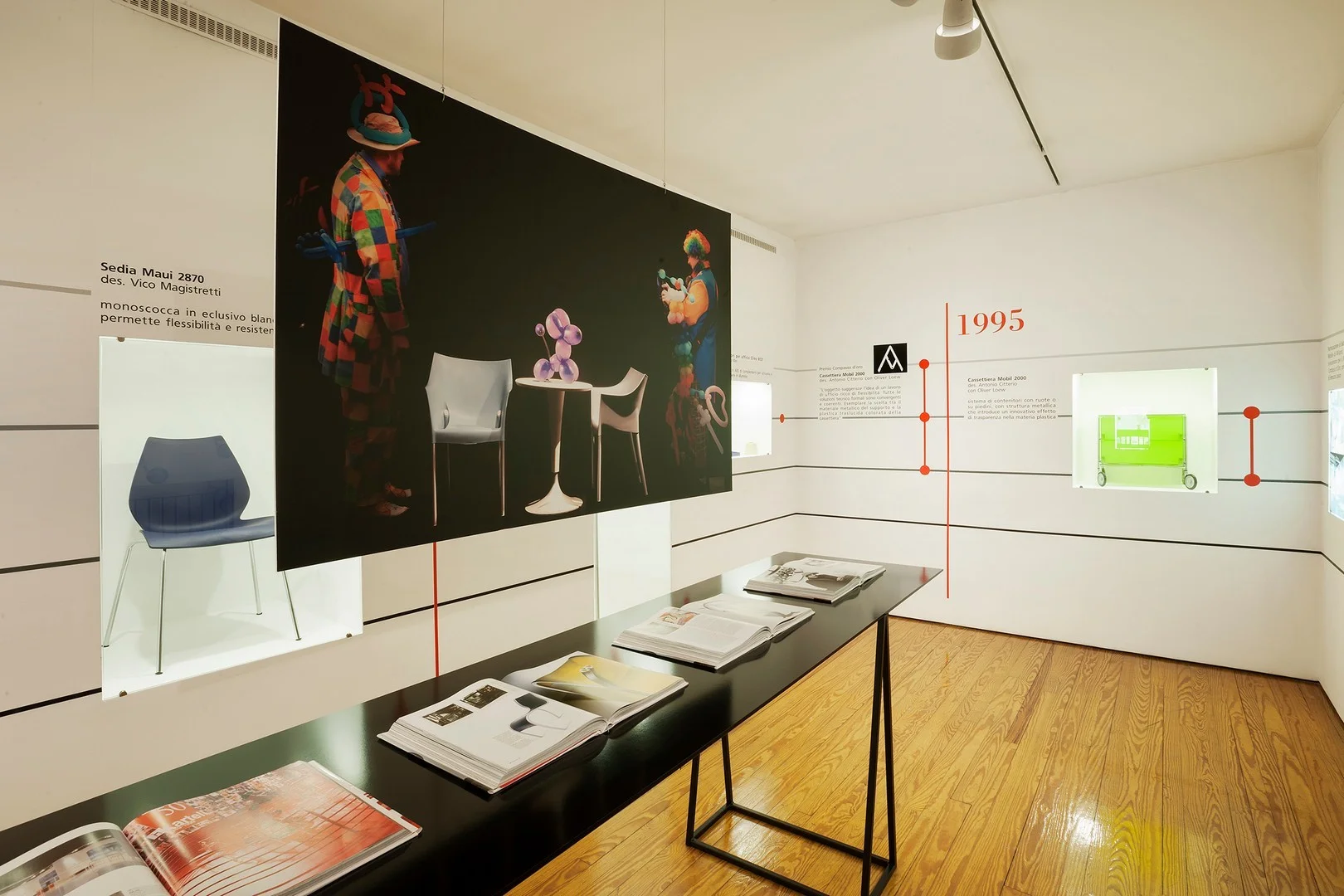

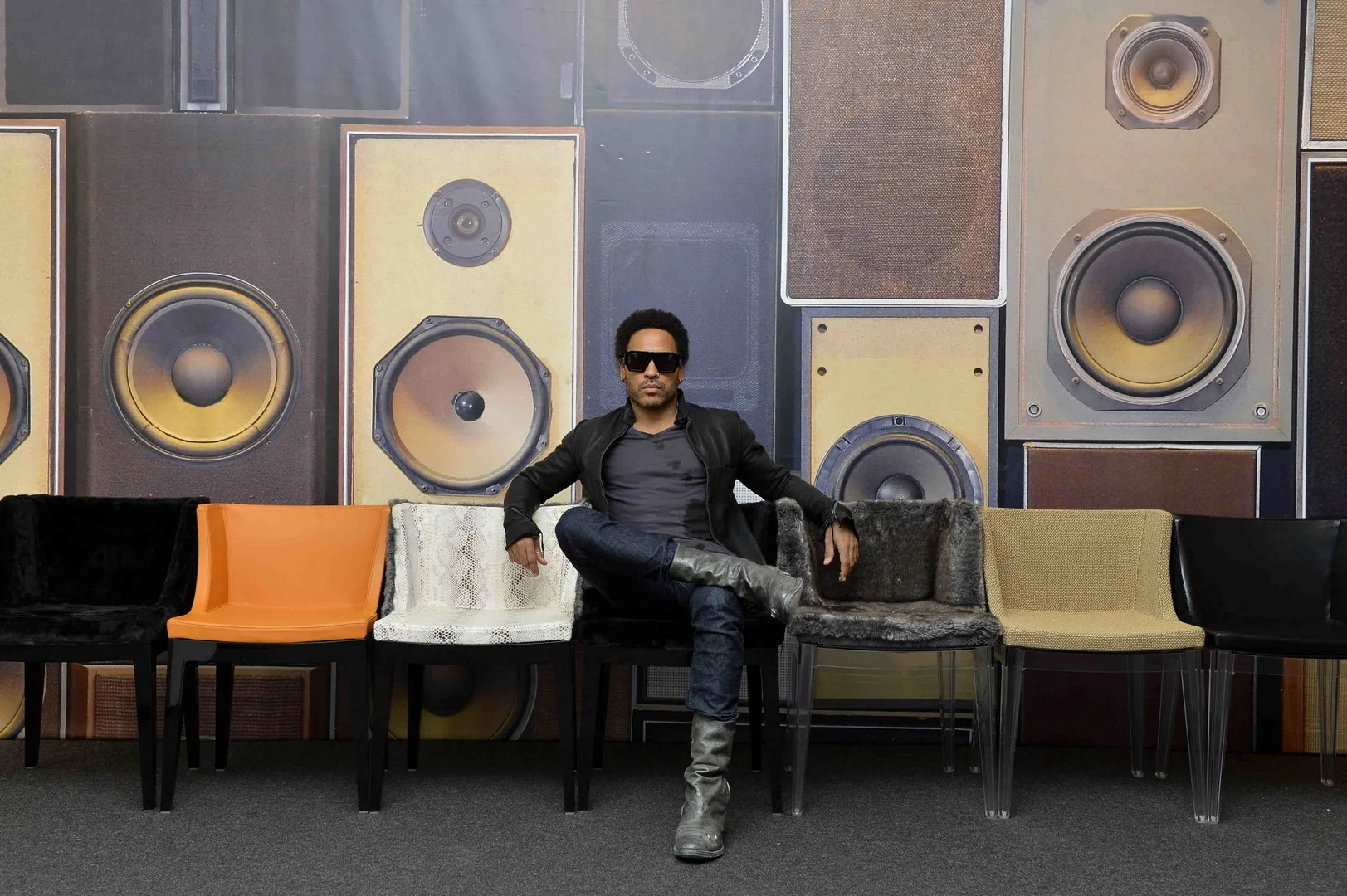
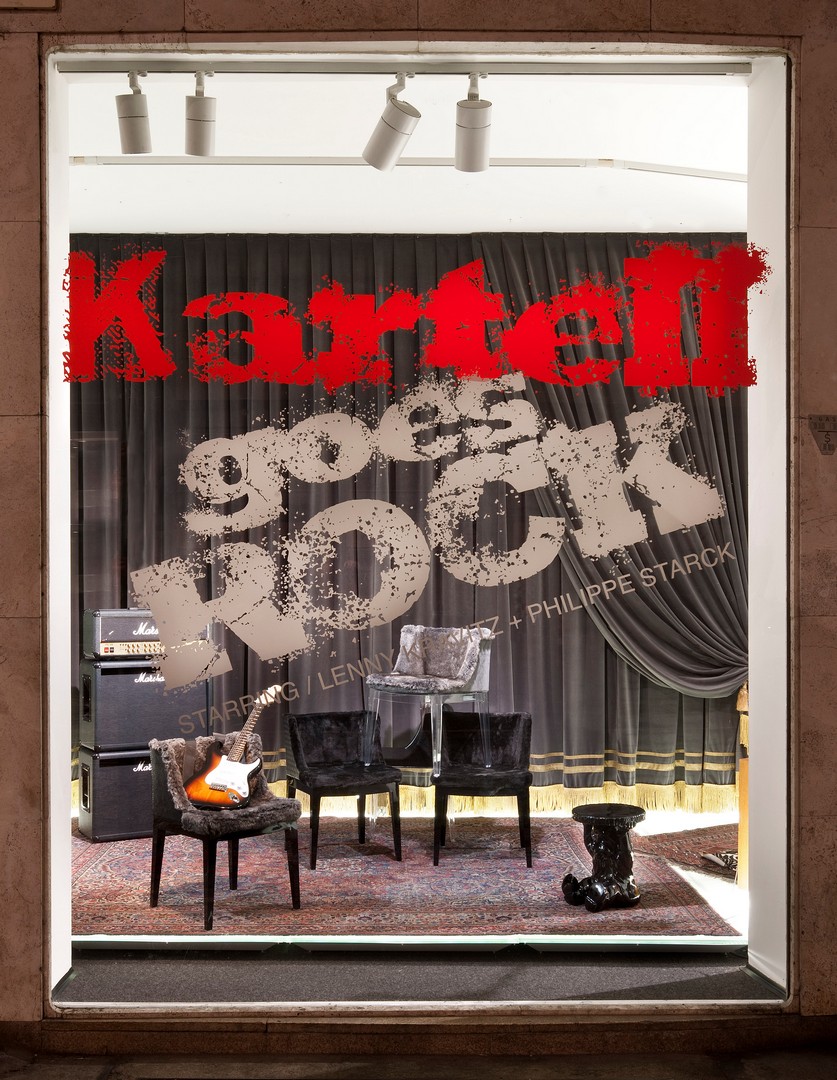
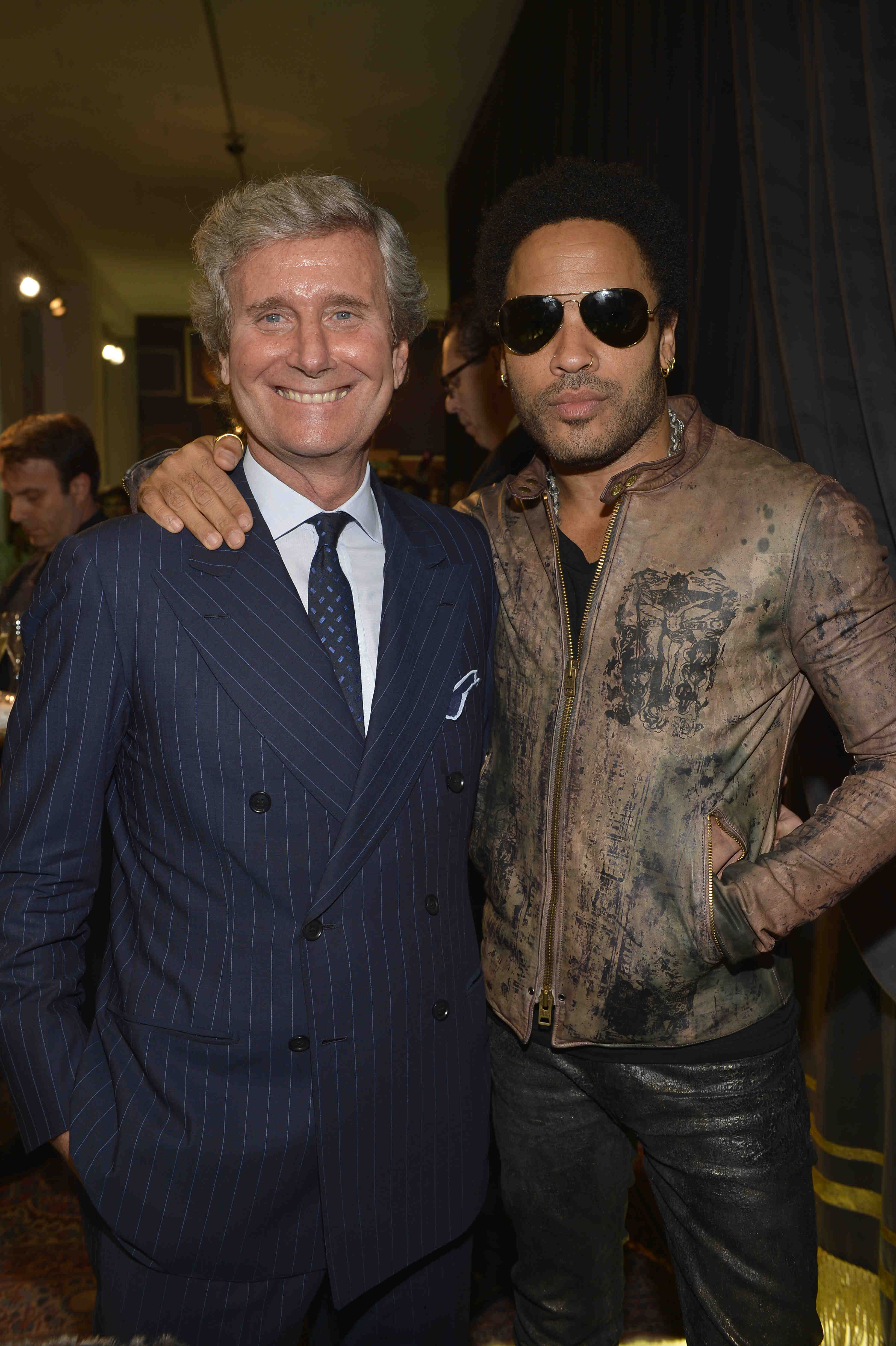
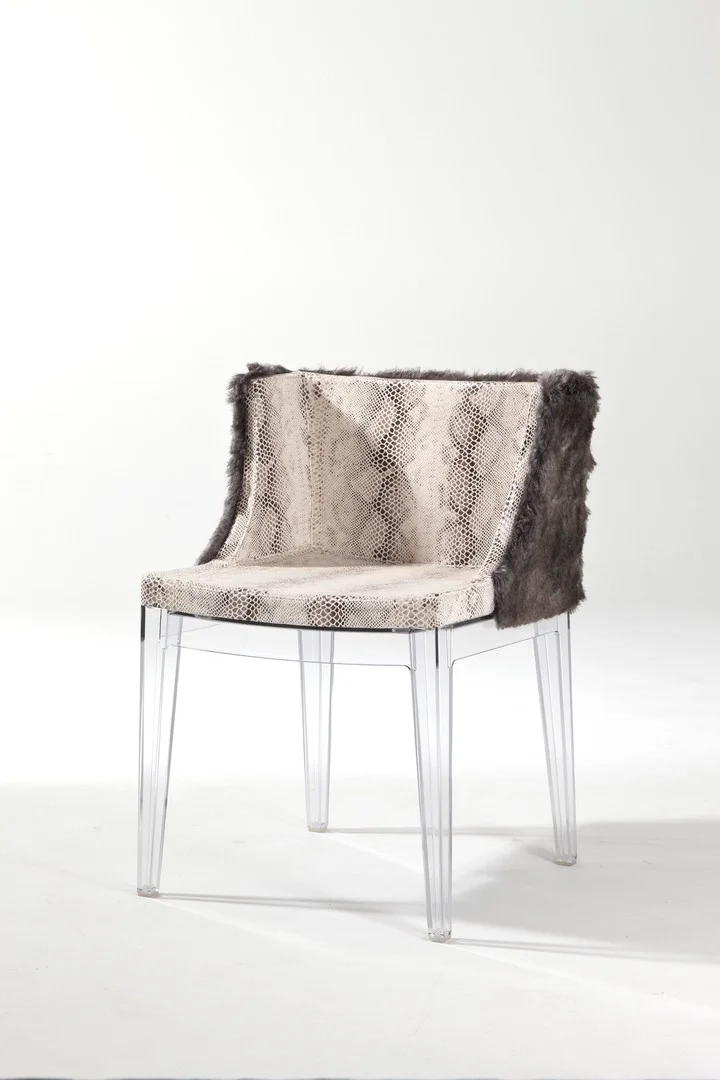
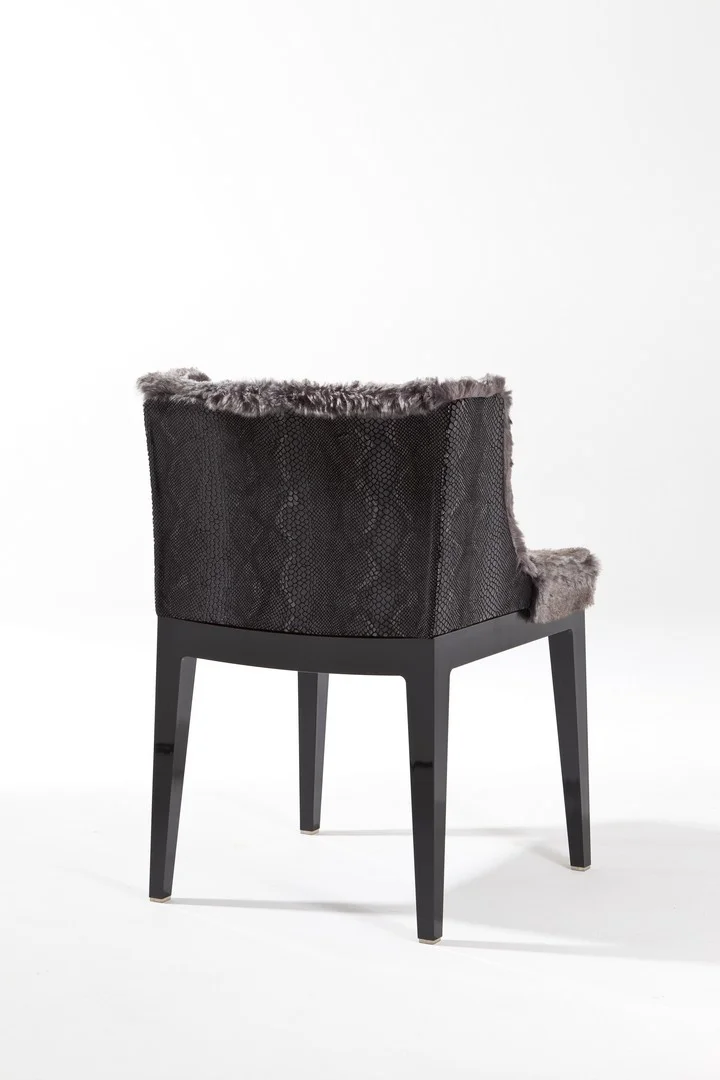
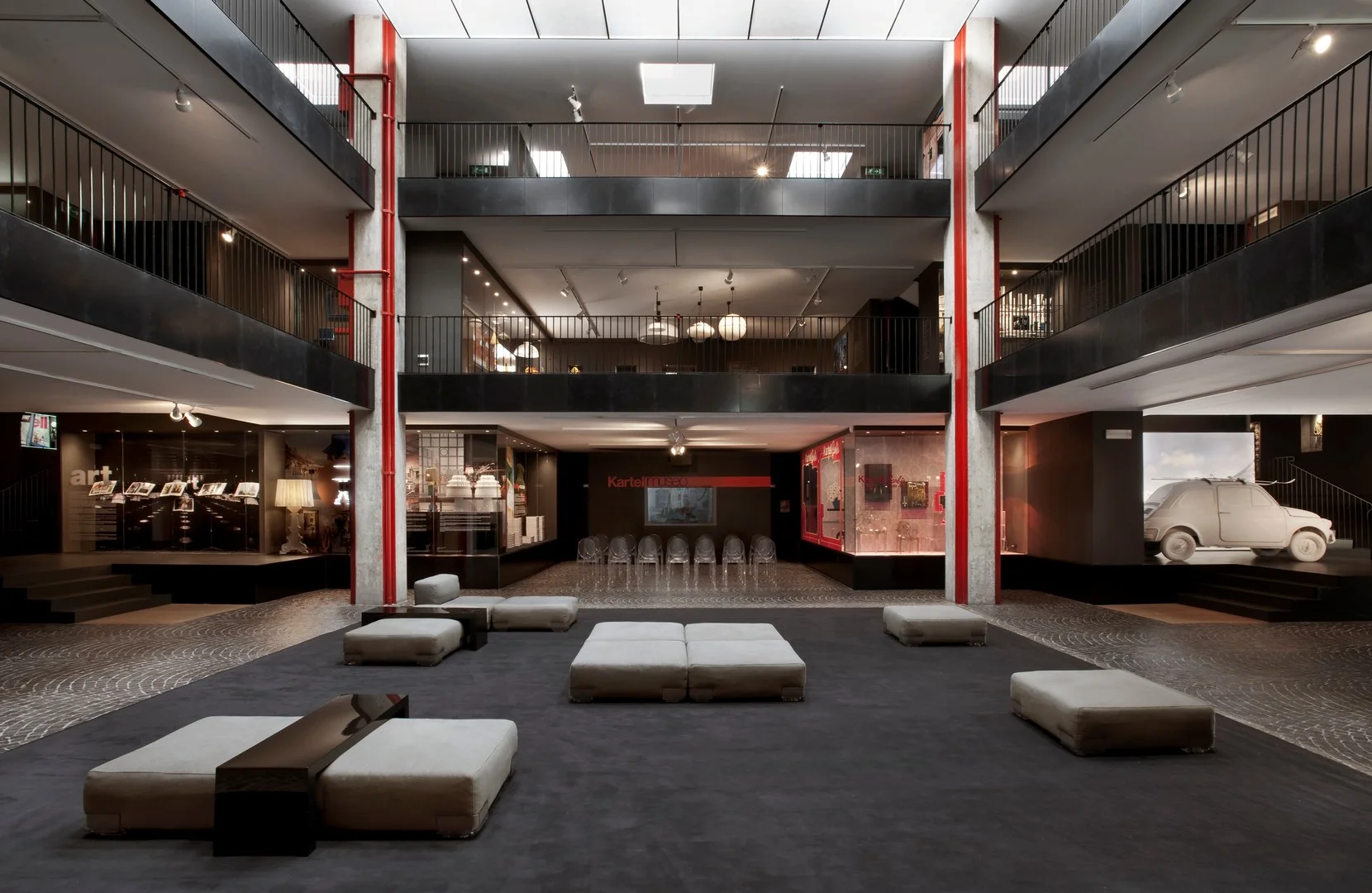
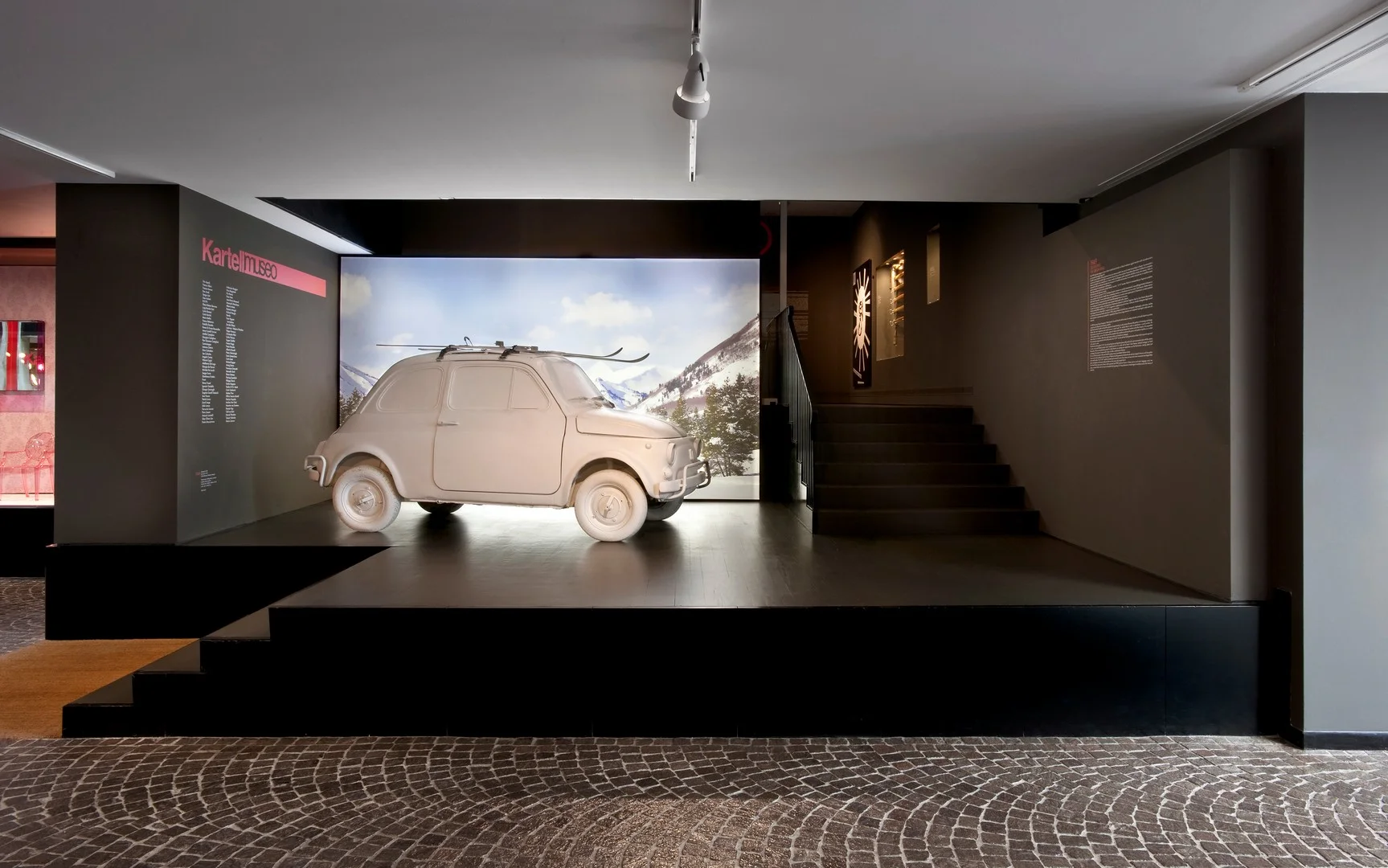
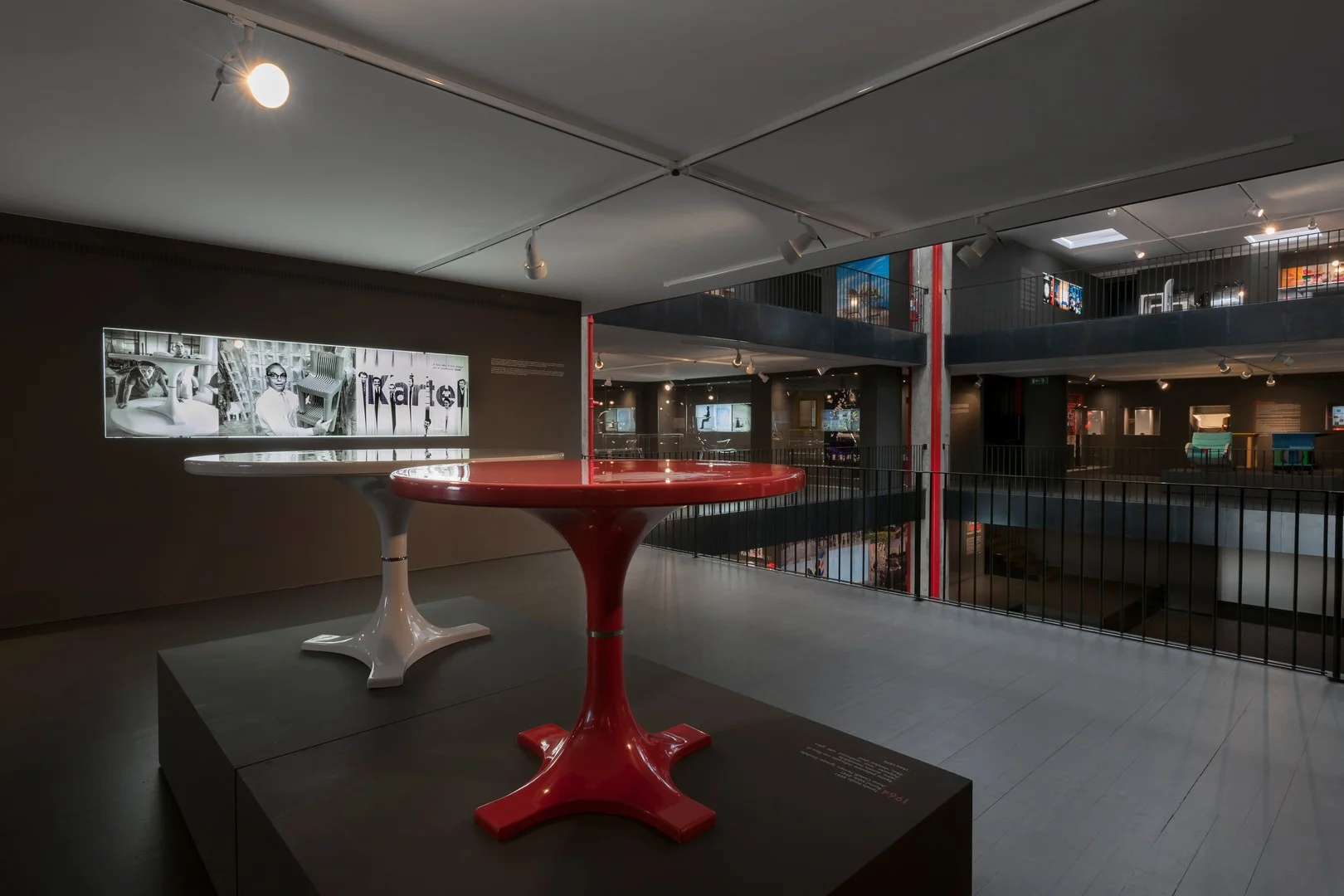

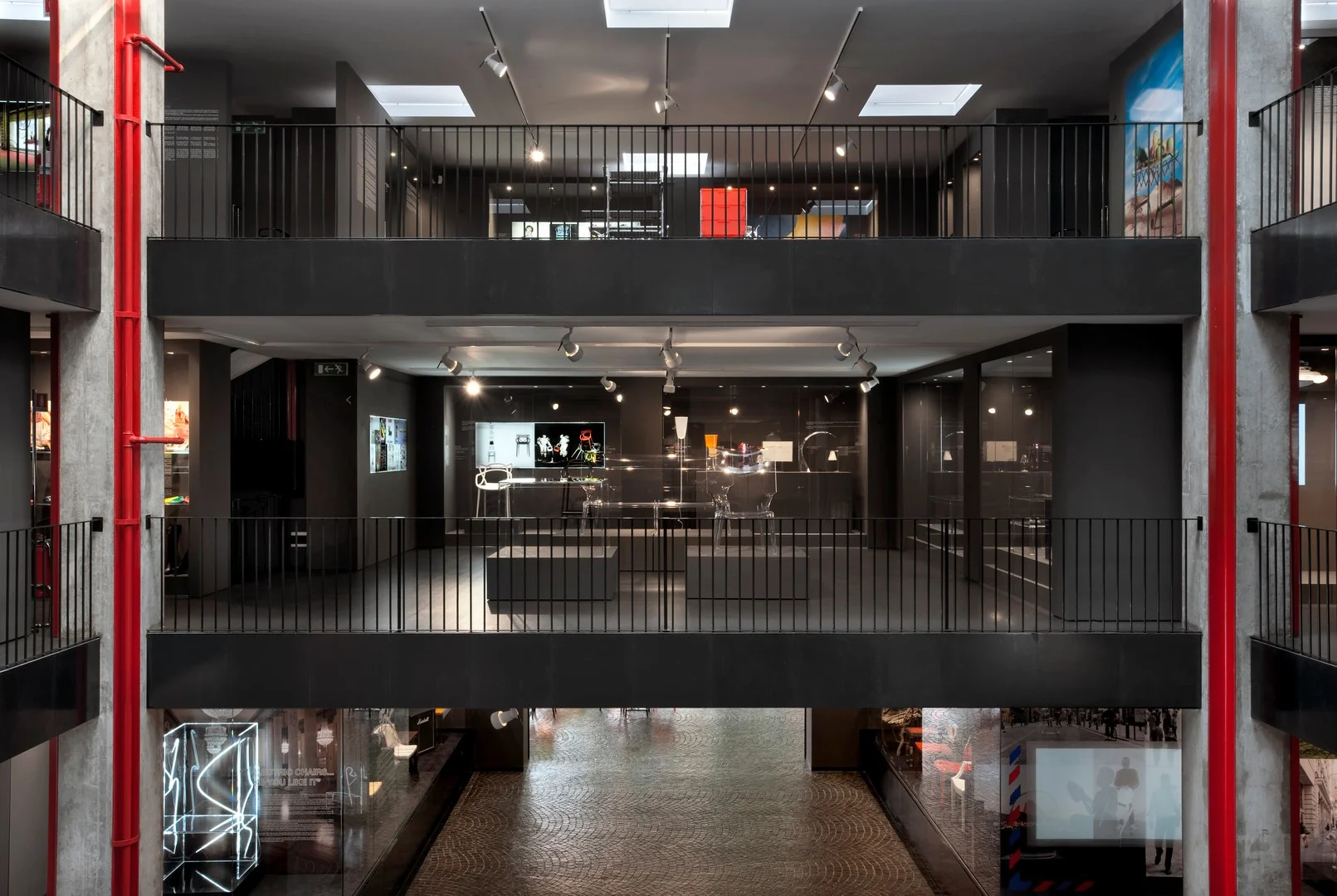
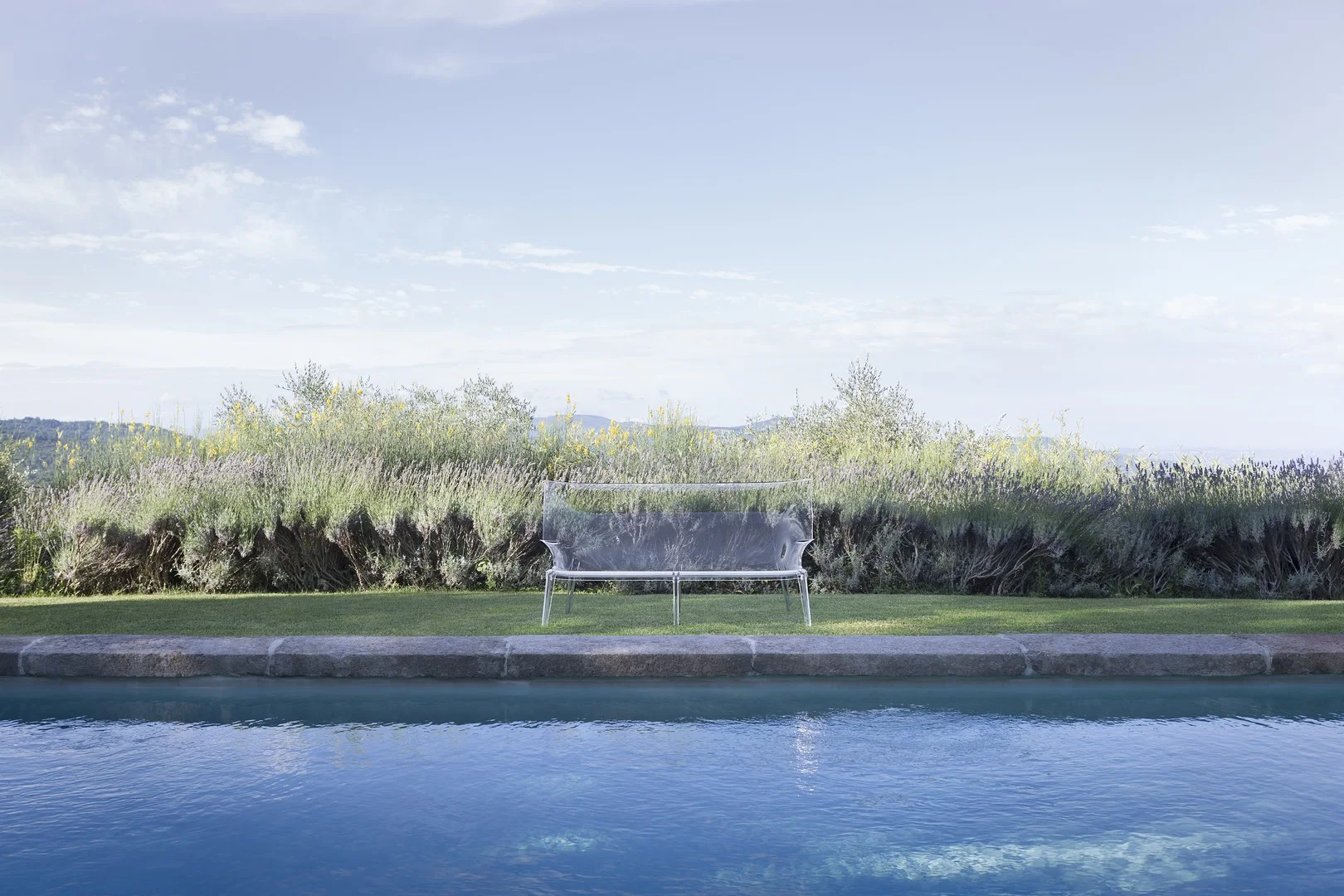
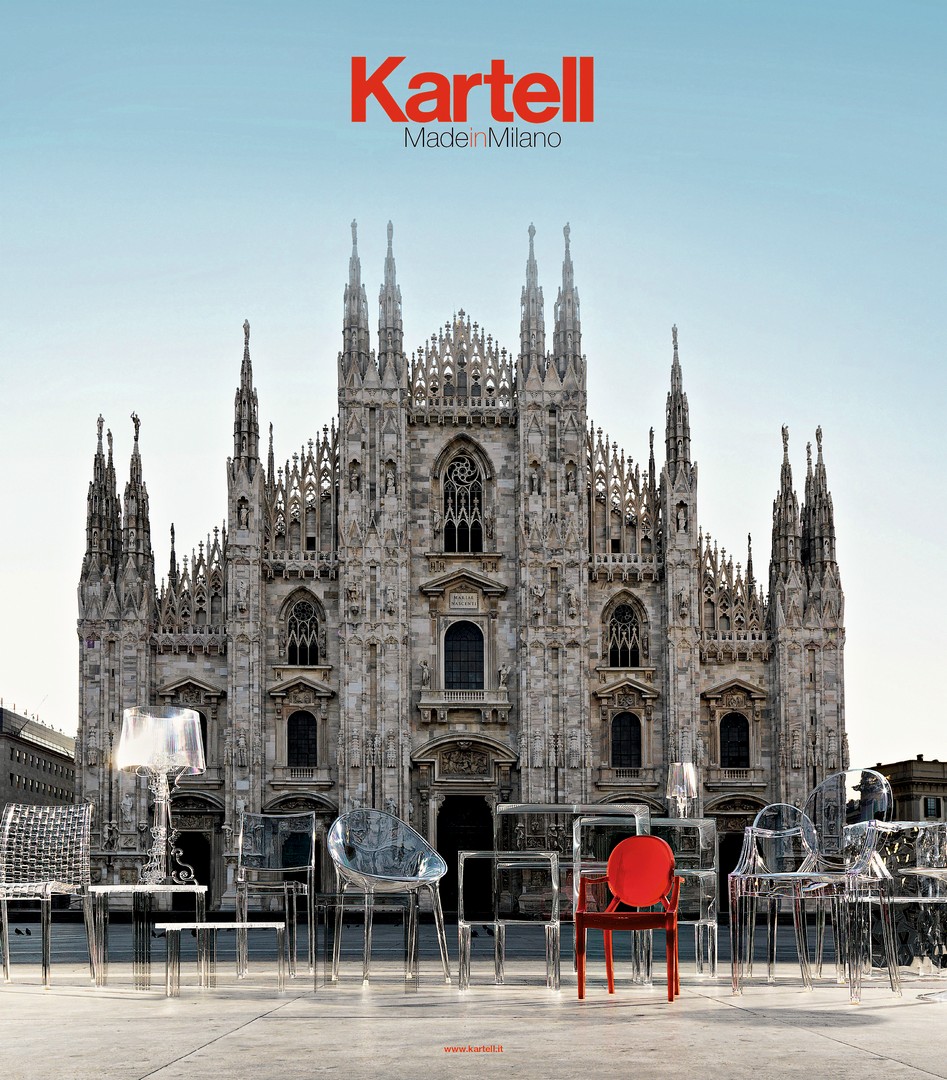
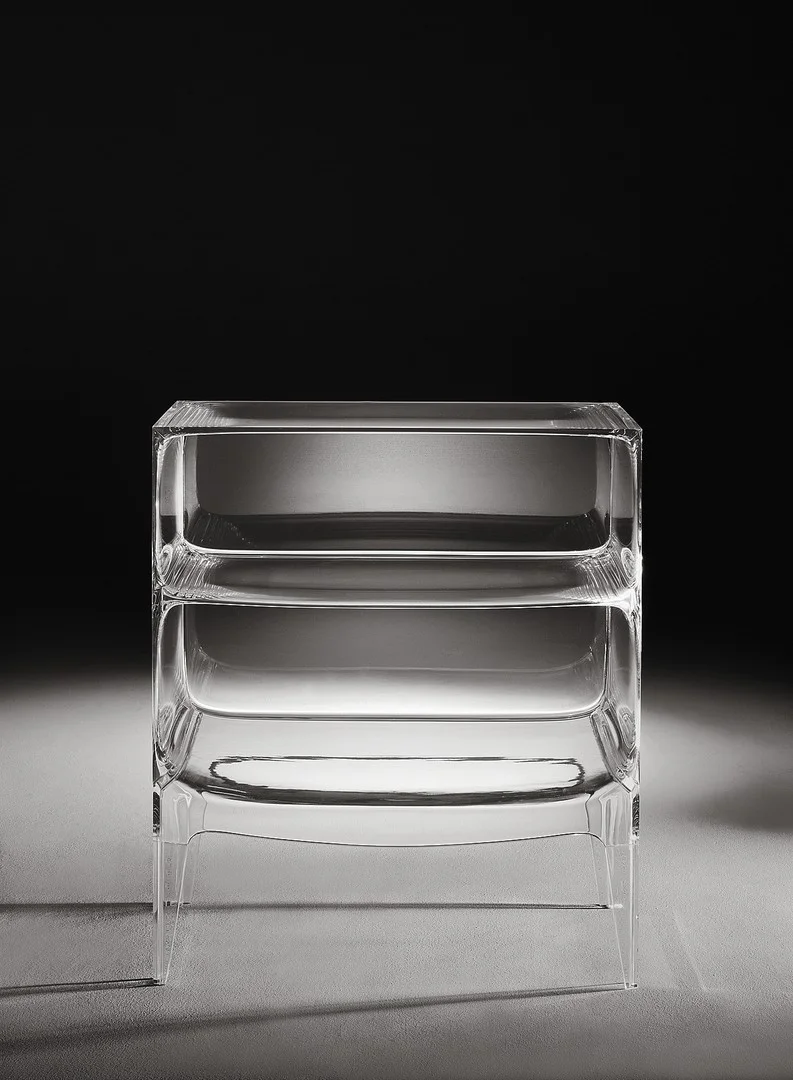
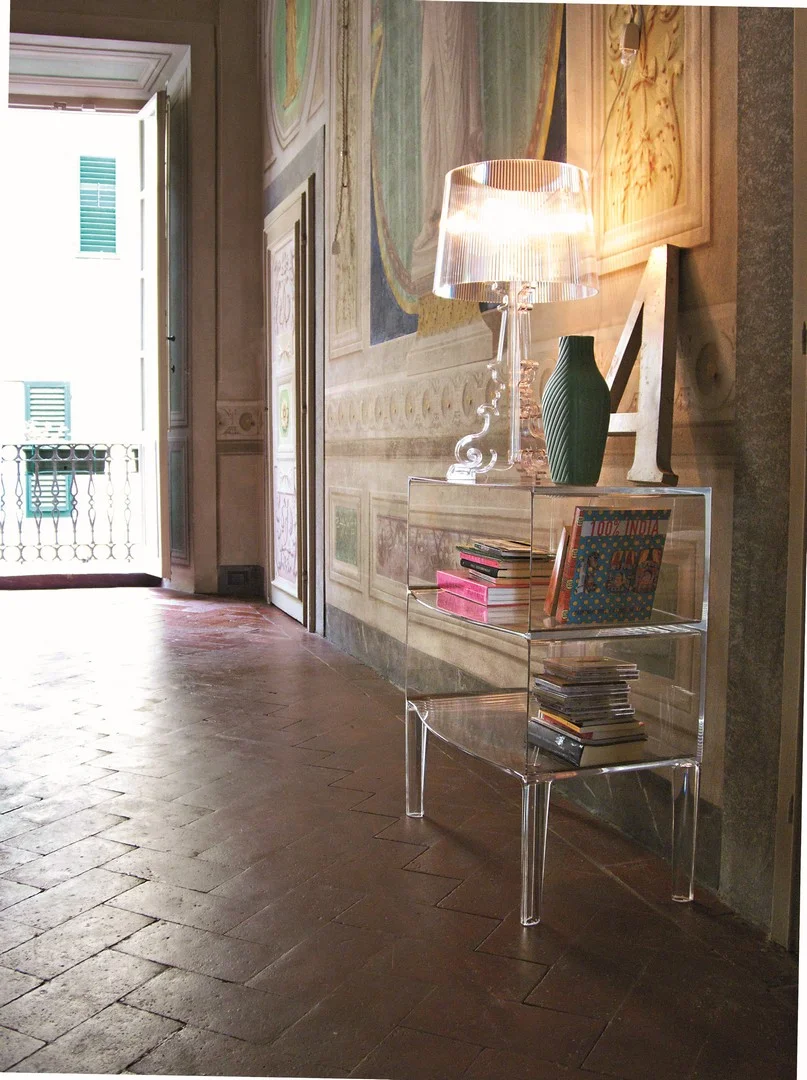

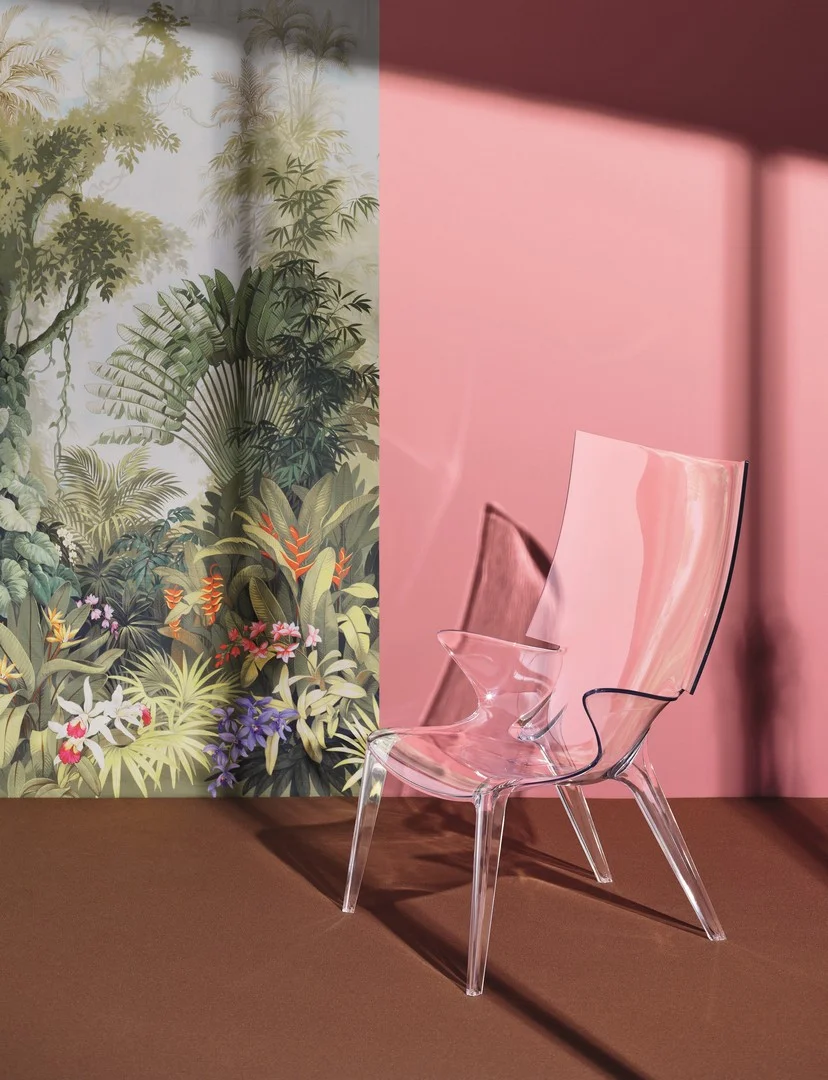

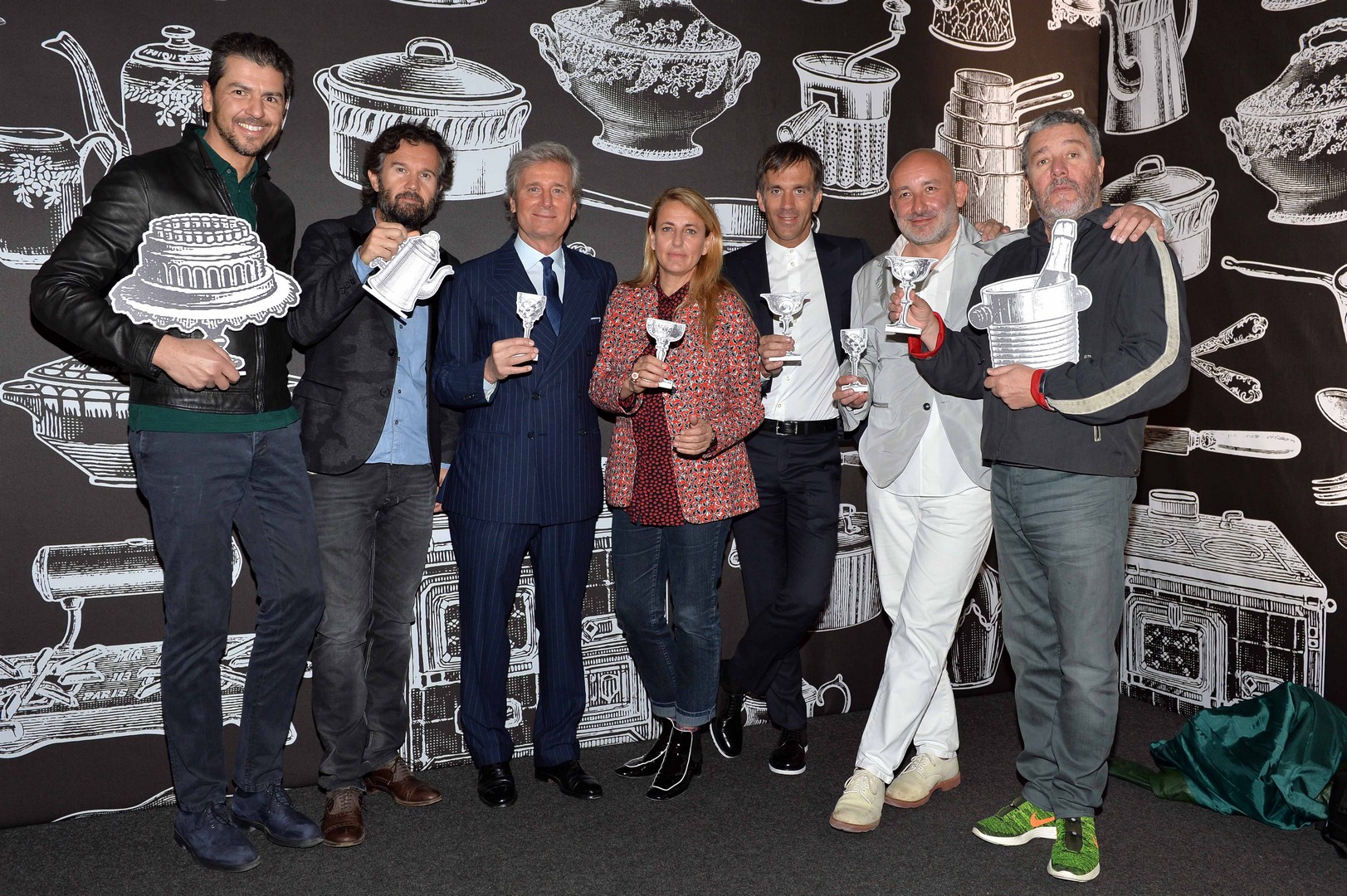
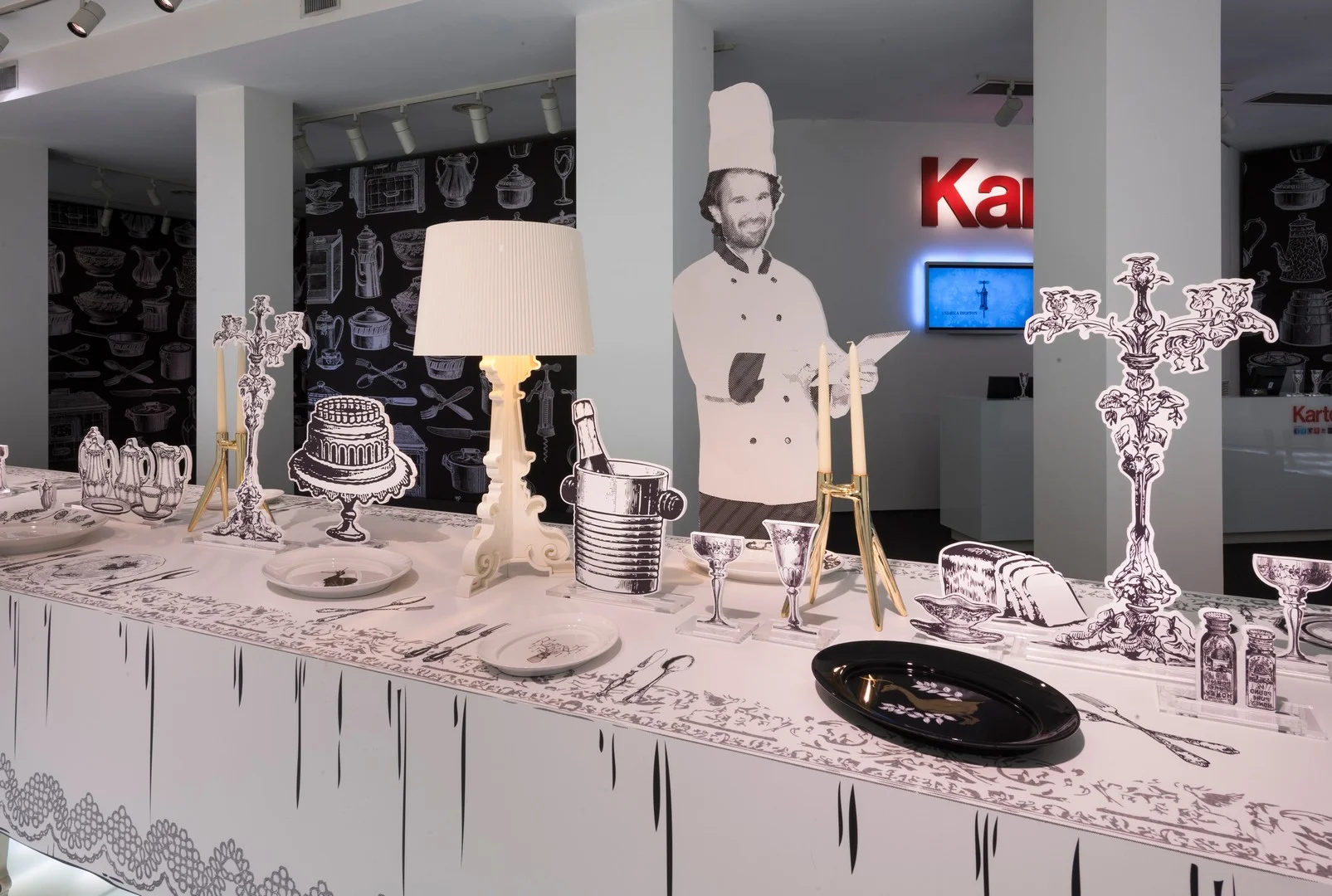
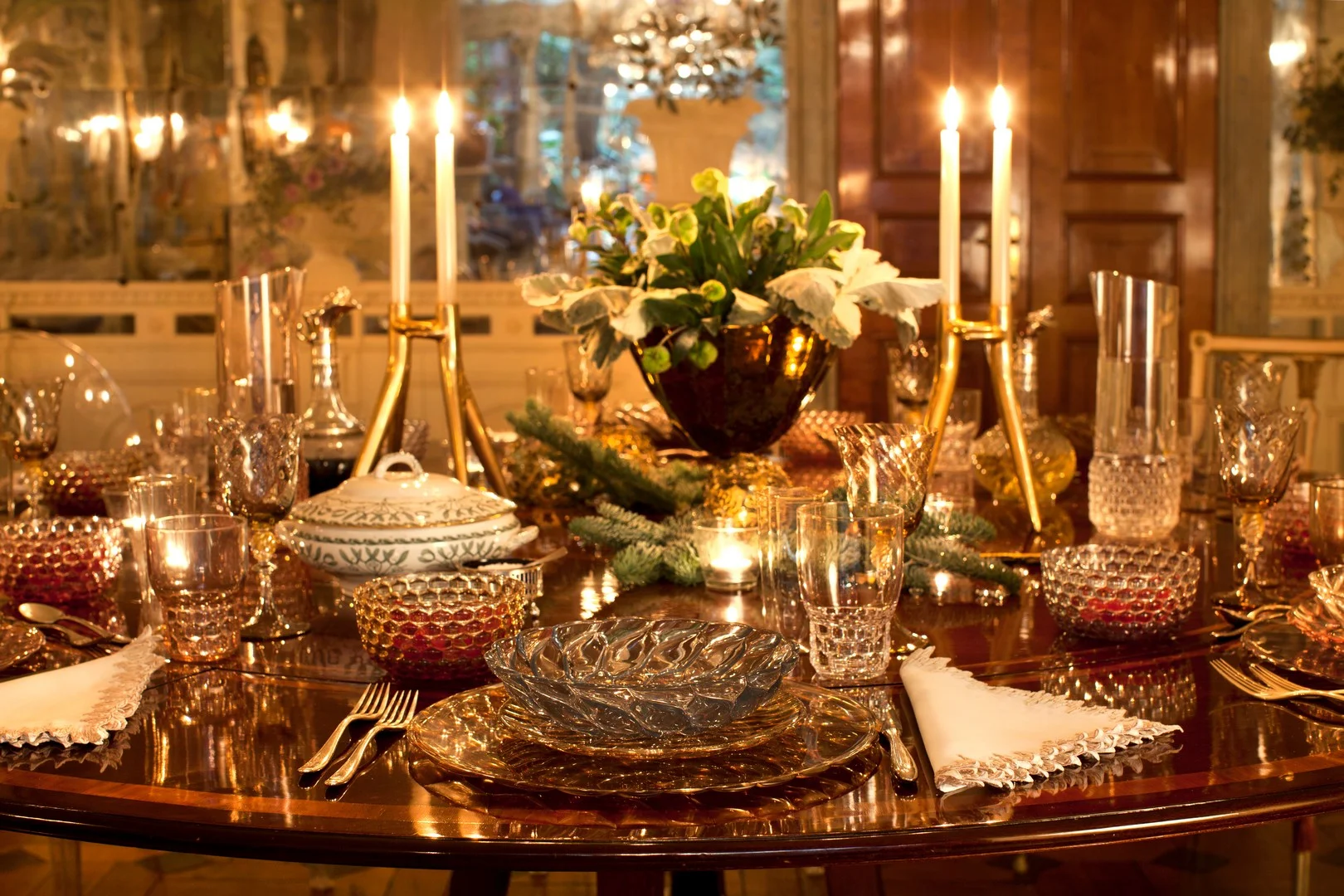
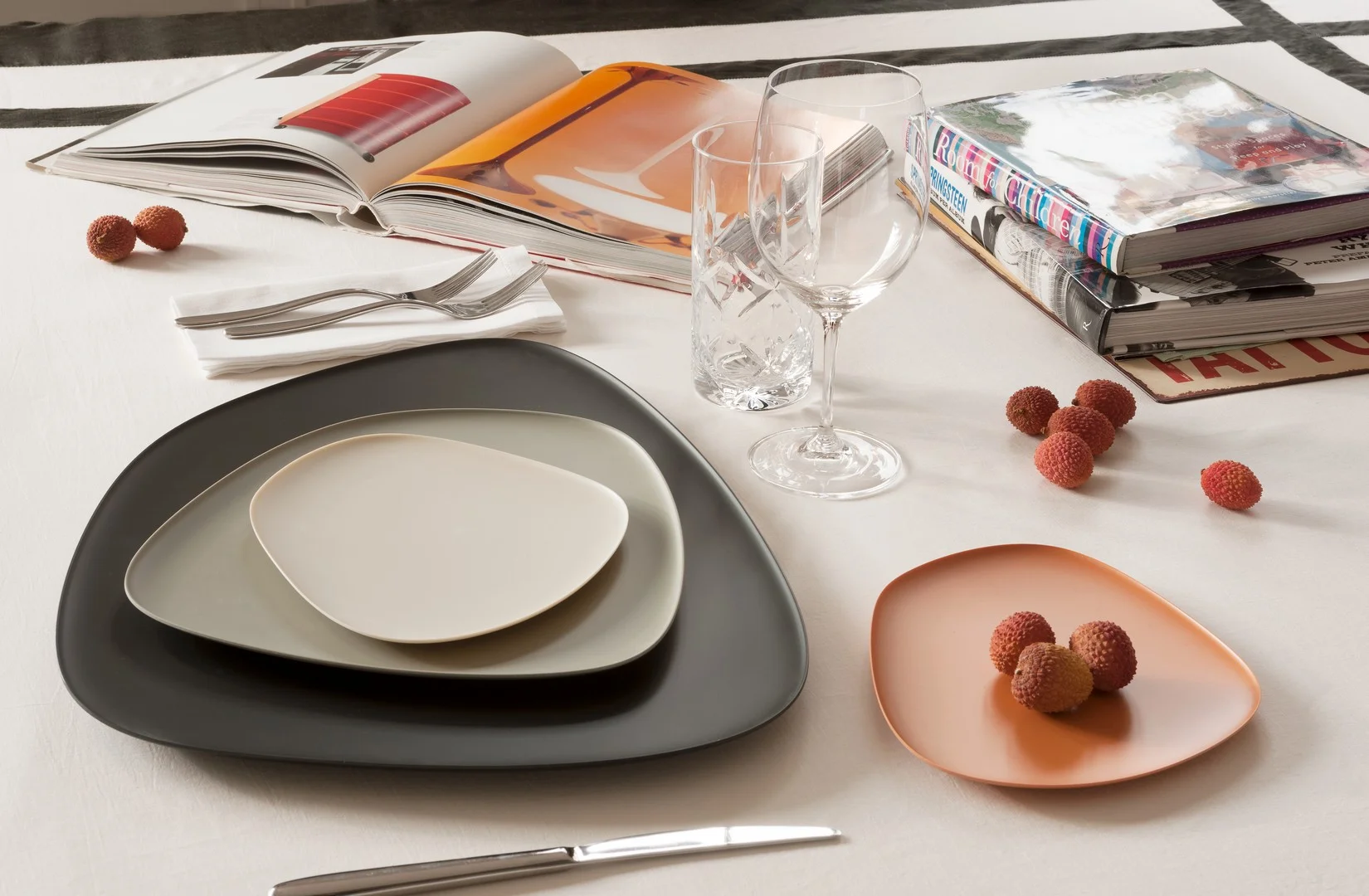
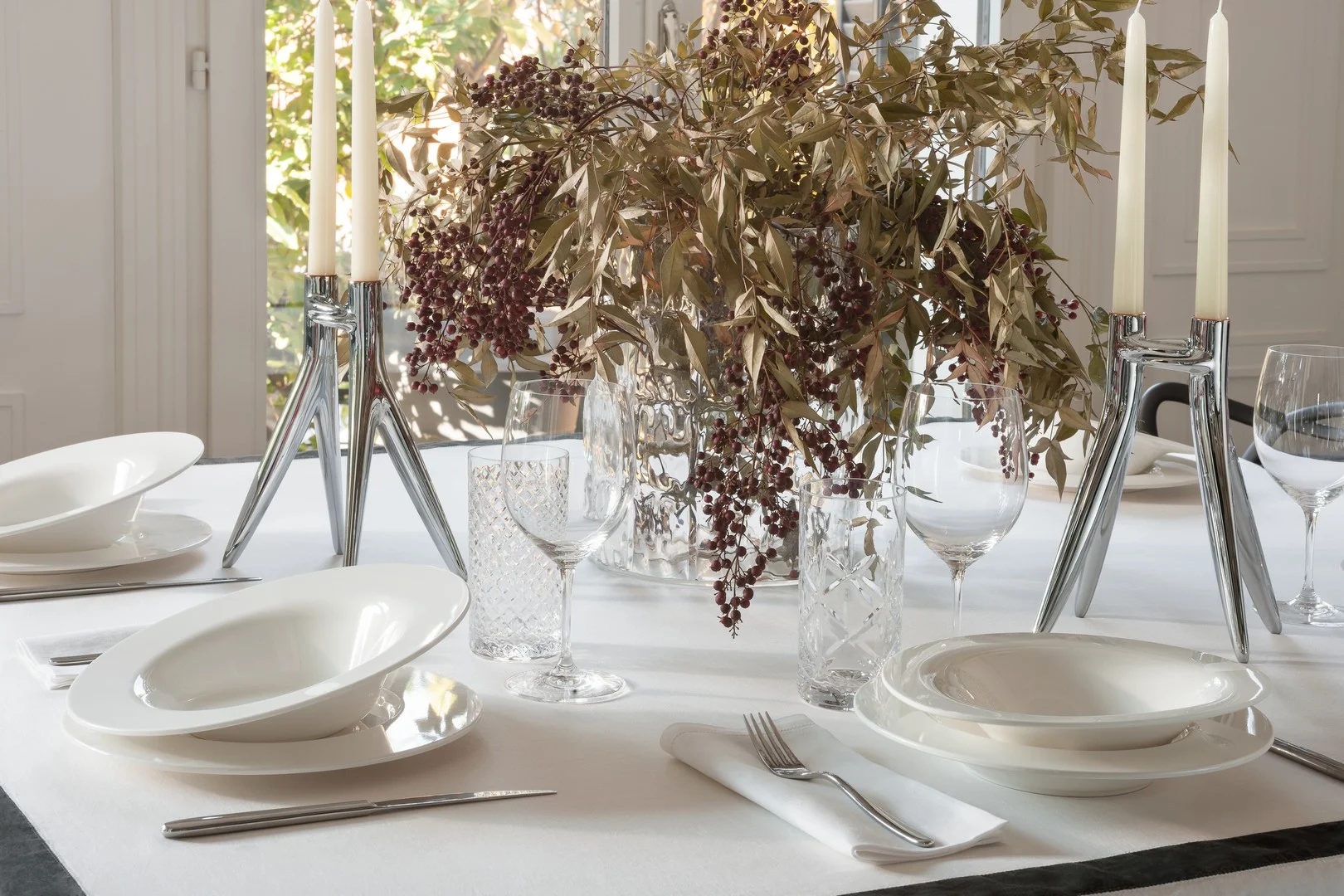
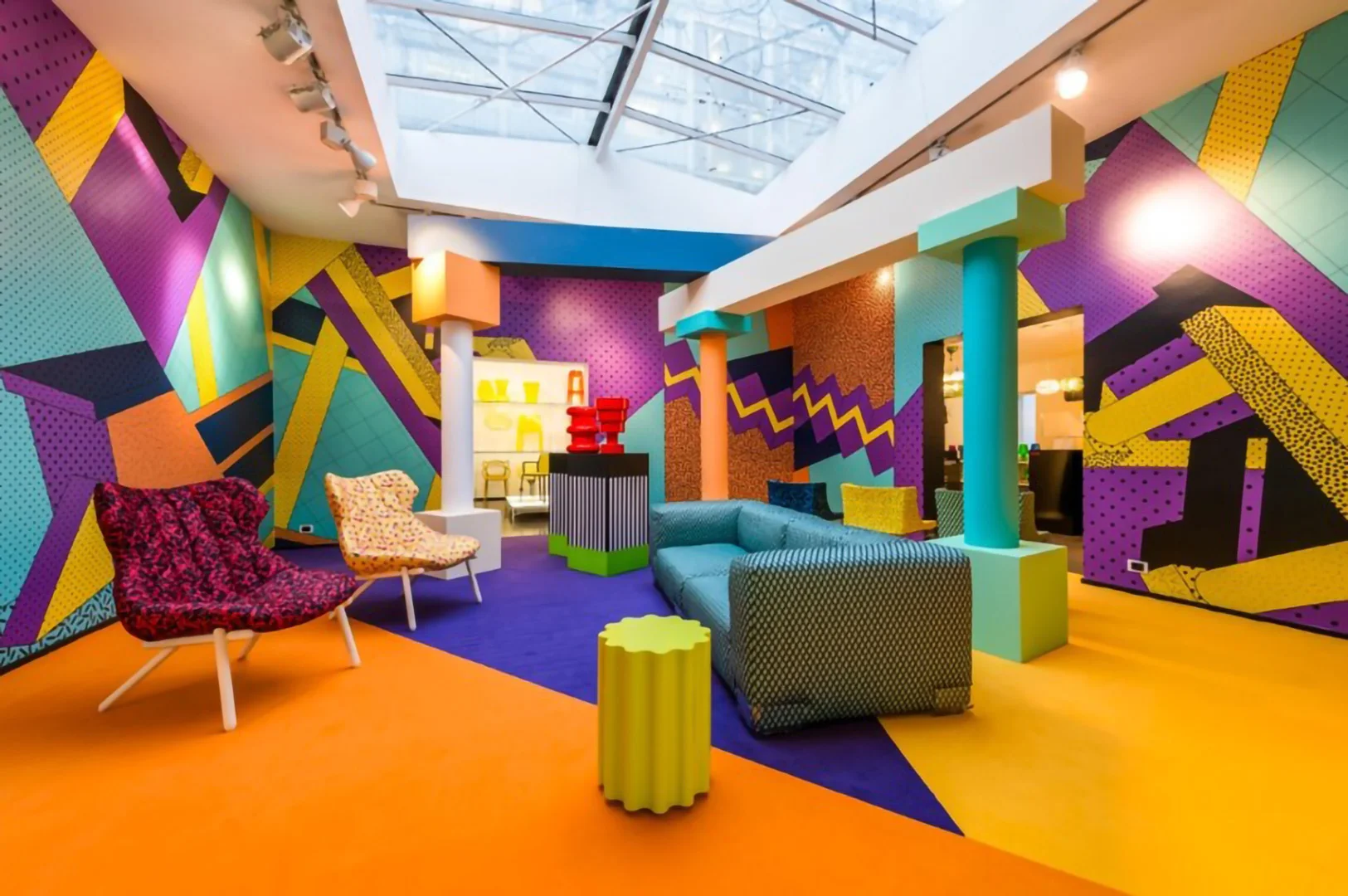
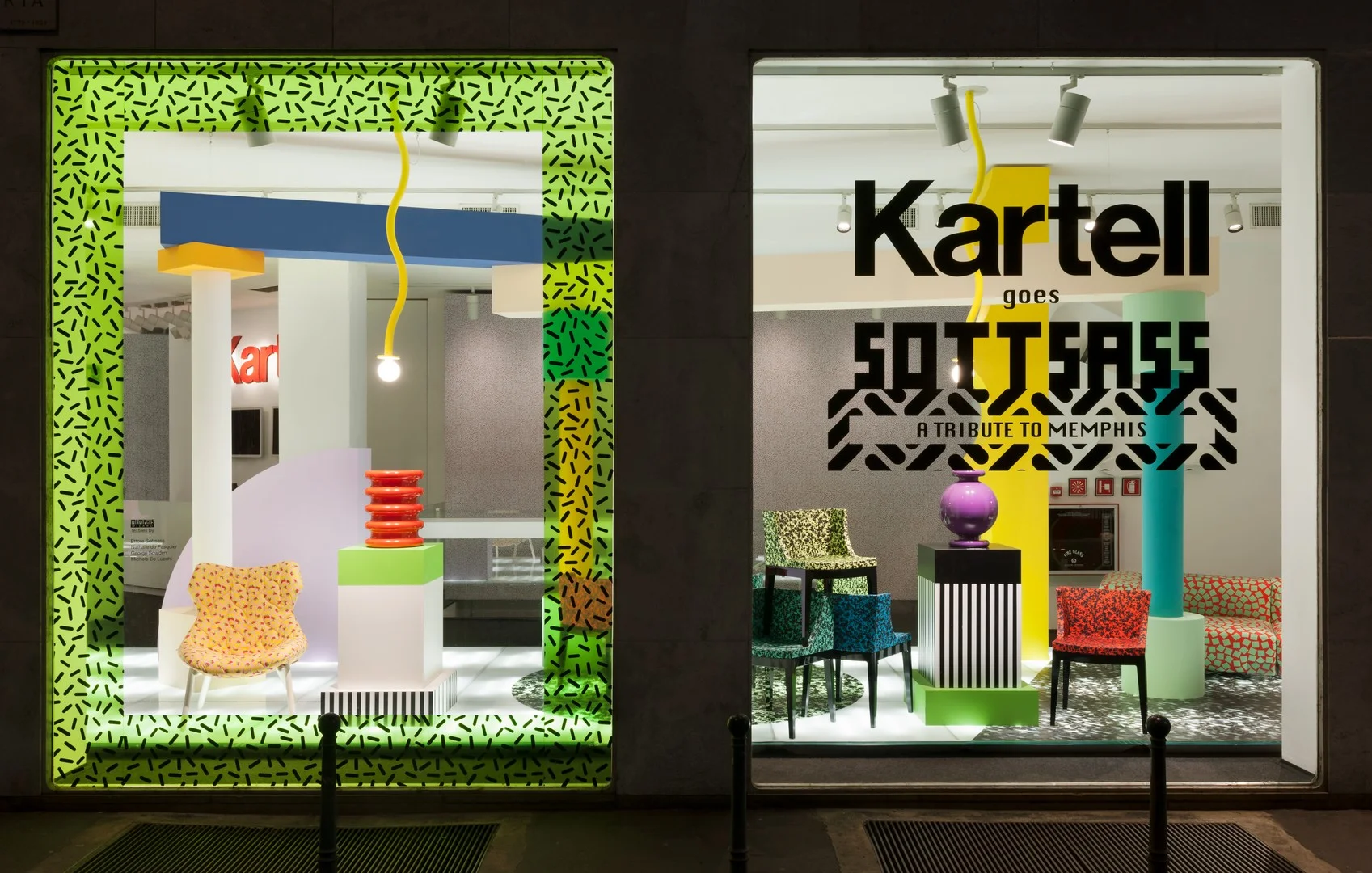
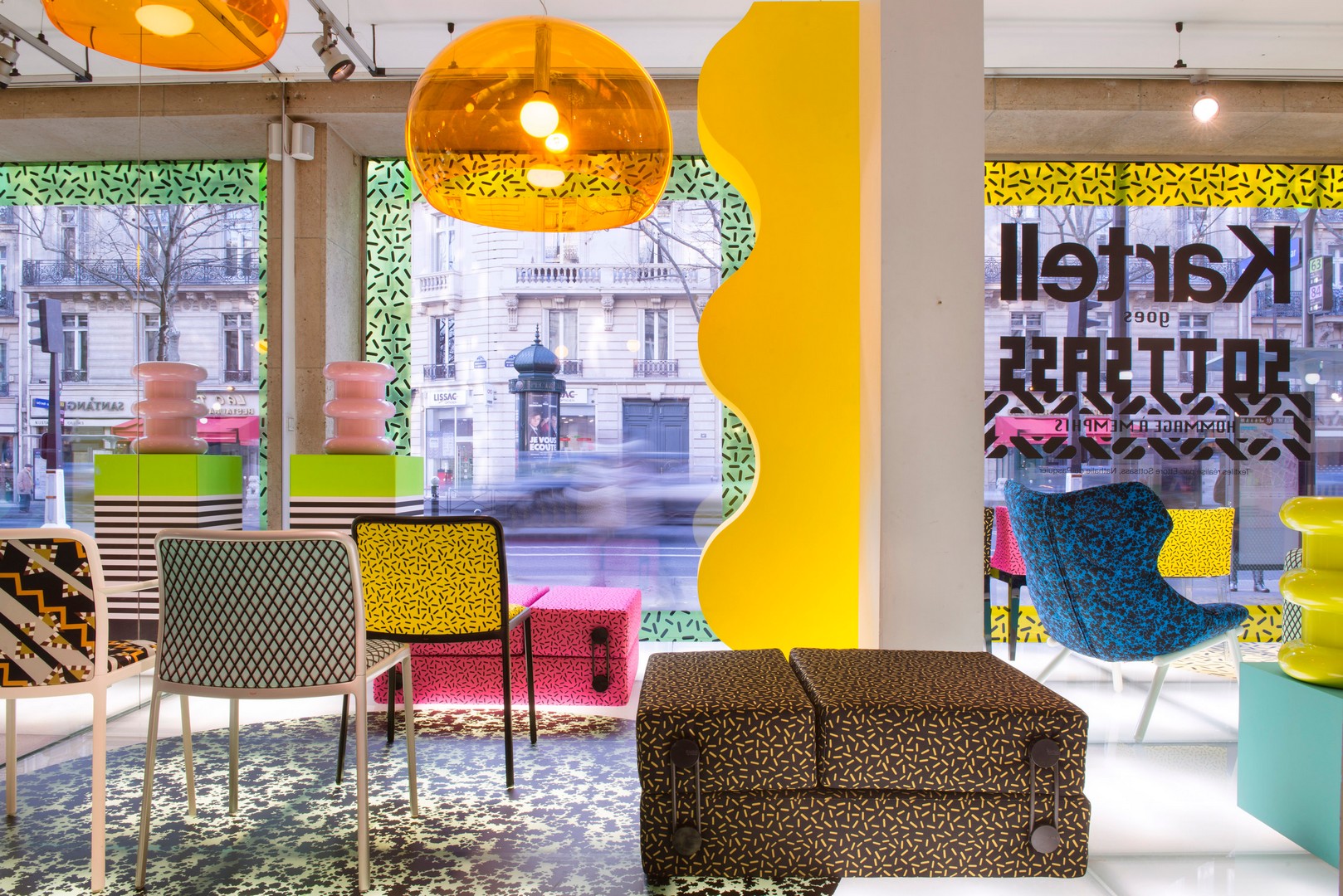
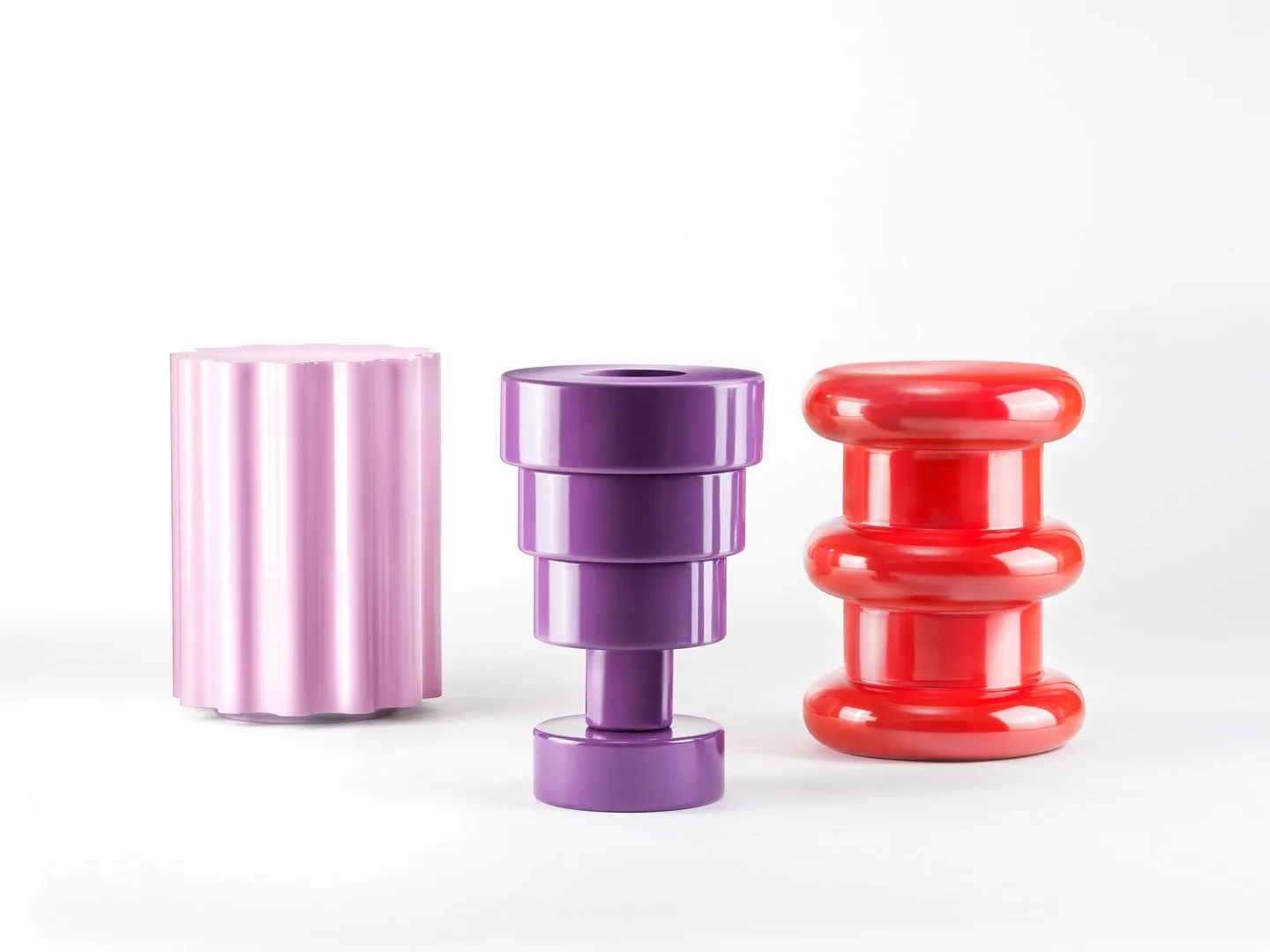
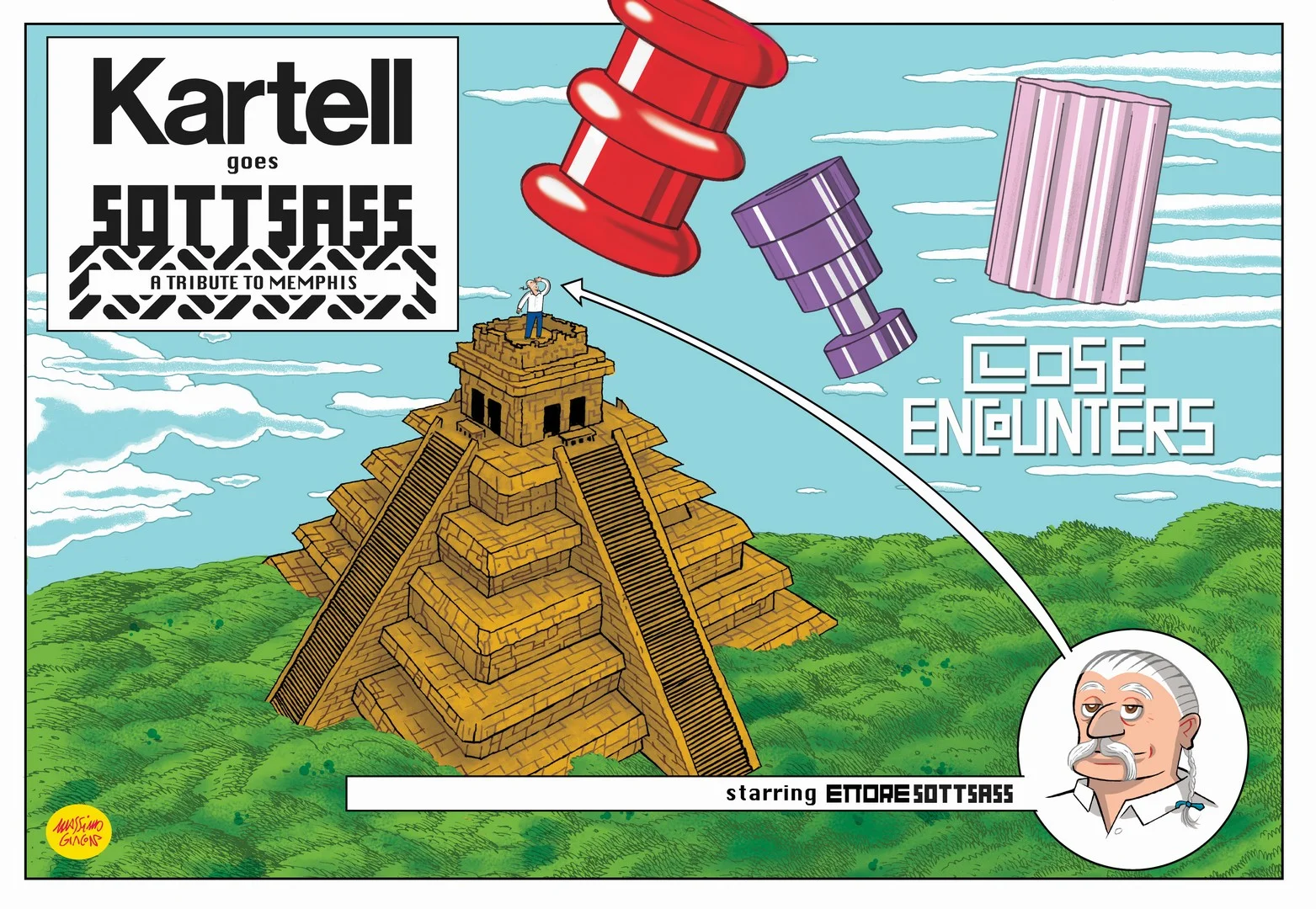
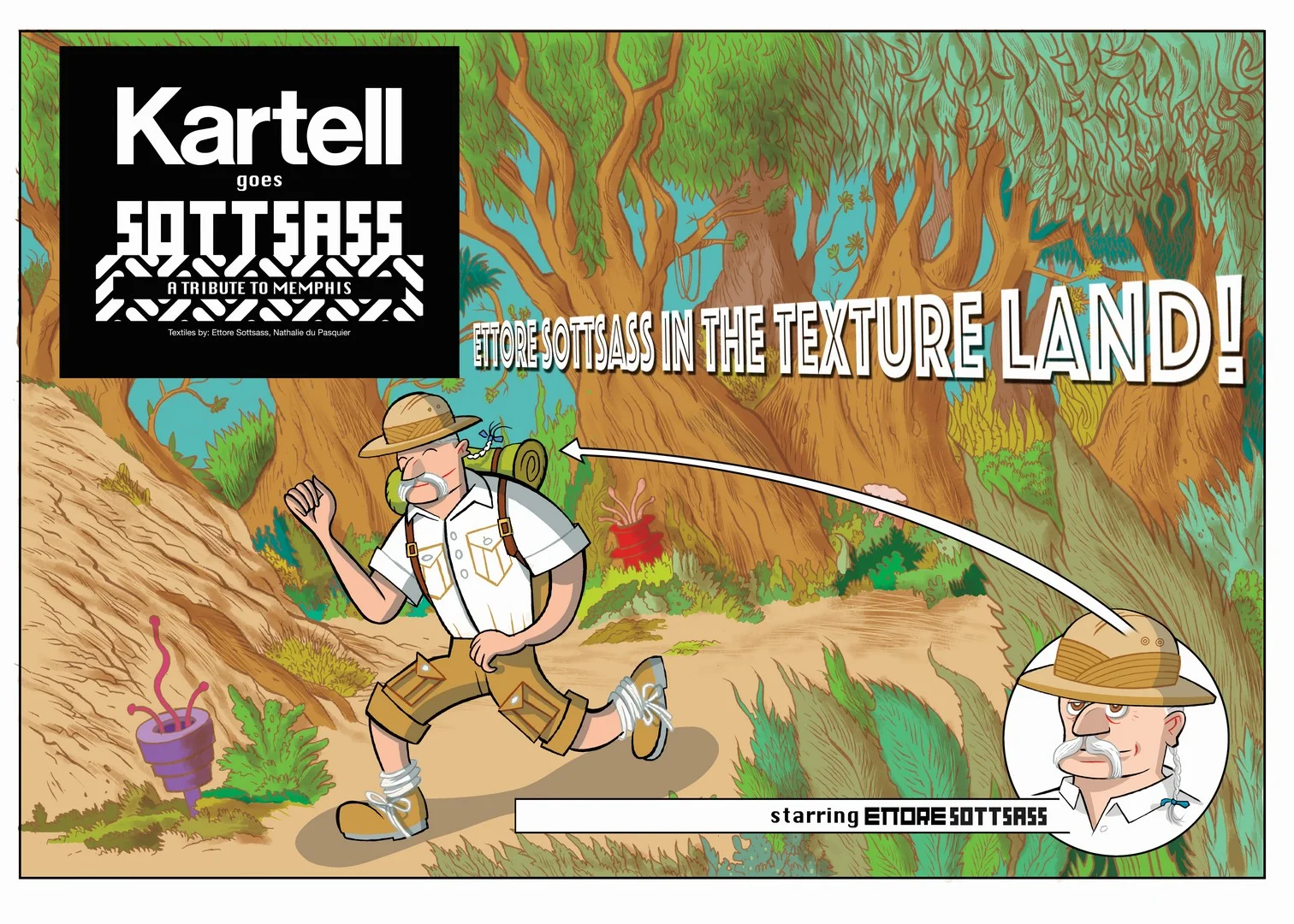

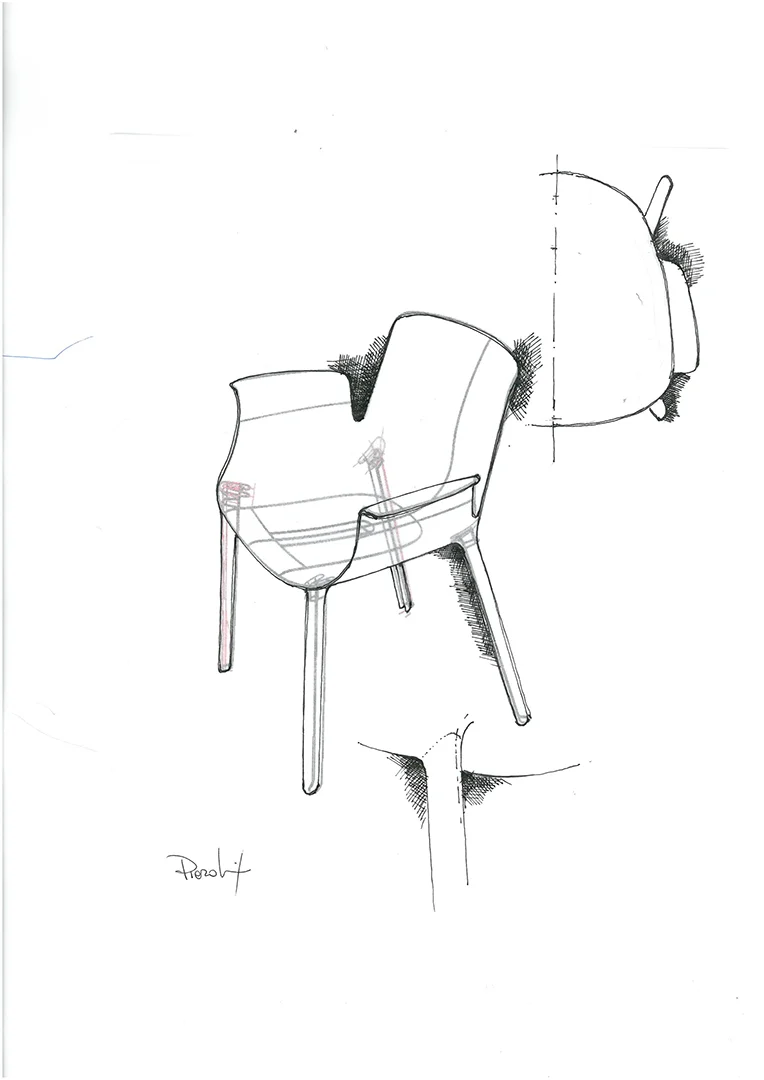
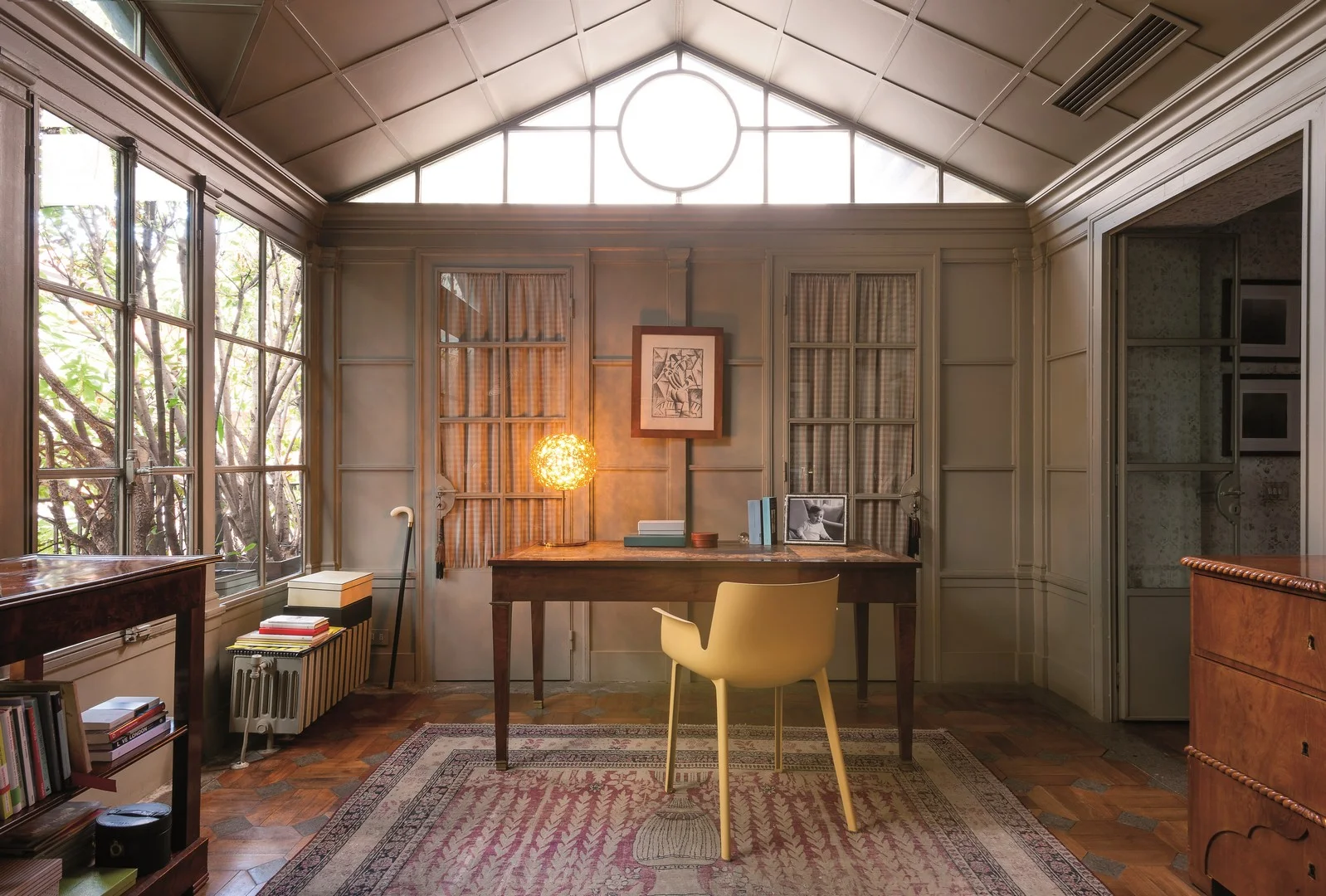
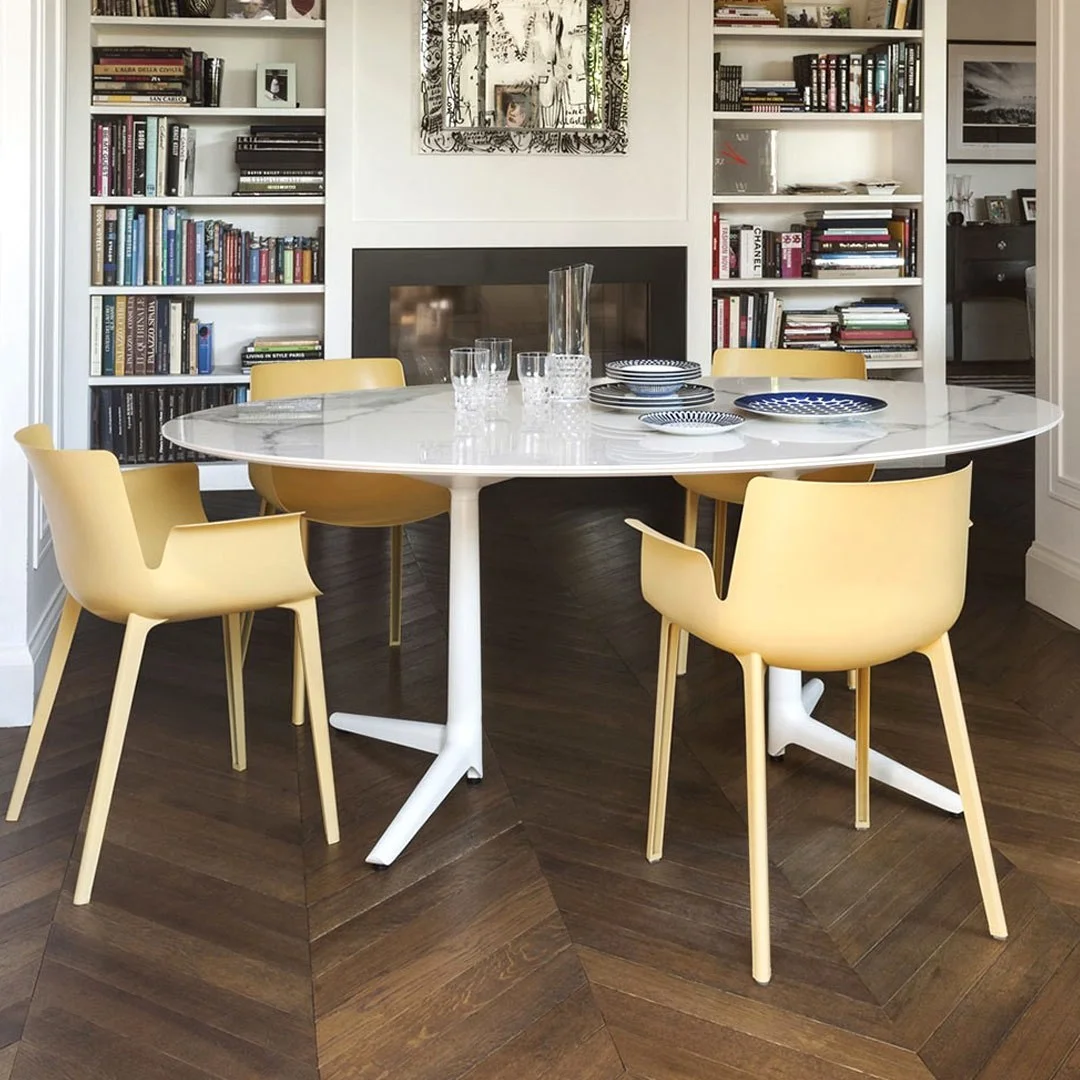

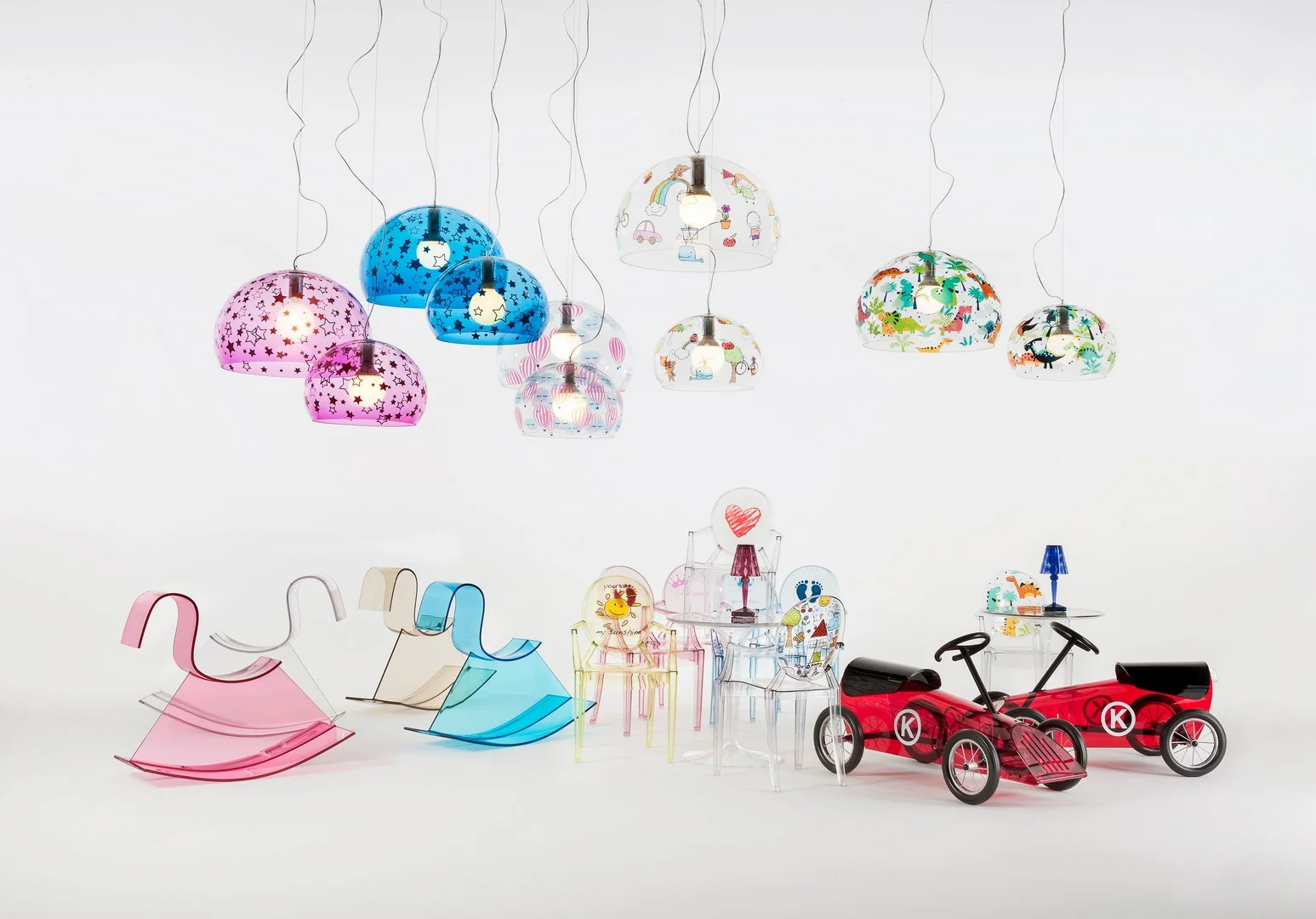
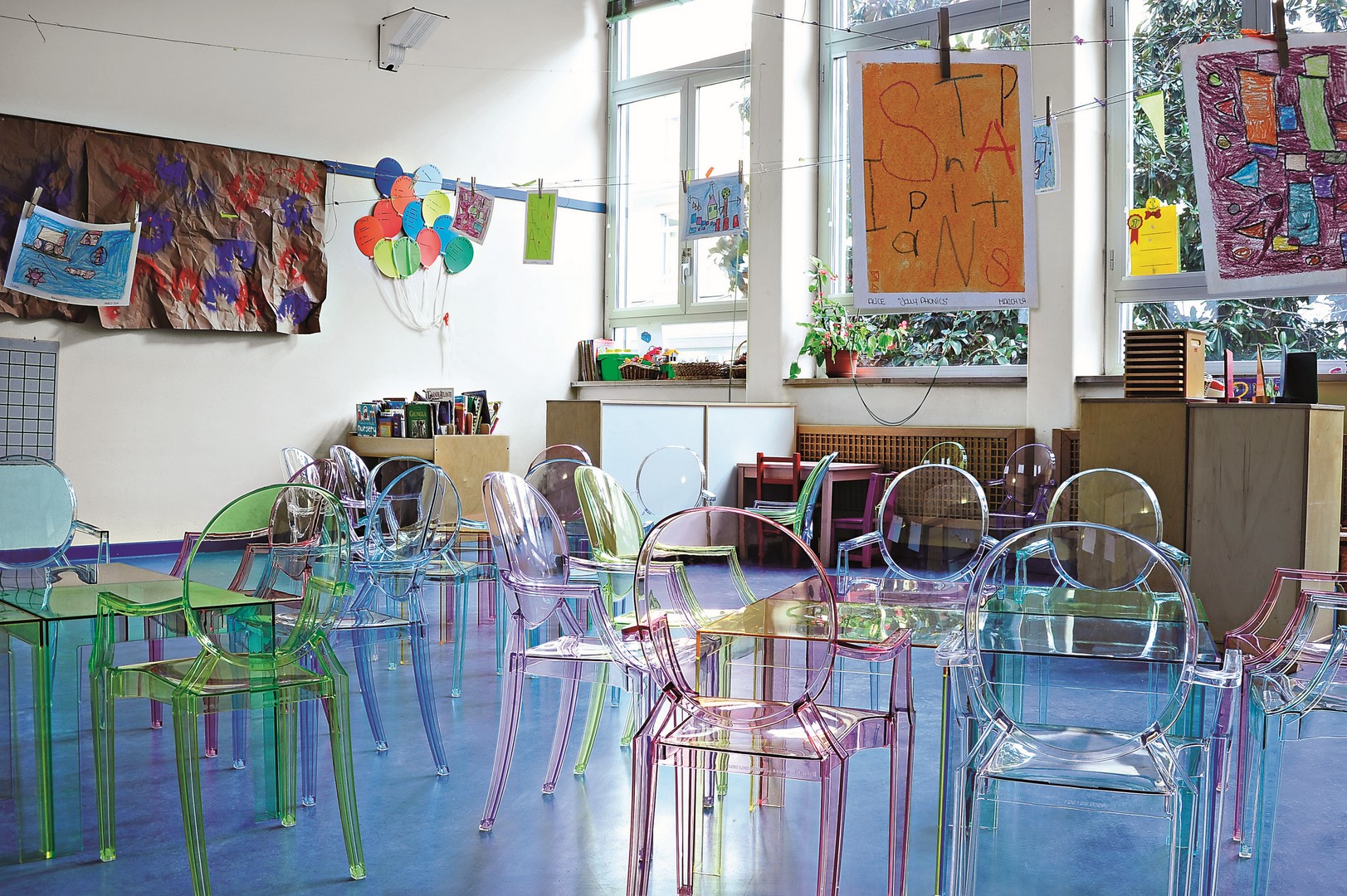

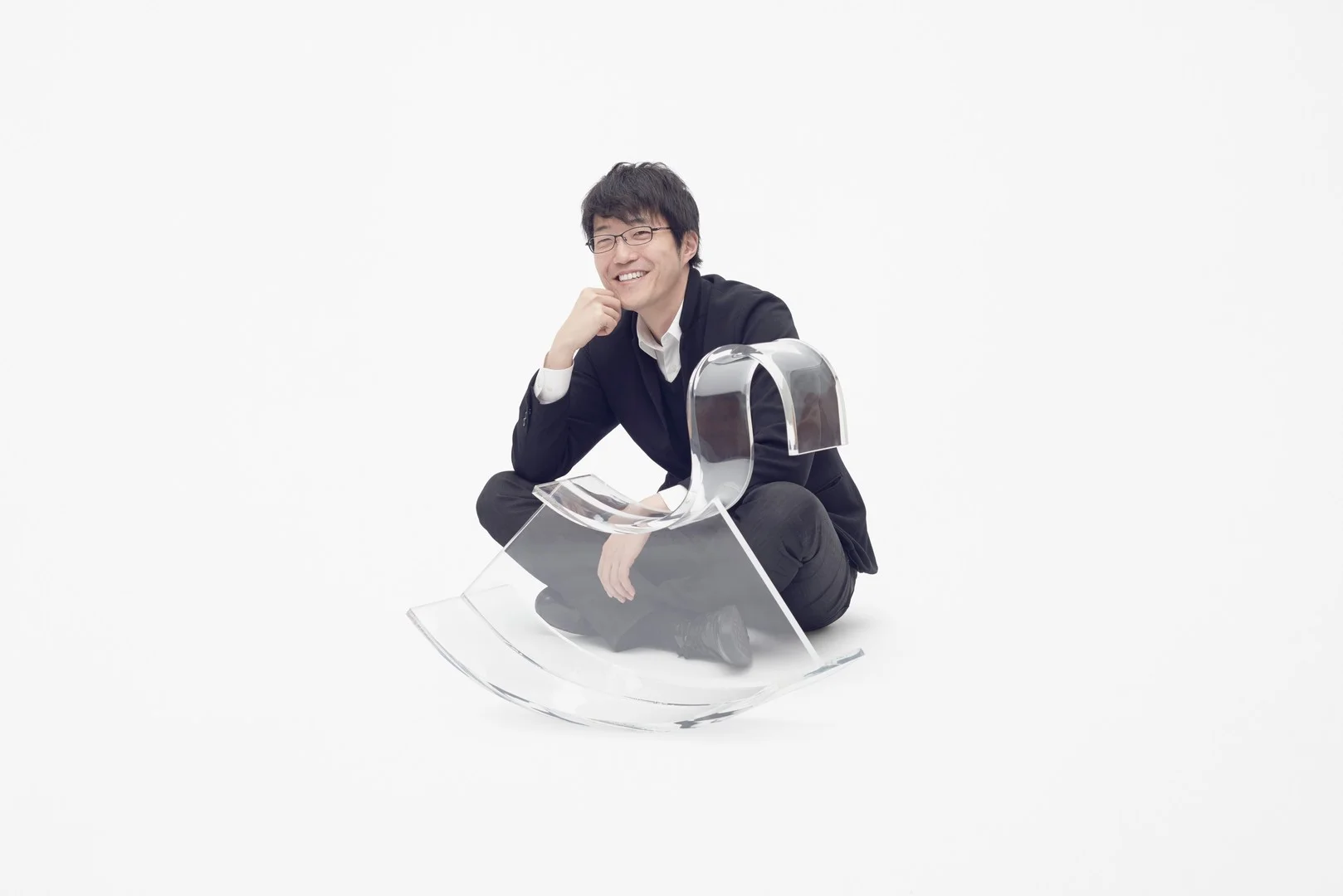
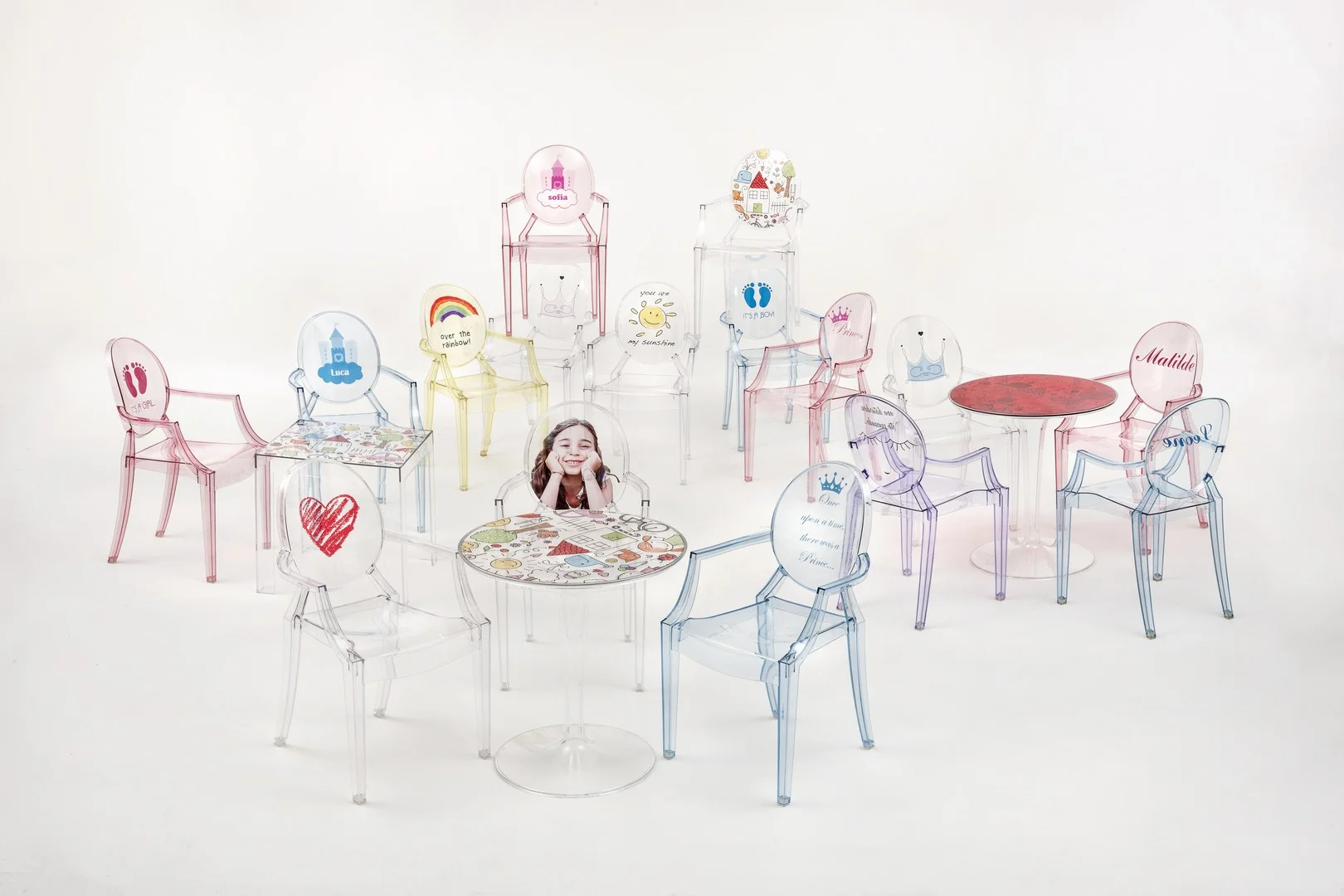
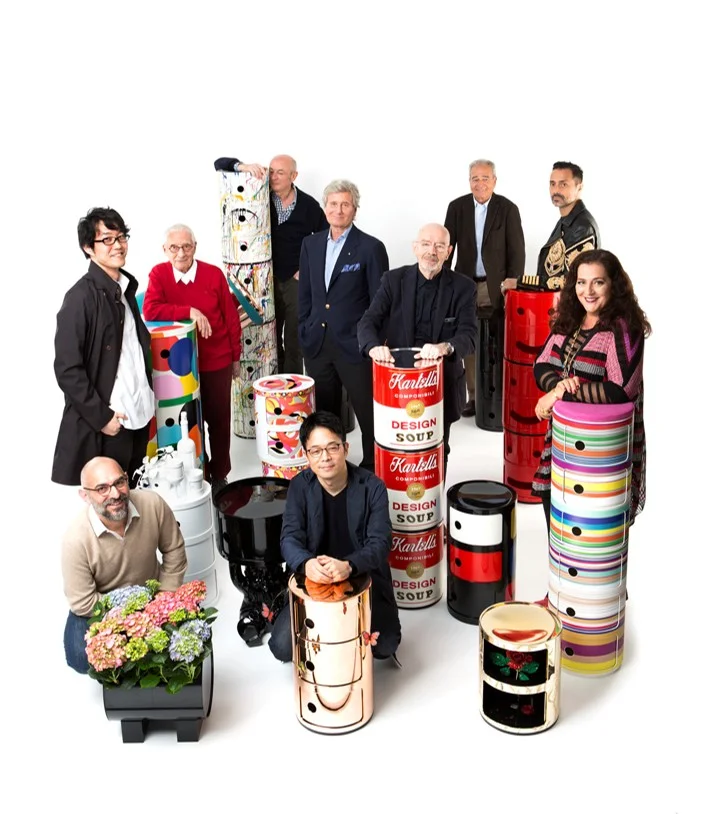
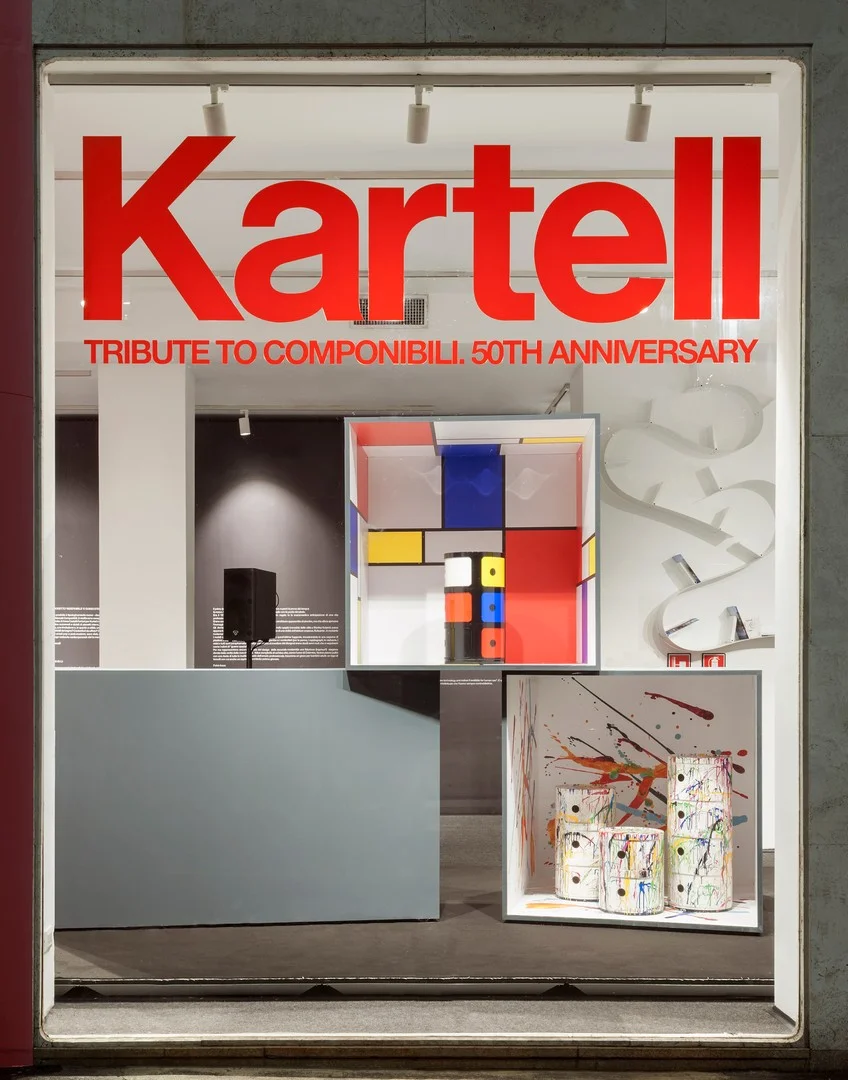
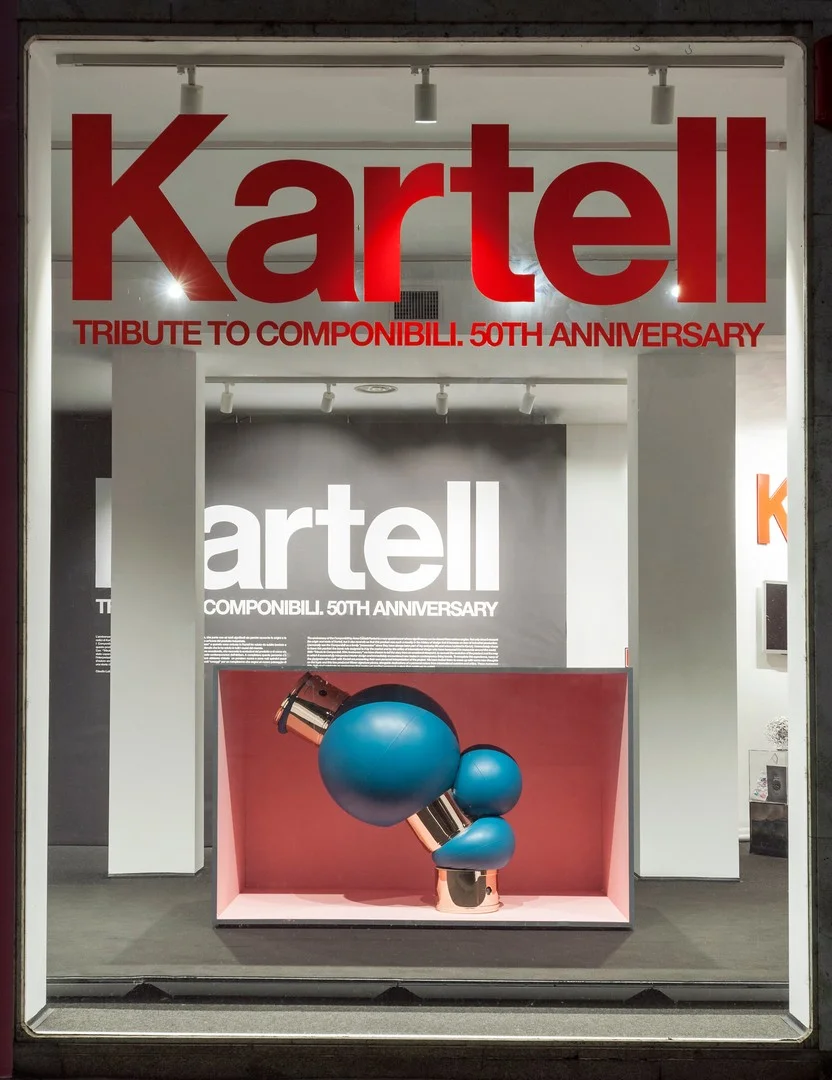

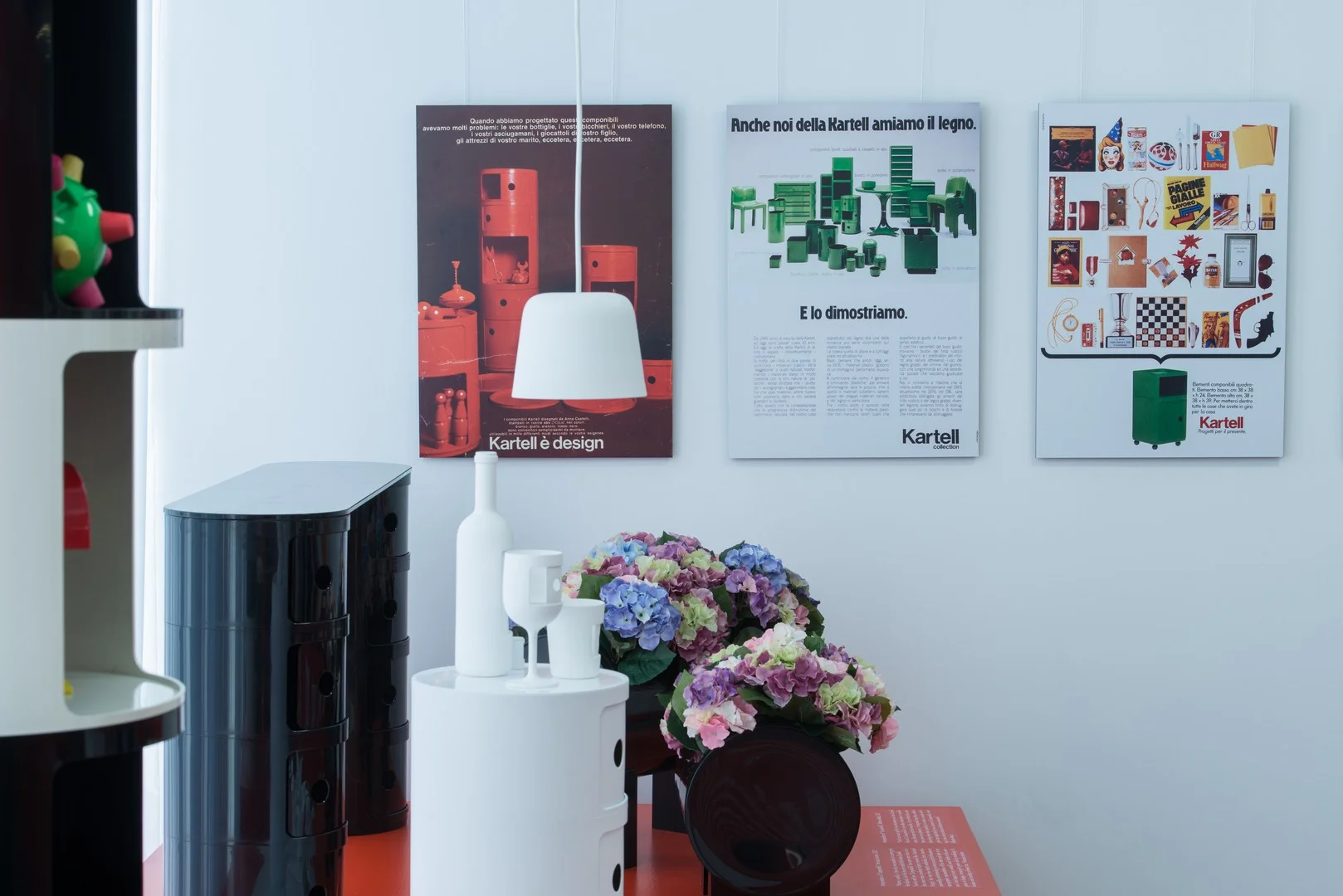
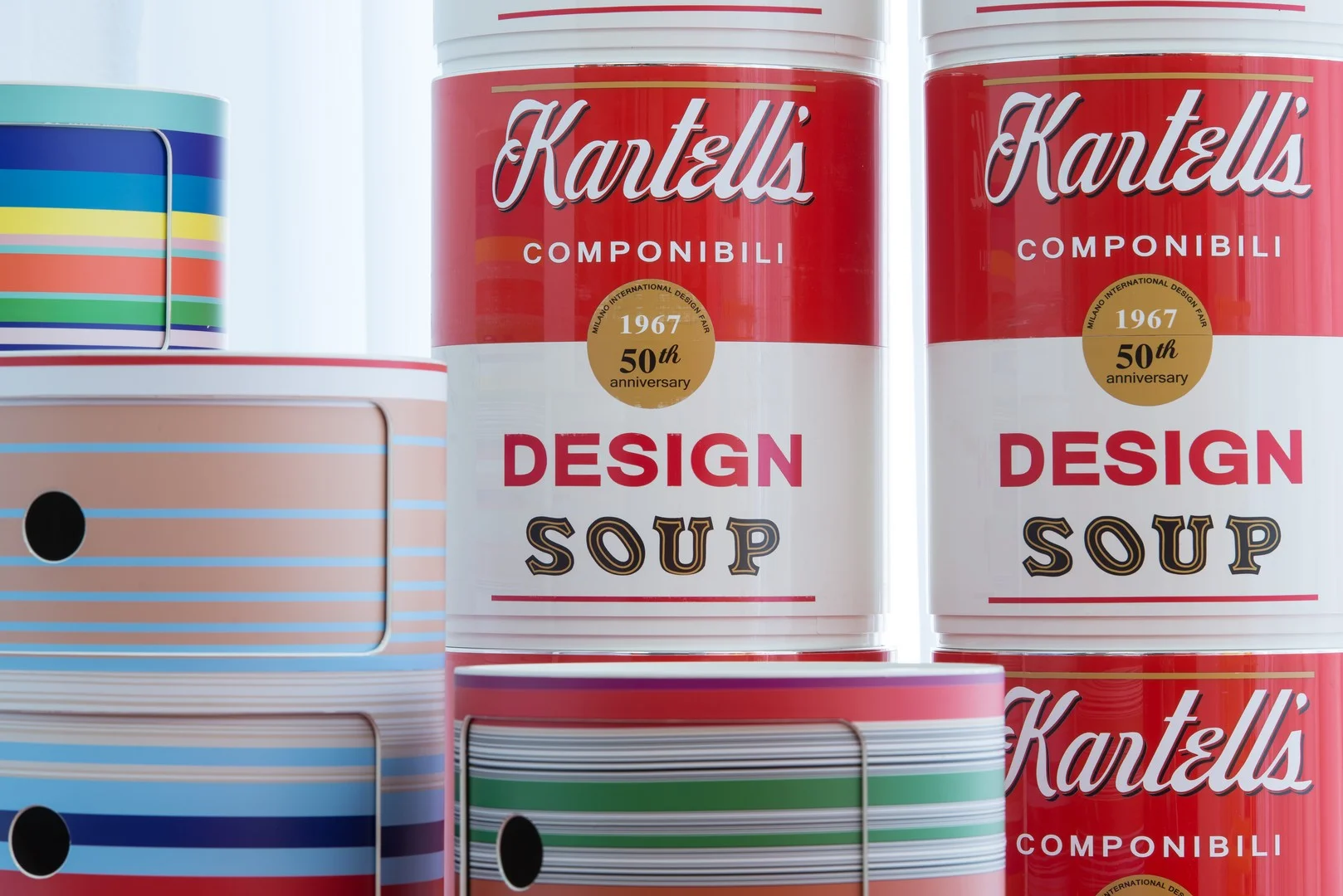
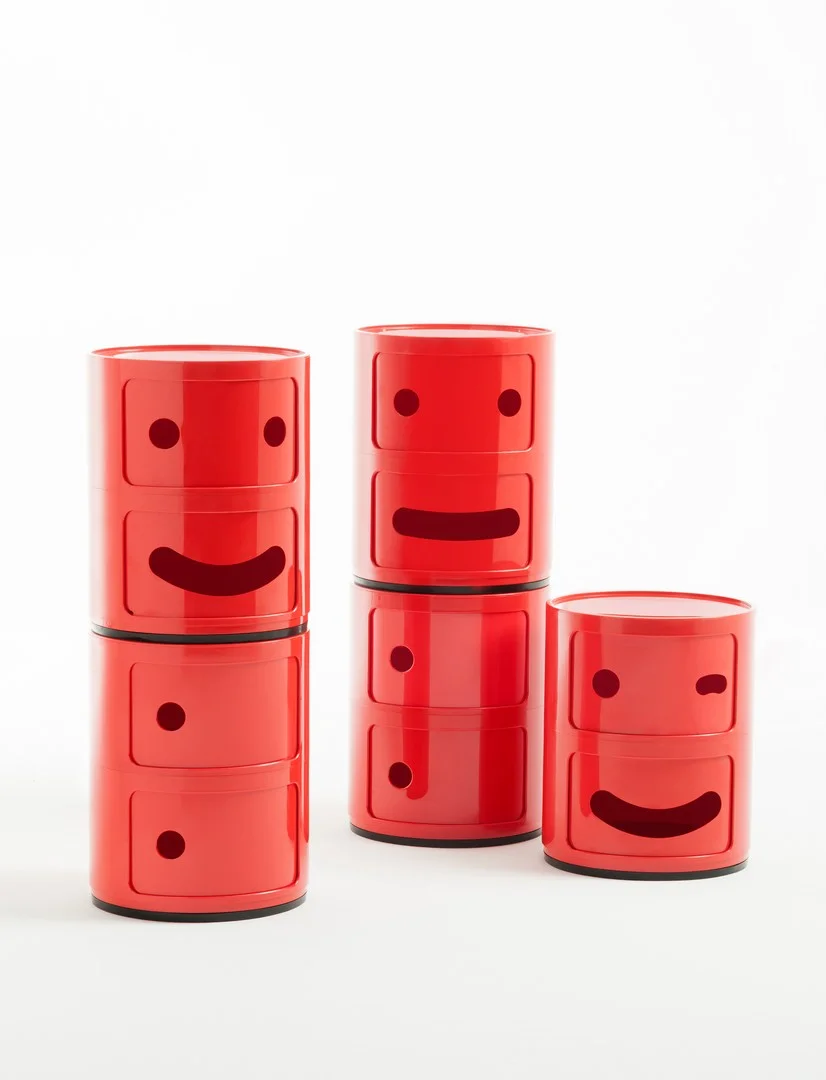
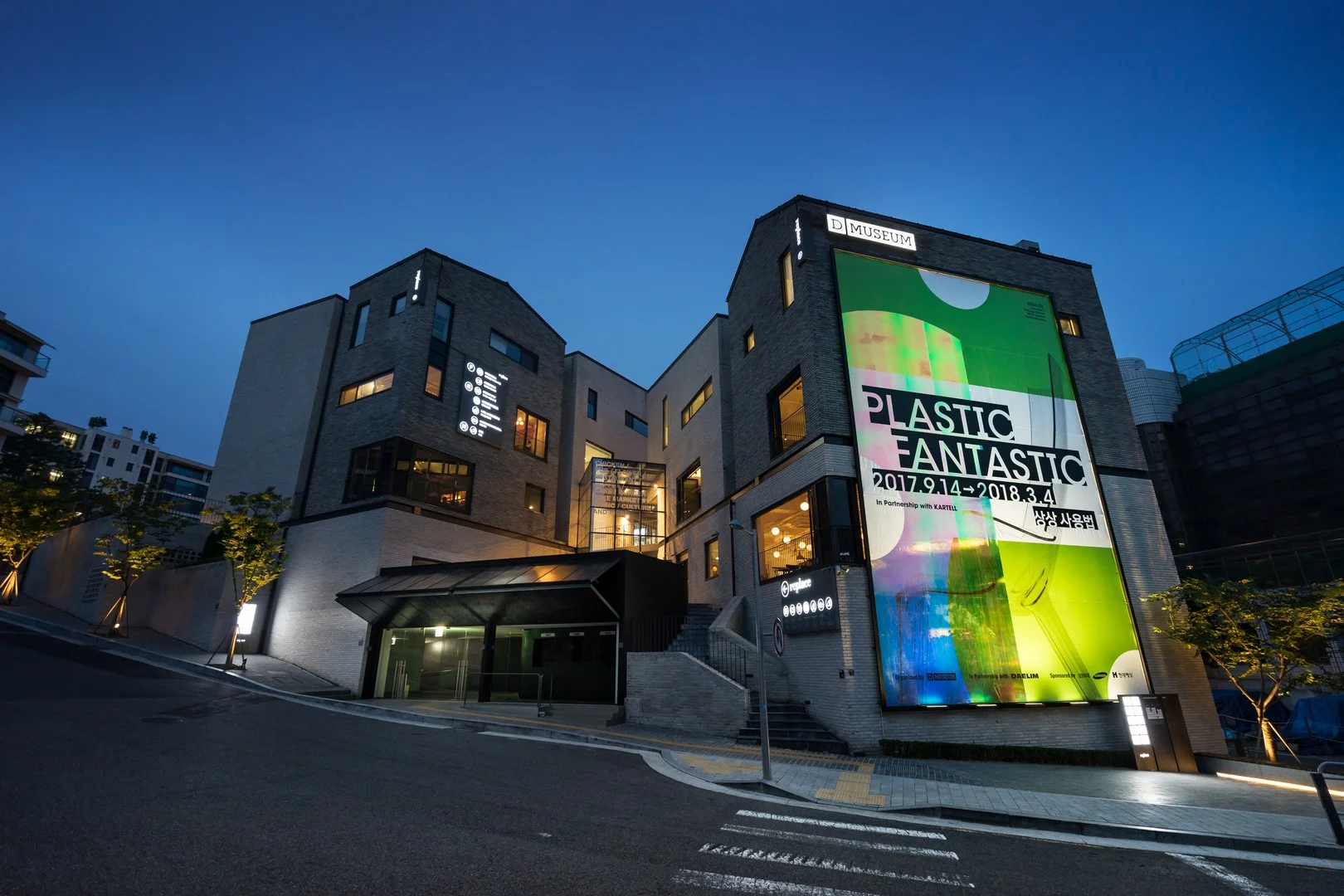
.jpg)
.jpg)
, 2017, courtesy of D MUSEUM (2).jpg)
, 2017,courtesyofDMUSEUM(1).jpg)
, 2017, courtesy of D MUSEUM (2).jpg)
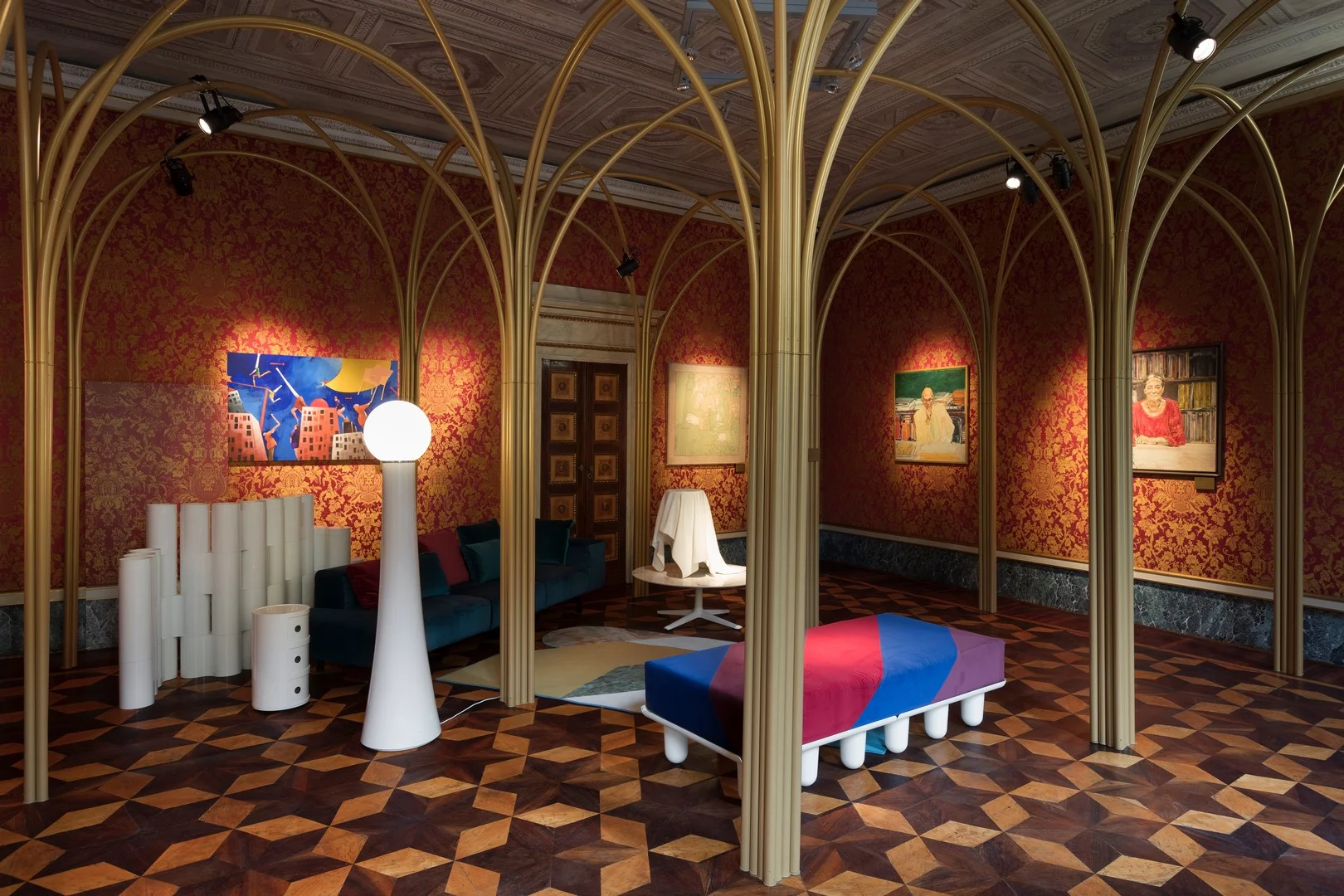




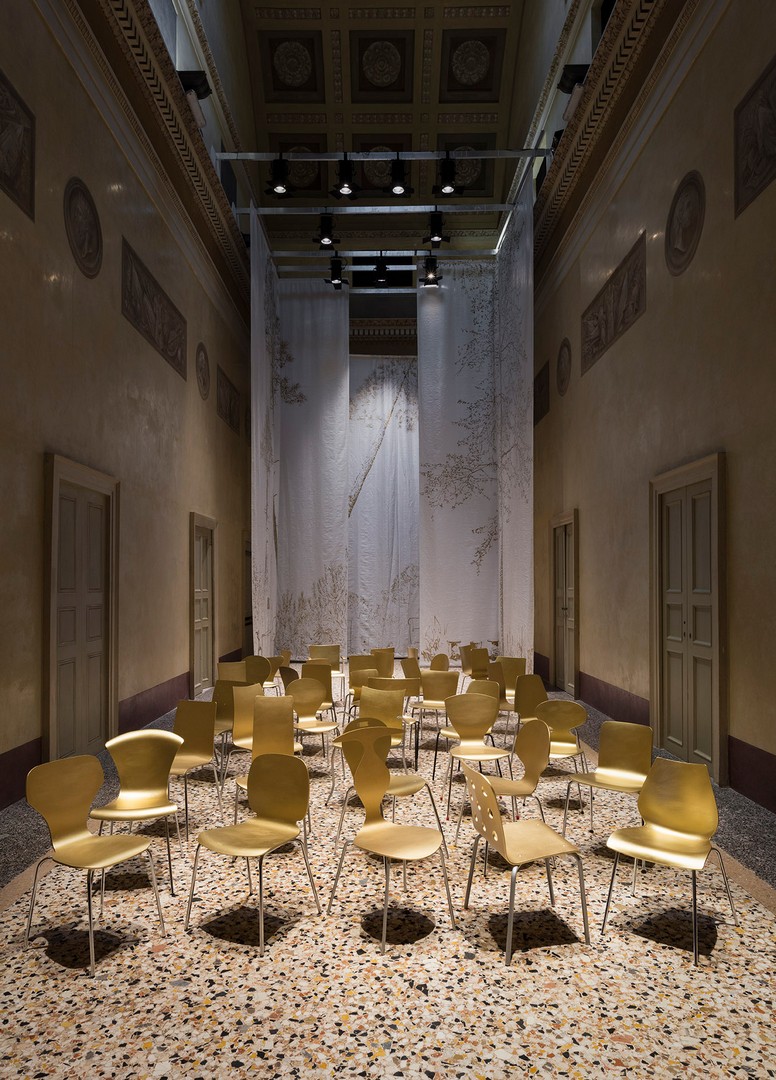
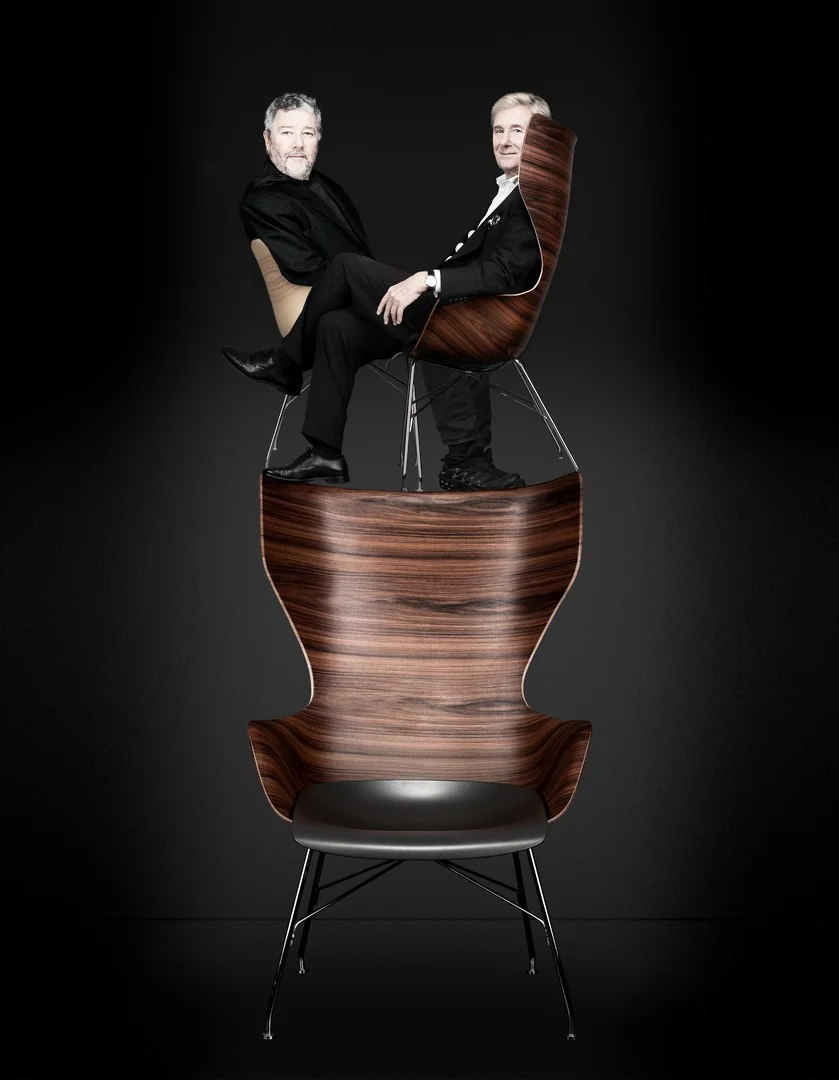
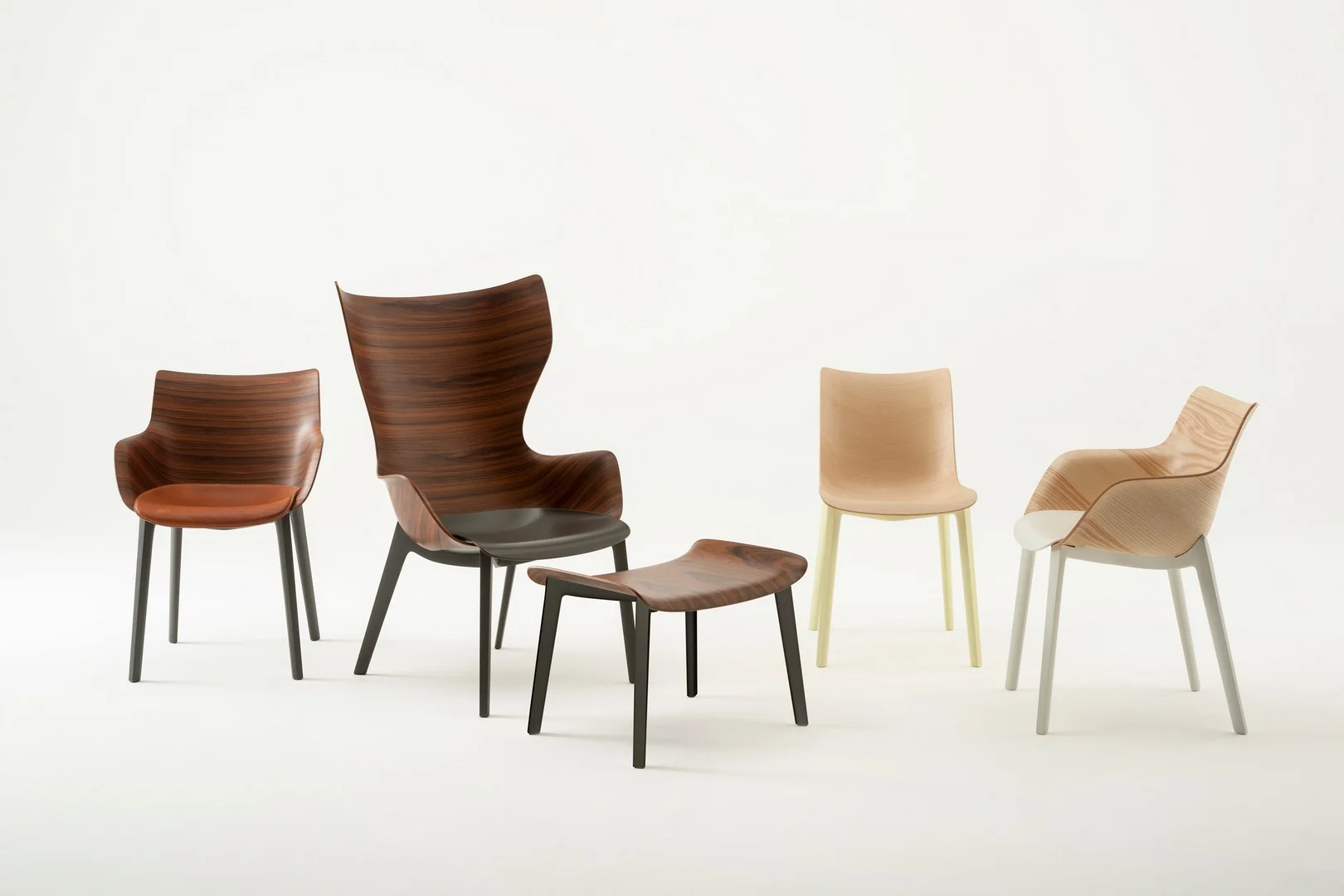
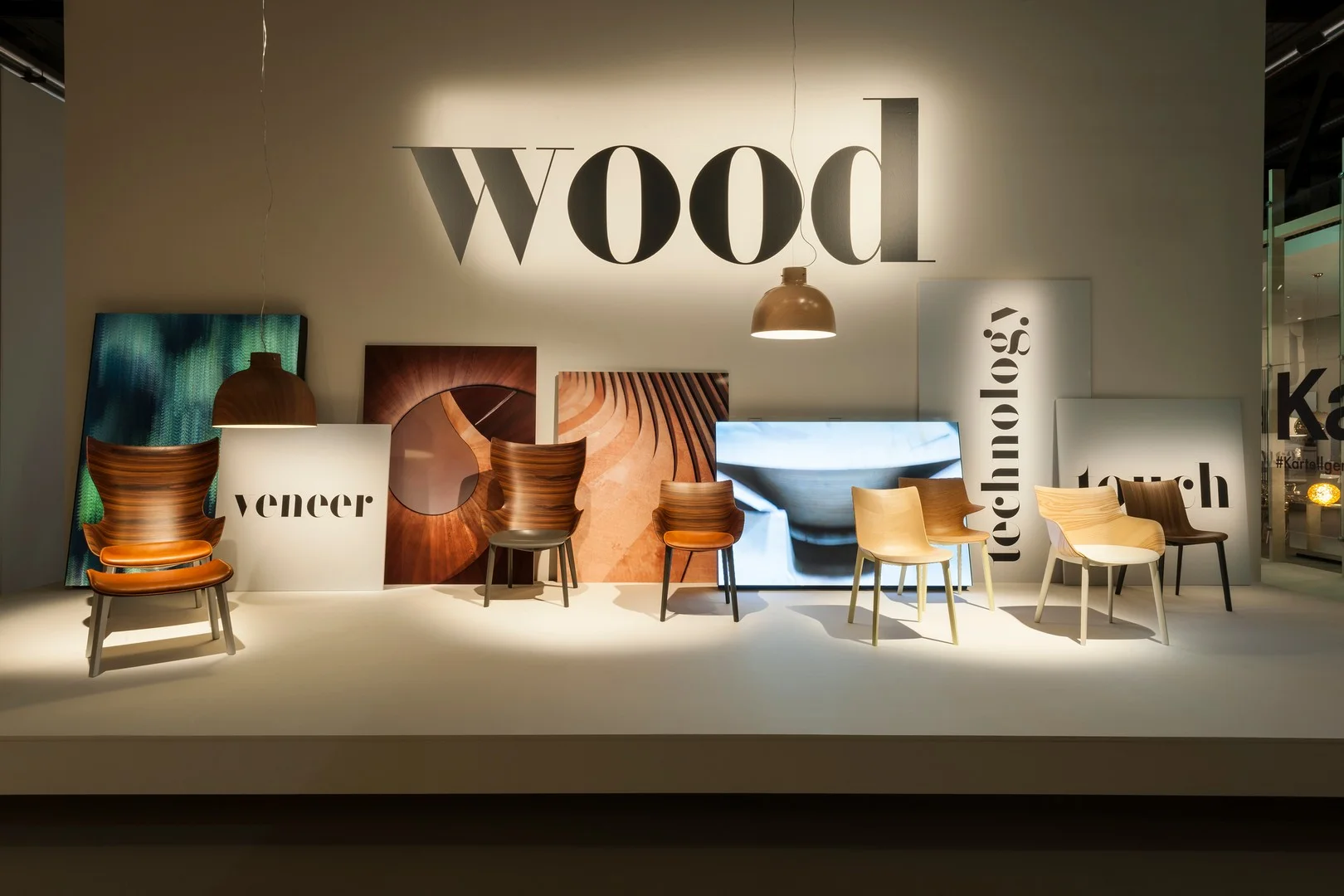
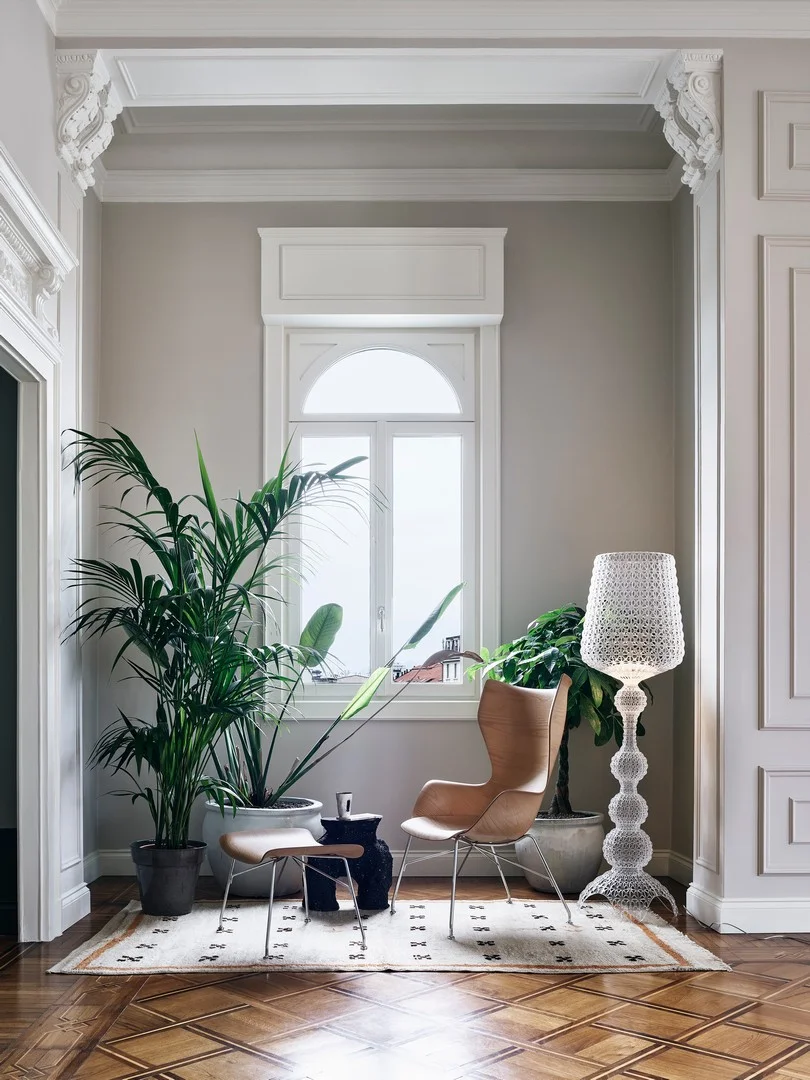

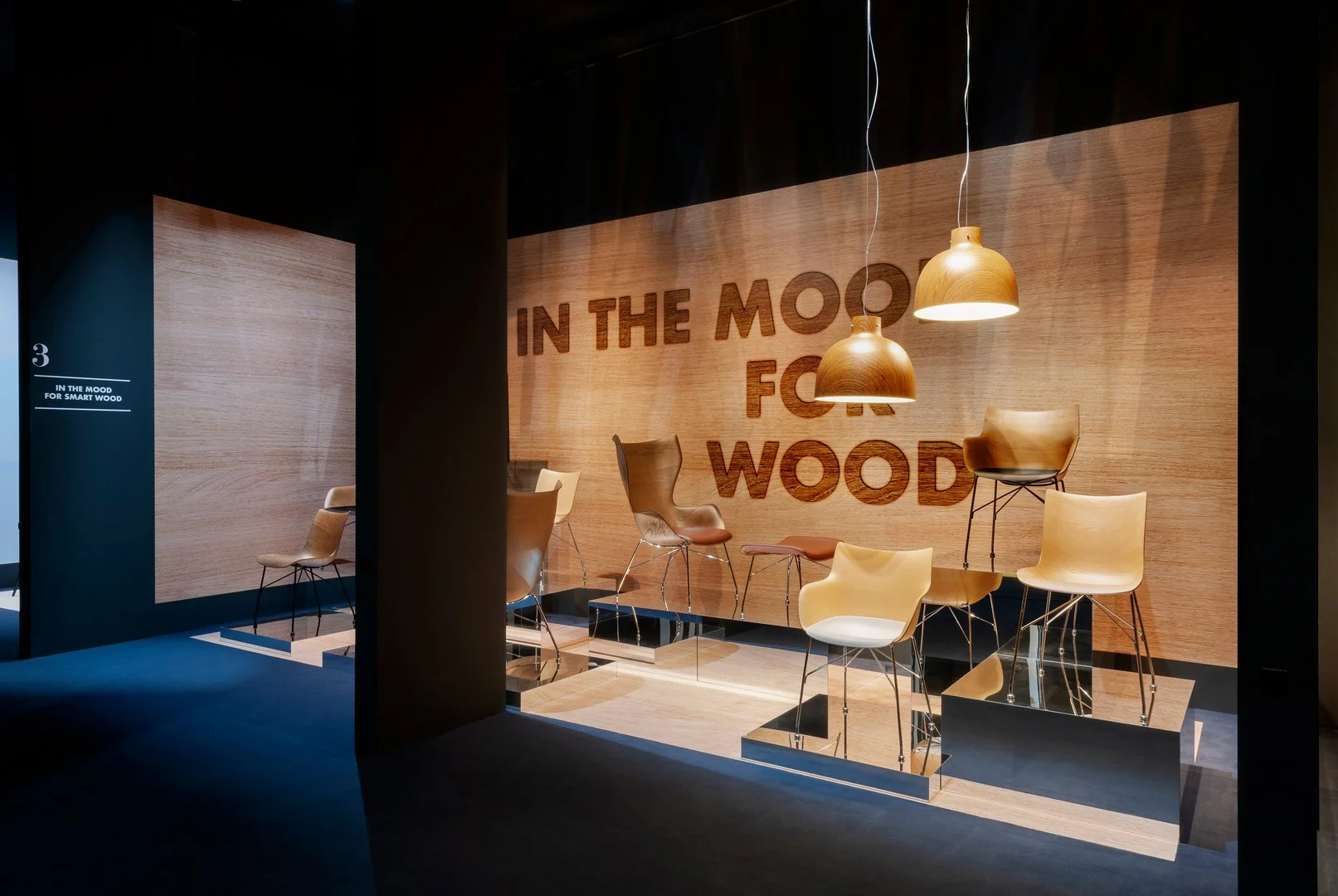
.jpg)
.jpg)
.jpg)
.jpg)
